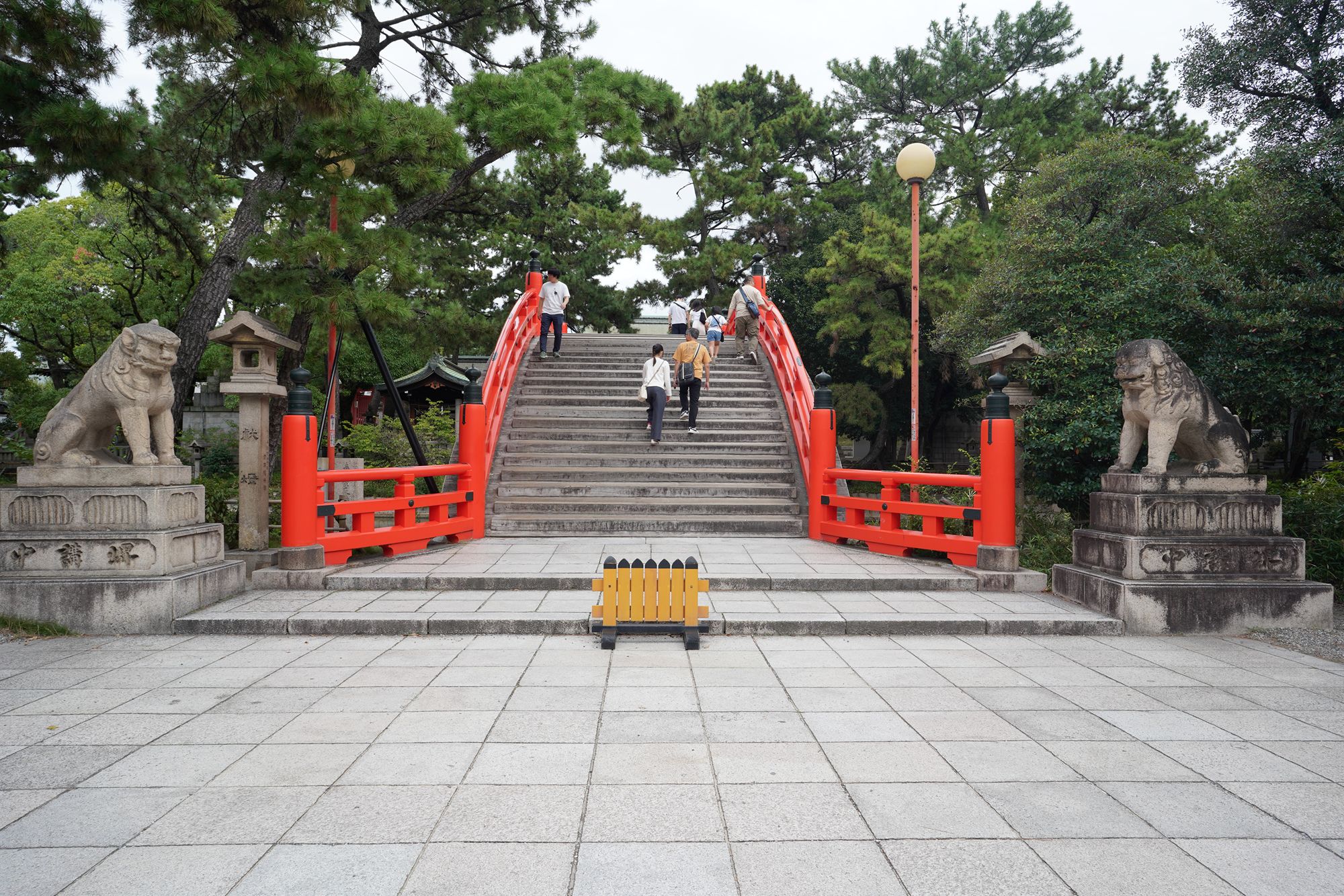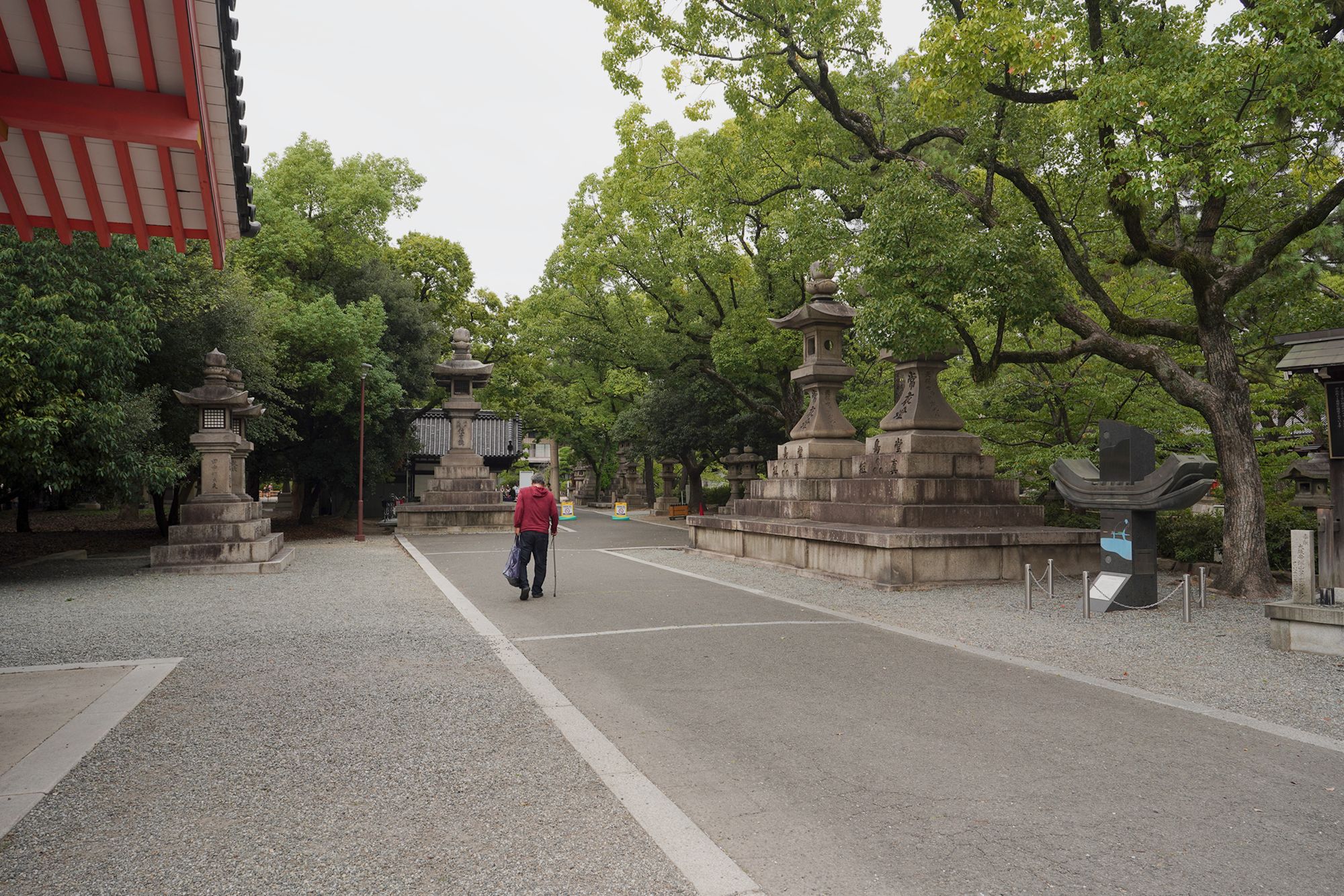Osaka, Shin Sekai New World and Three Temples, Japan
Another walk in Osaka included exploring Shin Sekai (New World) and visiting three temples. 993
Shin Sekai “New World”: 2 Chome Ebisuhigashi, Naniwa Ward, Osaka, 556-0002, Japan
Isshinji Temple: 2 Chome-8 Osaka, Tennoji Ward, Osaka, 543-0062, Japan
Shitennō-ji Temple: 1 Chome-11-18 Shitennoji, Tennoji Ward, Osaka, 543-0051, Japan
Sumiyoshi Taisha Shrine: 2 Chome-9-89 Sumiyoshi, Sumiyoshi Ward, Osaka, 558-0045, Japan
Date Picture Taken: September, 2024
The walk began at Dobutsuen-Mae Station and continued on toward Shin Sekai (New World).
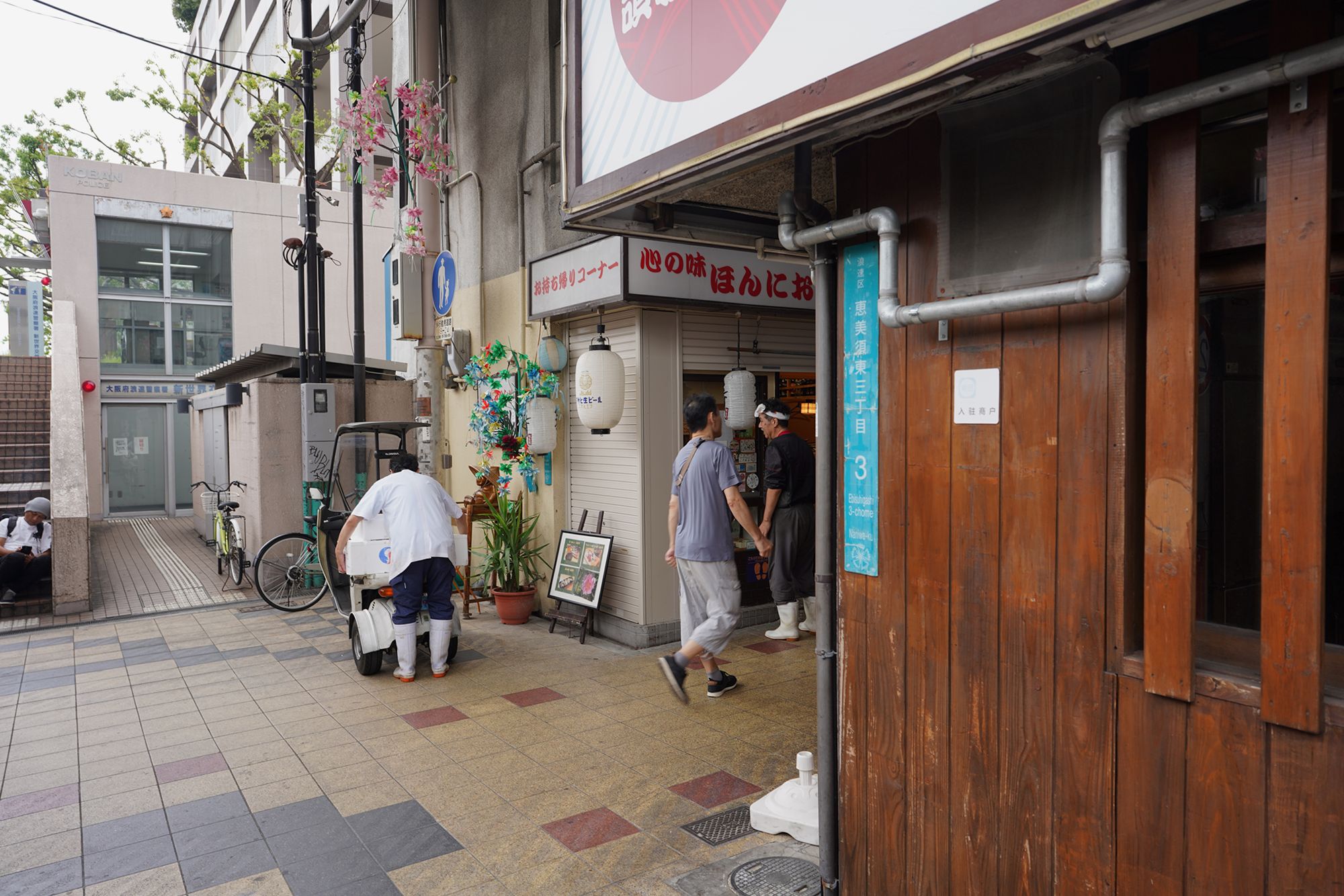
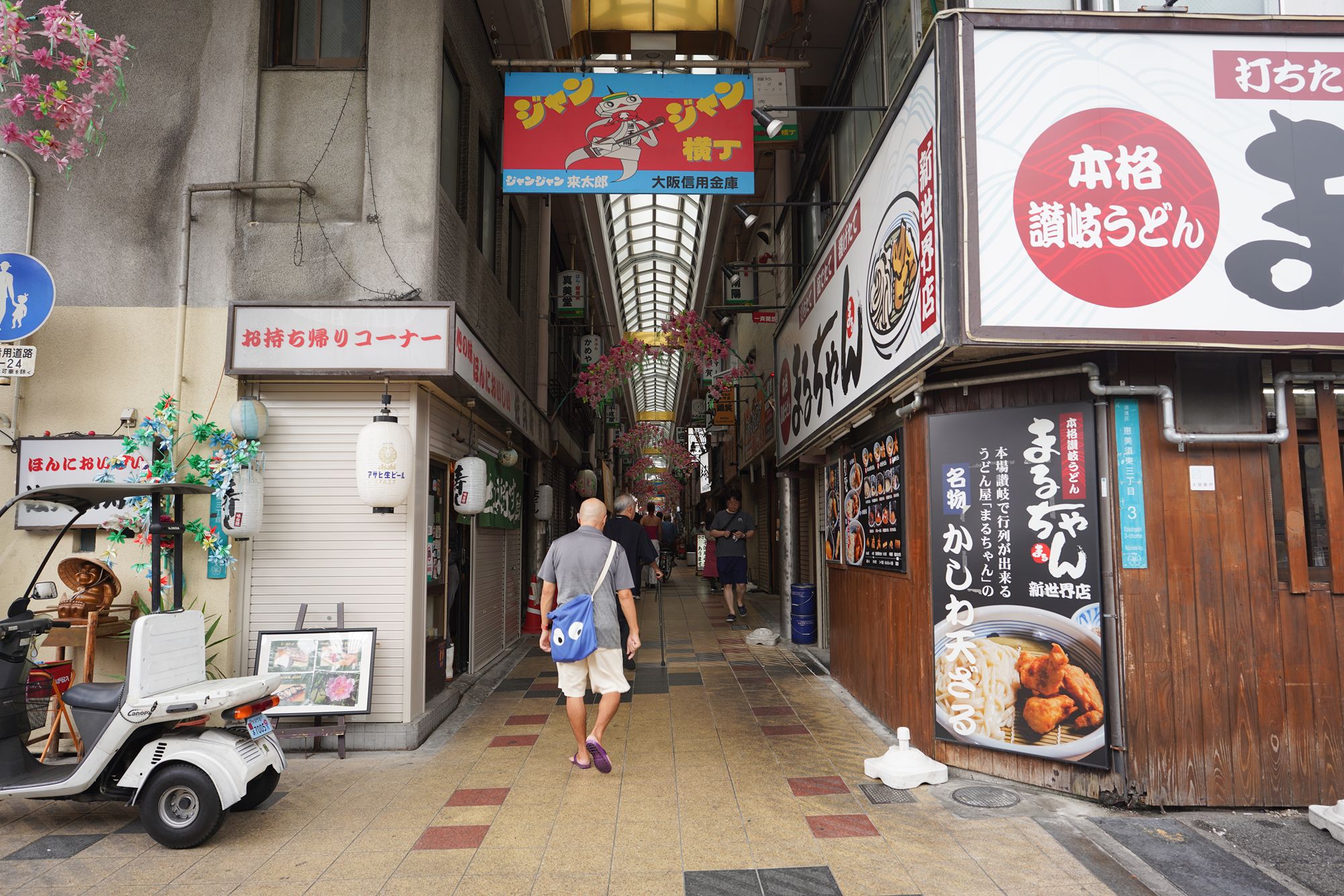
Jan-Jan Yokocho

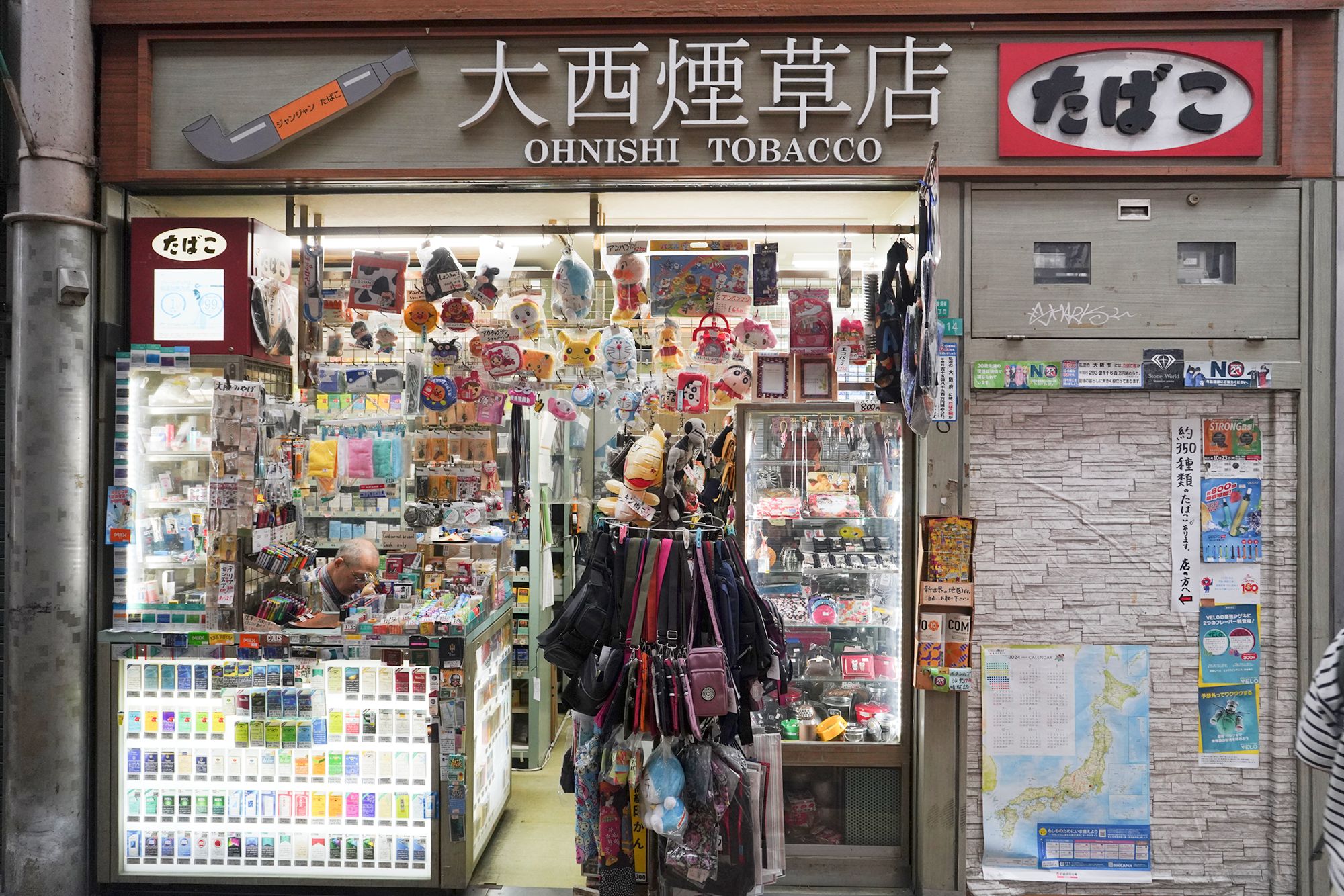
A side street
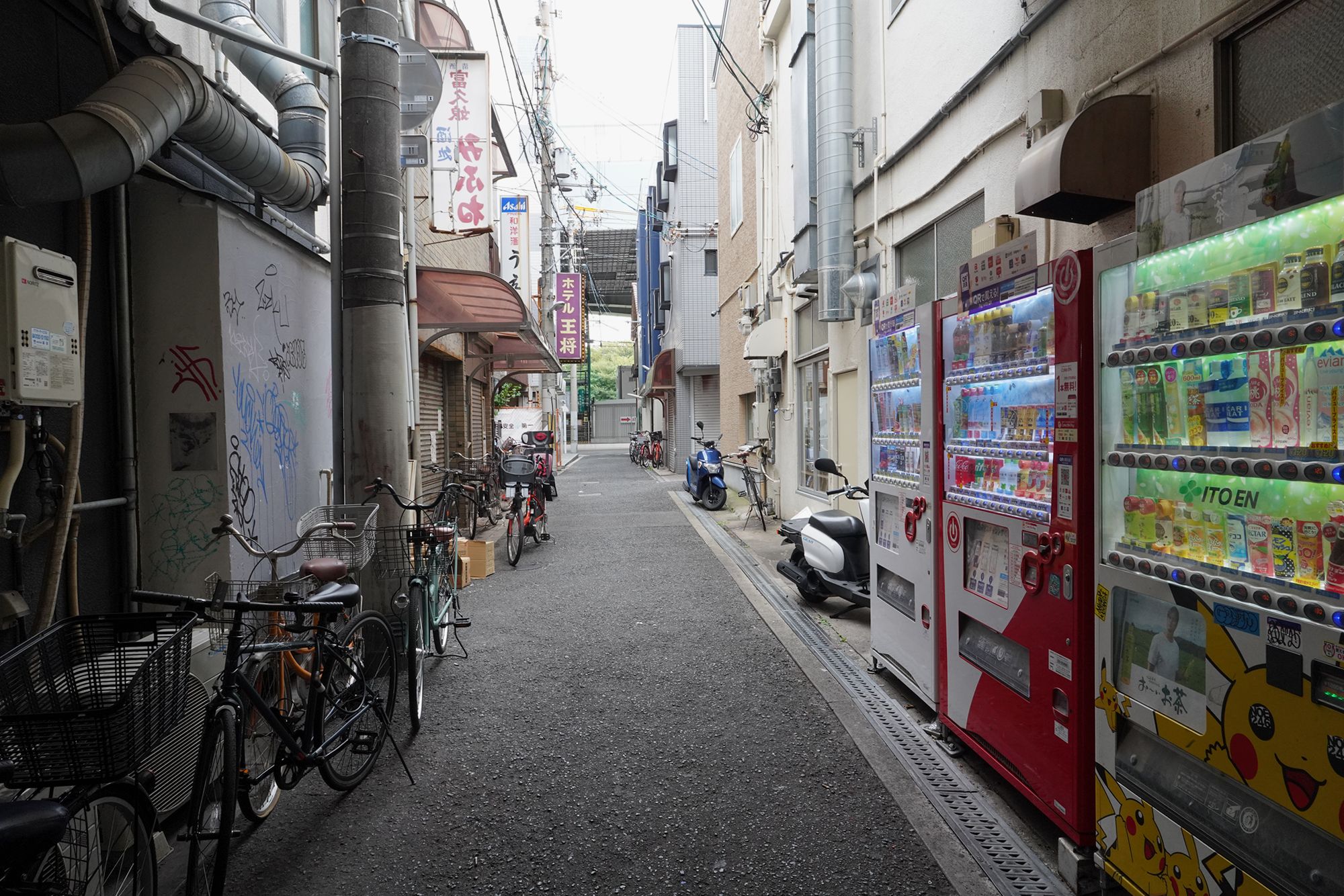
Jan-Jan Yokocho (ジャンジャン横丁) is a lively, narrow shopping and dining alley located in the Shinsekai district of Osaka, Japan.
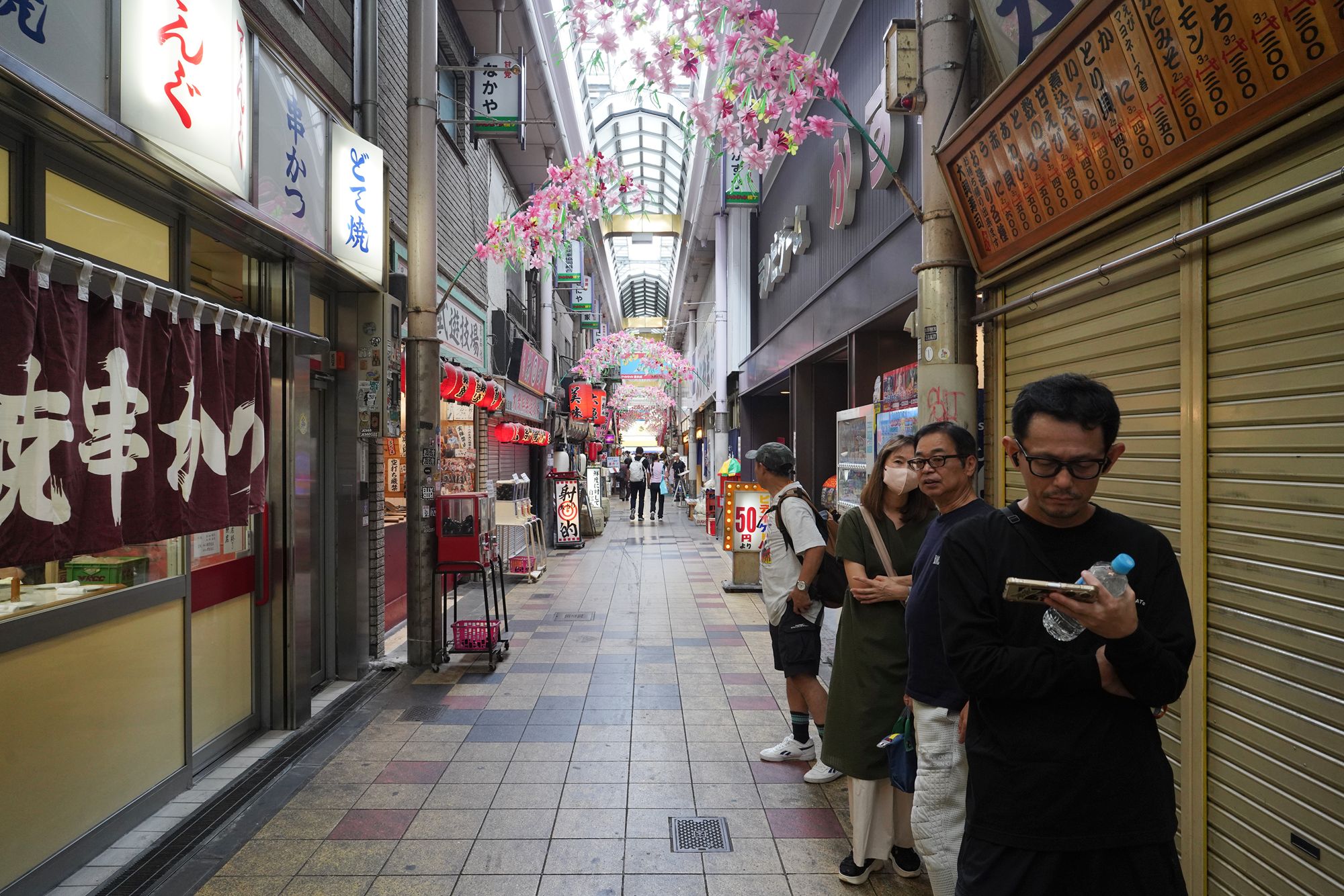
Jan-Jan Yokocho is known for its nostalgic, old-fashioned vibe. It’s covered by a roof and filled with tiny shops, eateries, and bars, giving visitors a taste of the lively, down-to-earth Osaka culture.

Jan-Jan Yokocho offers a glimpse into Osaka’s nostalgic past while serving up plenty of local treats.
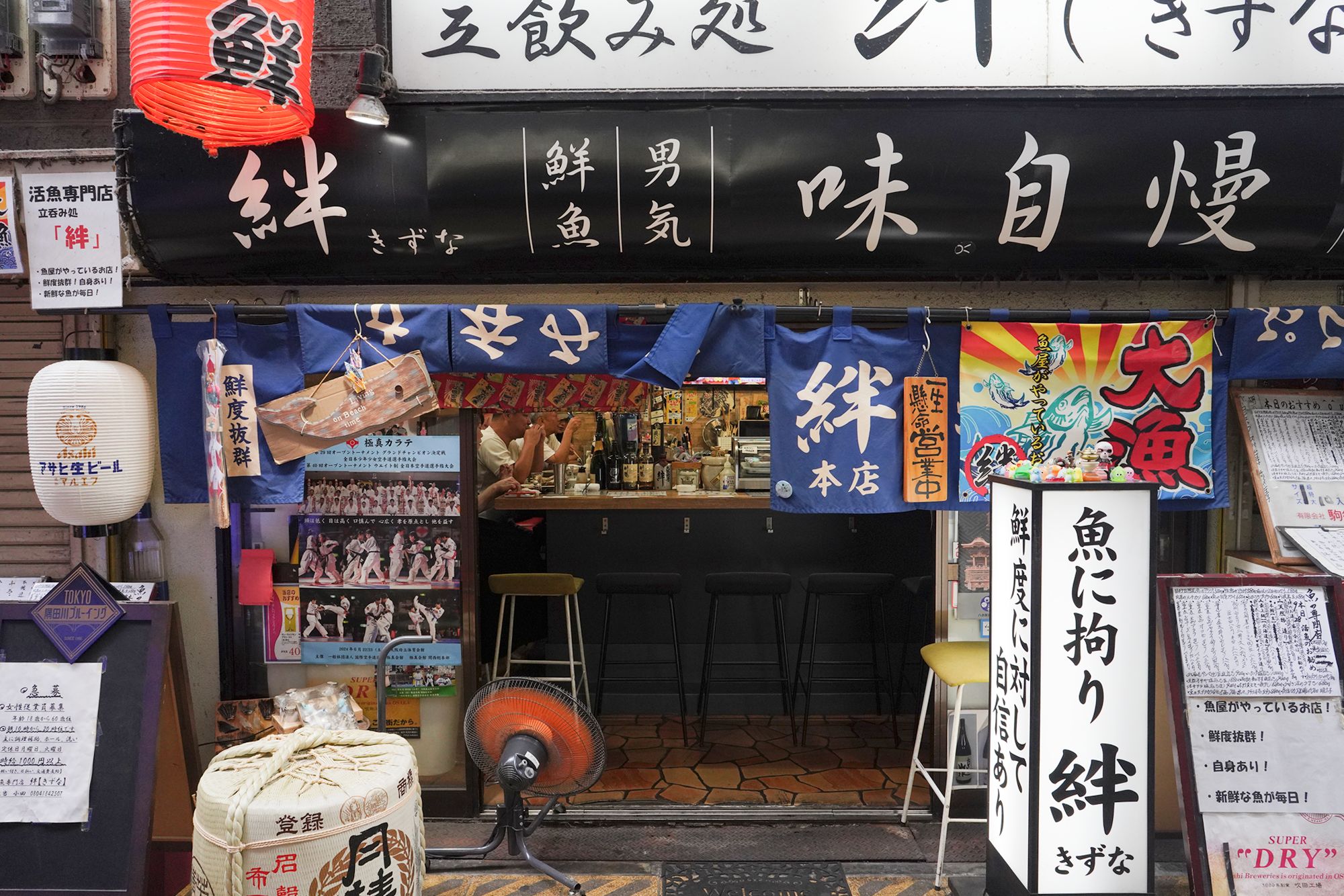
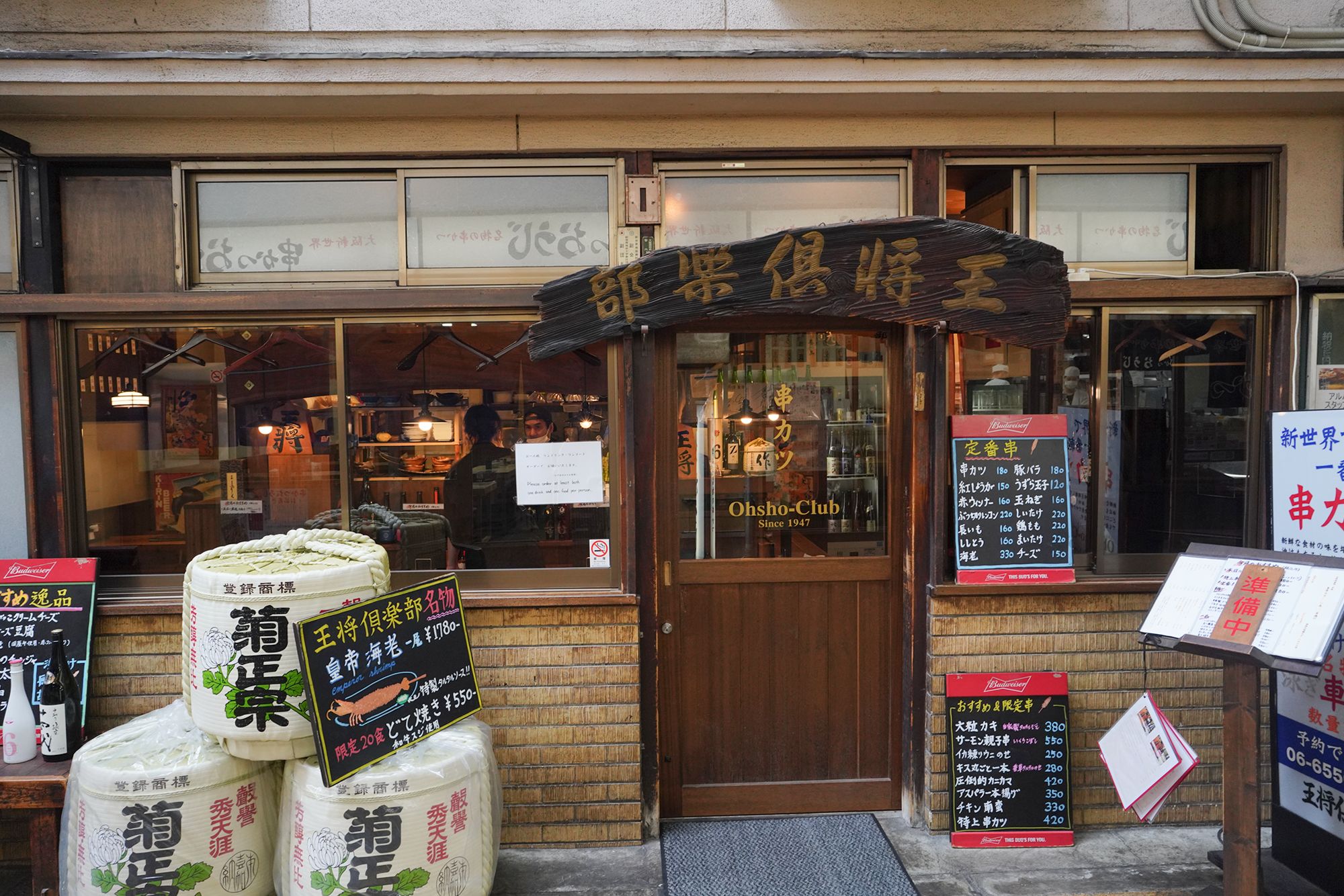
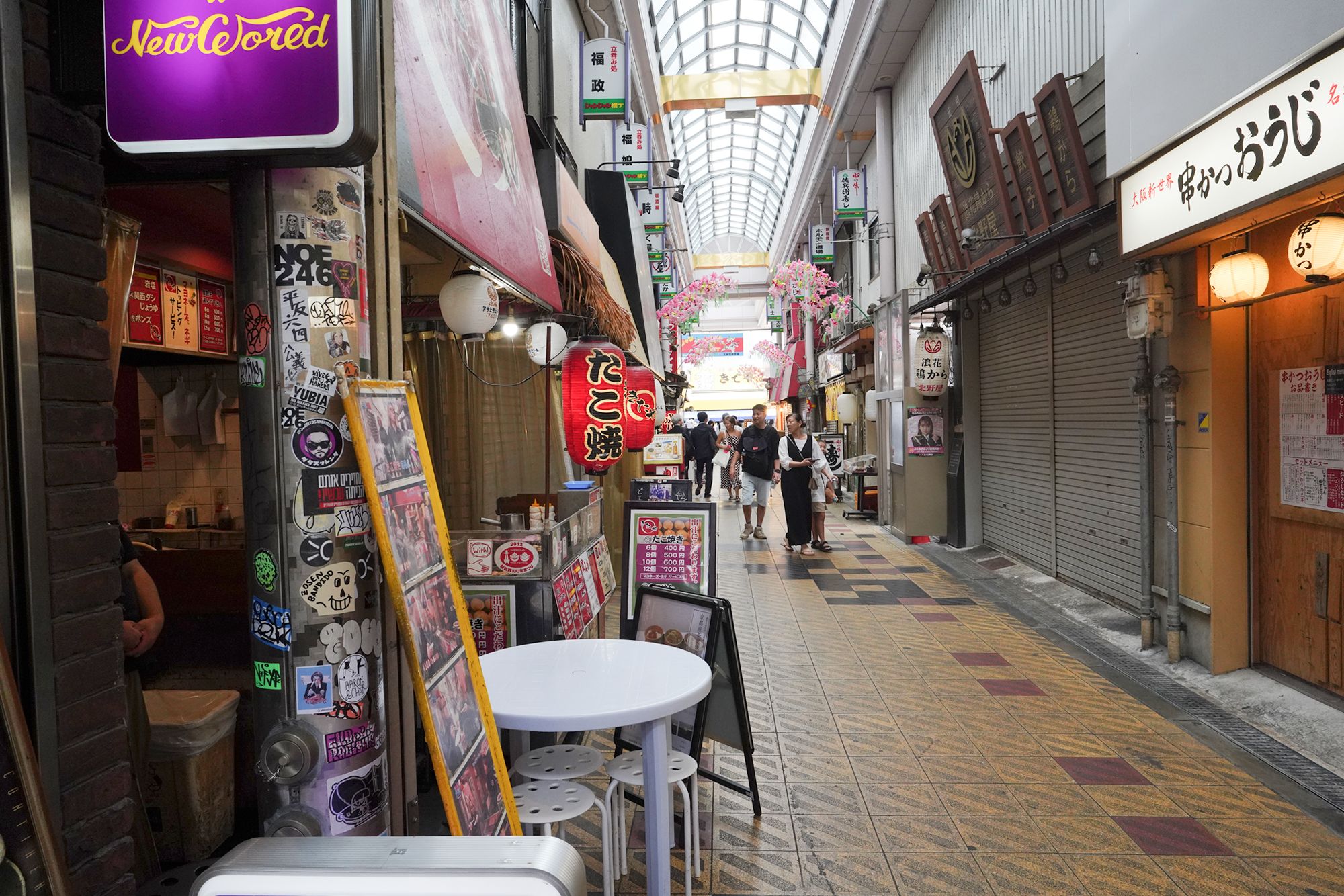
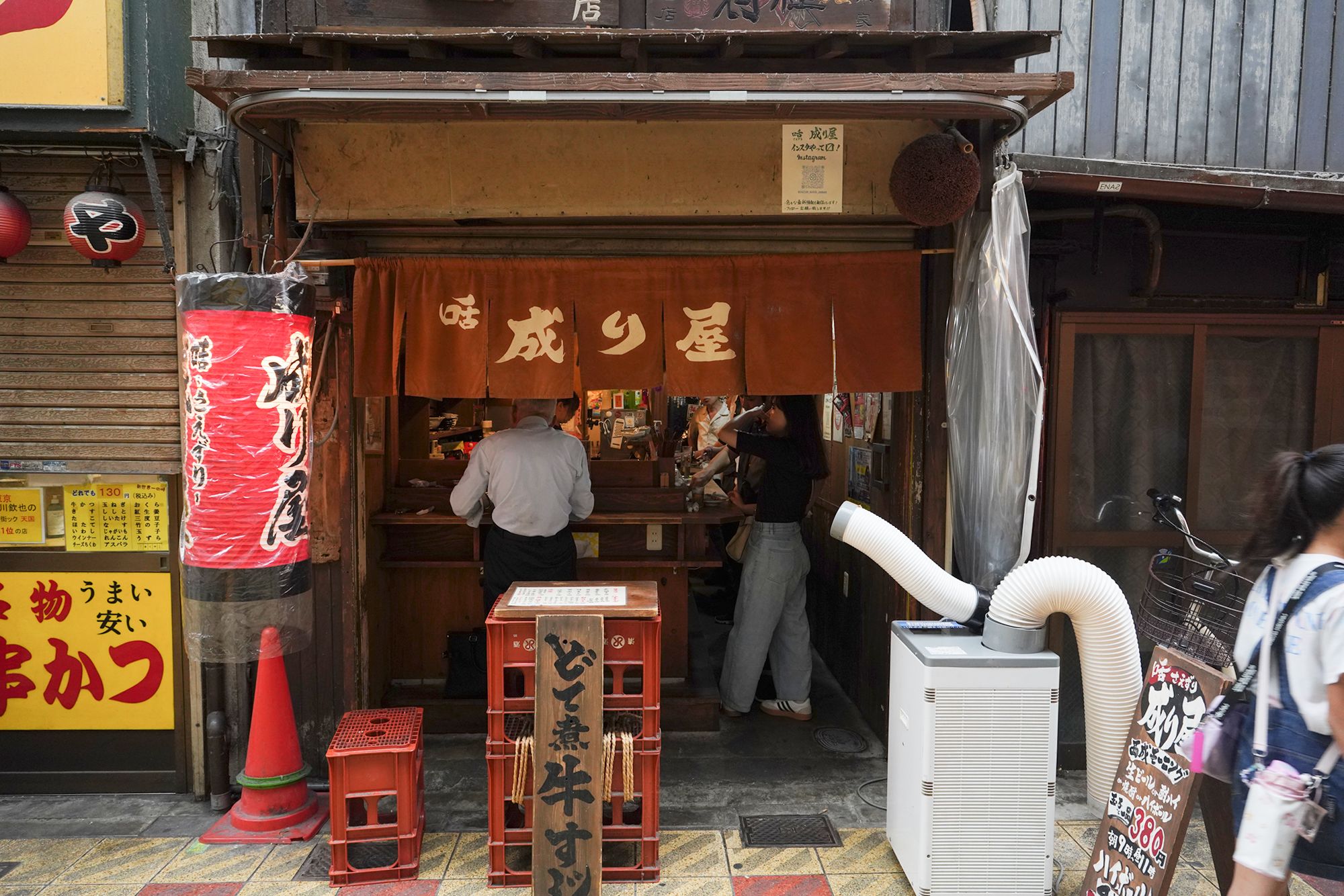
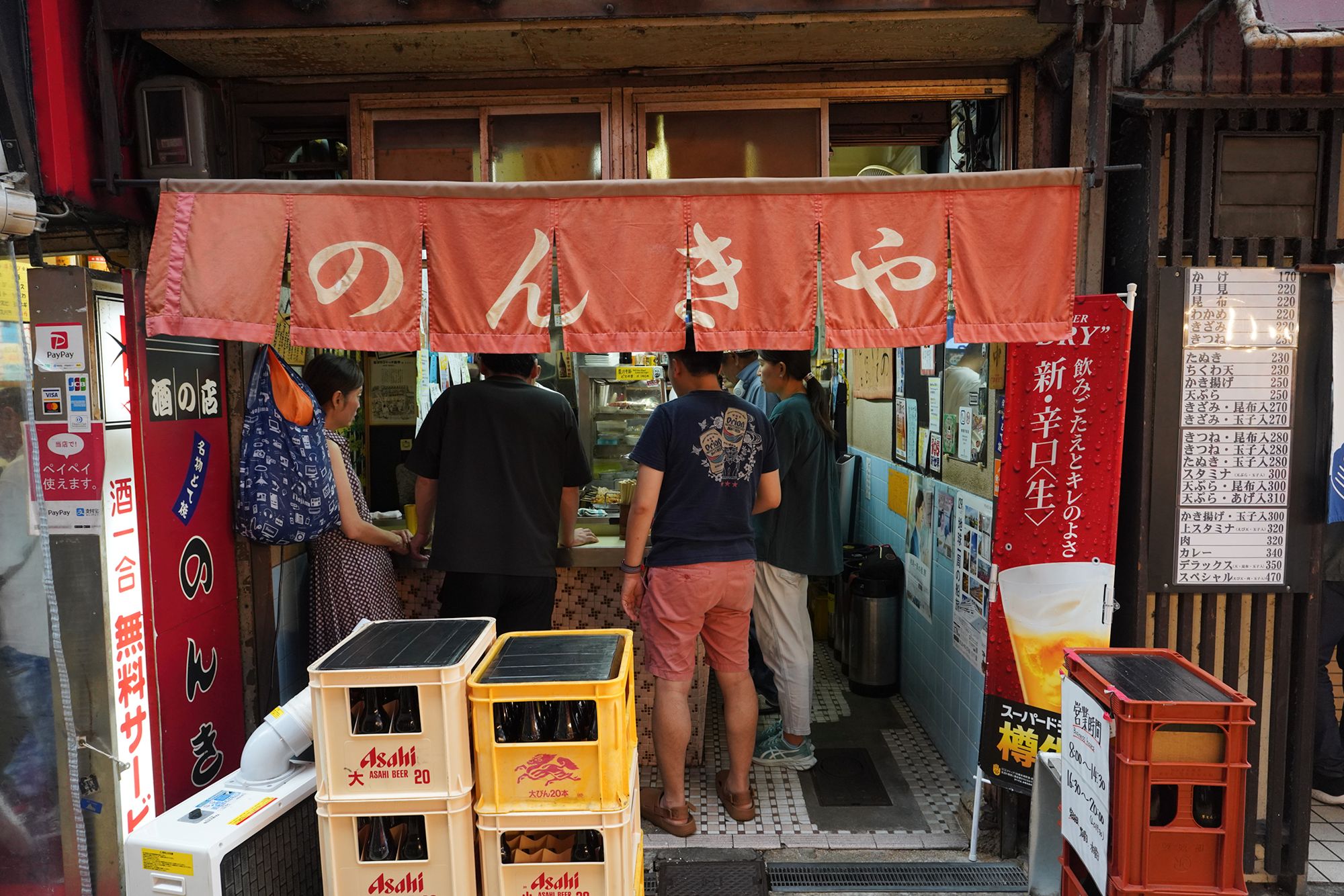
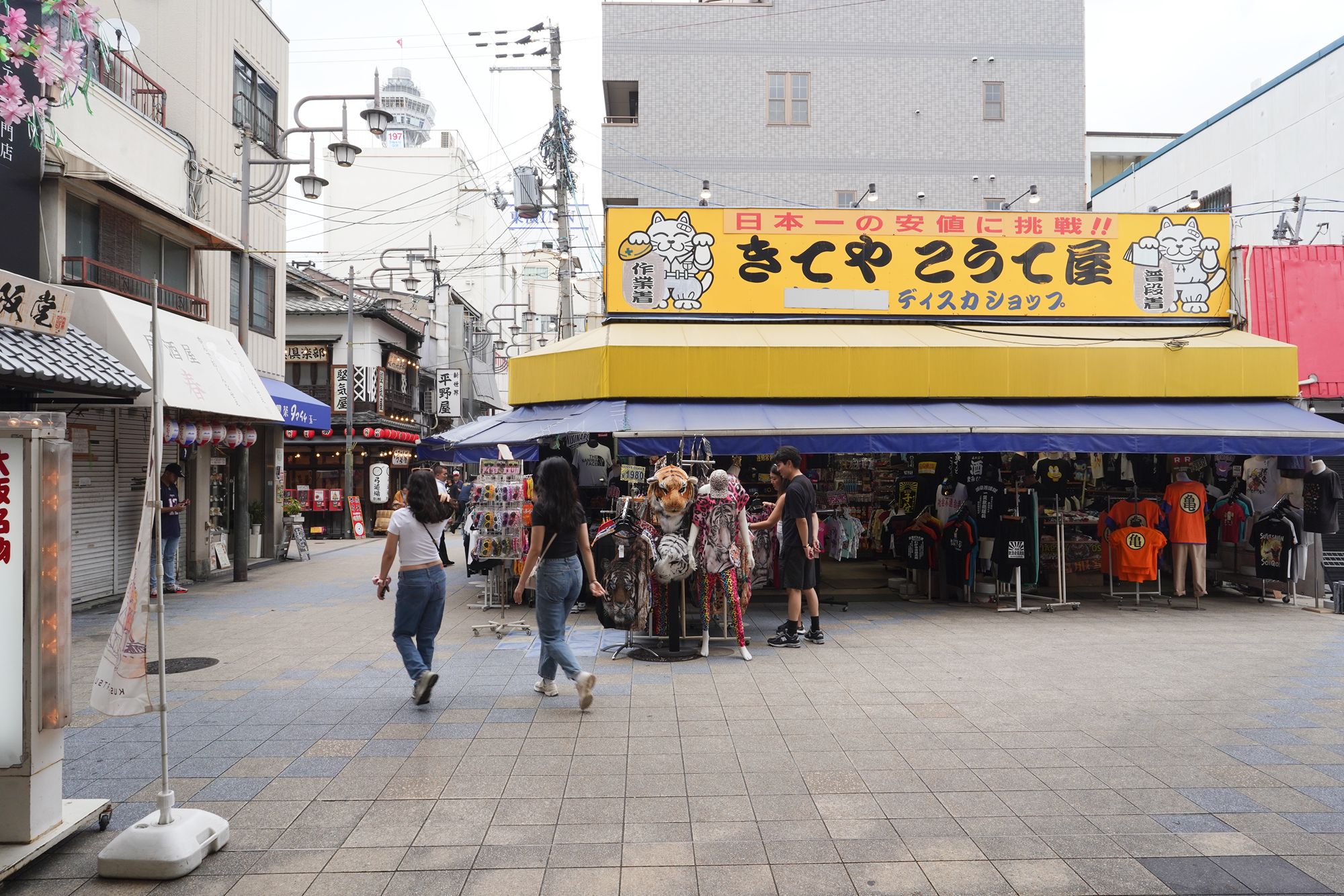
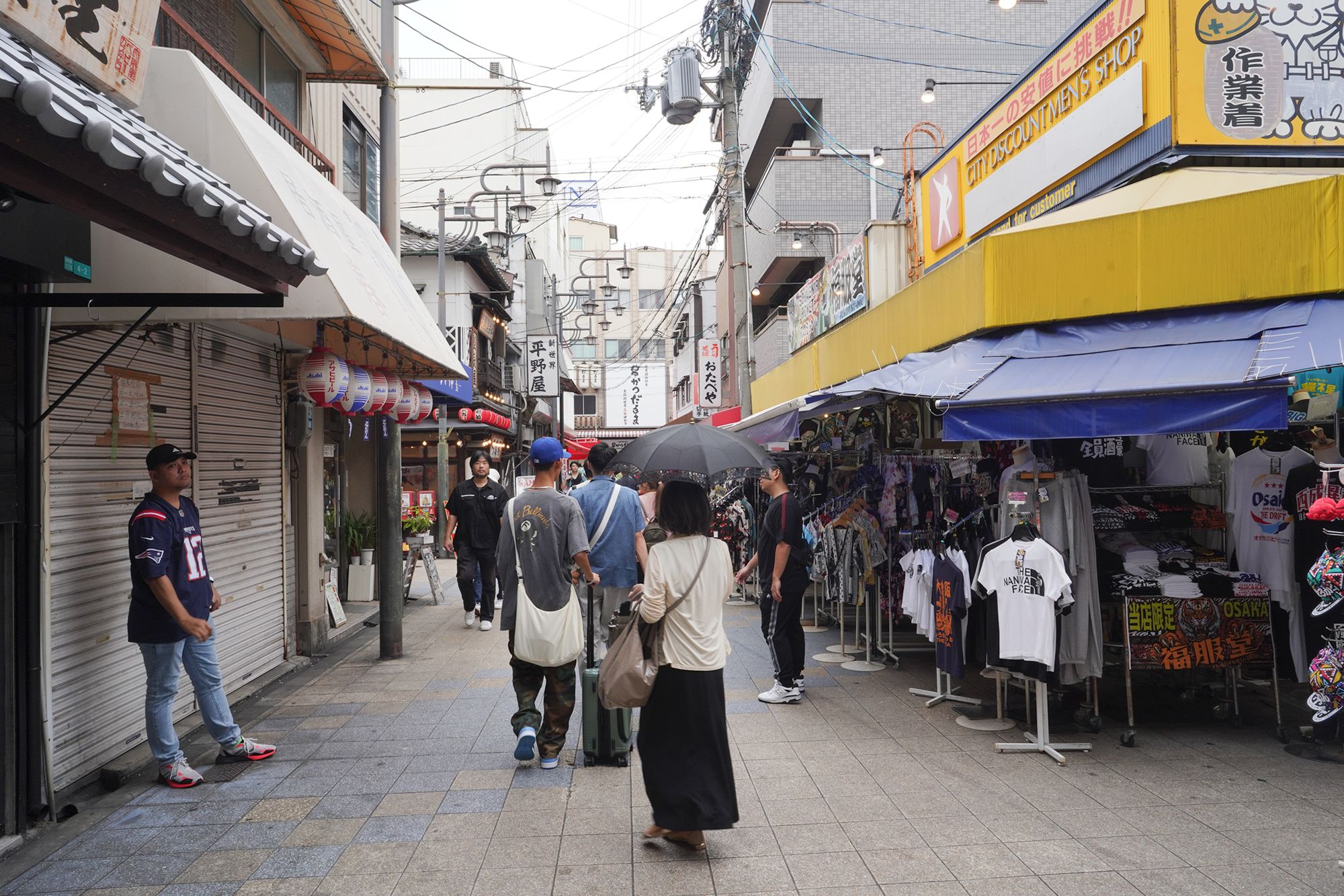
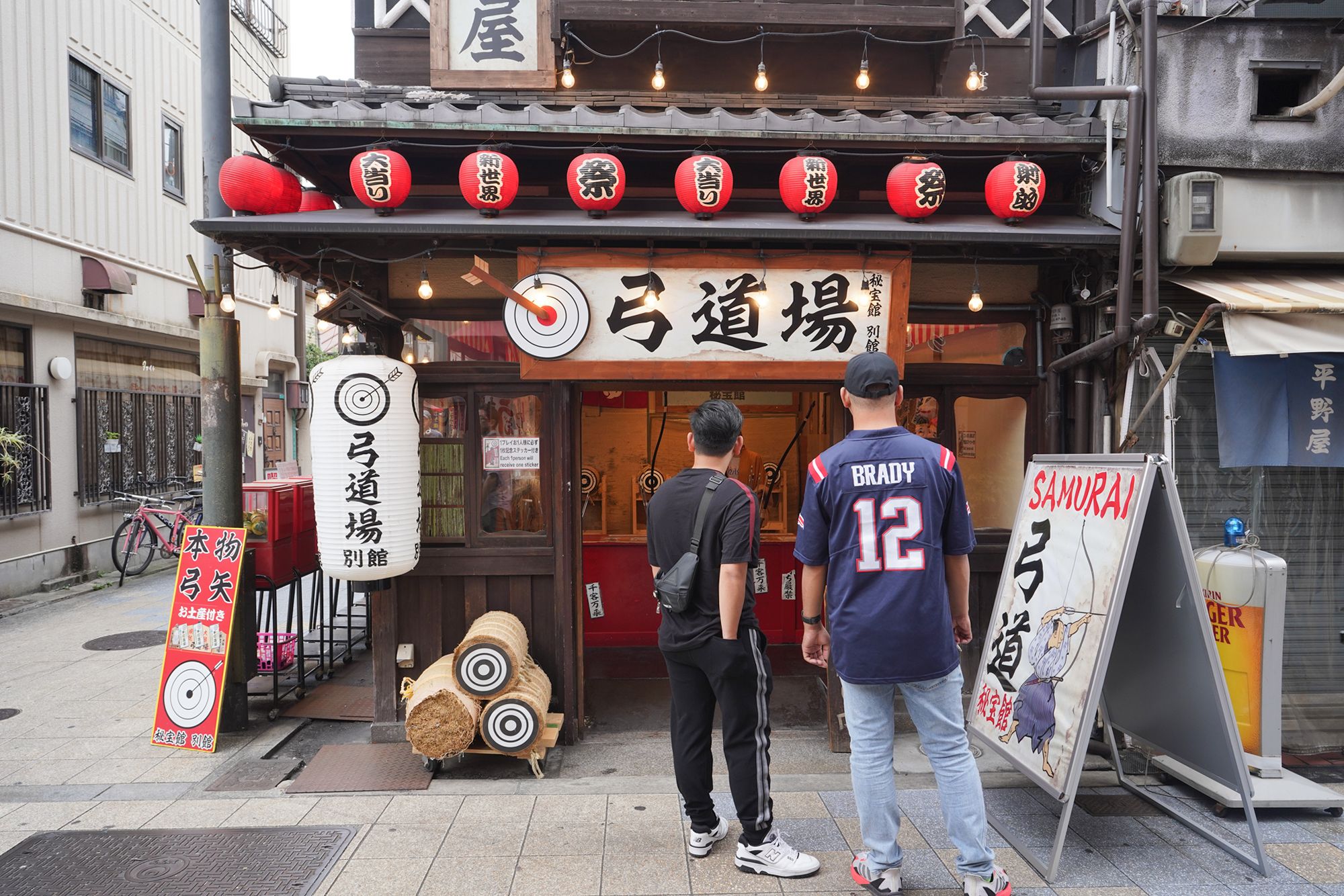
Arrived at the Shin Sekai “New World”
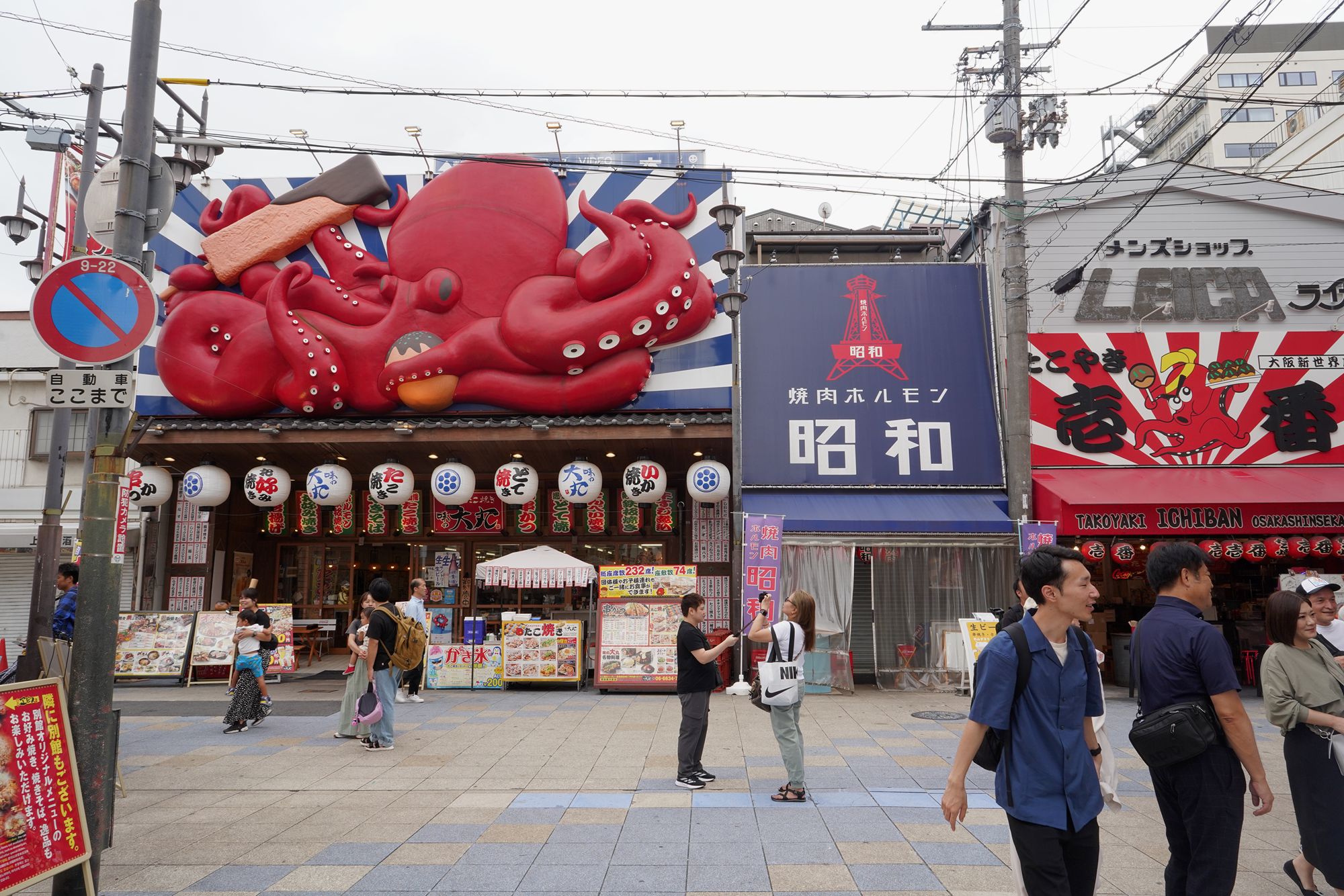
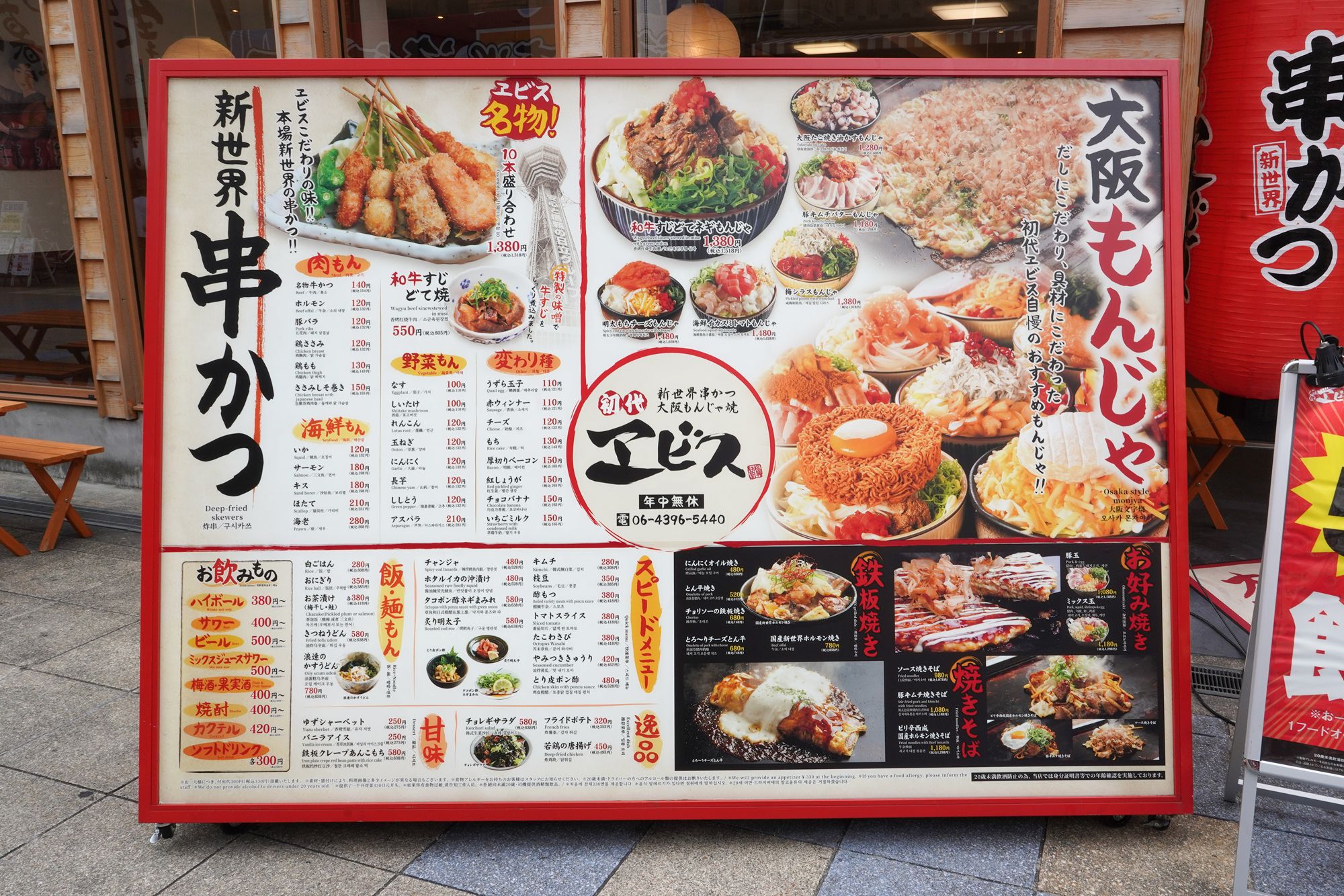
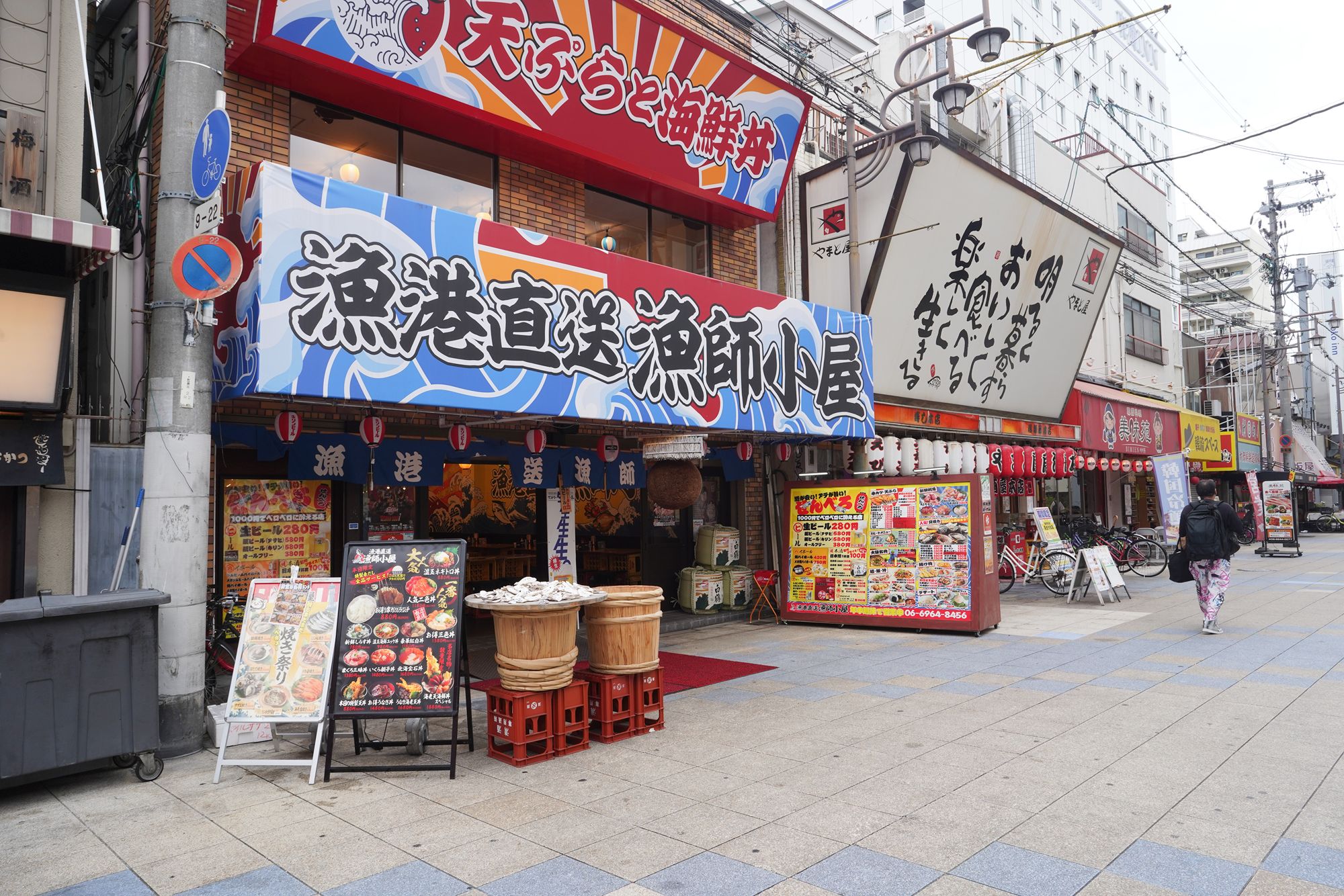
Shinsekai (新世界), which literally translates to “New World,” is a historic neighborhood in Osaka, Japan. Developed in the early 20th century with a vision inspired partly by Western cities (allegedly Paris and New York), Shinsekai quickly became a lively entertainment district. Although it went through a period of decline after World War II, it has recently experienced a resurgence due to its nostalgic charm, retro atmosphere, and unique local eateries.
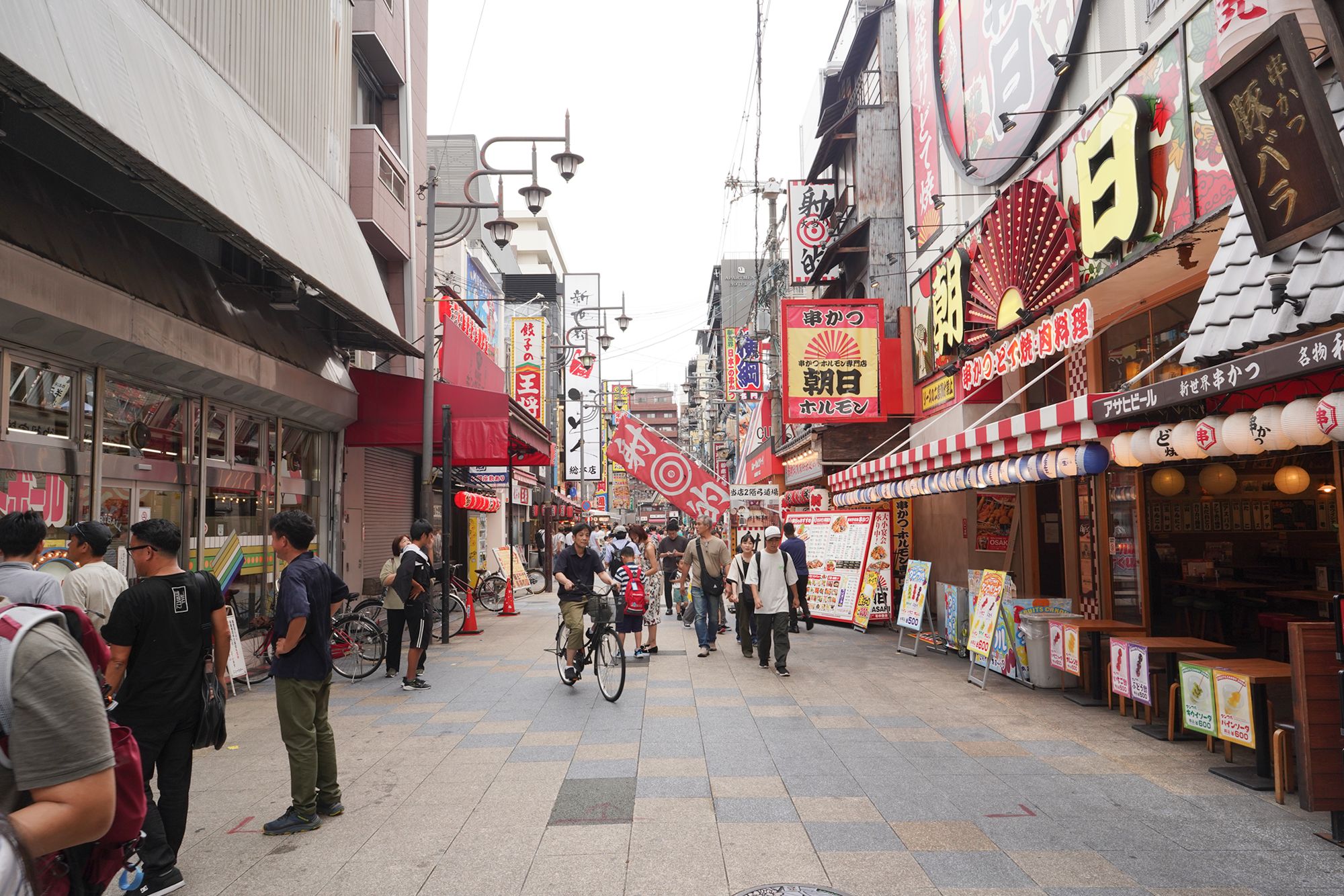
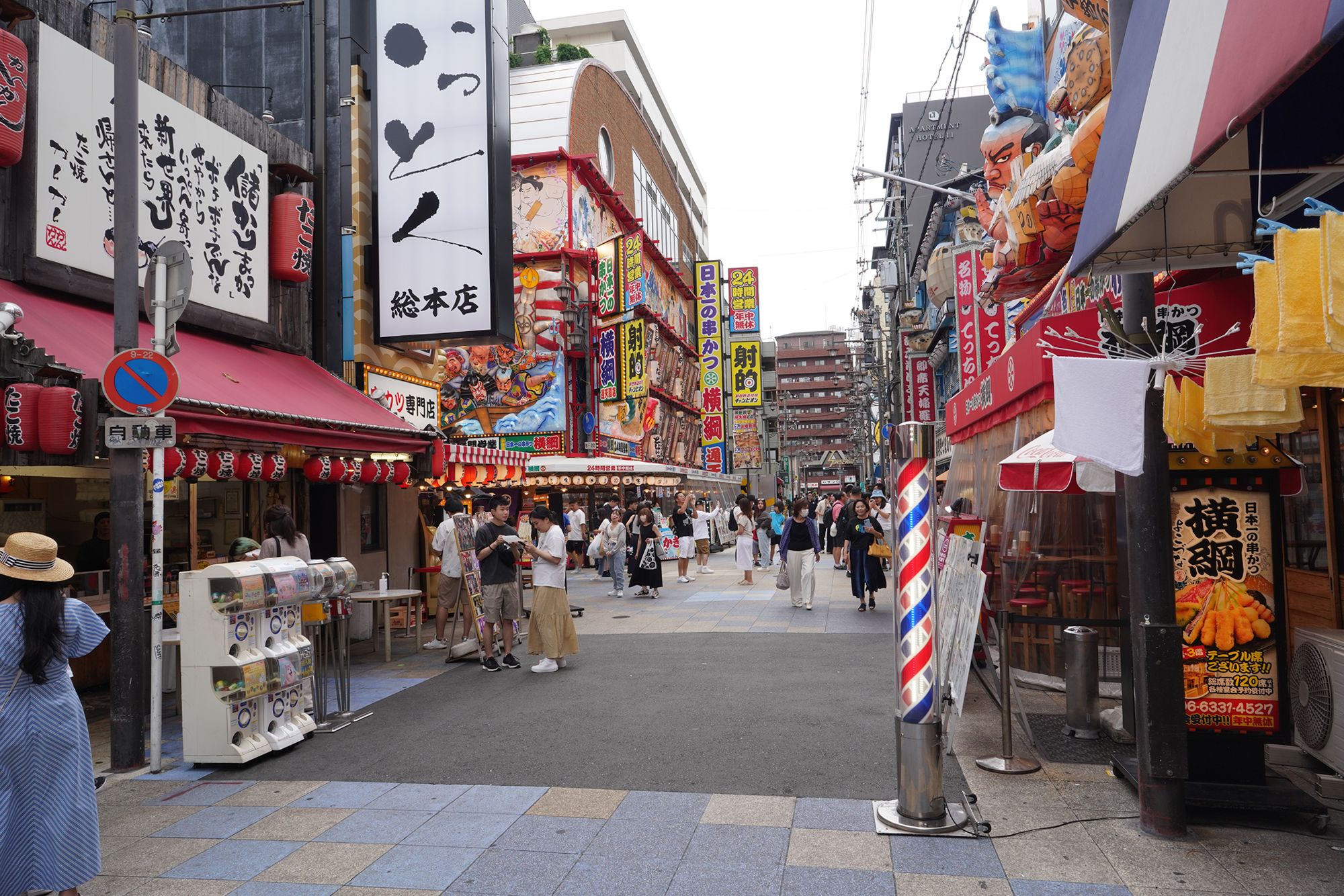
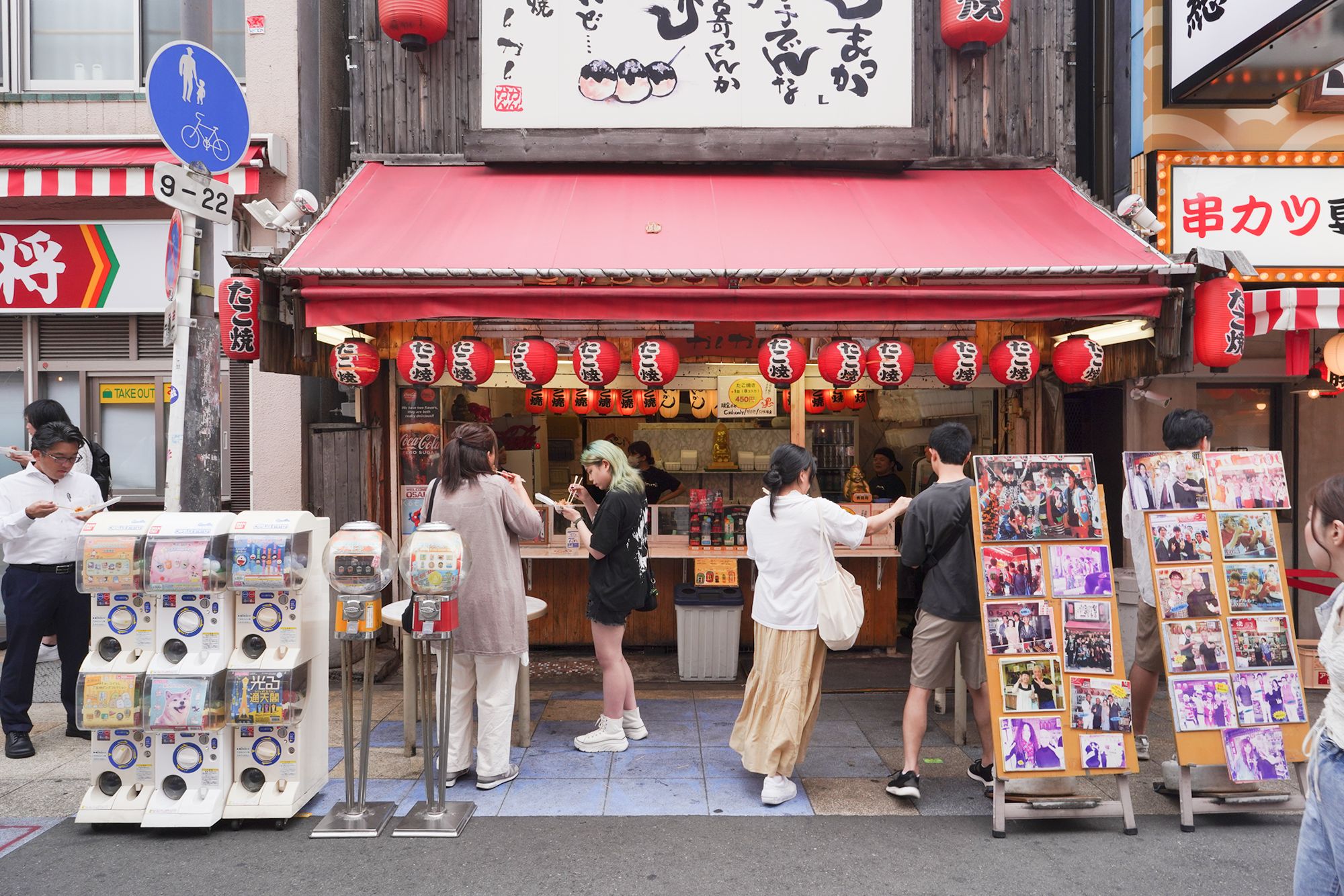
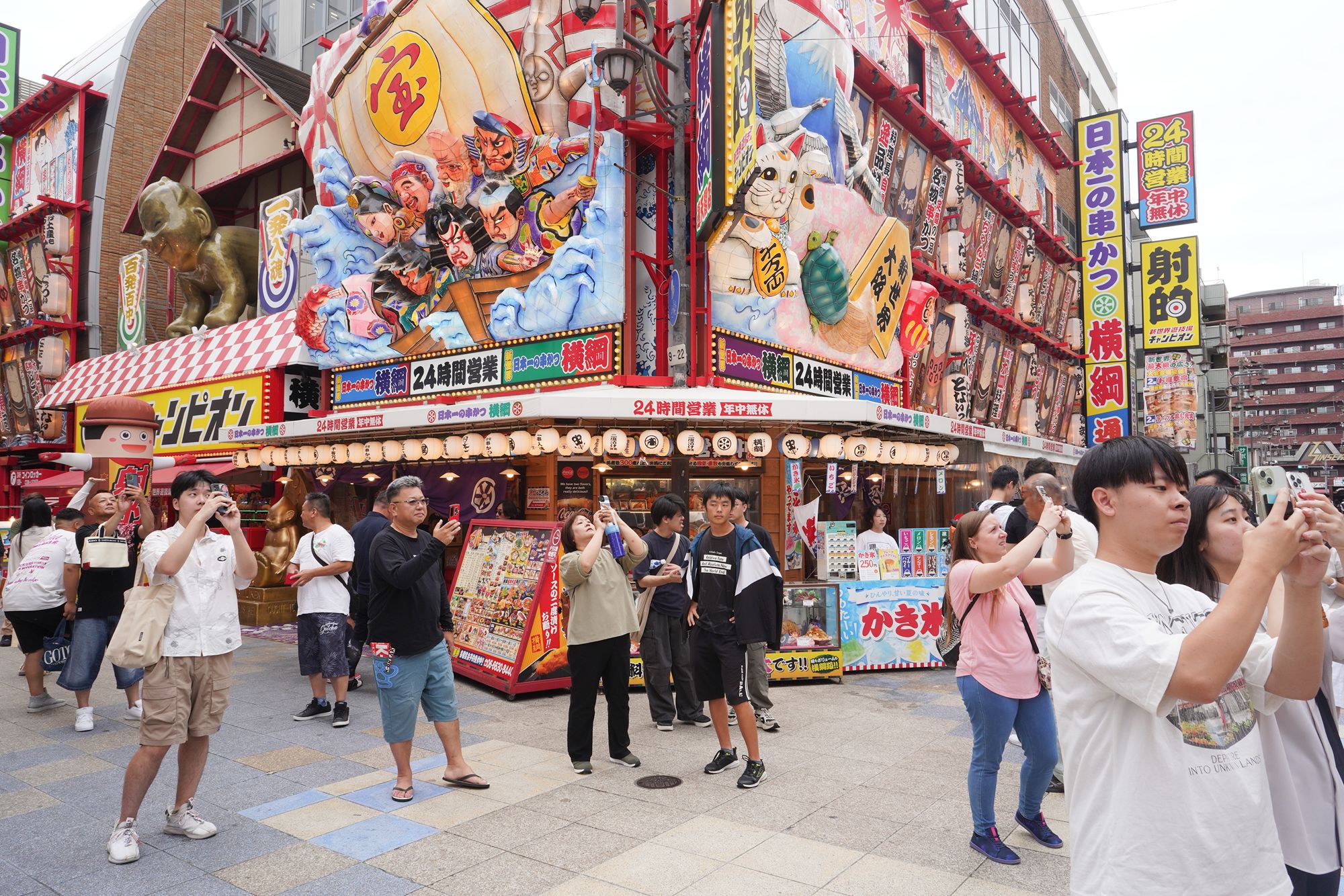
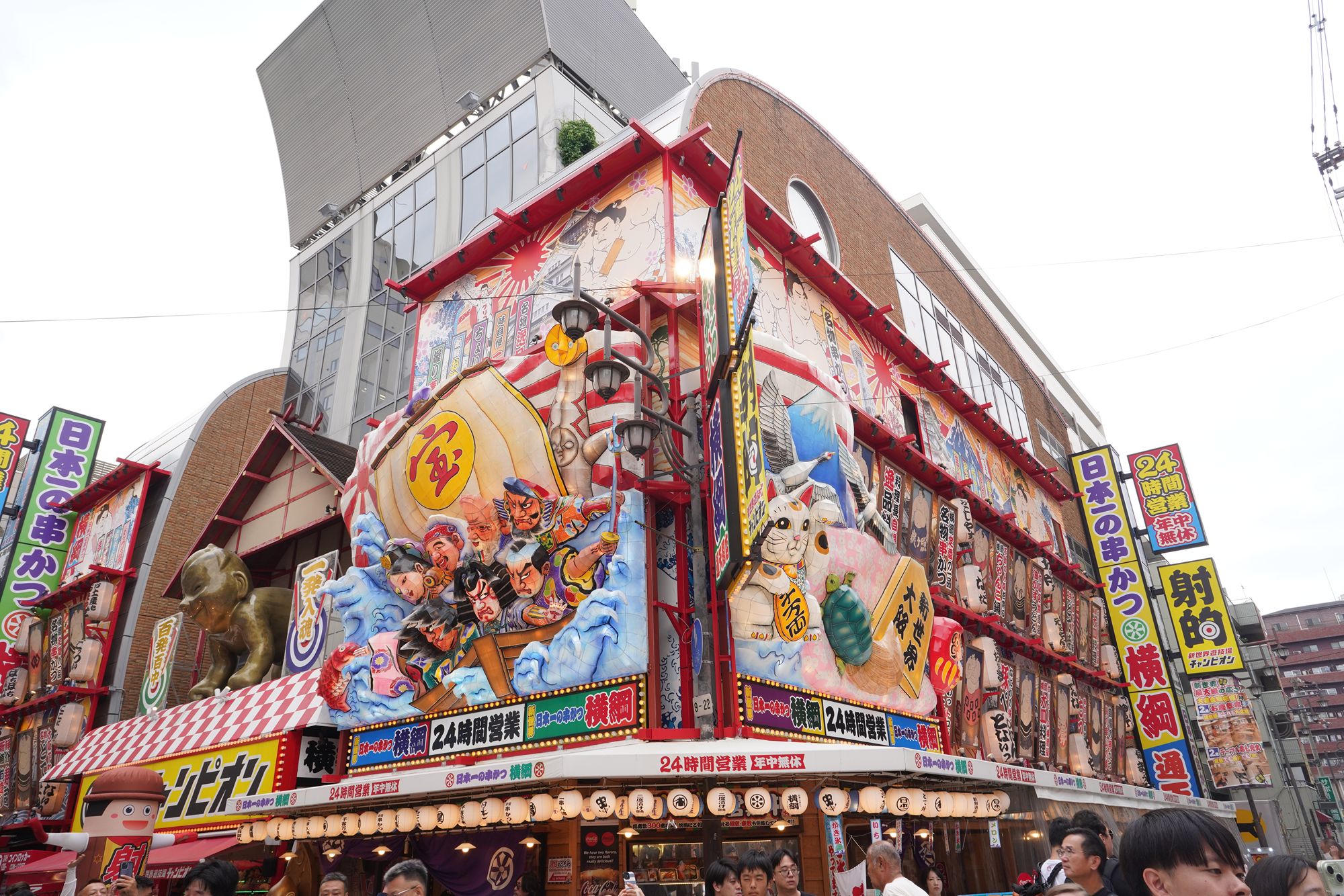
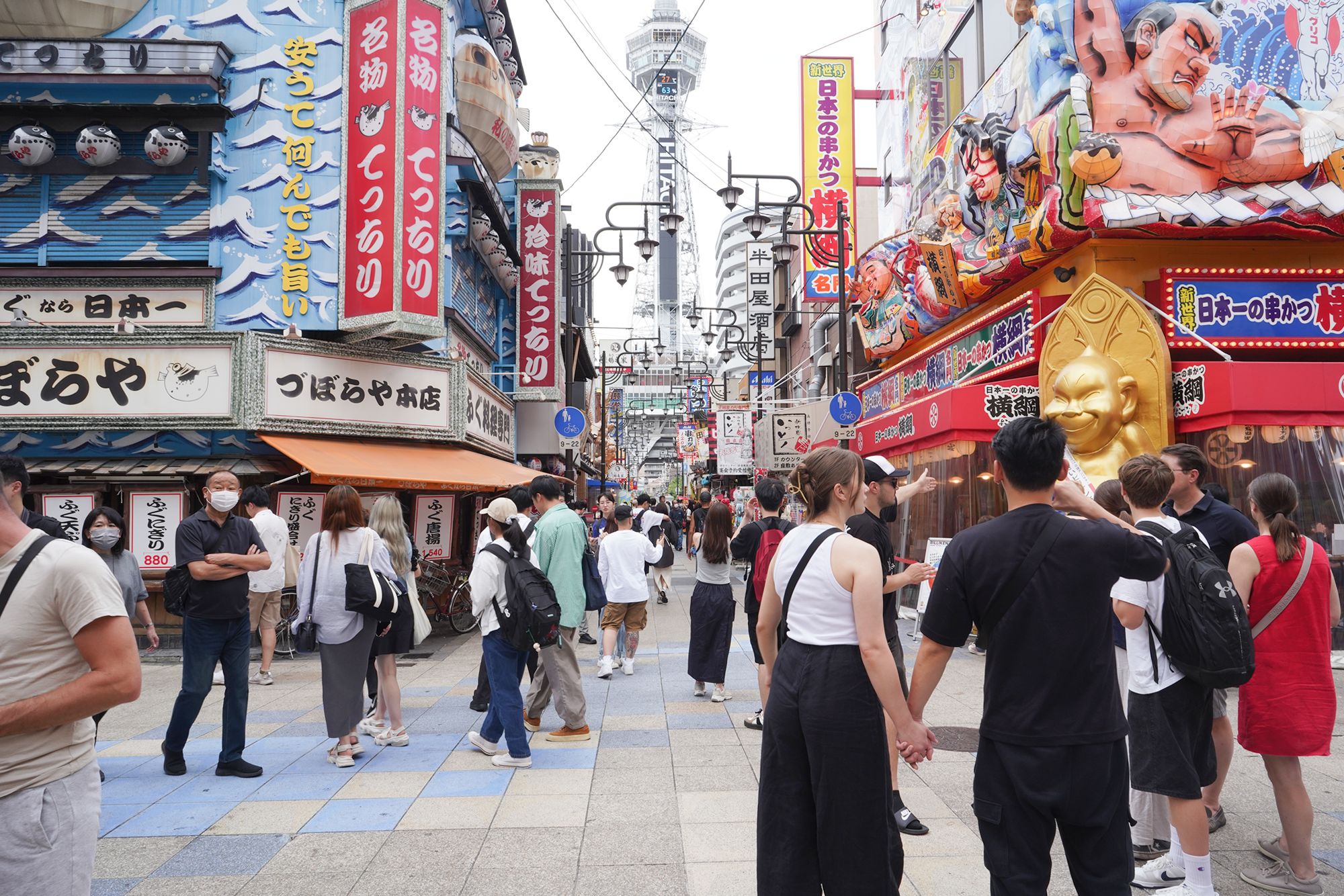
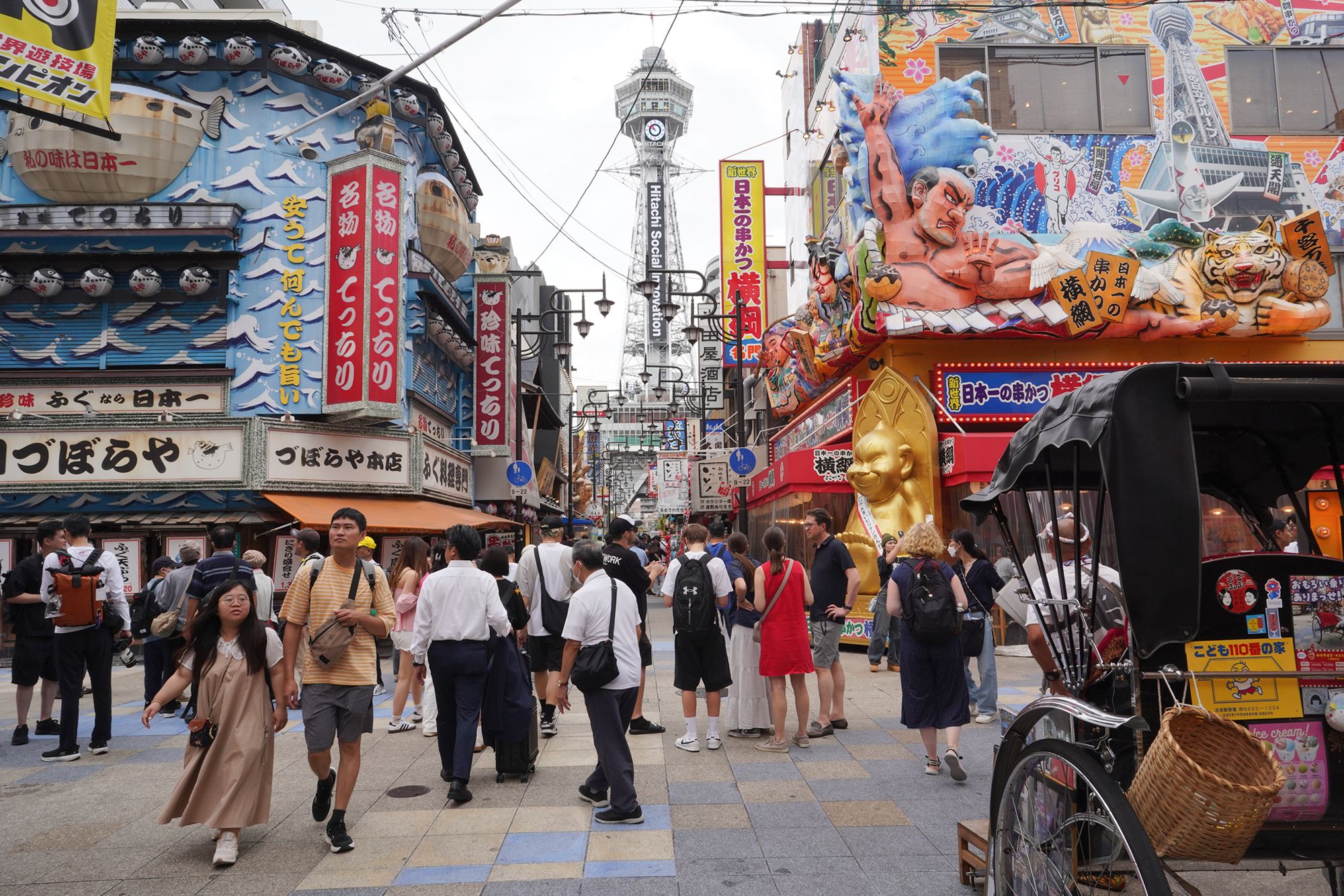
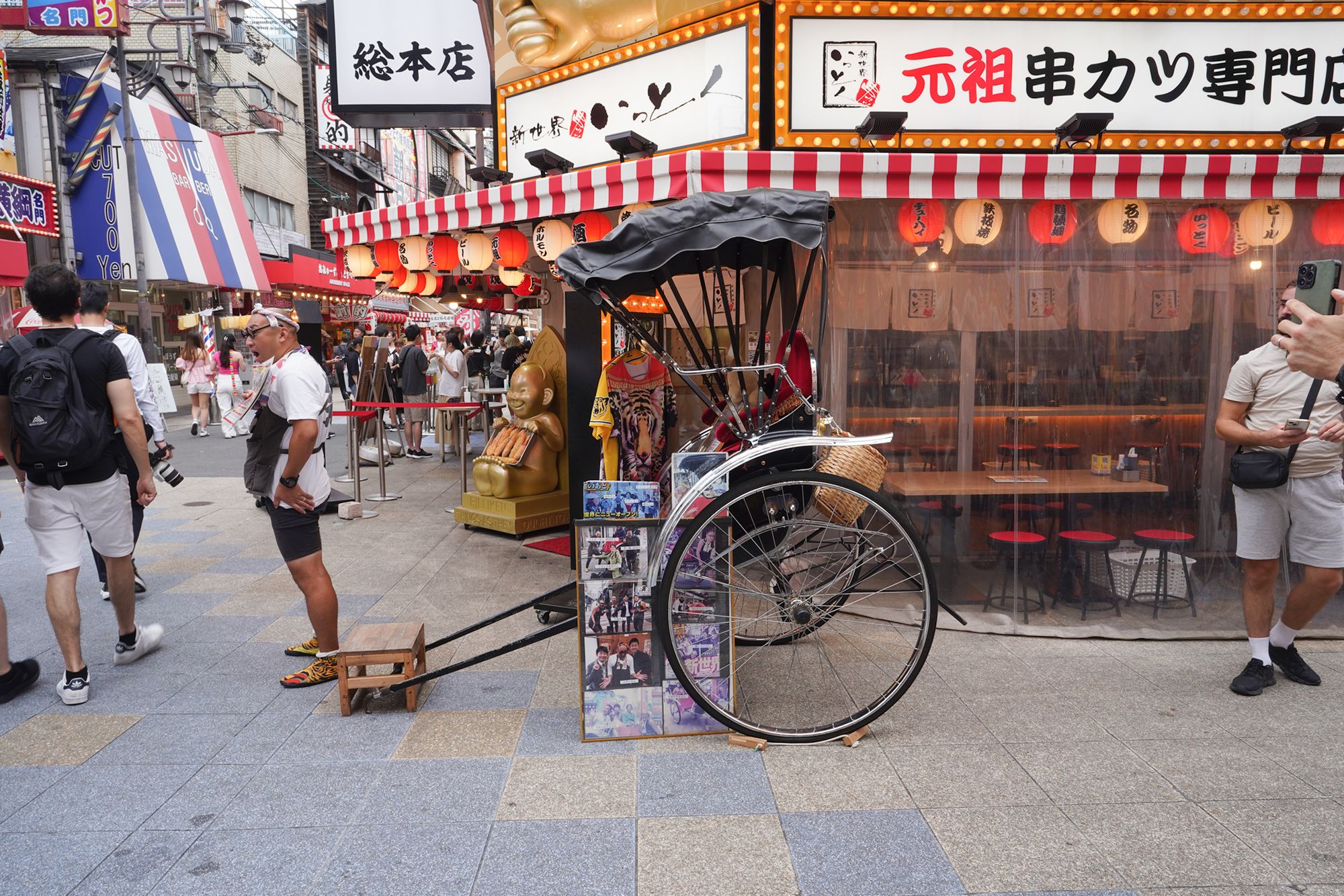
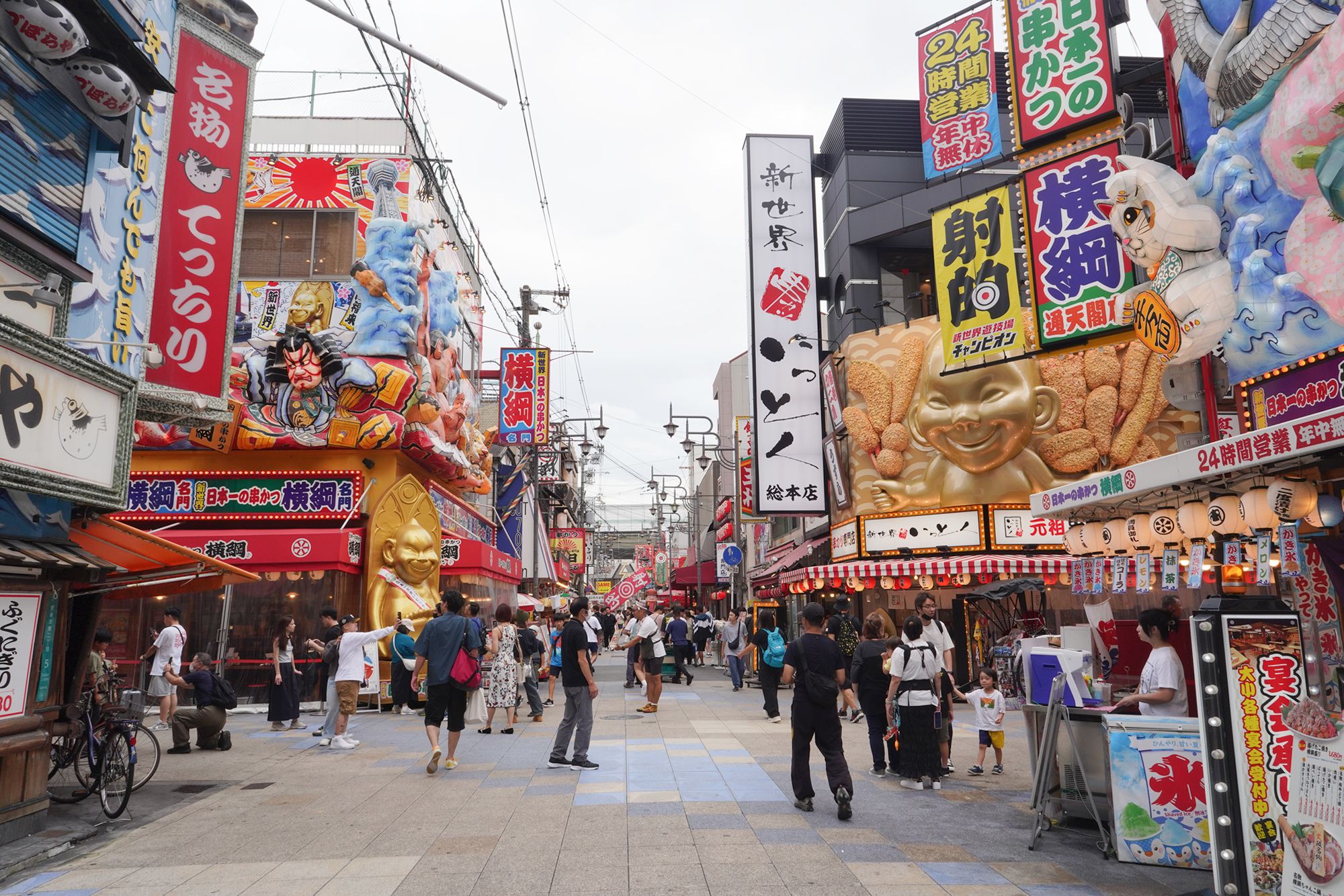
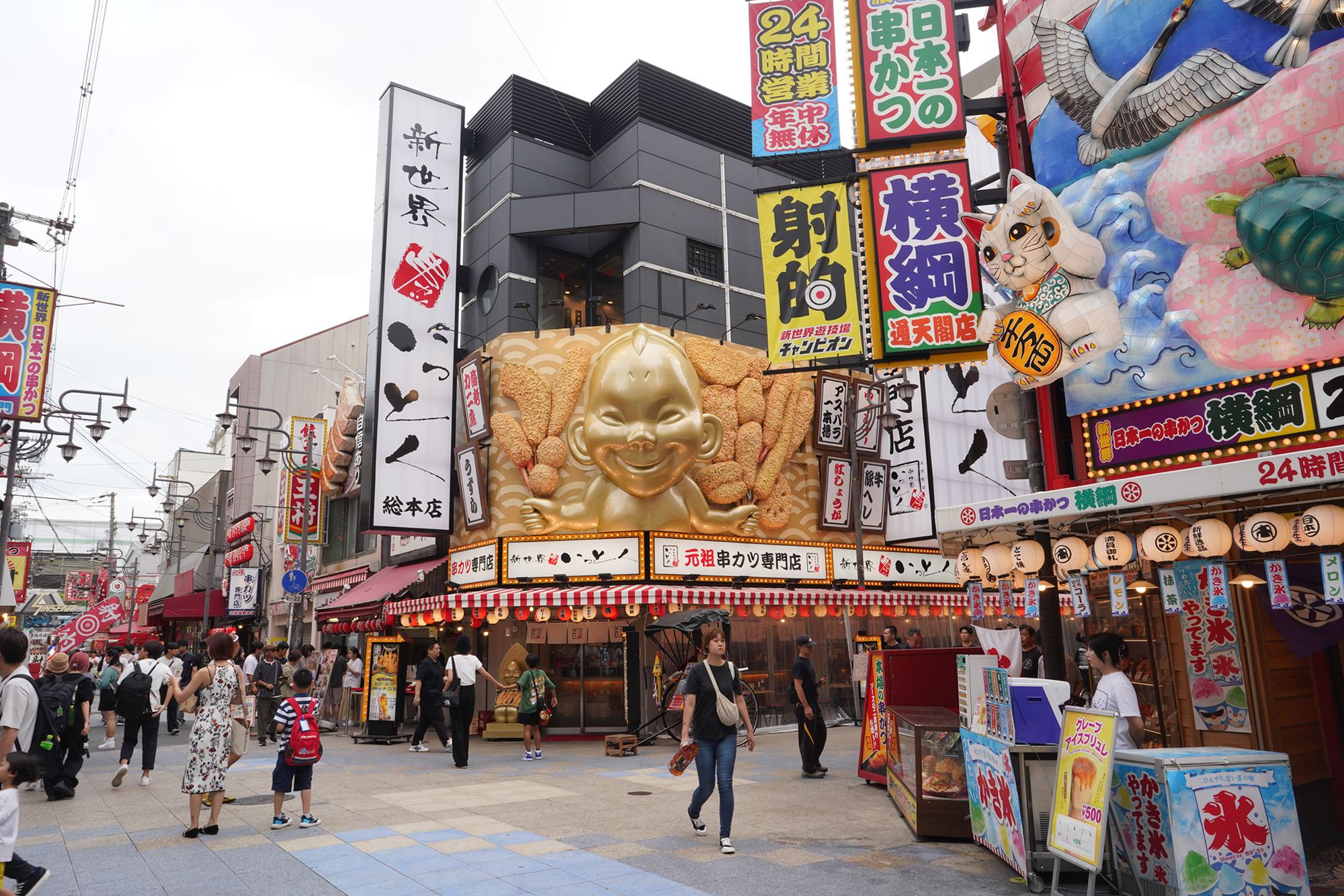
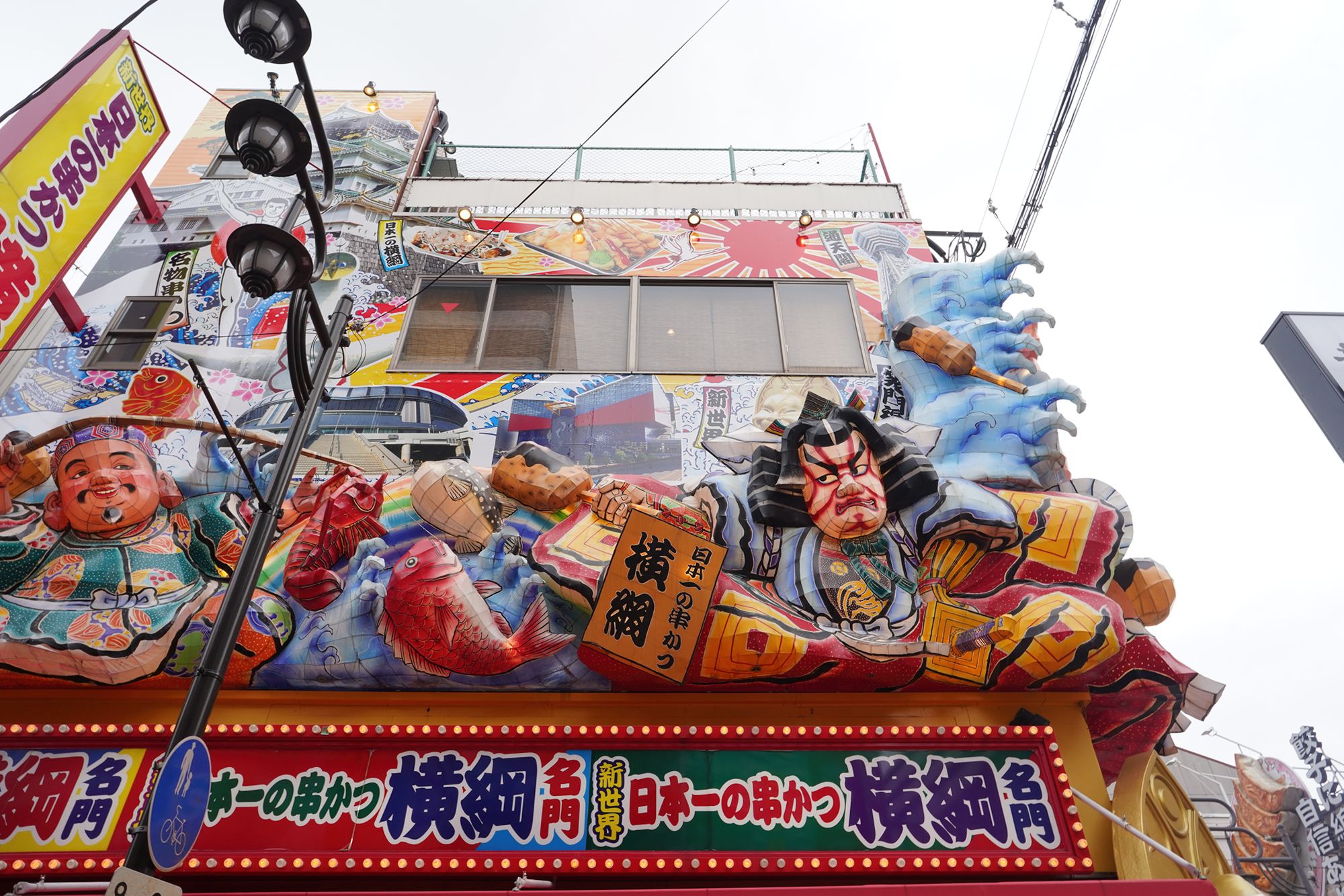
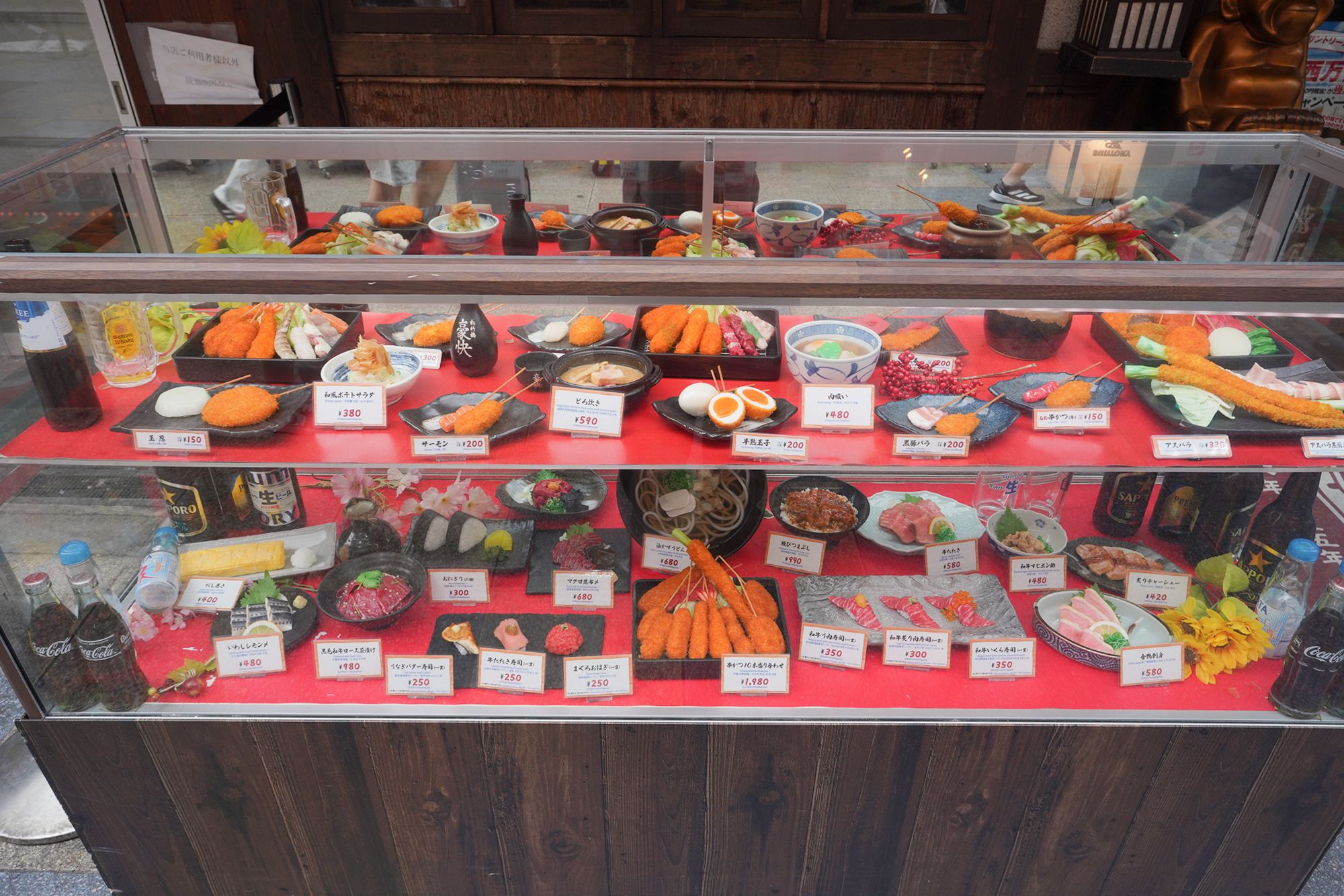
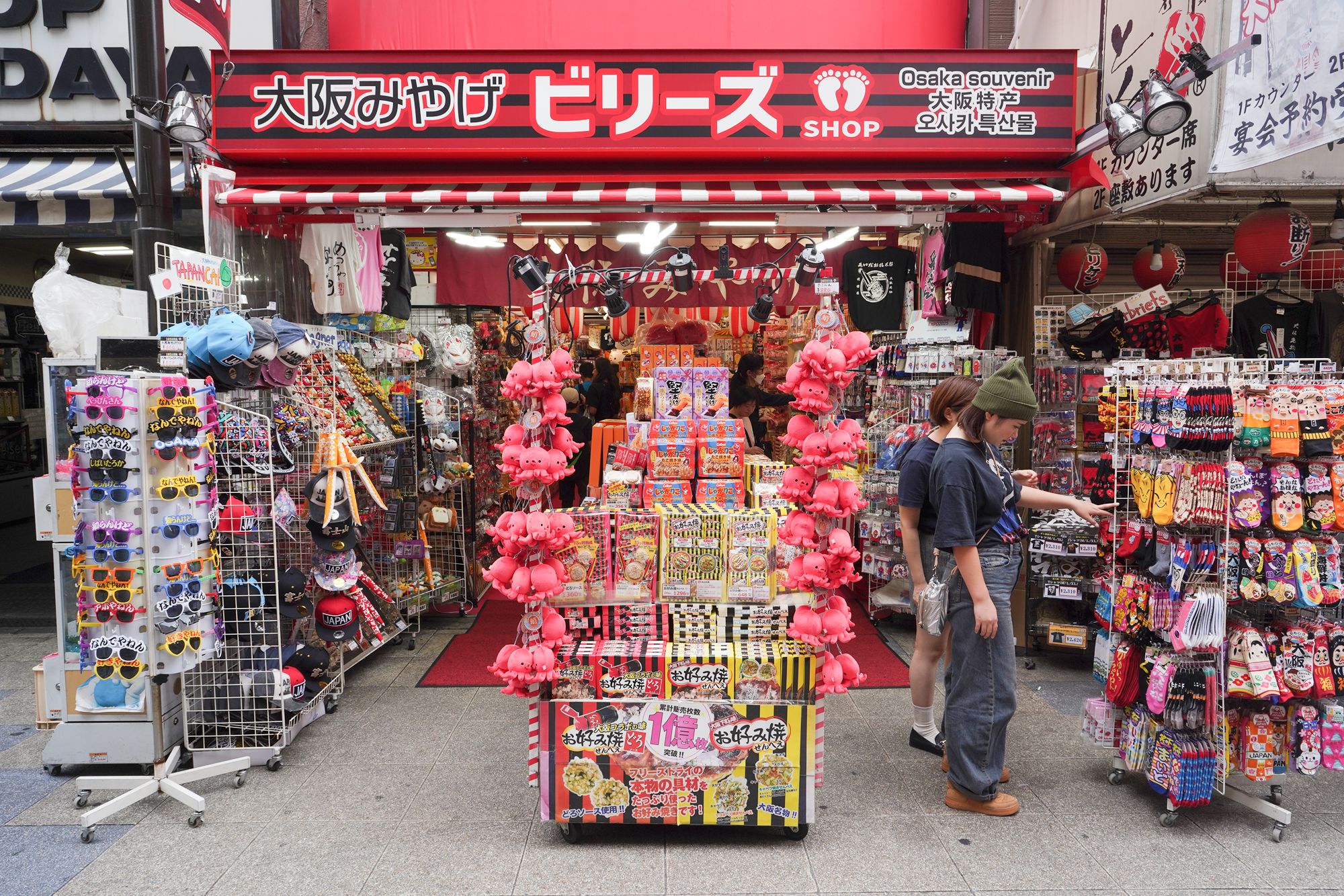
Tsutenkaku Tower (通天閣)
The name means “Tower Reaching Heaven.” Originally built in 1912, it has become an iconic symbol of Osaka and sits at the heart of Shinsekai.
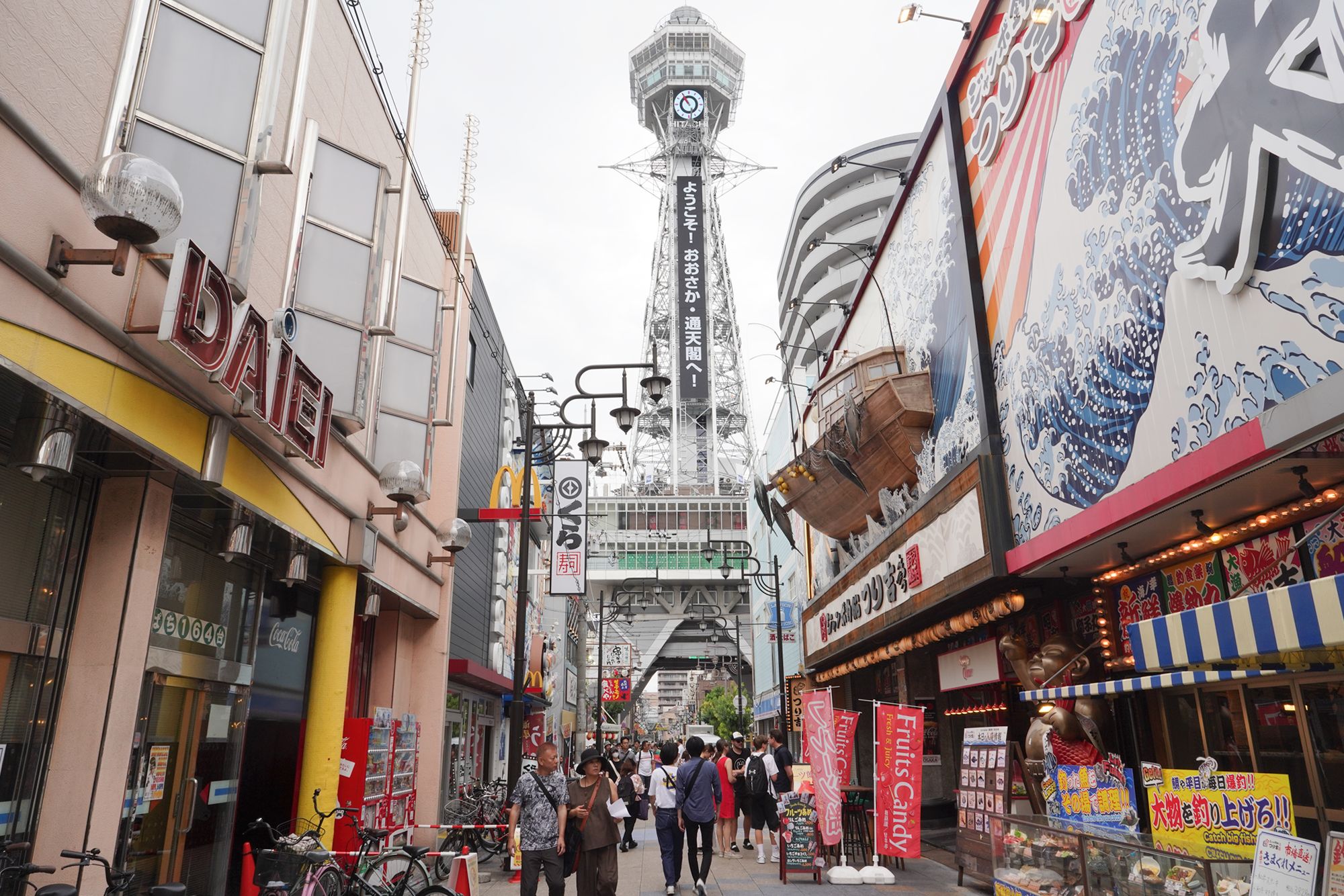
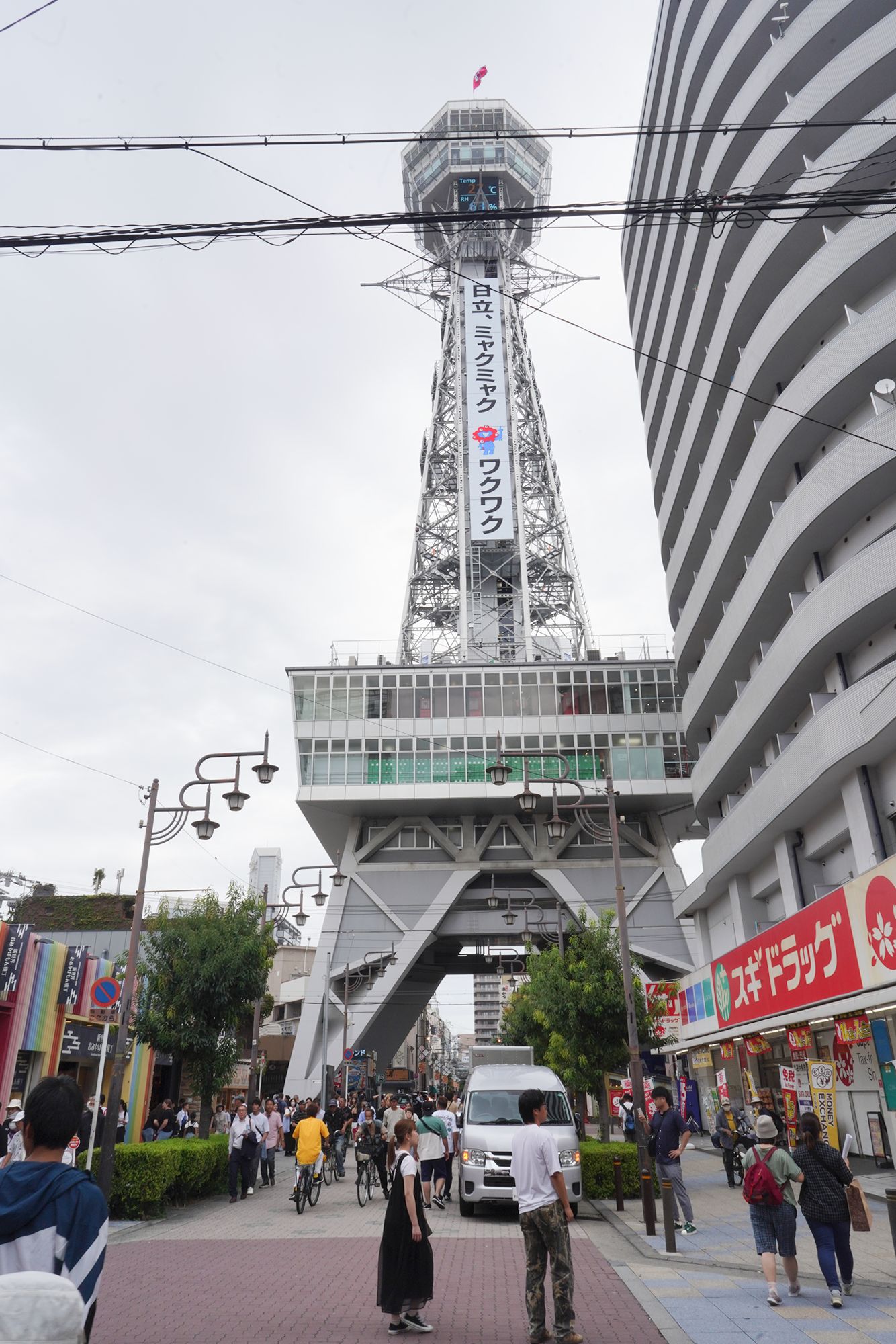
After exploring Shin Sekai, I continued my walk toward the nearby Isshinji Temple.
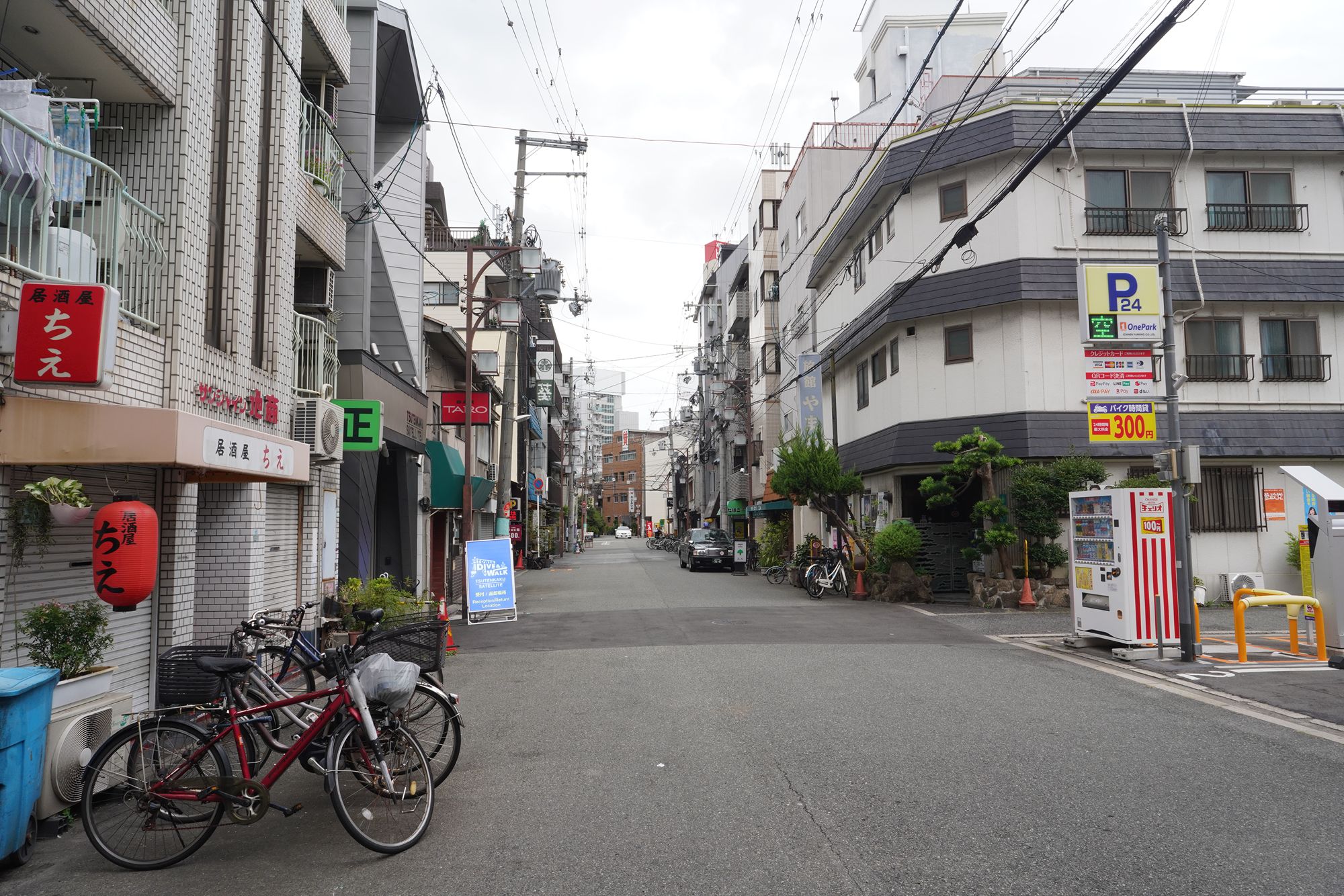
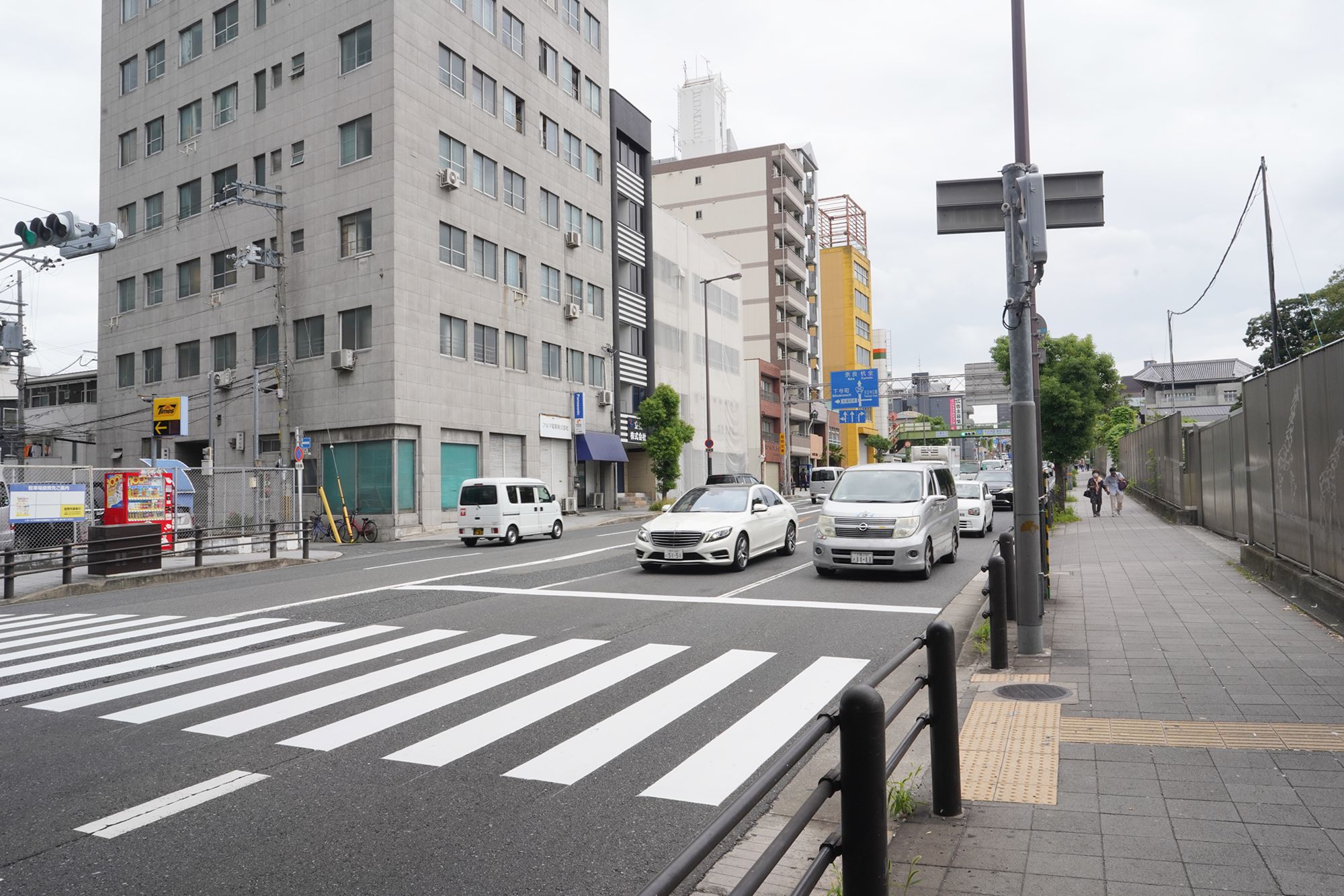
Isshinji Temple Nio-mon Gate
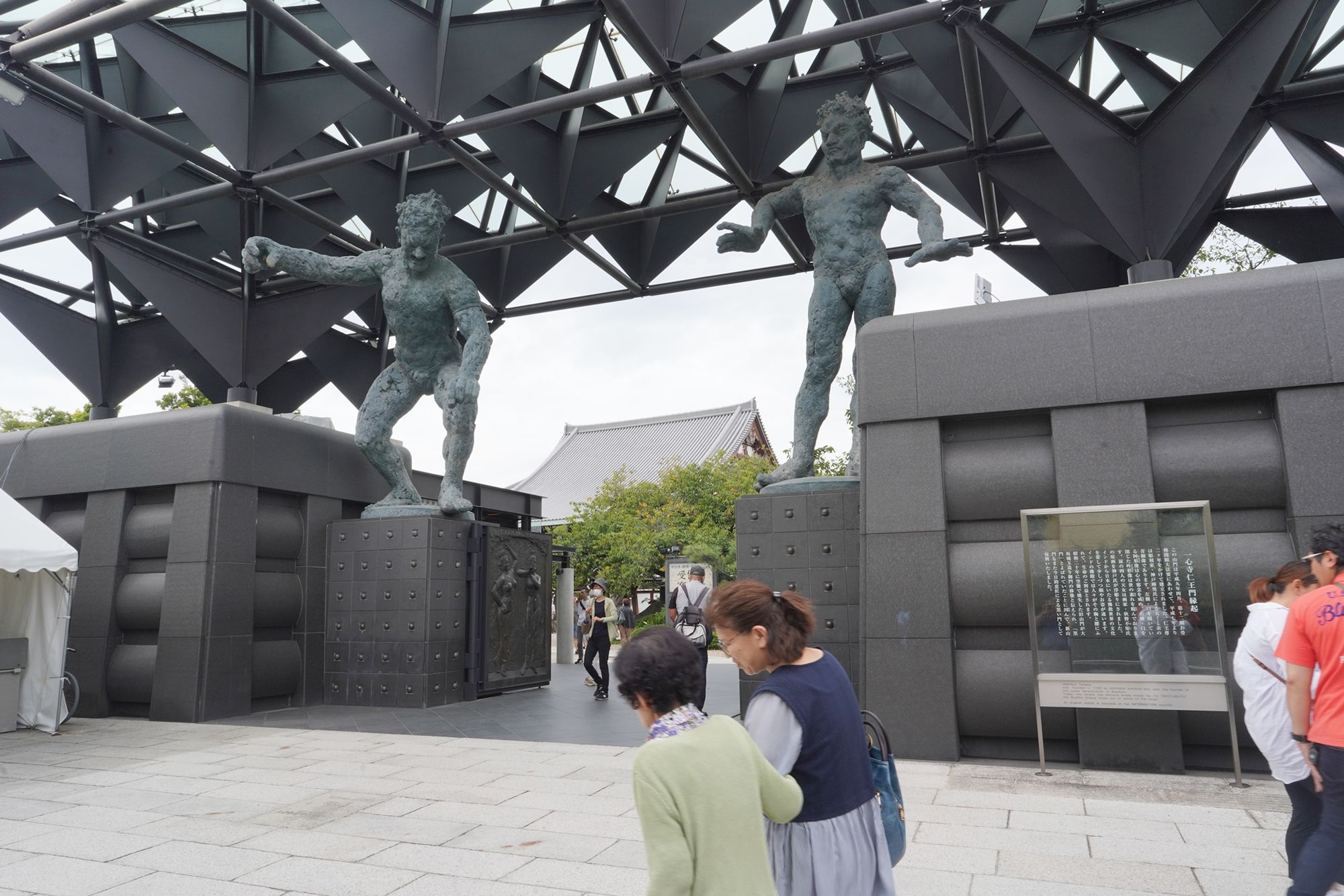
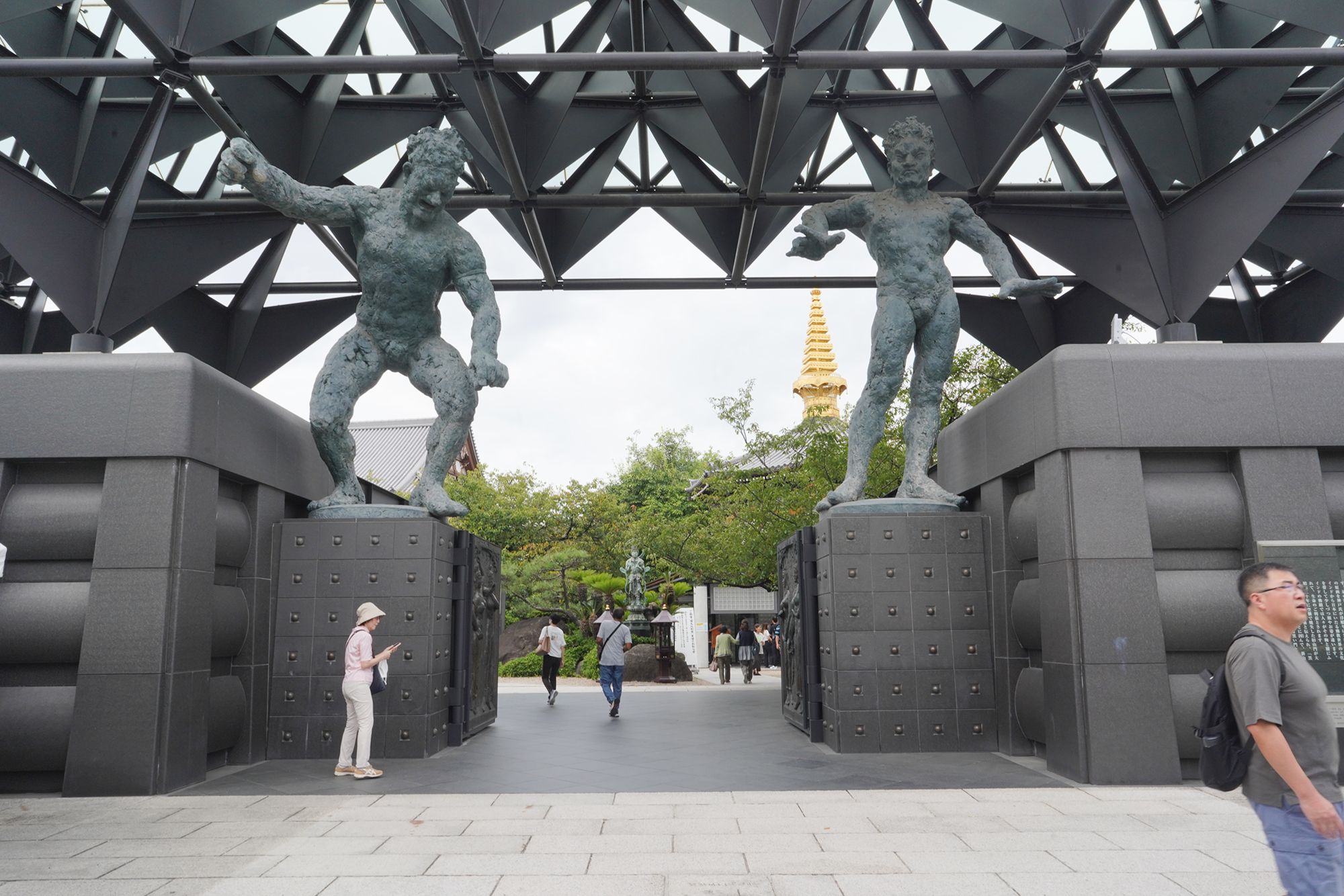
Isshinji Temple
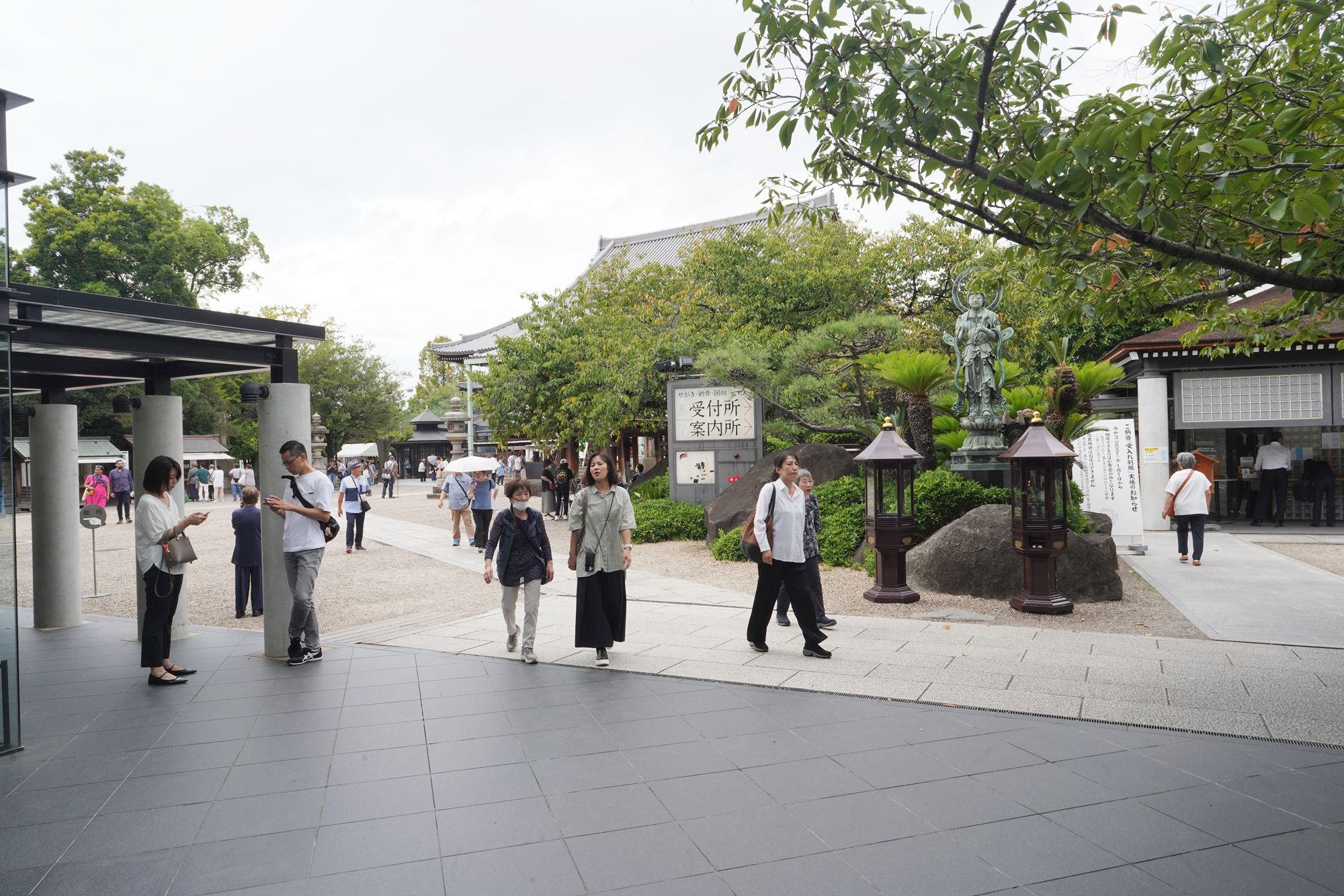
Isshinji Temple (一心寺) is a Buddhist temple located in the Tennoji district of Osaka, Japan. Known for its unique practices and rich history, it’s often visited by both locals and tourists exploring the area.
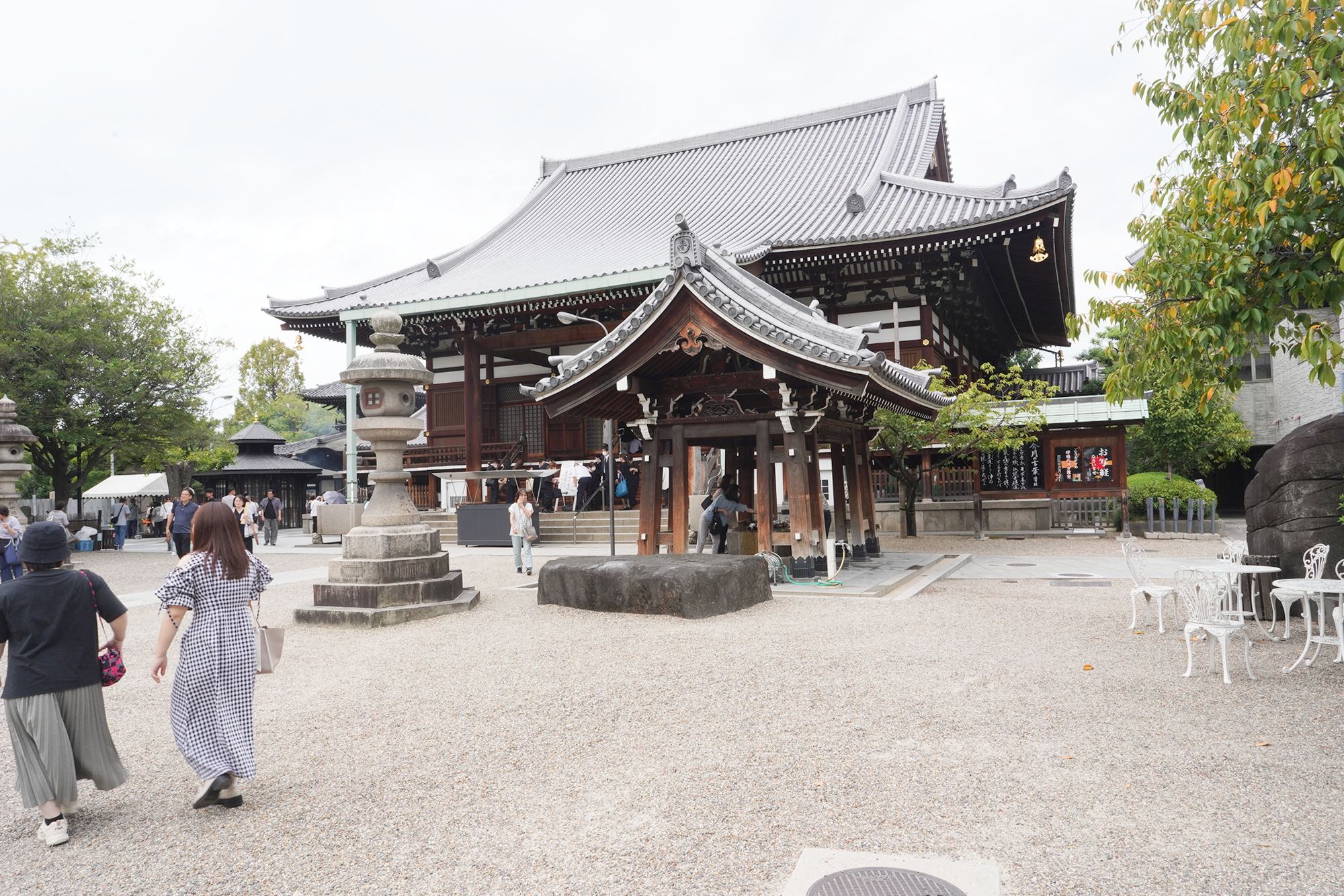
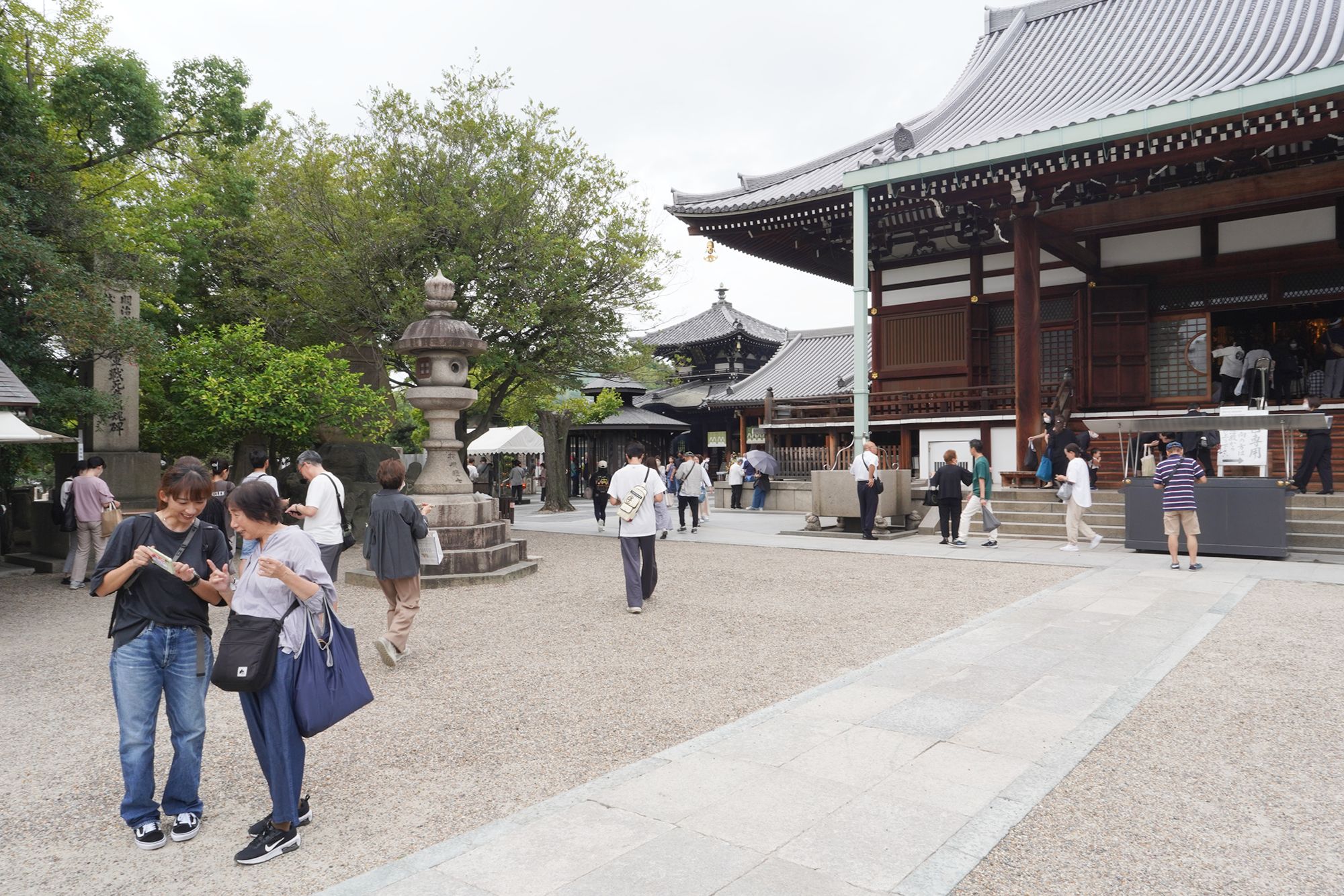
Founded in the mid-12th century (around 1185), Isshinji Temple has undergone various restorations over the centuries.
Its name, 一心 (isshin), means “one mind” or “single-hearted,” underscoring the temple’s spiritual focus.
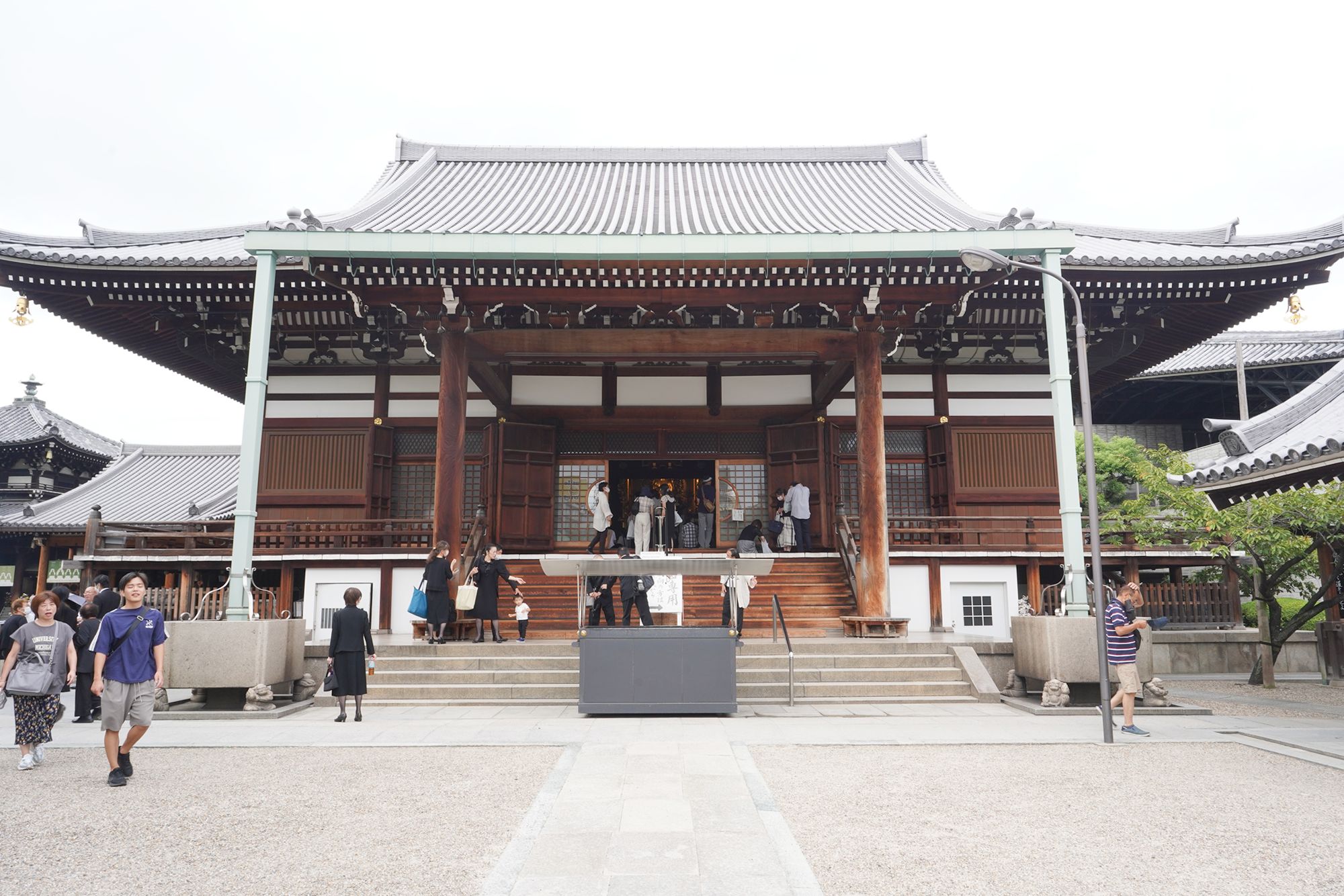
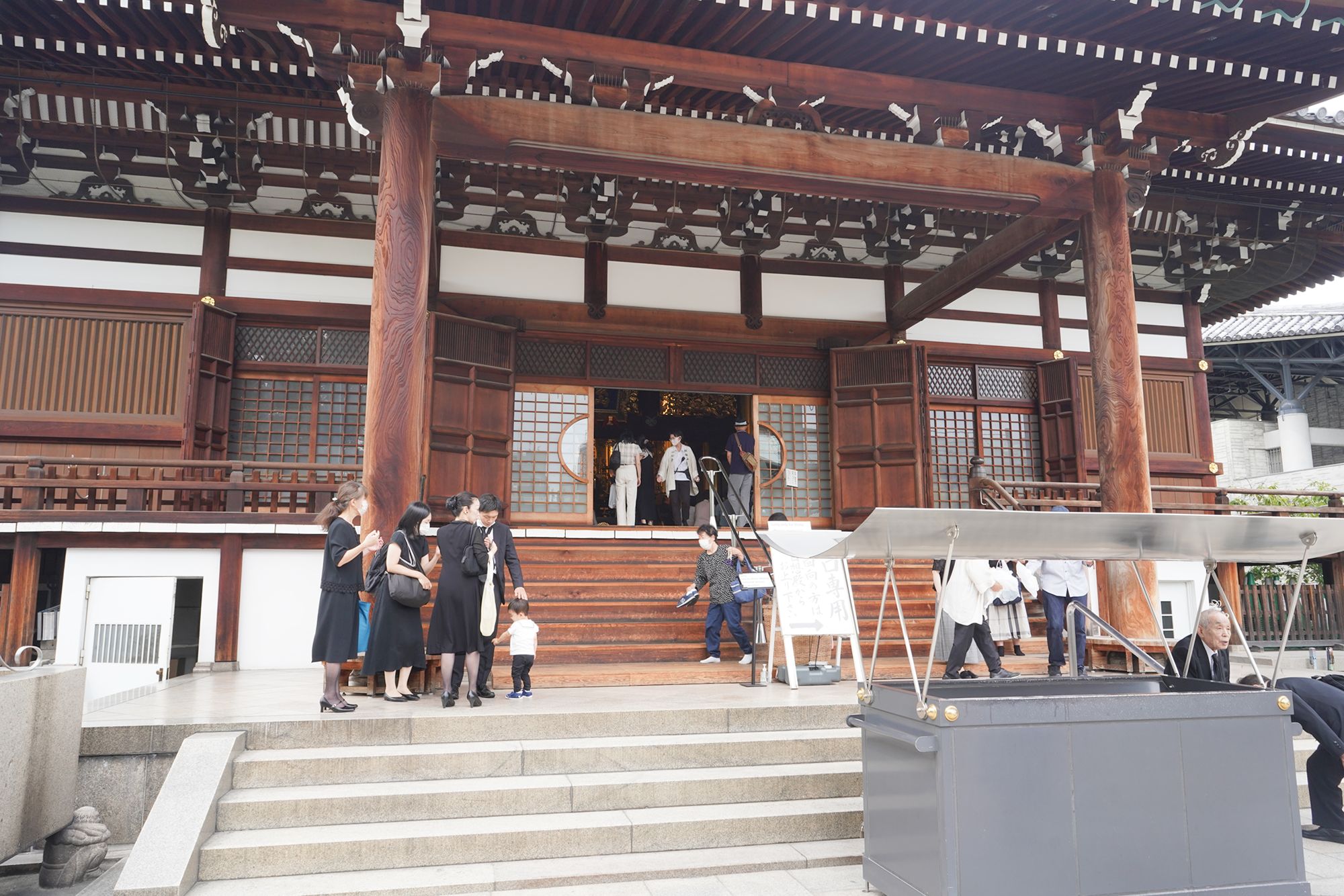
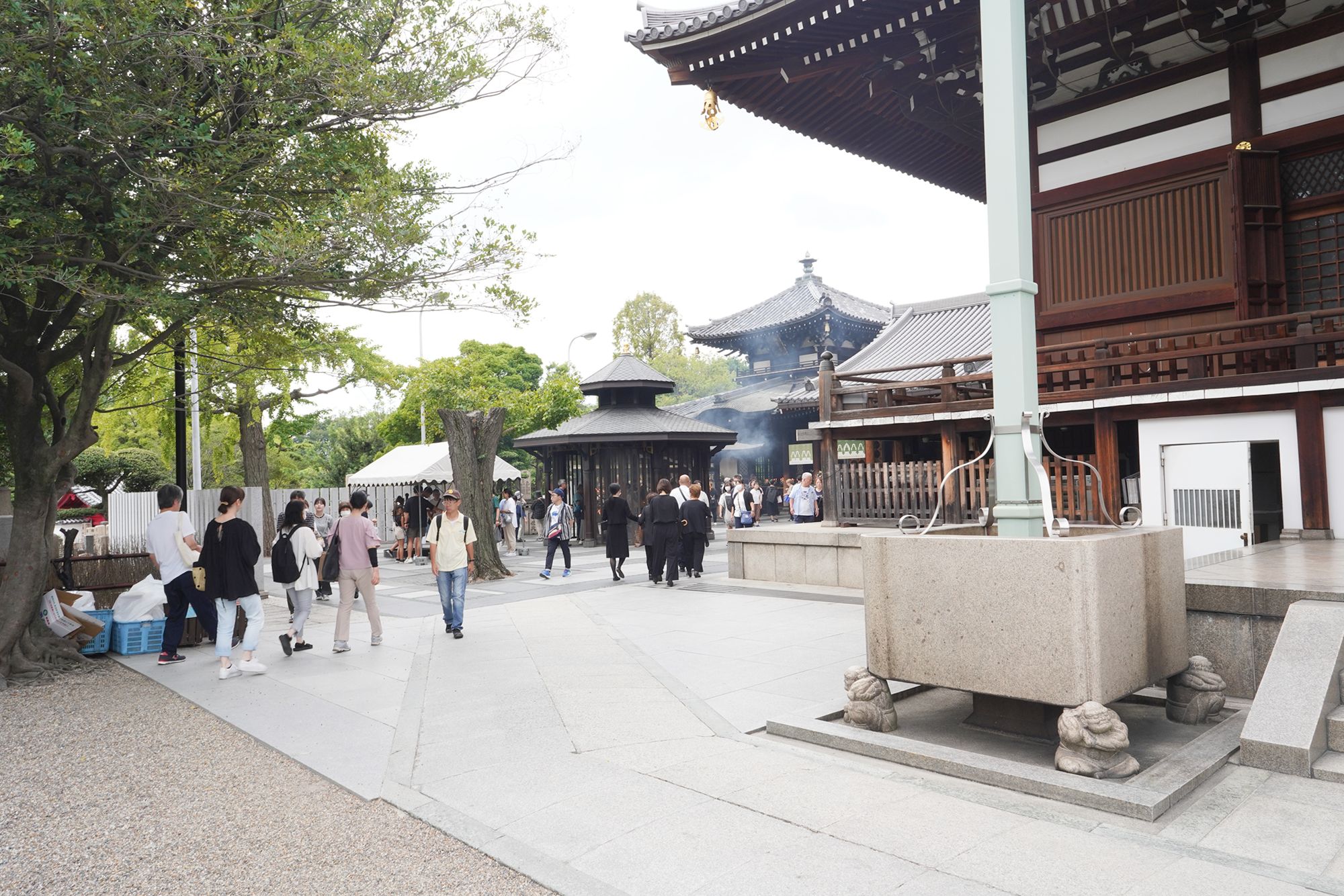
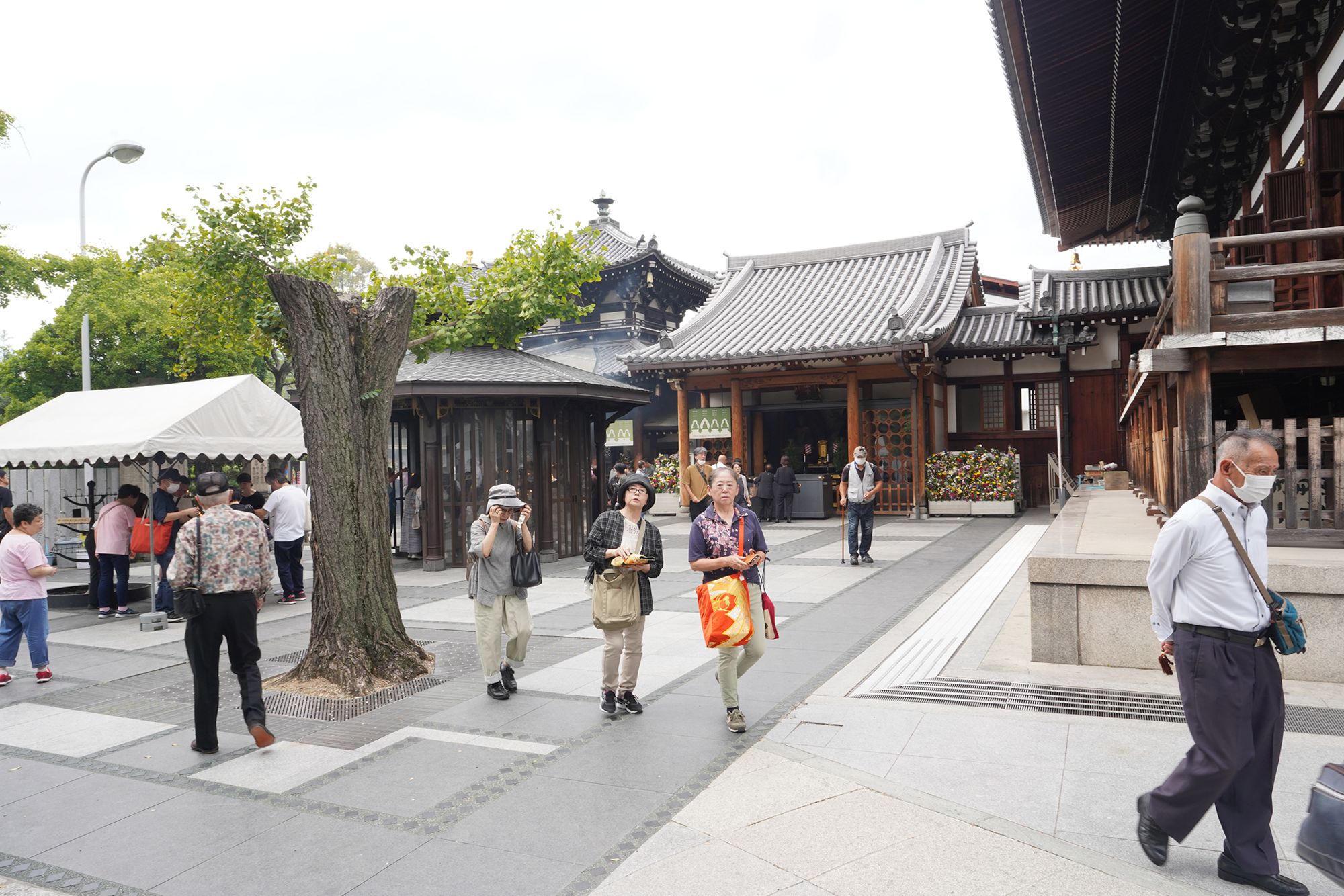
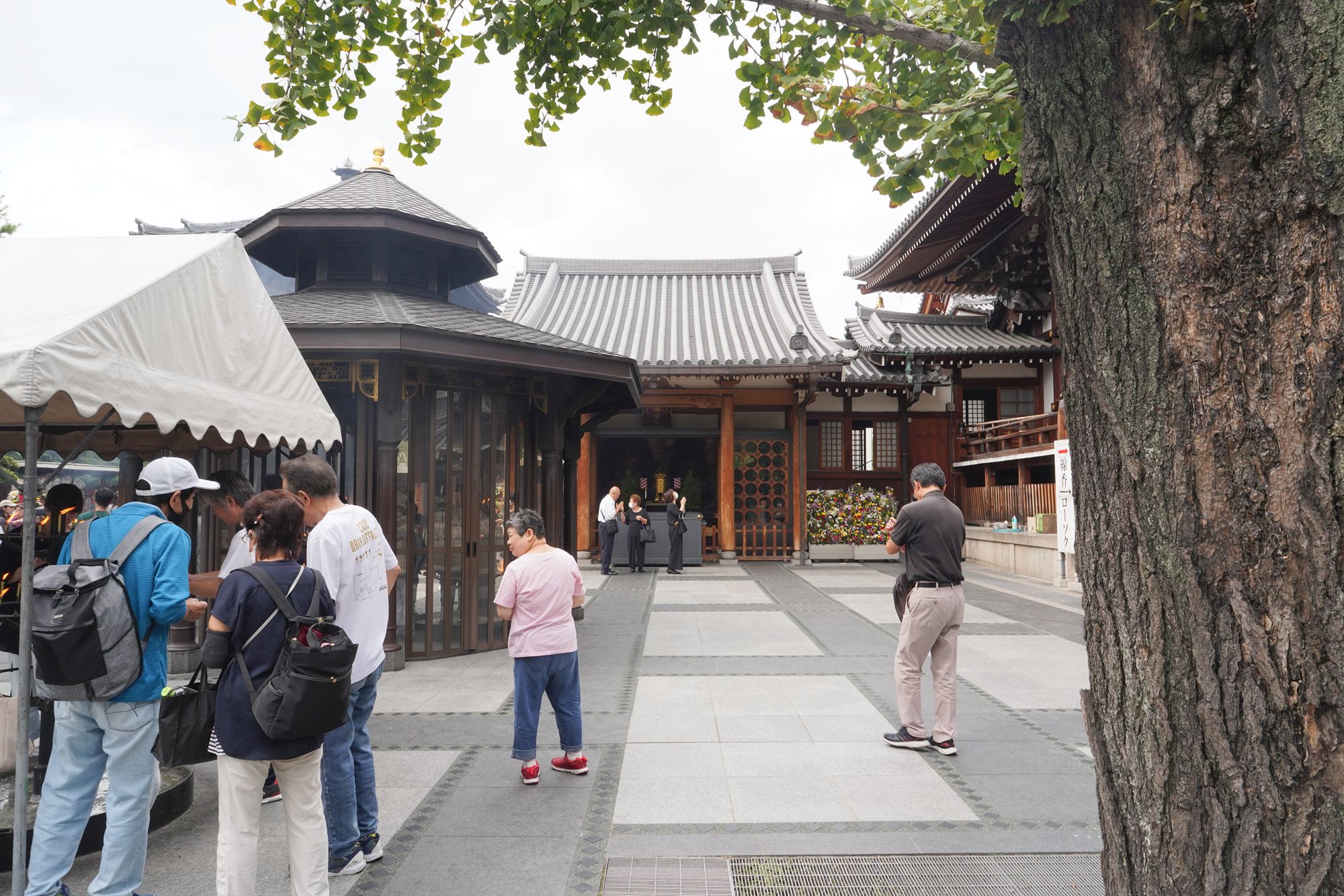
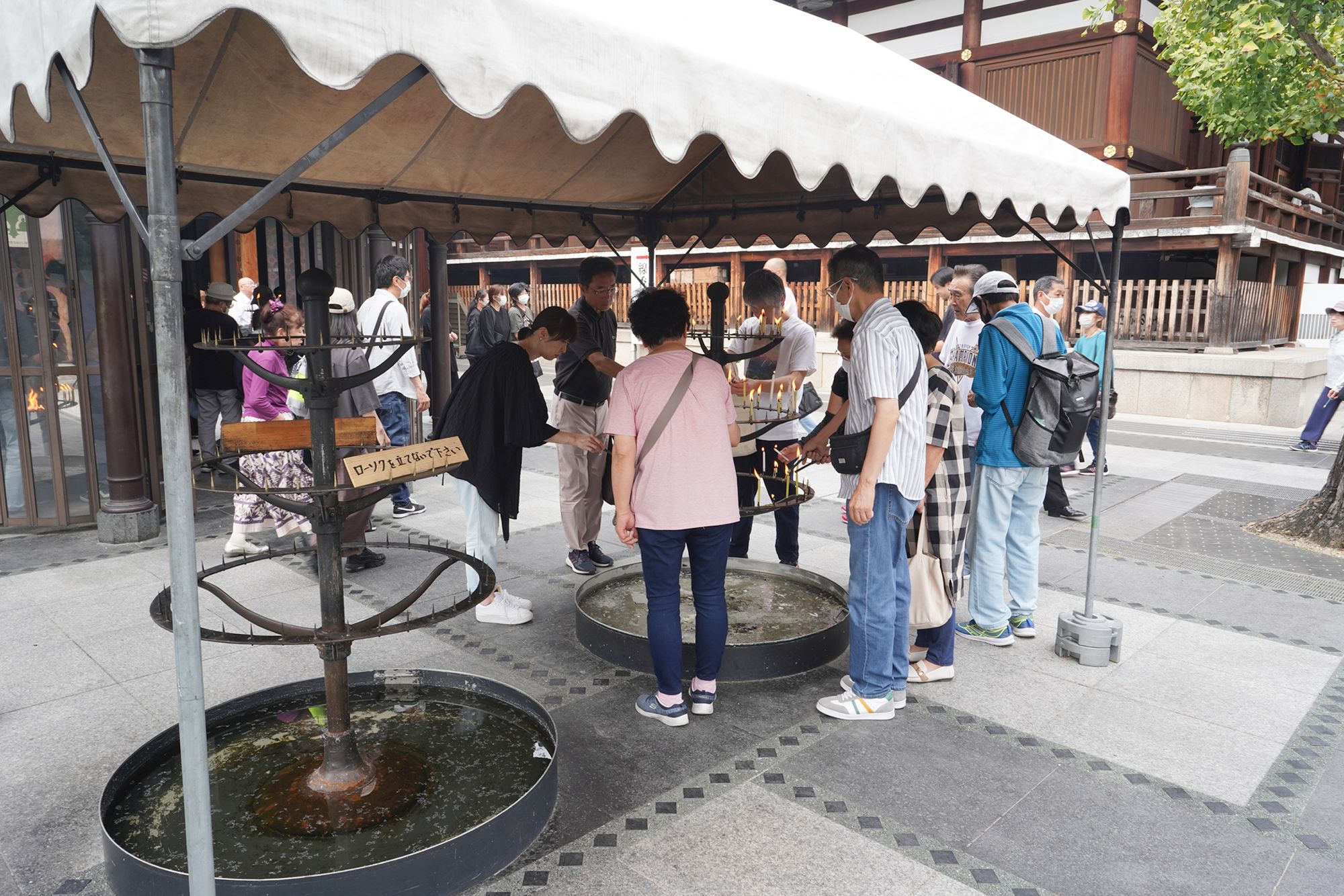
One of Isshinji’s most distinctive features is the Bone Buddha Statue tradition.
The temple collects the ashes of the deceased and, after gathering a sufficient amount, creates a new statue by incorporating these ashes into the material.
This practice has been carried out for over a century and symbolizes the cyclical nature of life, death, and rebirth.
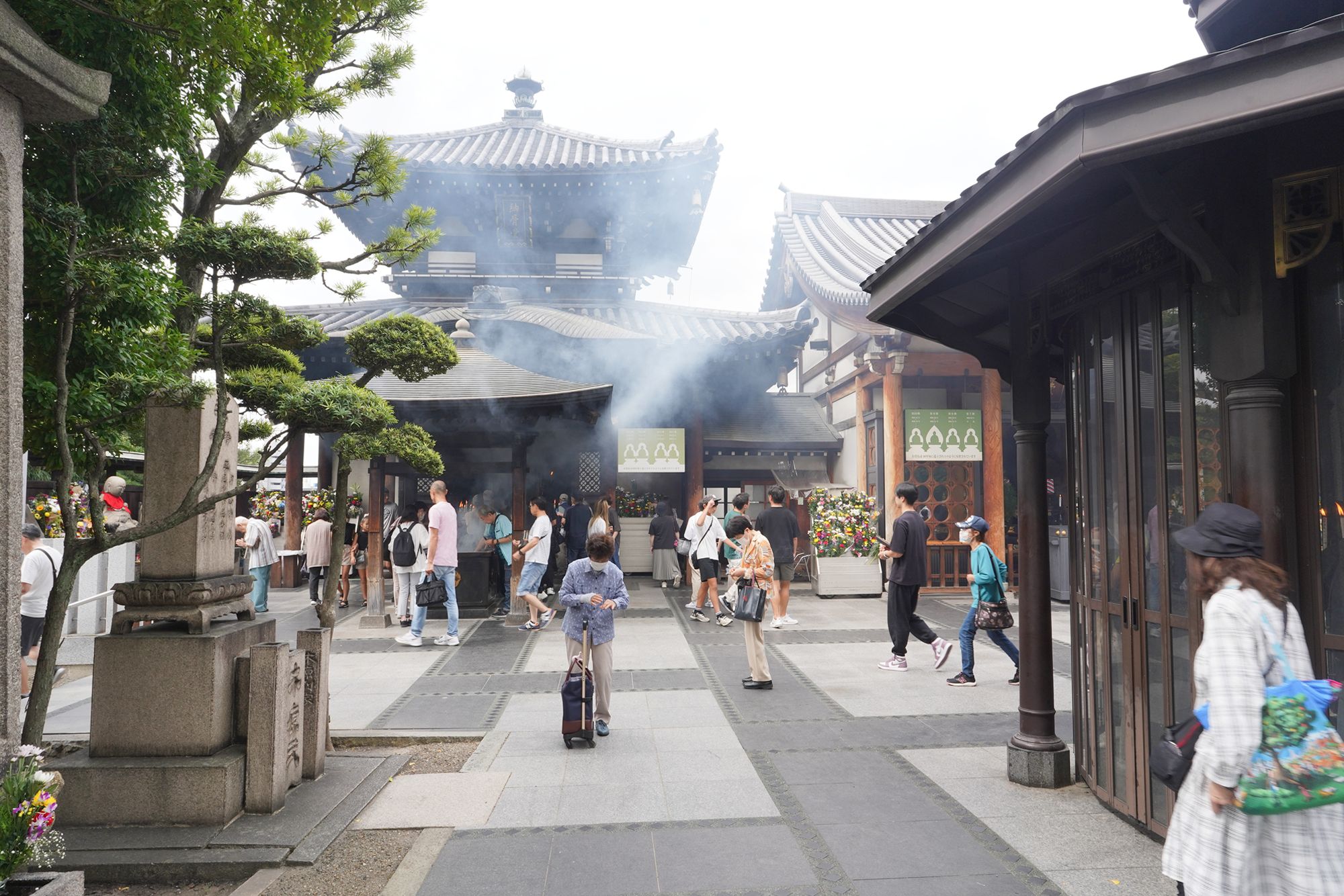
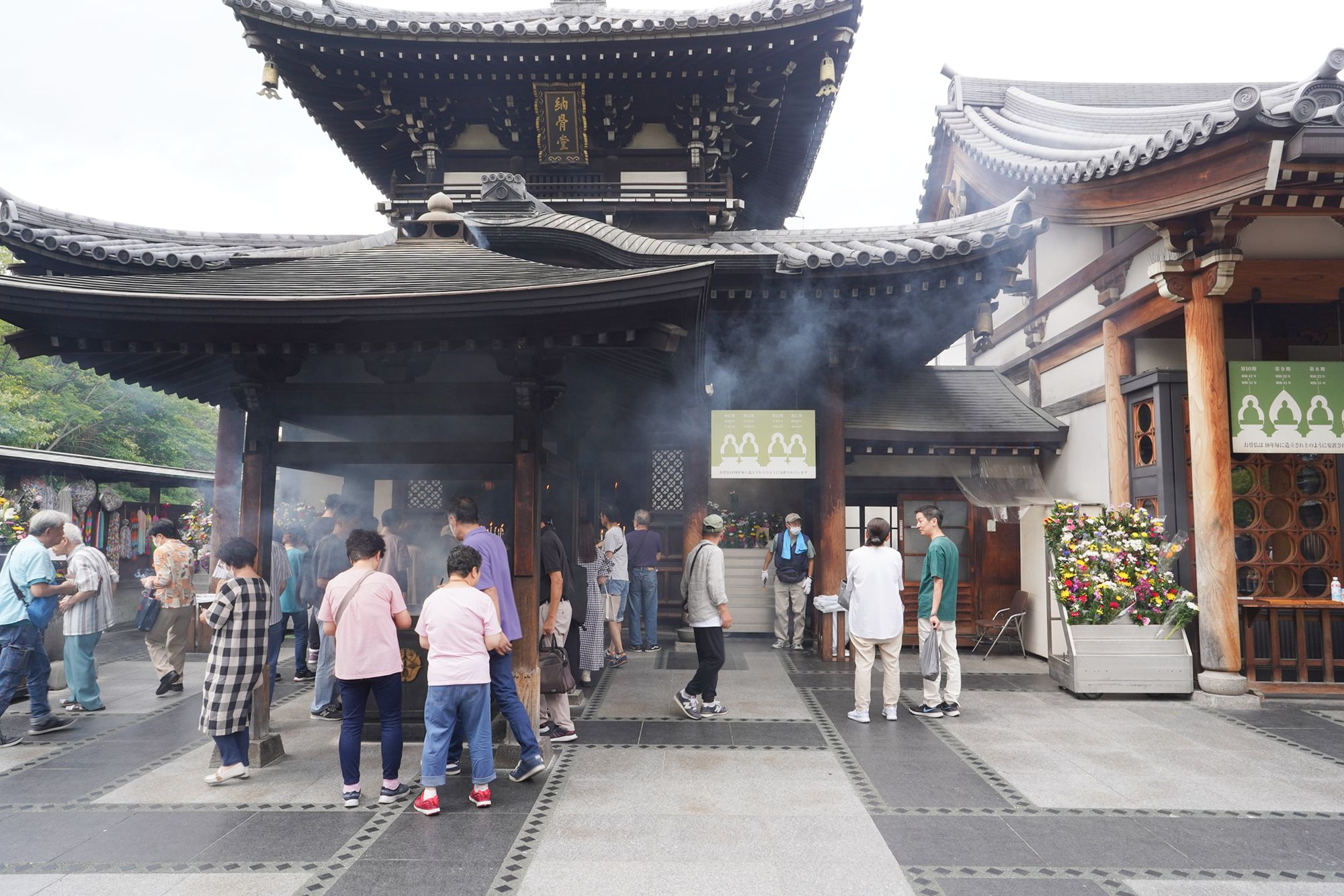
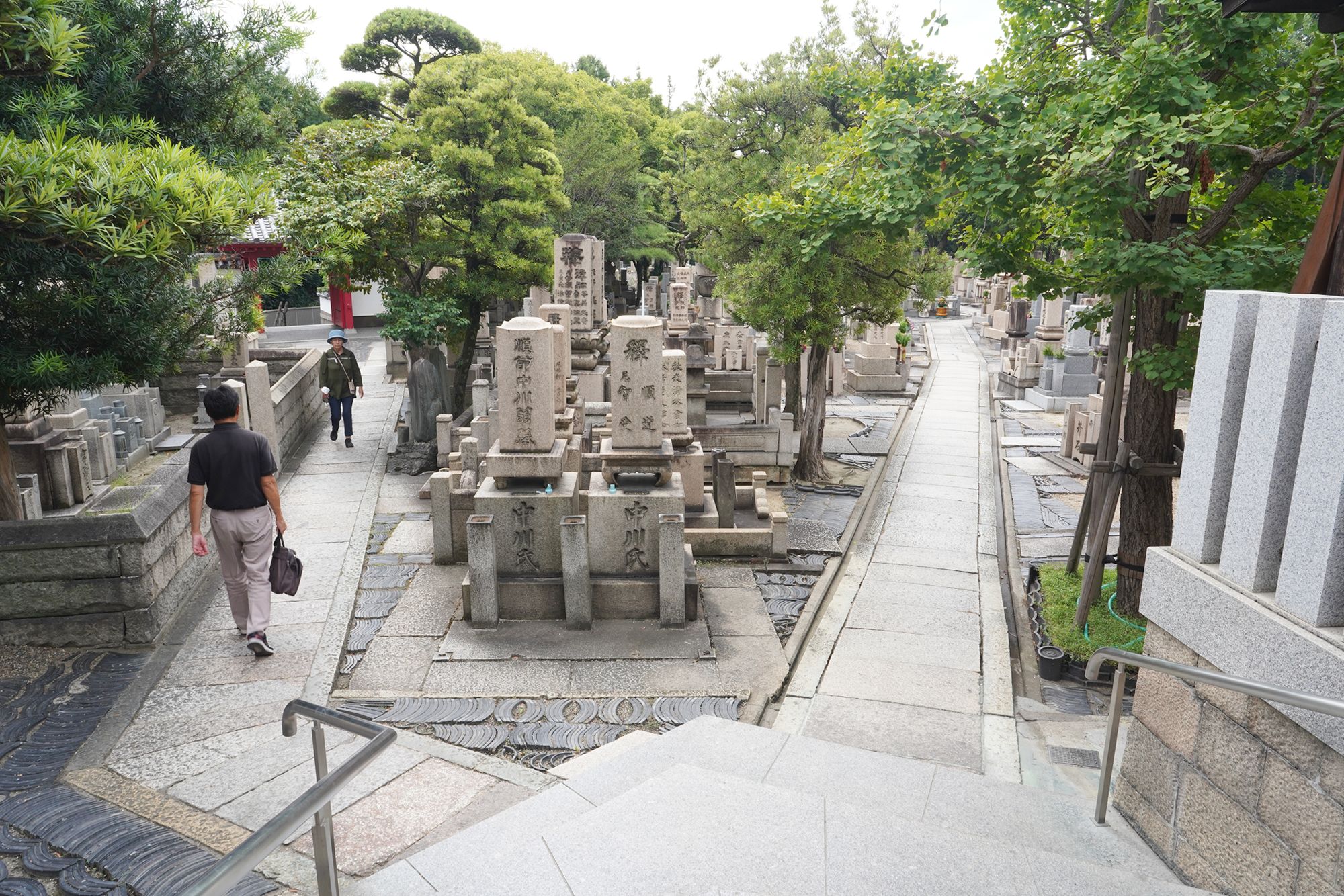
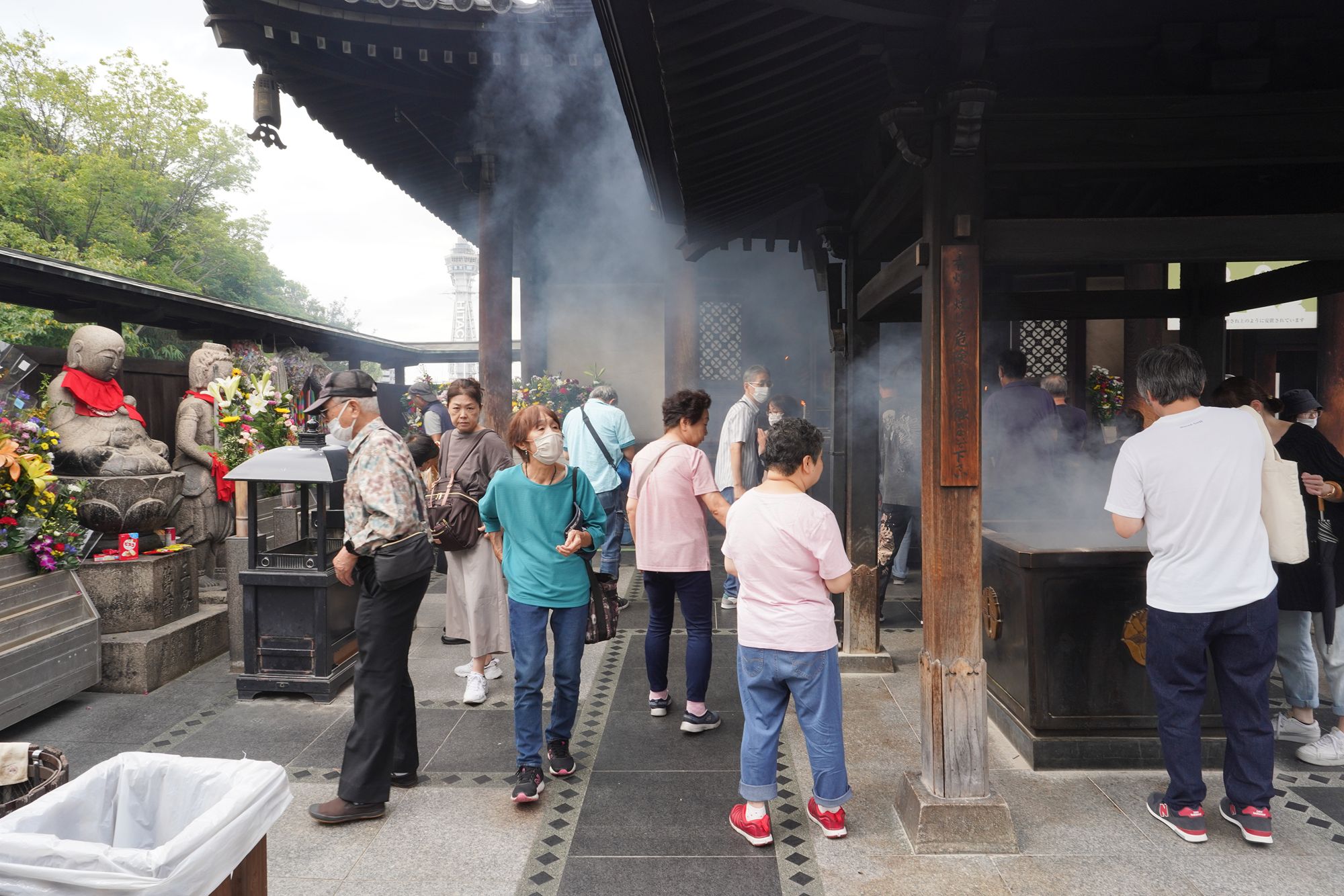
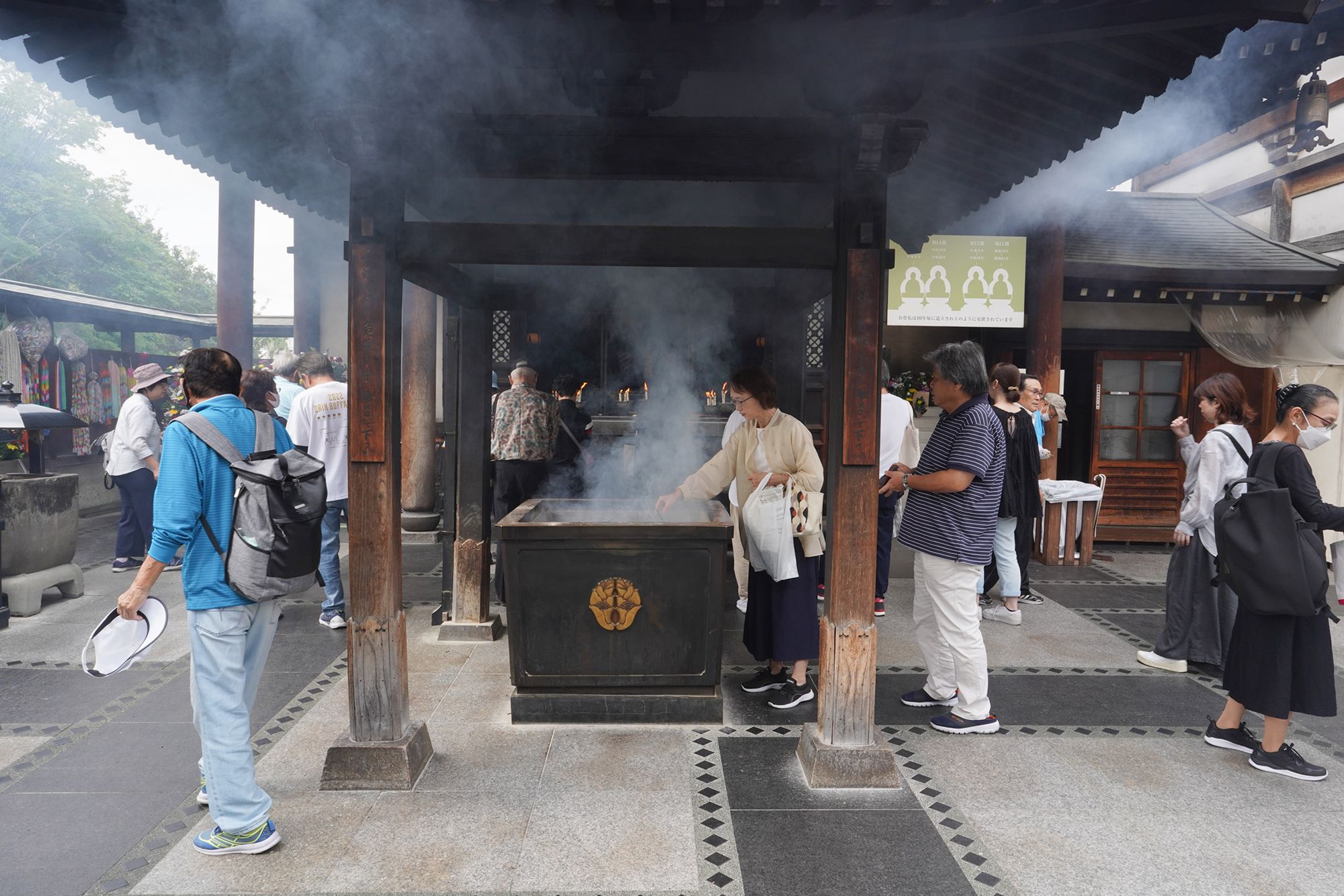
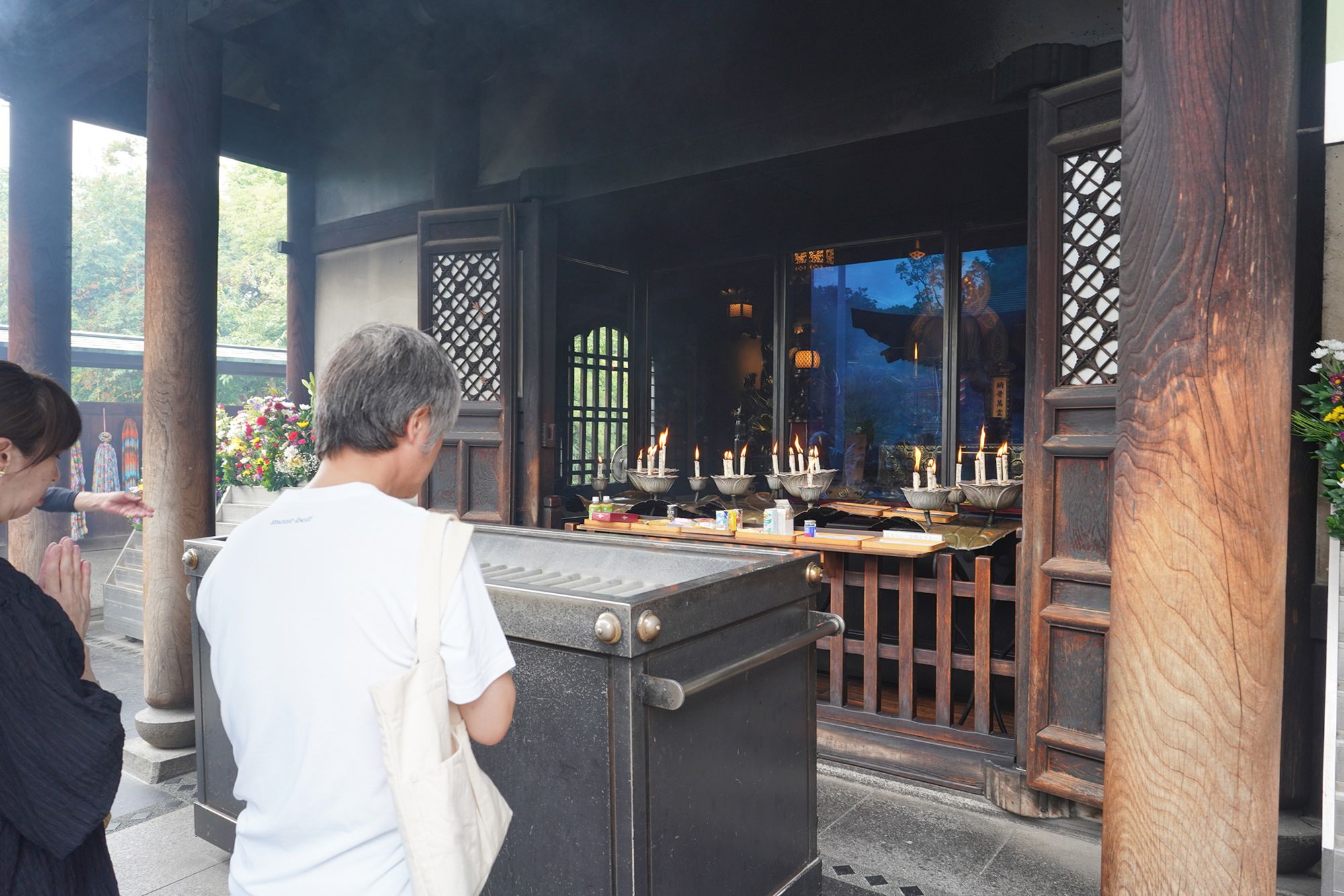
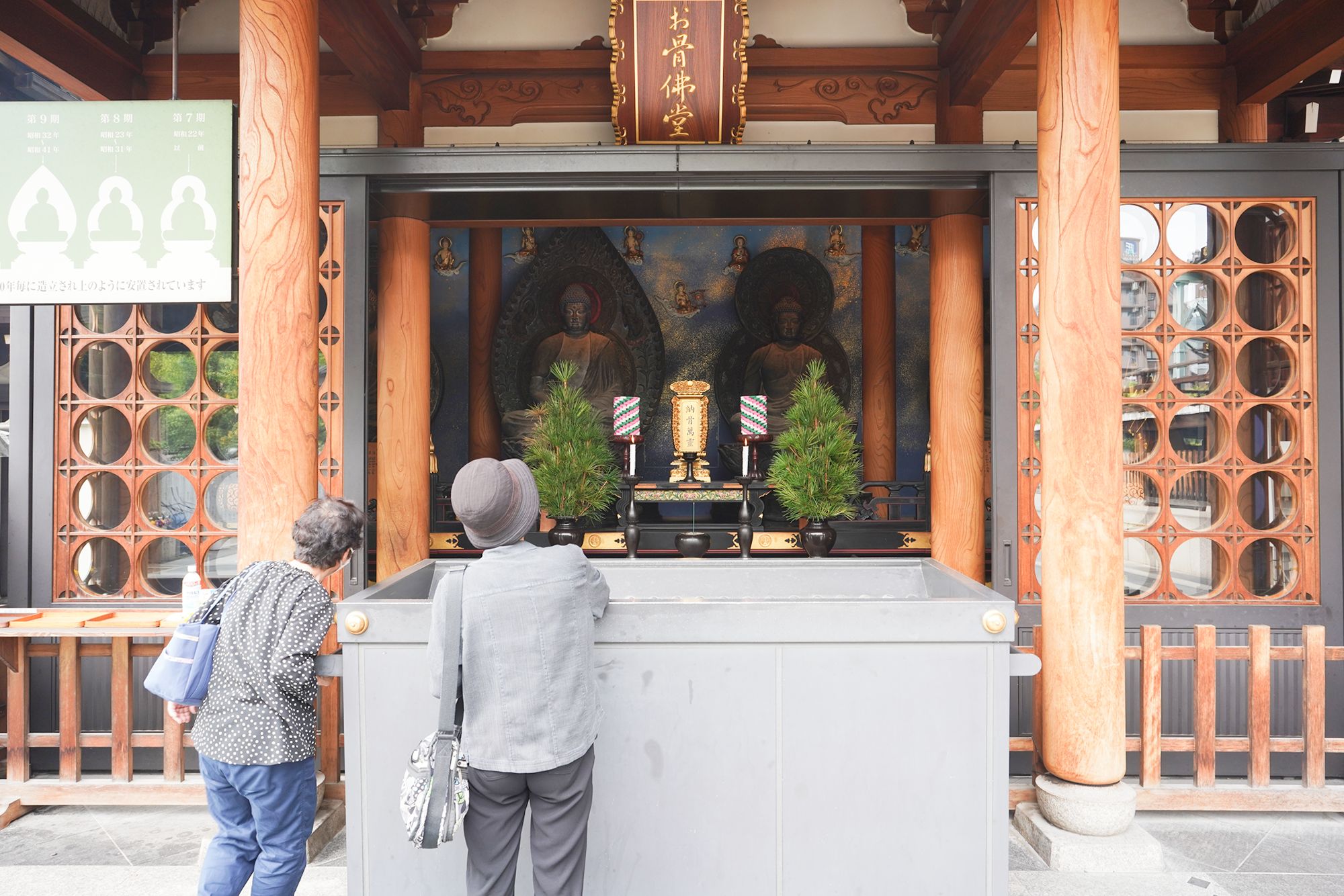
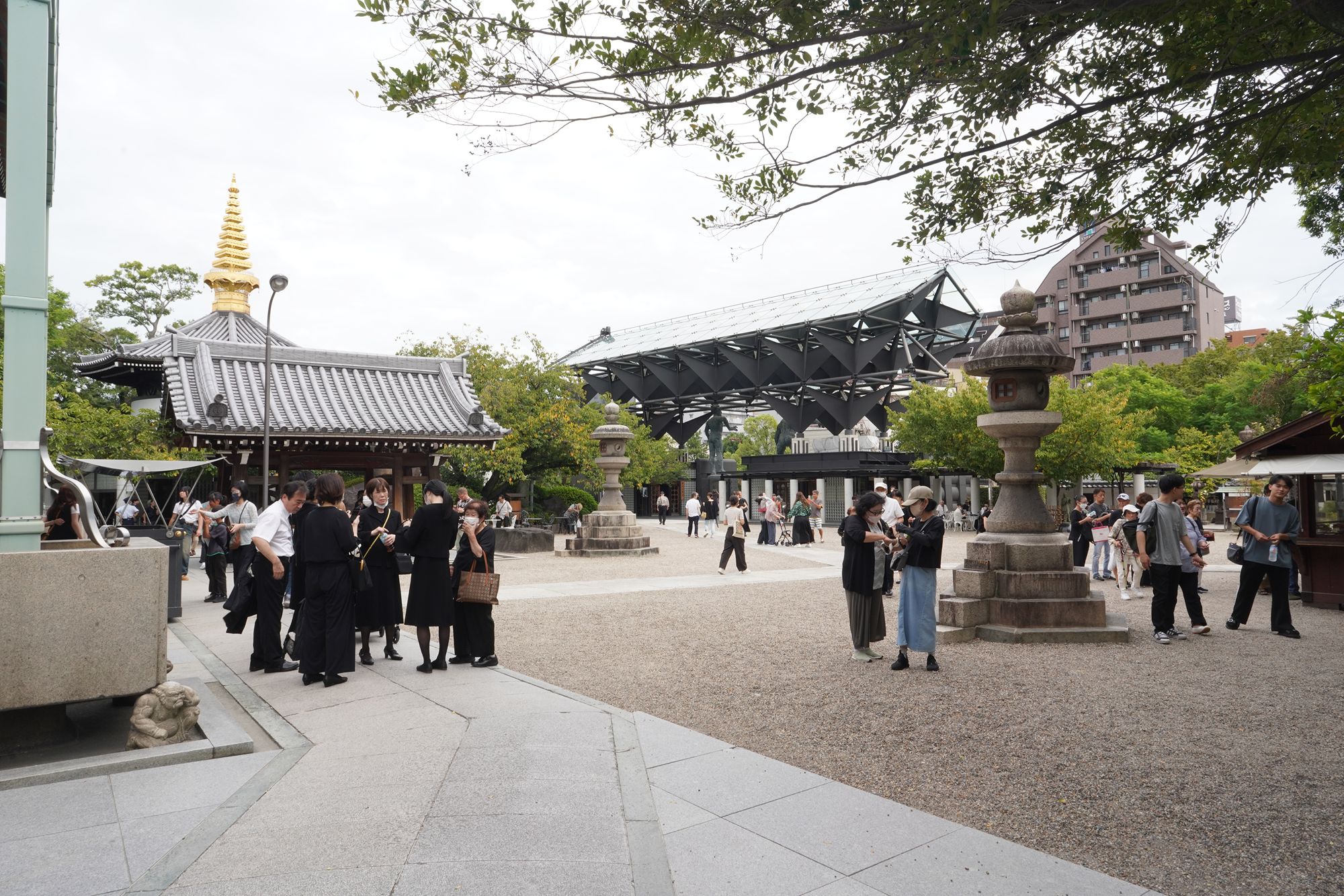
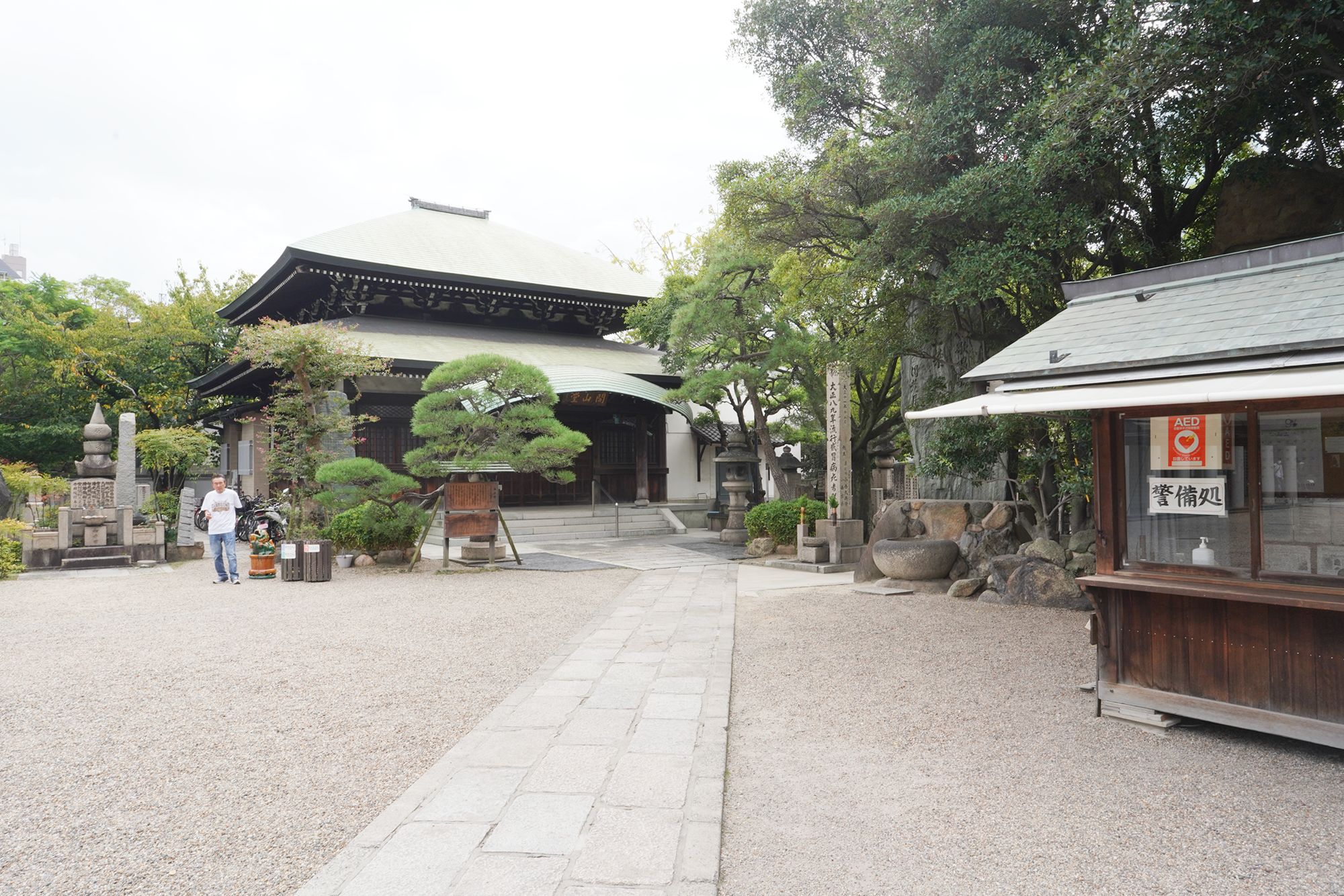
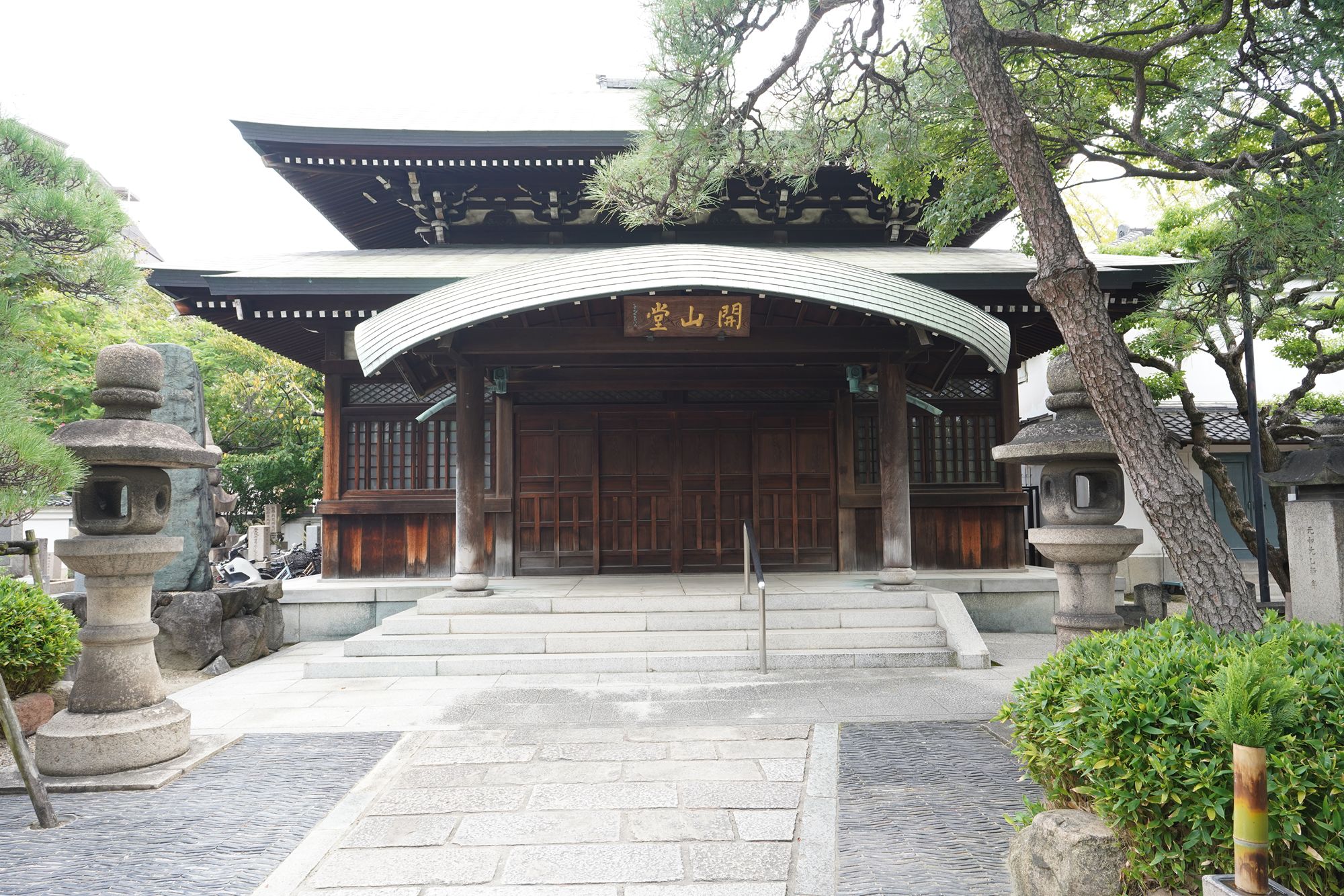
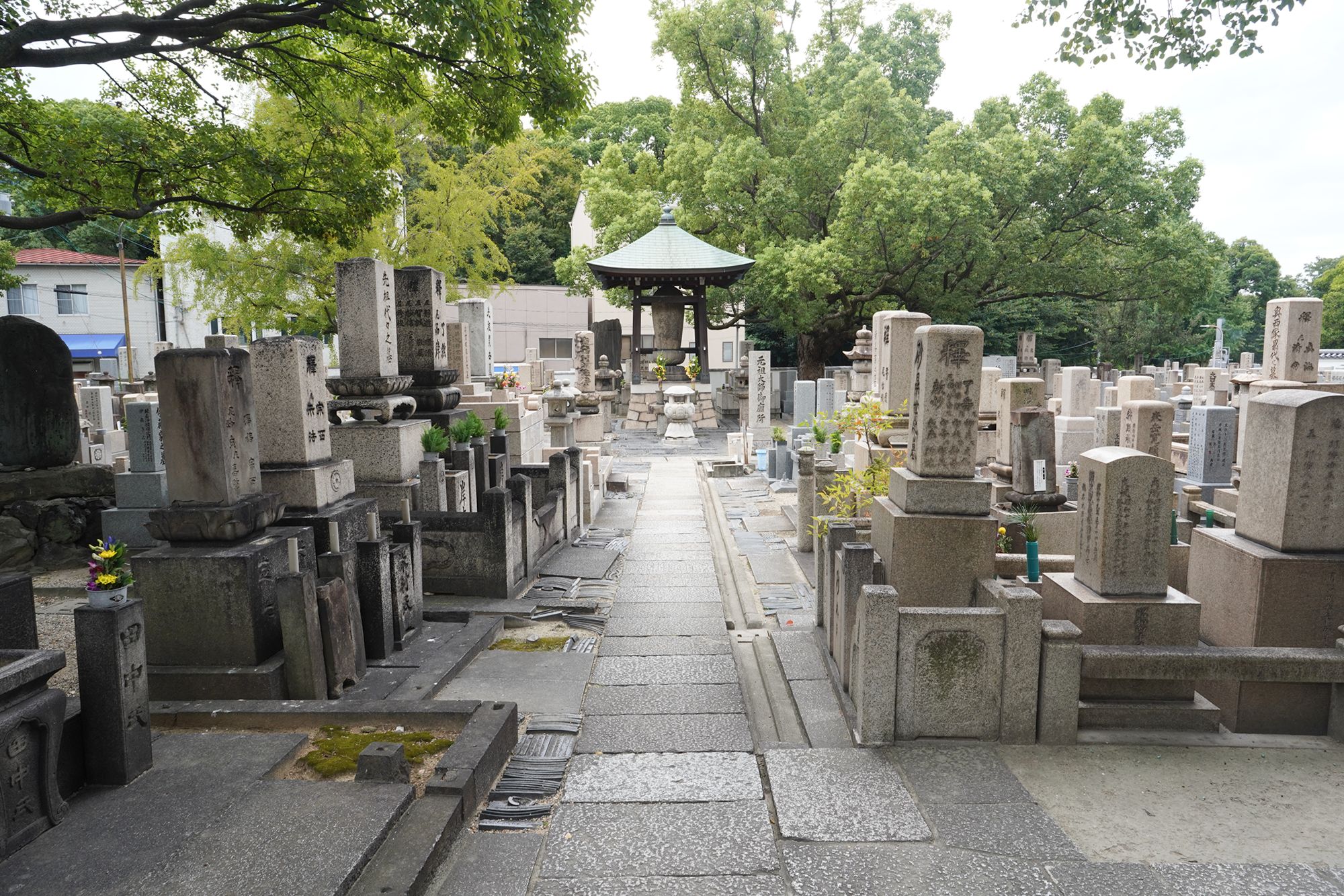
At a short walk from Isshiniji temple is Shitennō-ji temple.
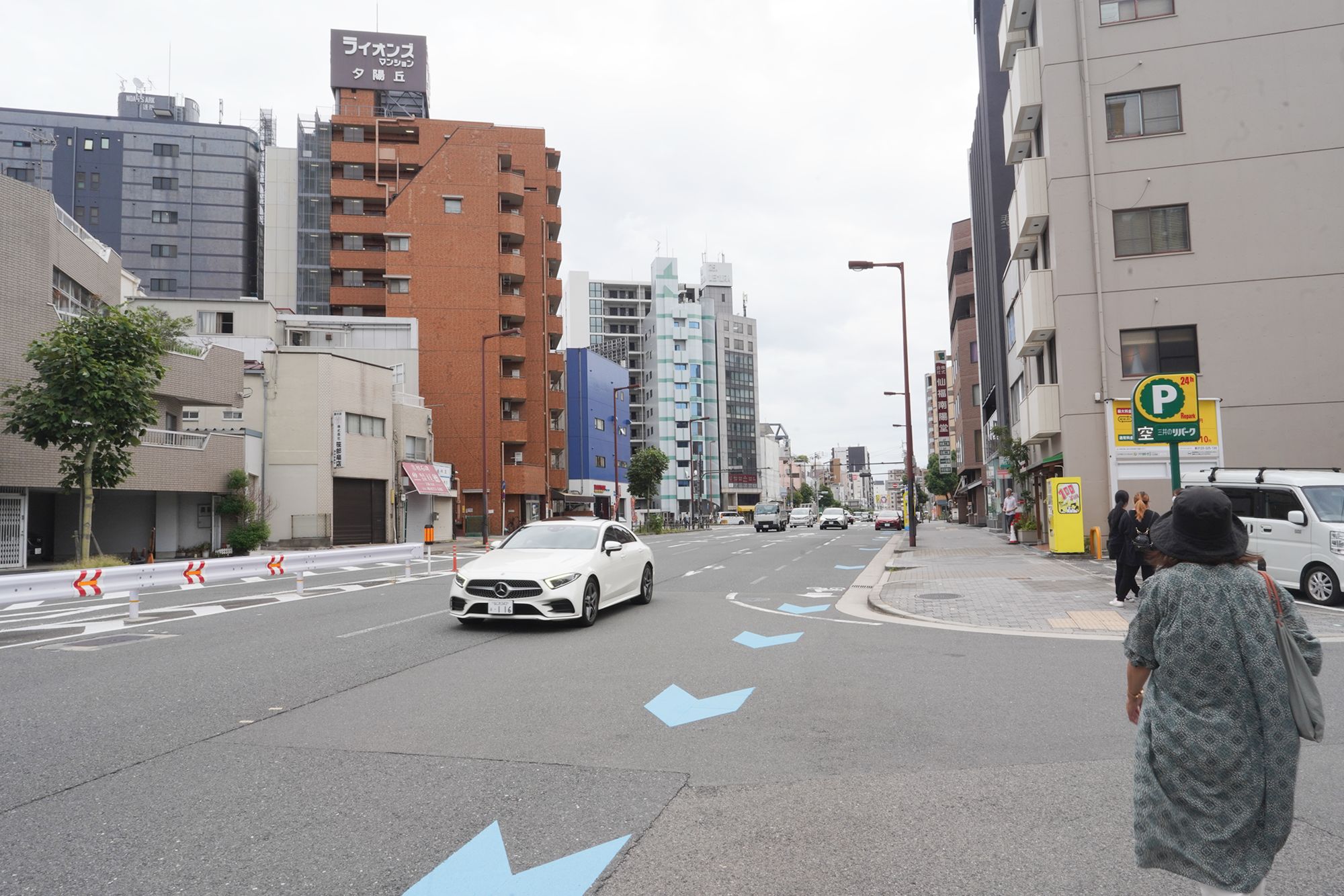
The Shitennō-ji Temple
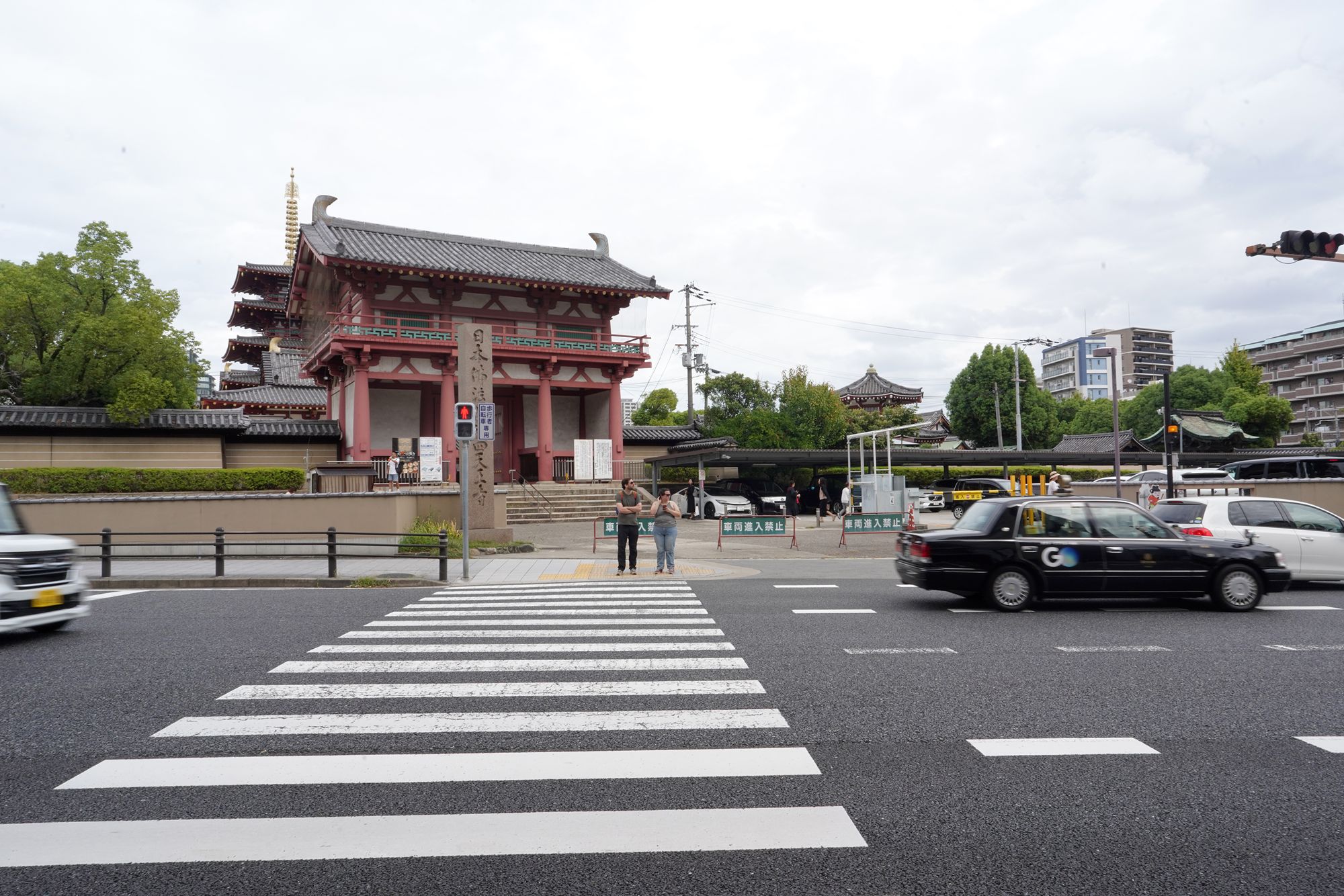
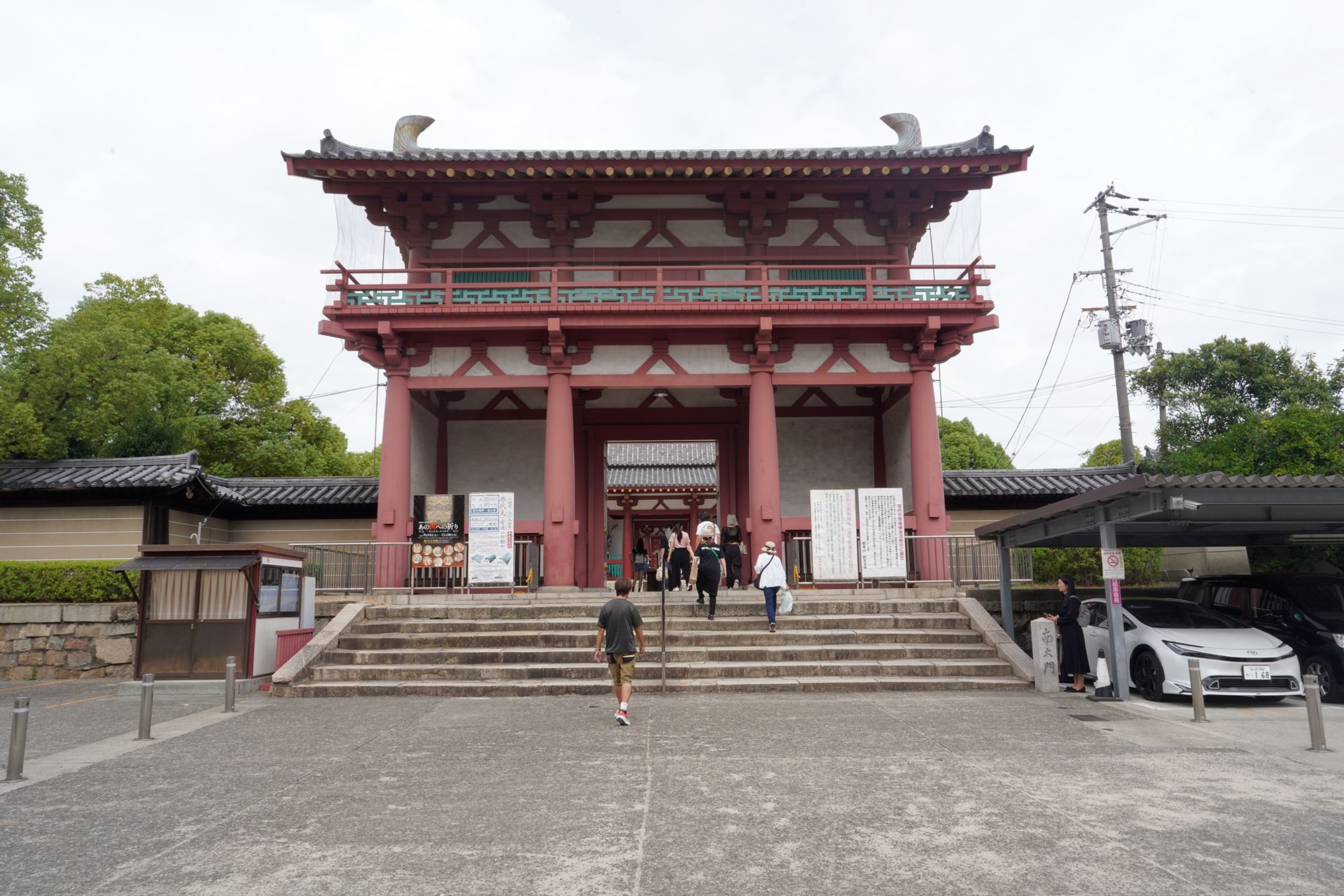
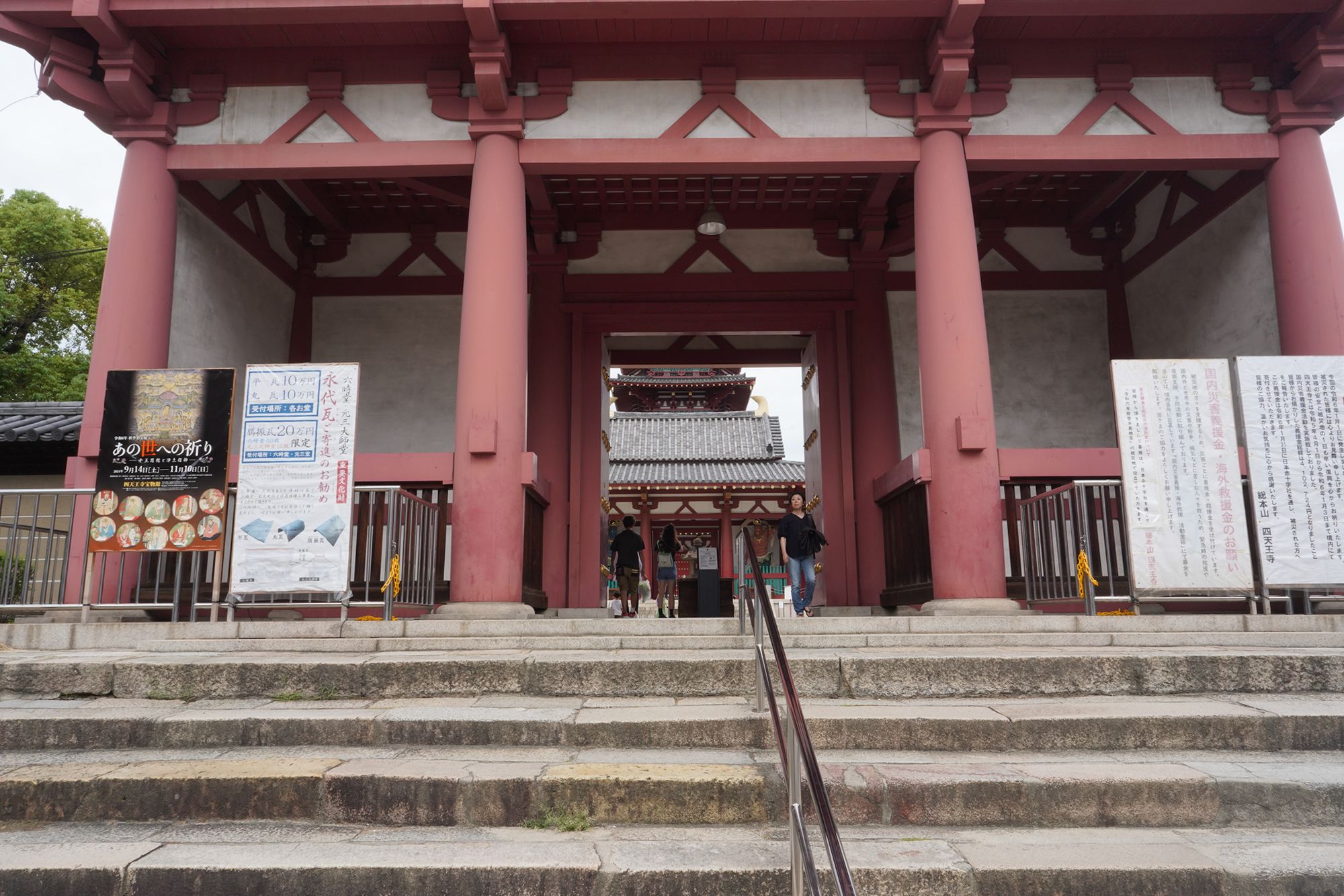
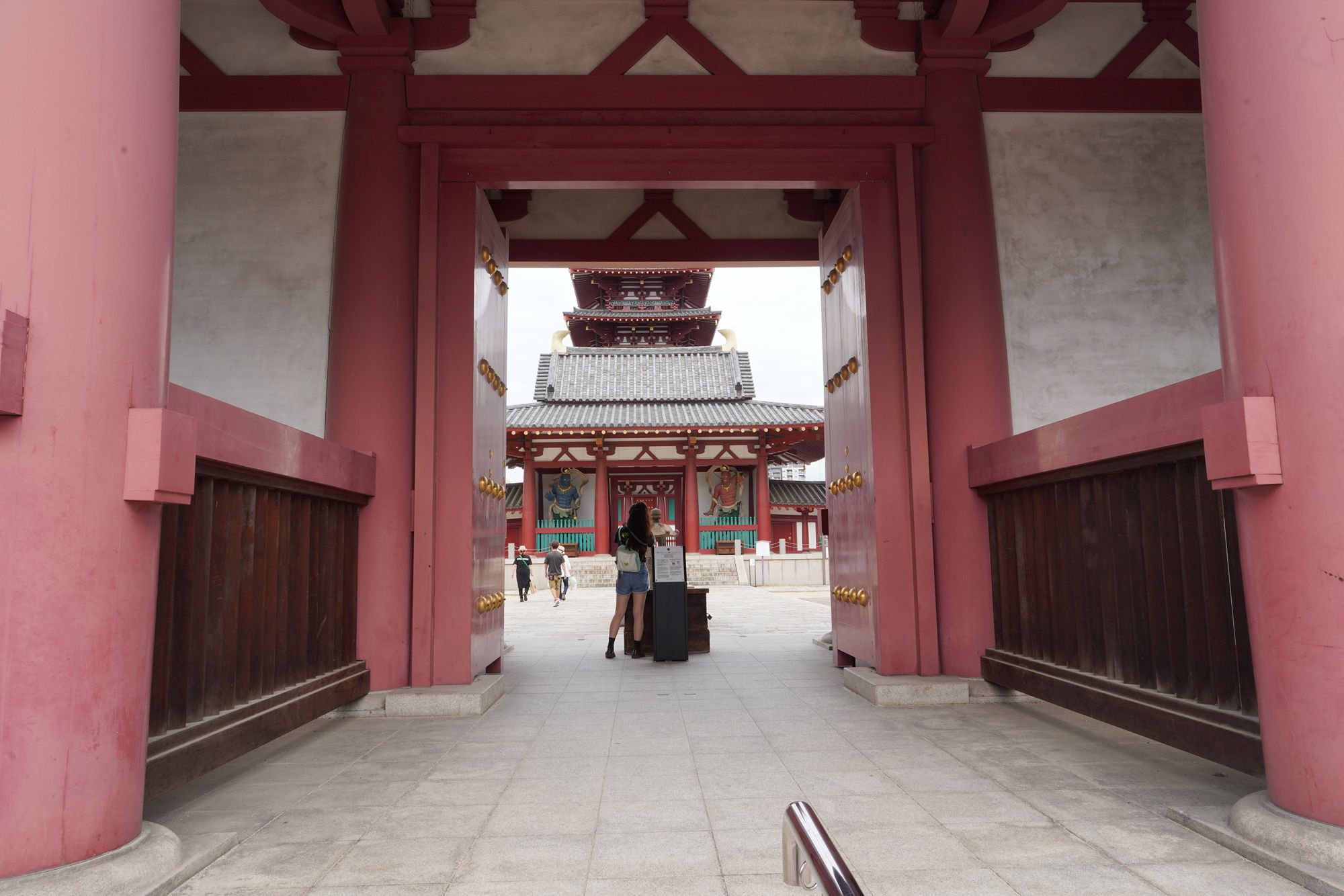
Shitennō-ji (四天王寺) is one of the oldest and most significant Buddhist temples in Japan, located in the Tennoji district of Osaka. Established in 593 CE, it is renowned for its historical importance and architectural beauty.
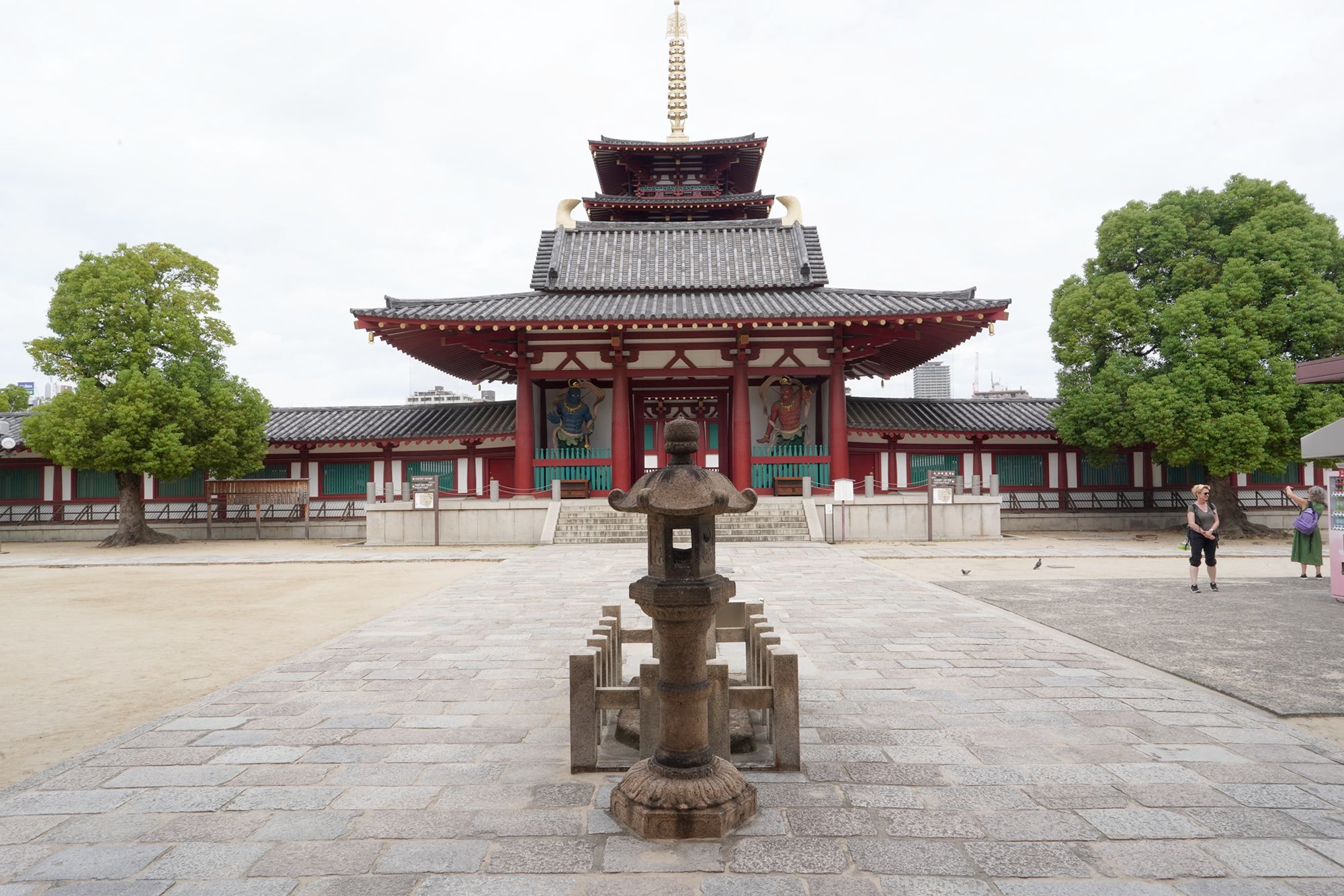
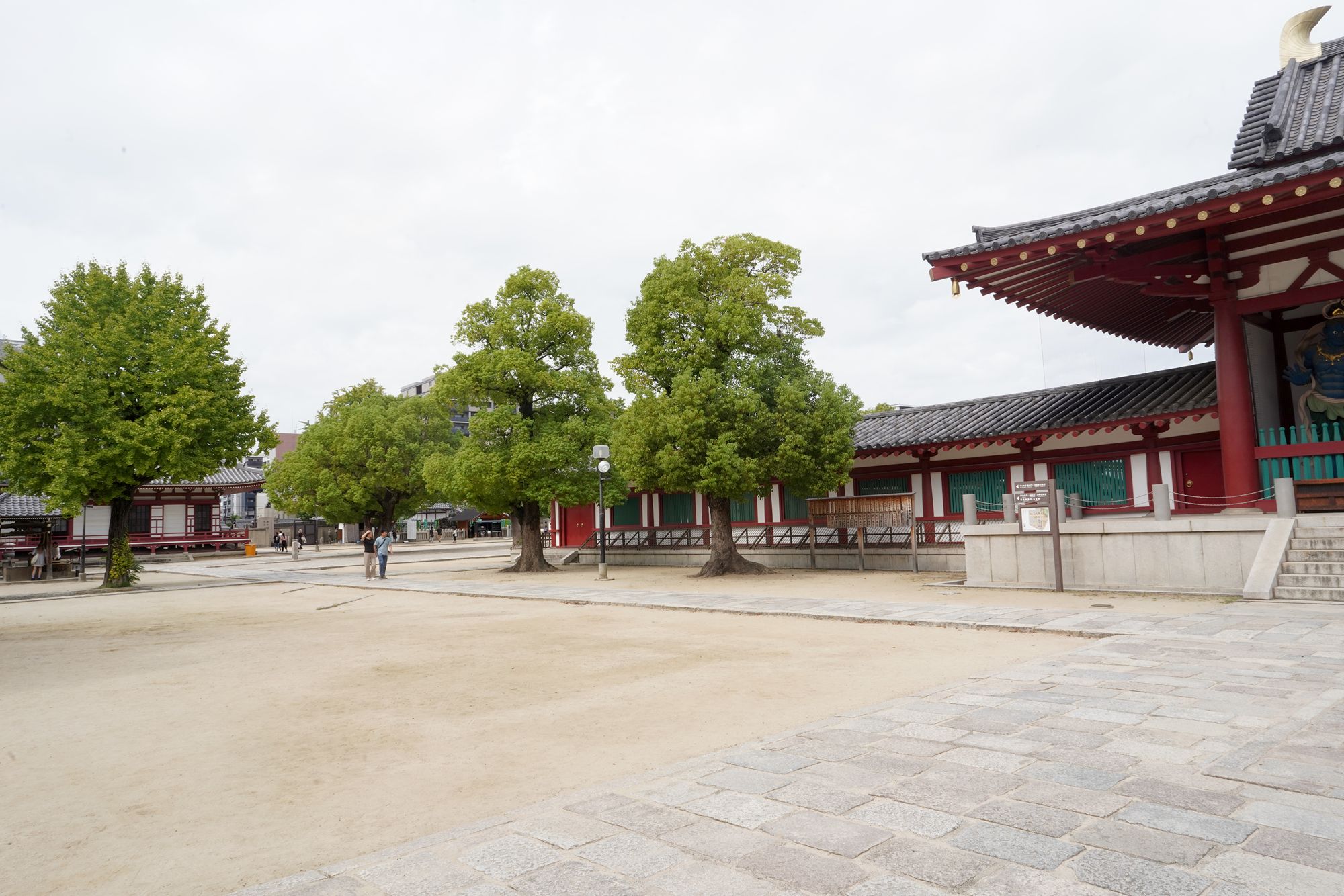
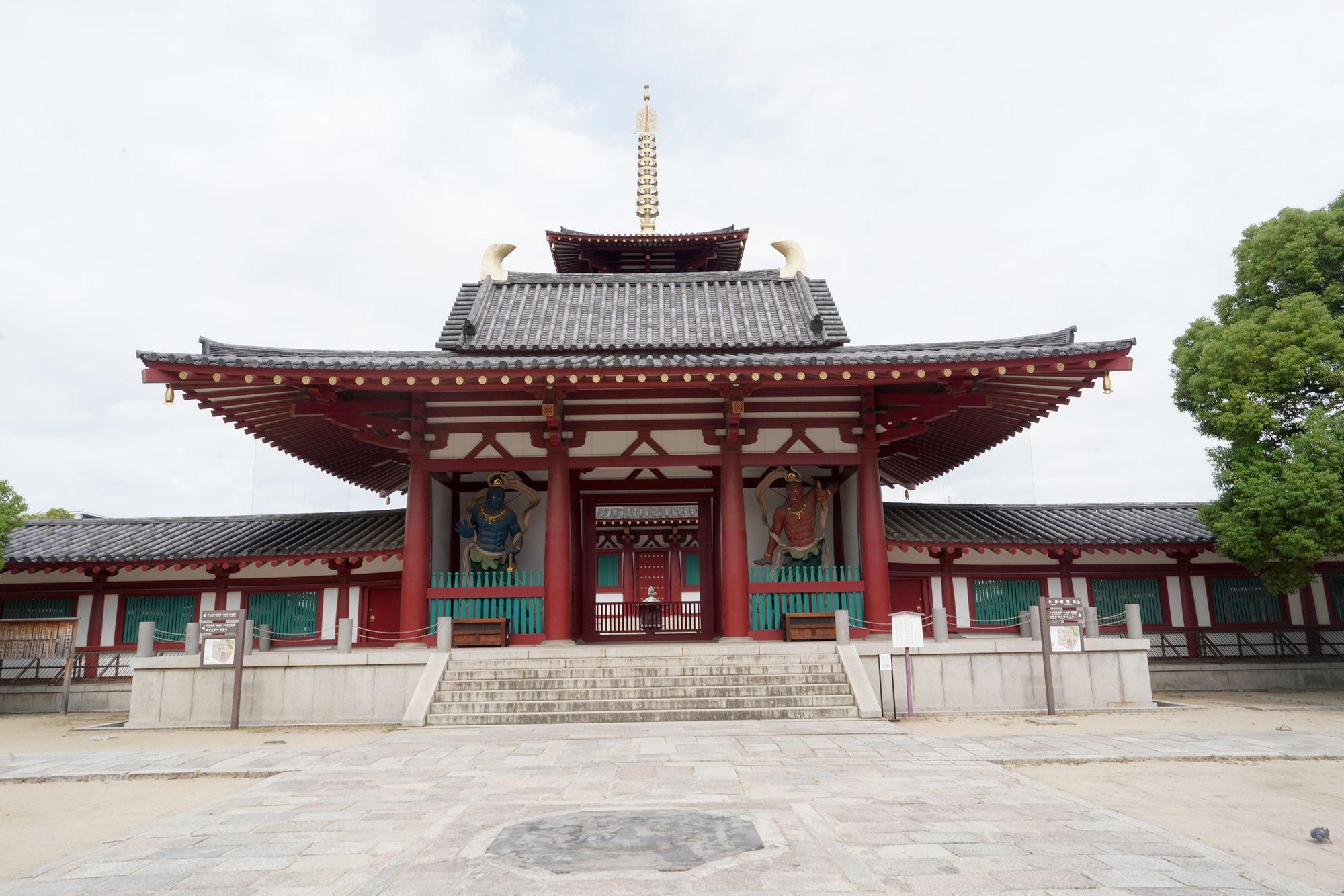
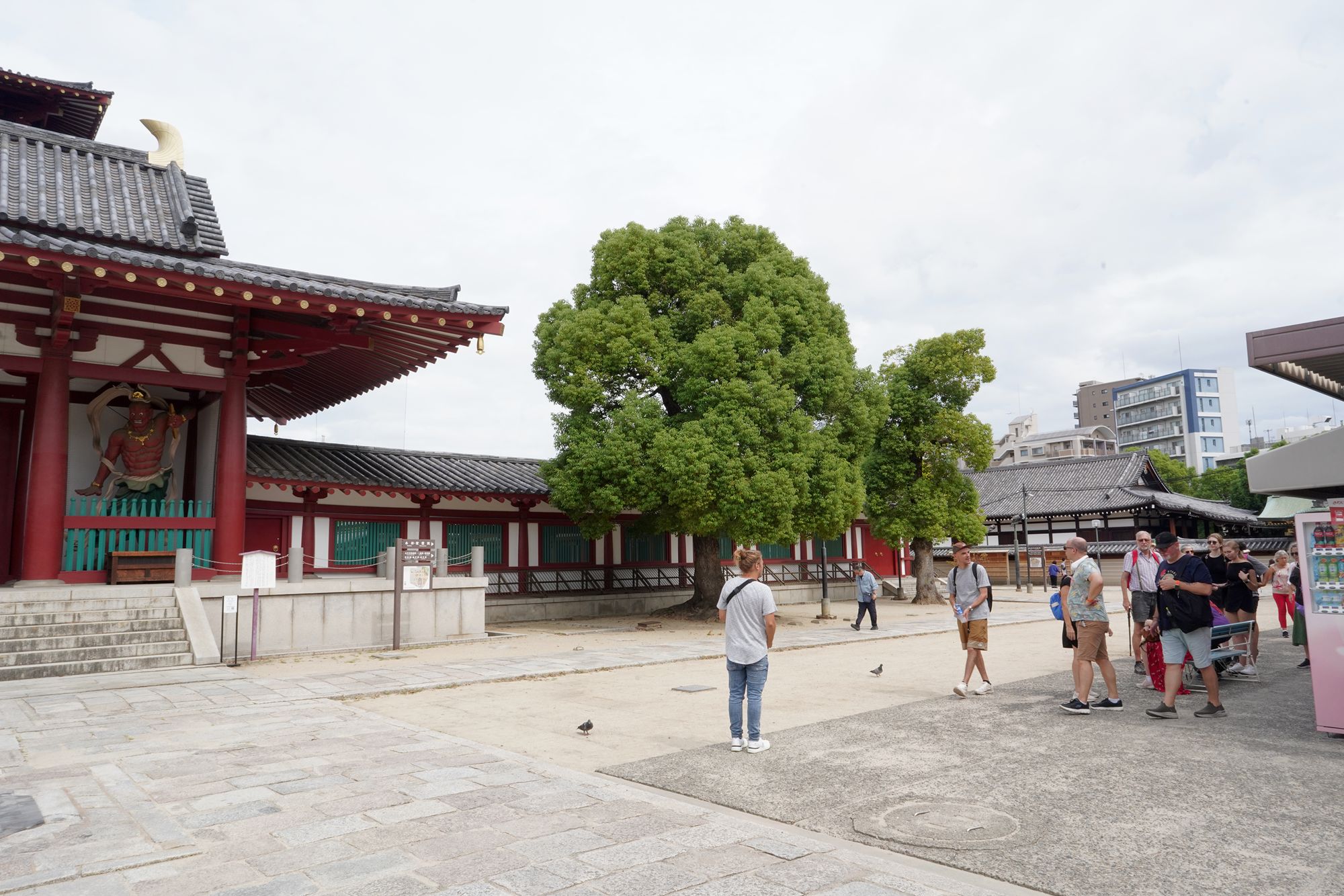
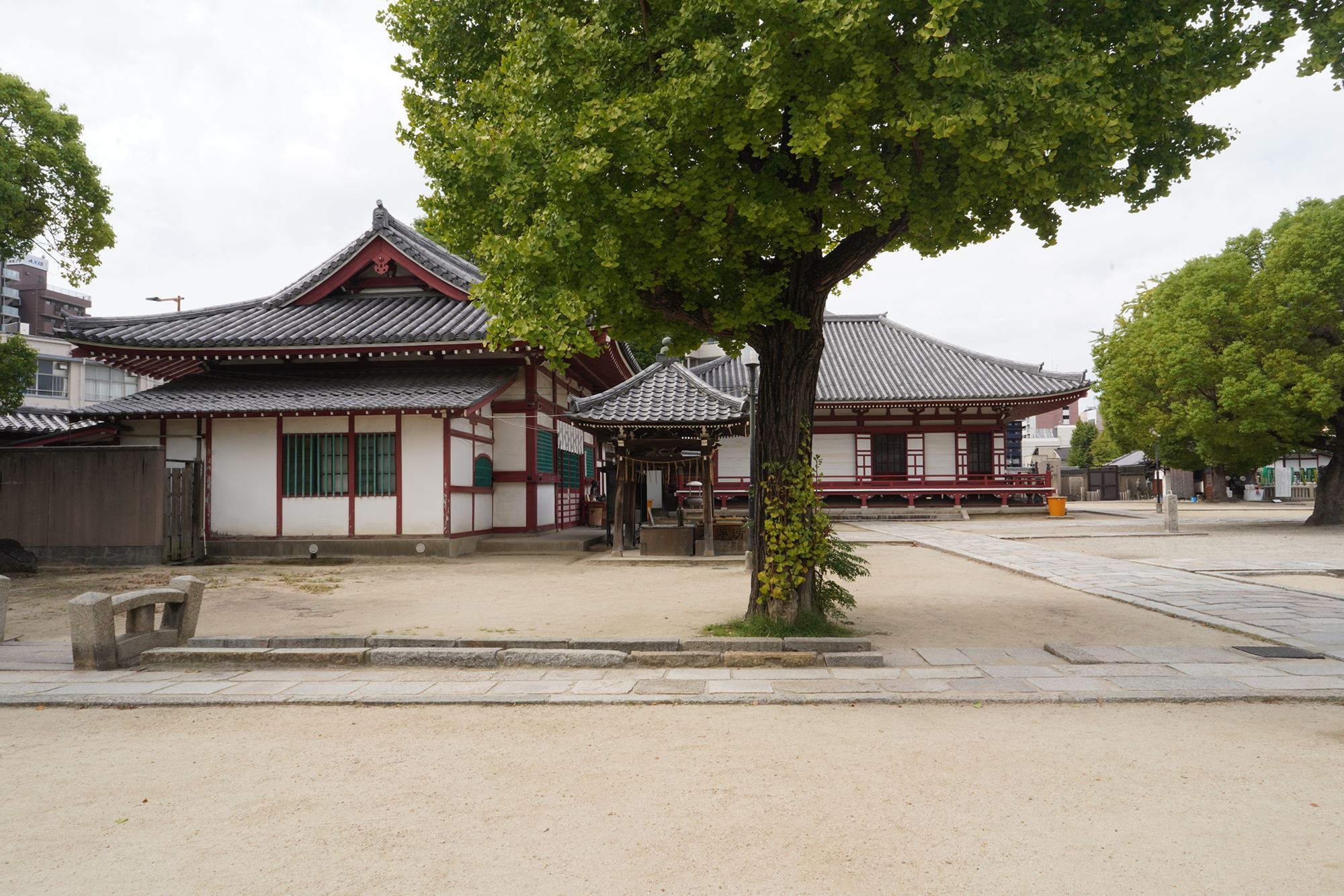
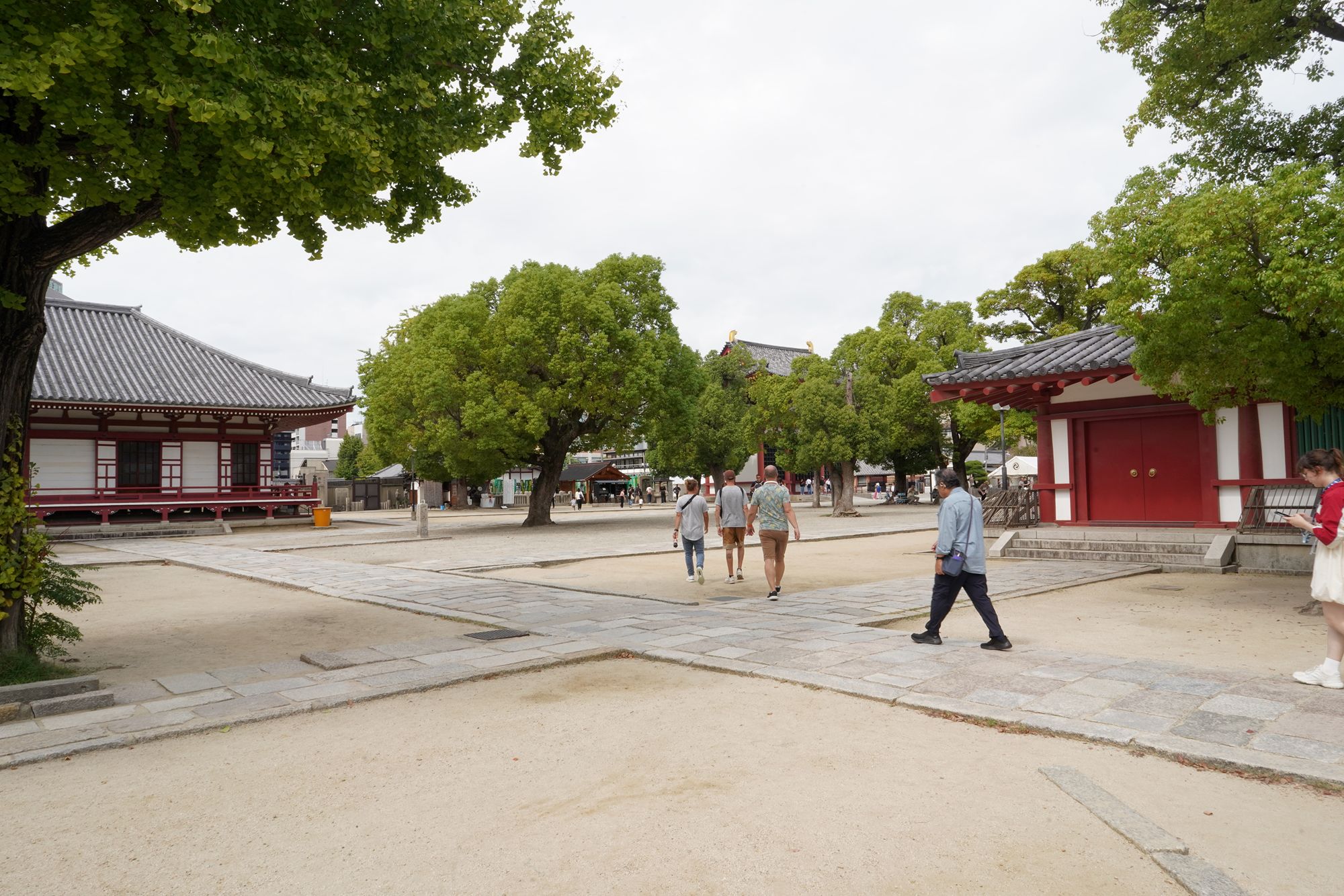
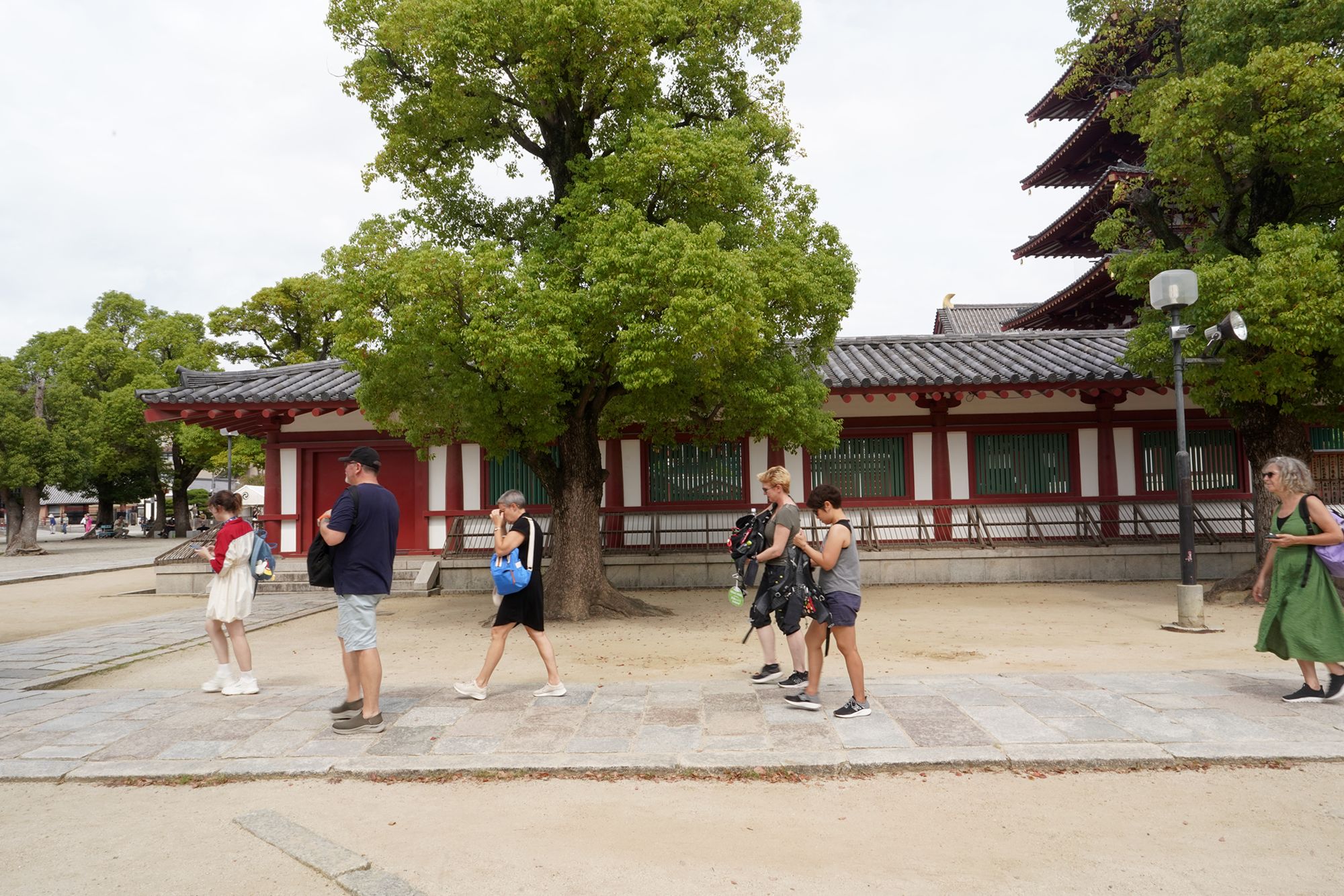
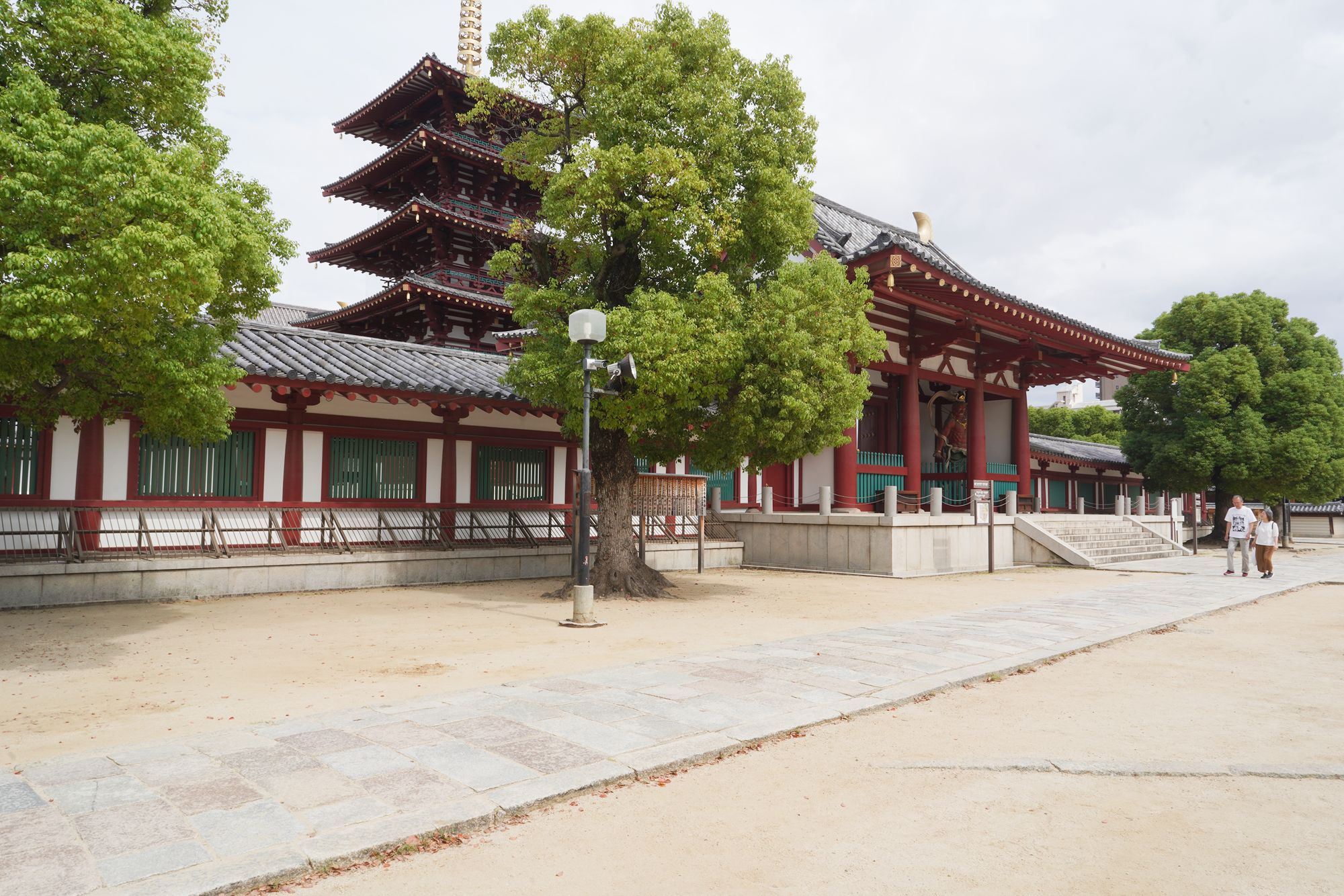
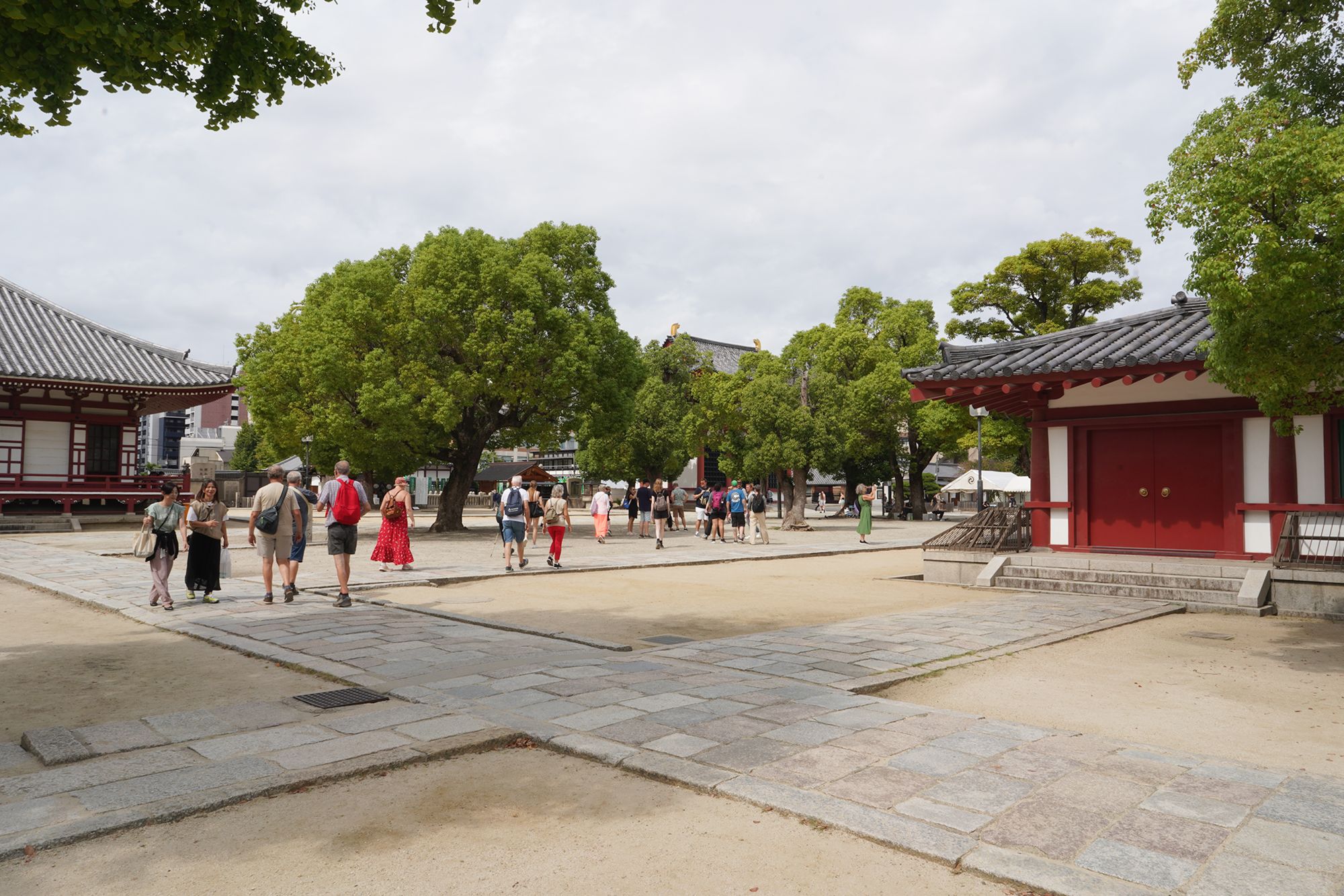

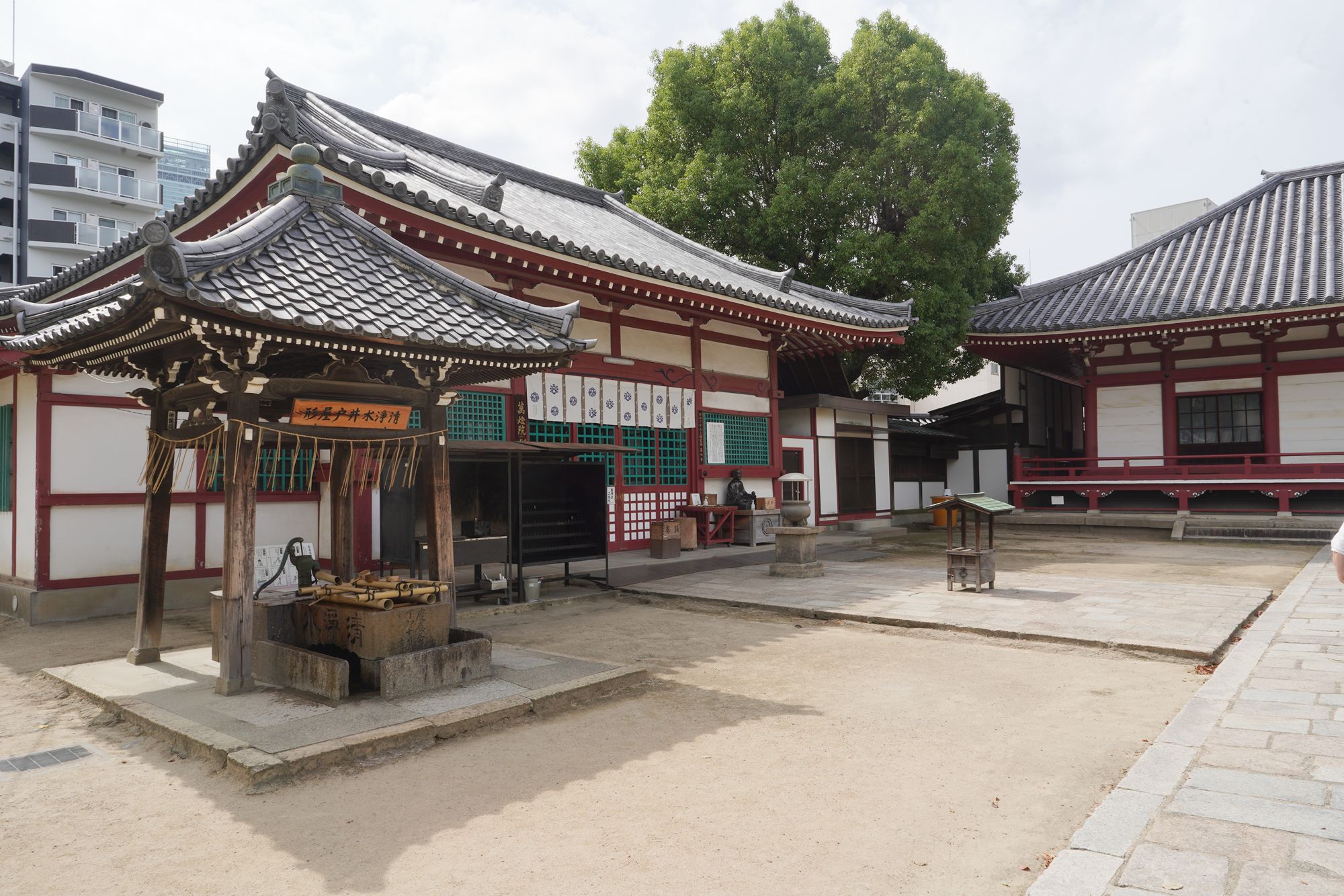
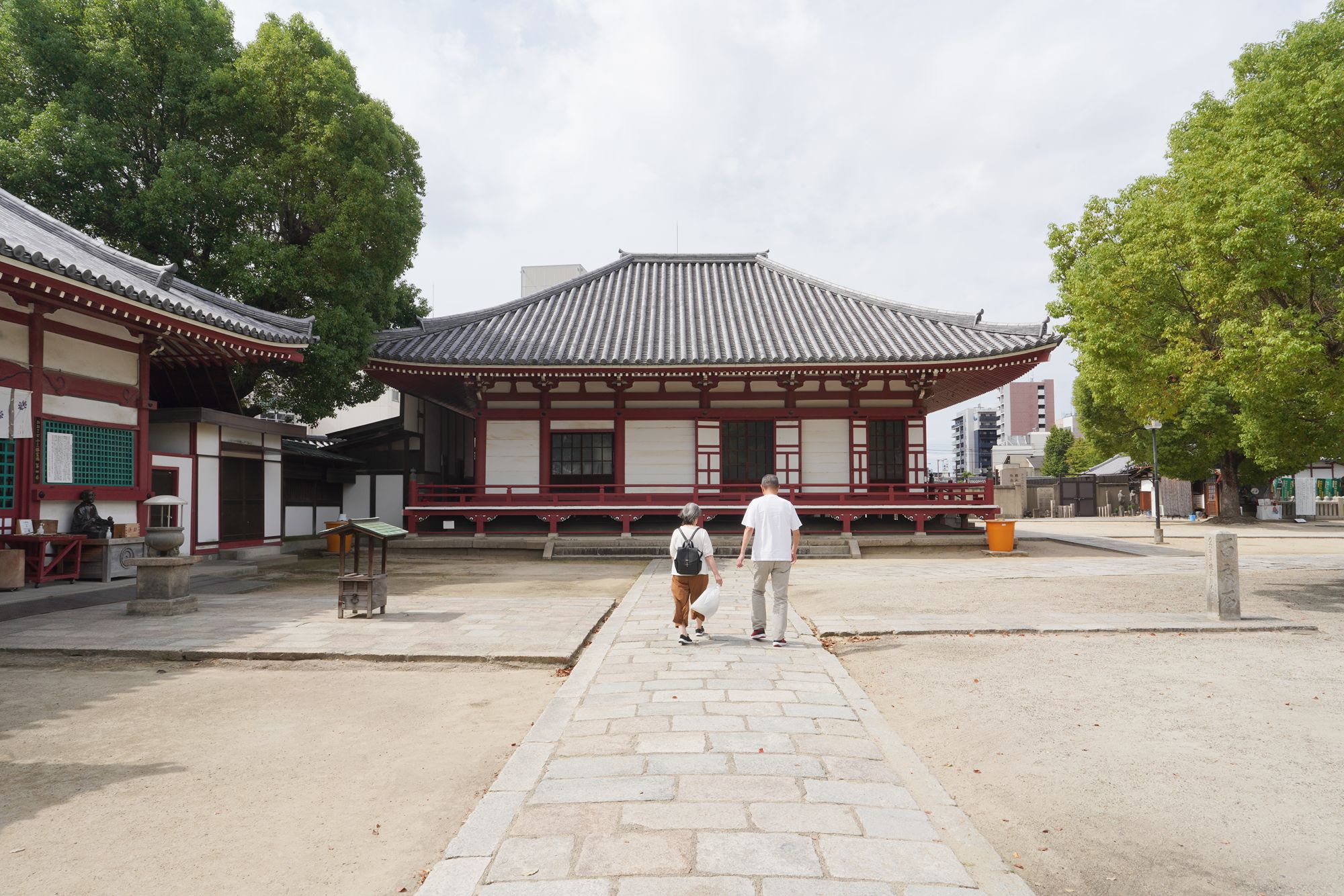
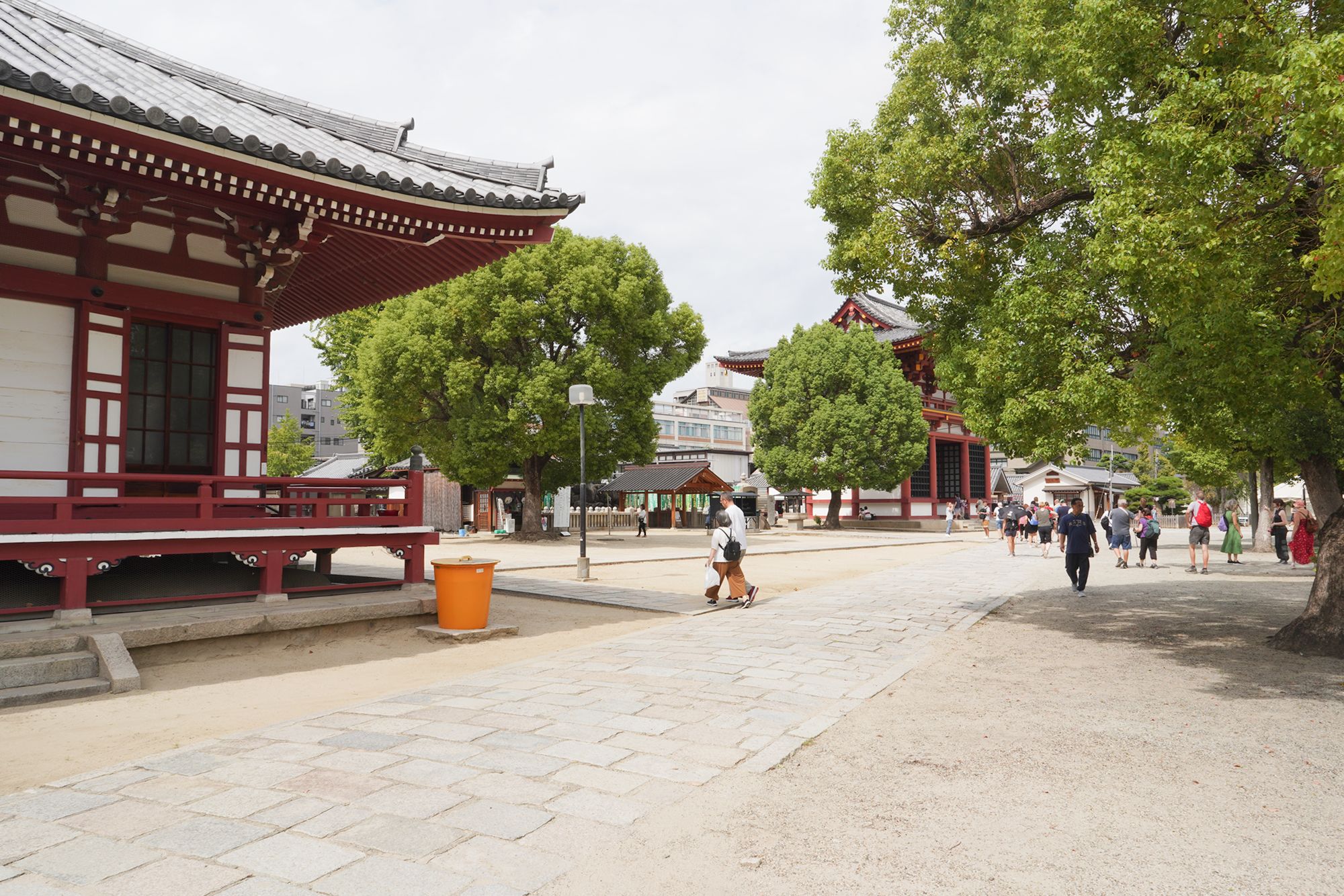
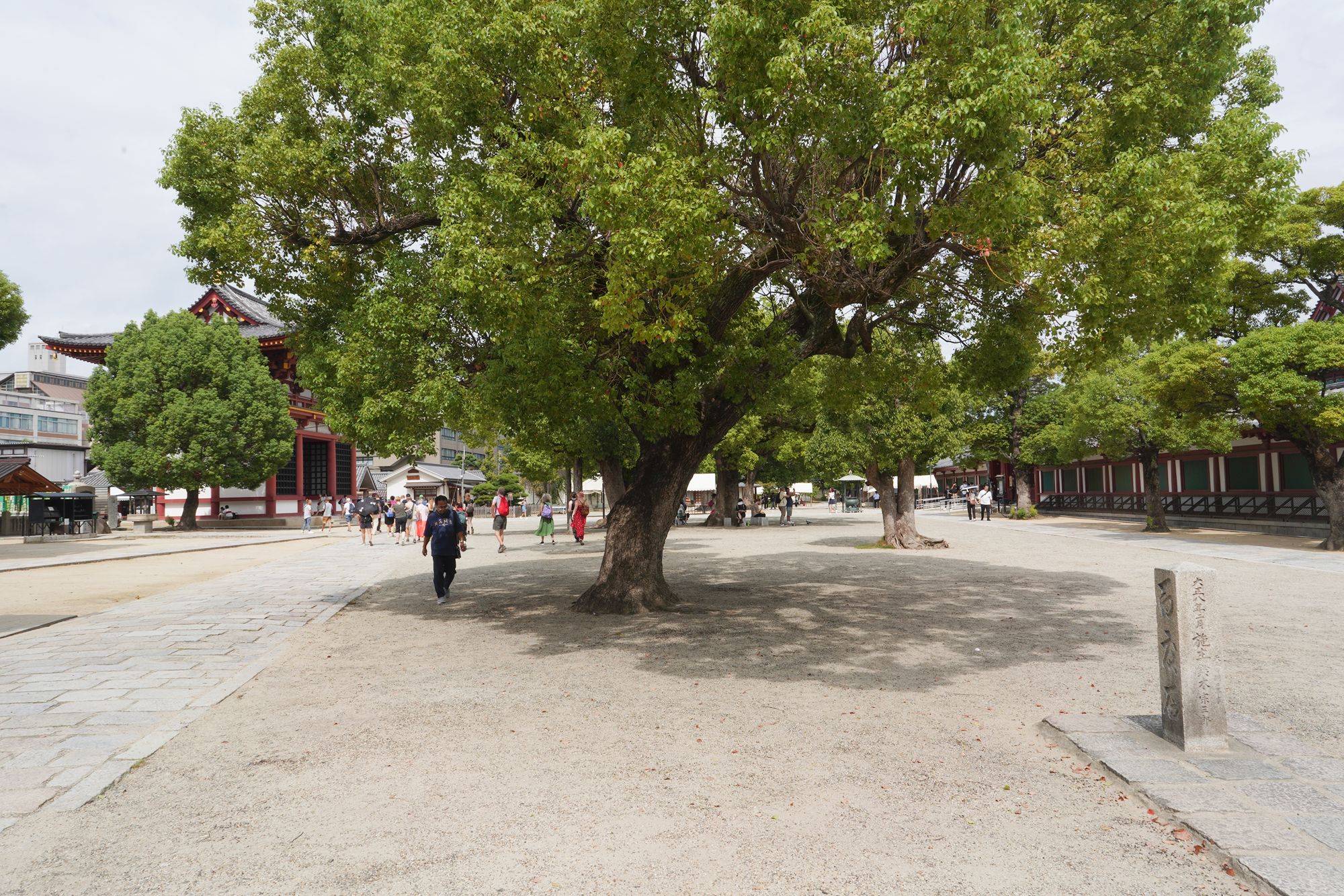
Founded by Prince Shōtoku, who played a pivotal role in promoting Buddhism in Japan.
Shitennō-ji is dedicated to the Four Heavenly Kings (Shitennō), Buddhist deities believed to protect the world from evil.
It is regarded as the first state-sponsored Buddhist temple in Japan, marking a significant milestone in the spread of Buddhism.
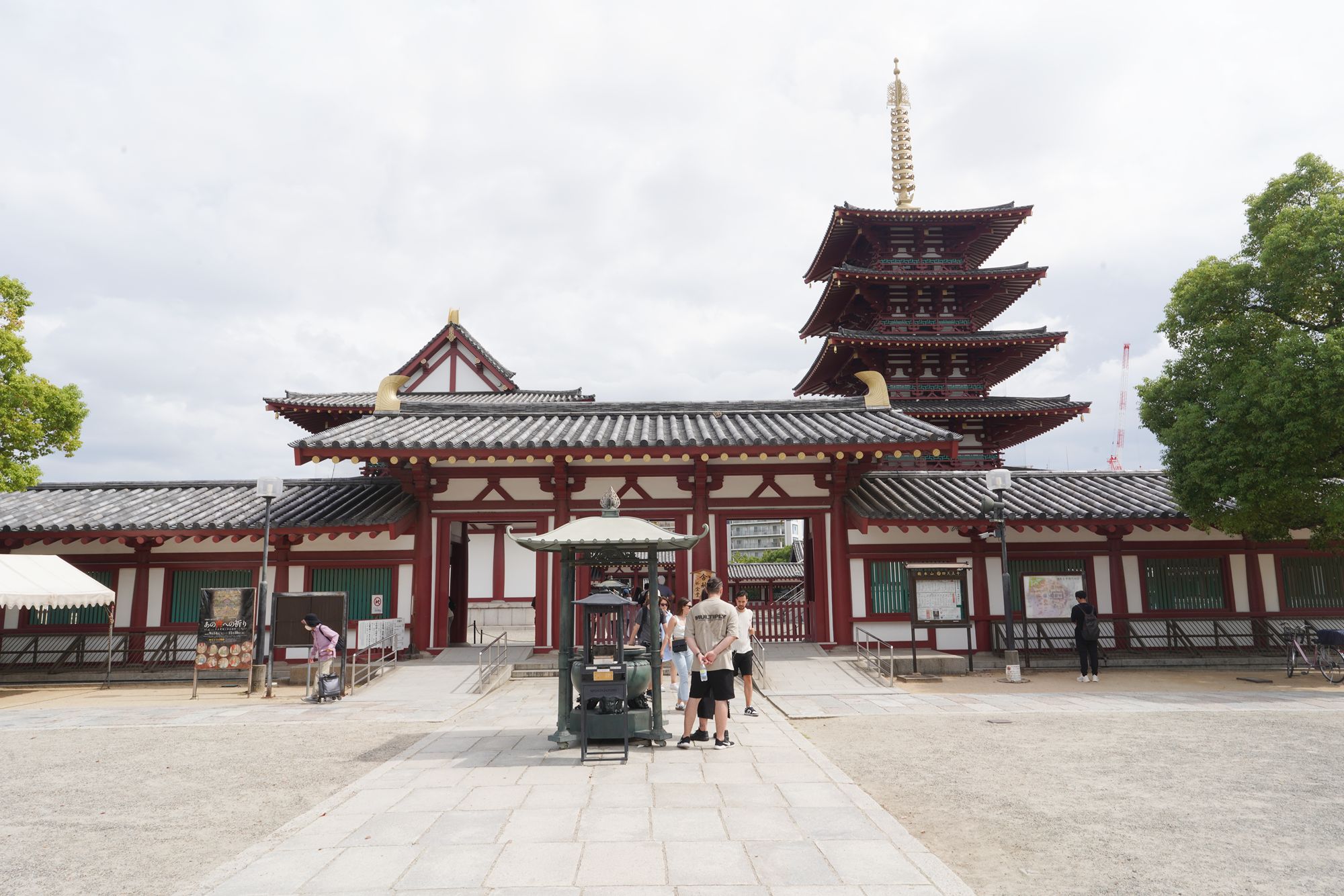
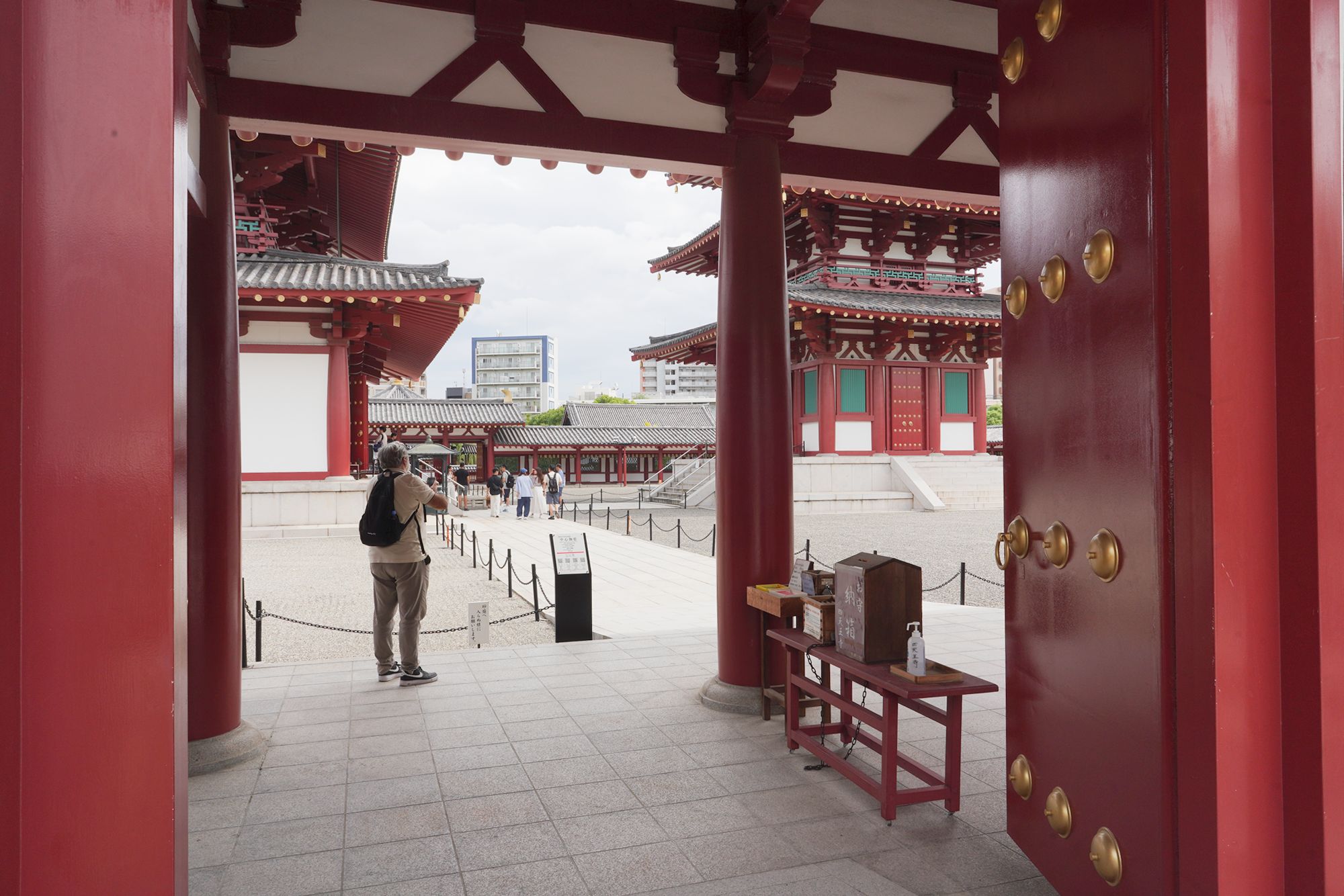
The temple complex follows a classic Buddhist temple design, with a central pagoda, a main hall (Kondō), a lecture hall (Kōdō), and a gate aligned in a straight line.
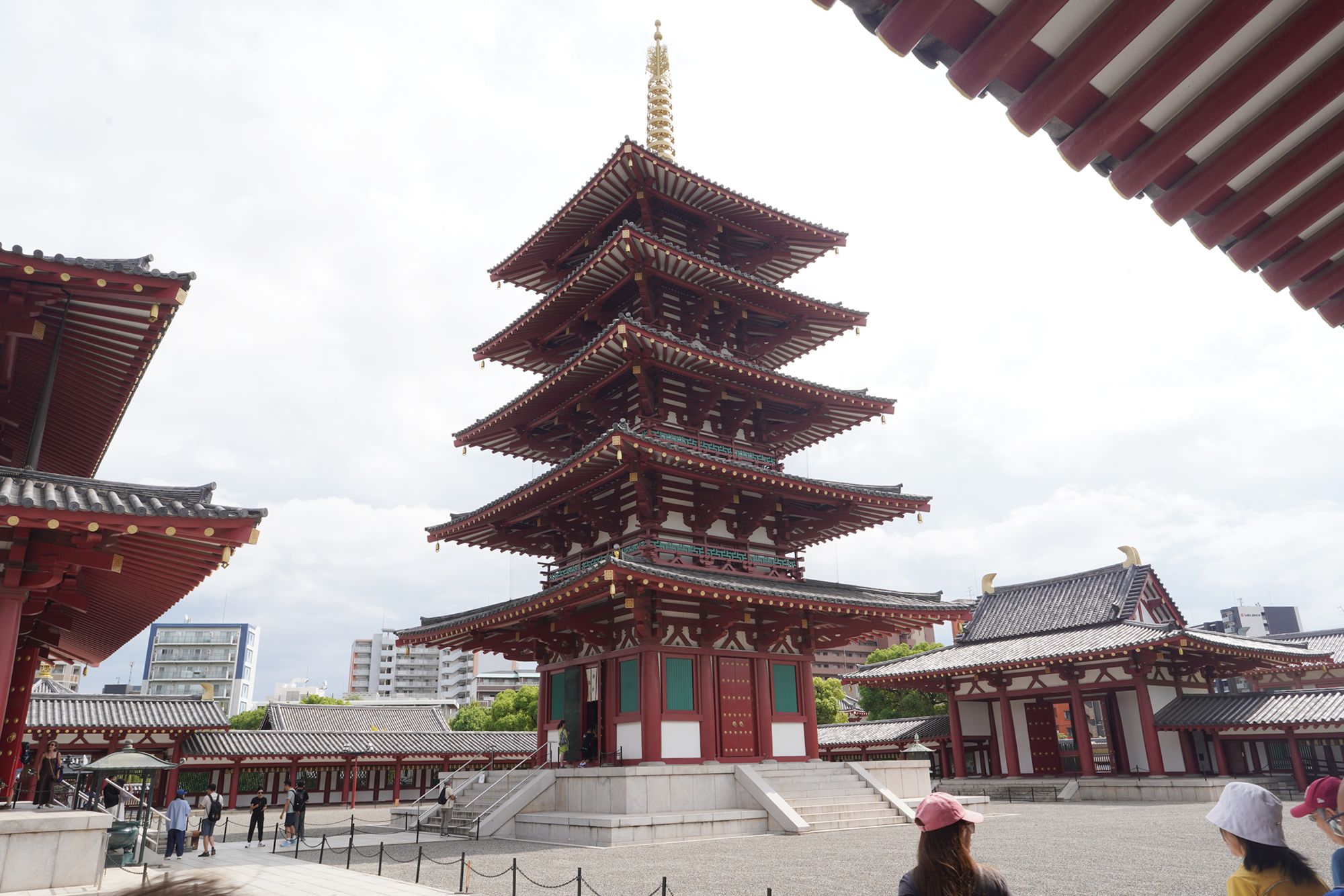
Though much of the temple has been reconstructed over the centuries due to fires and war, it retains its traditional aesthetic.
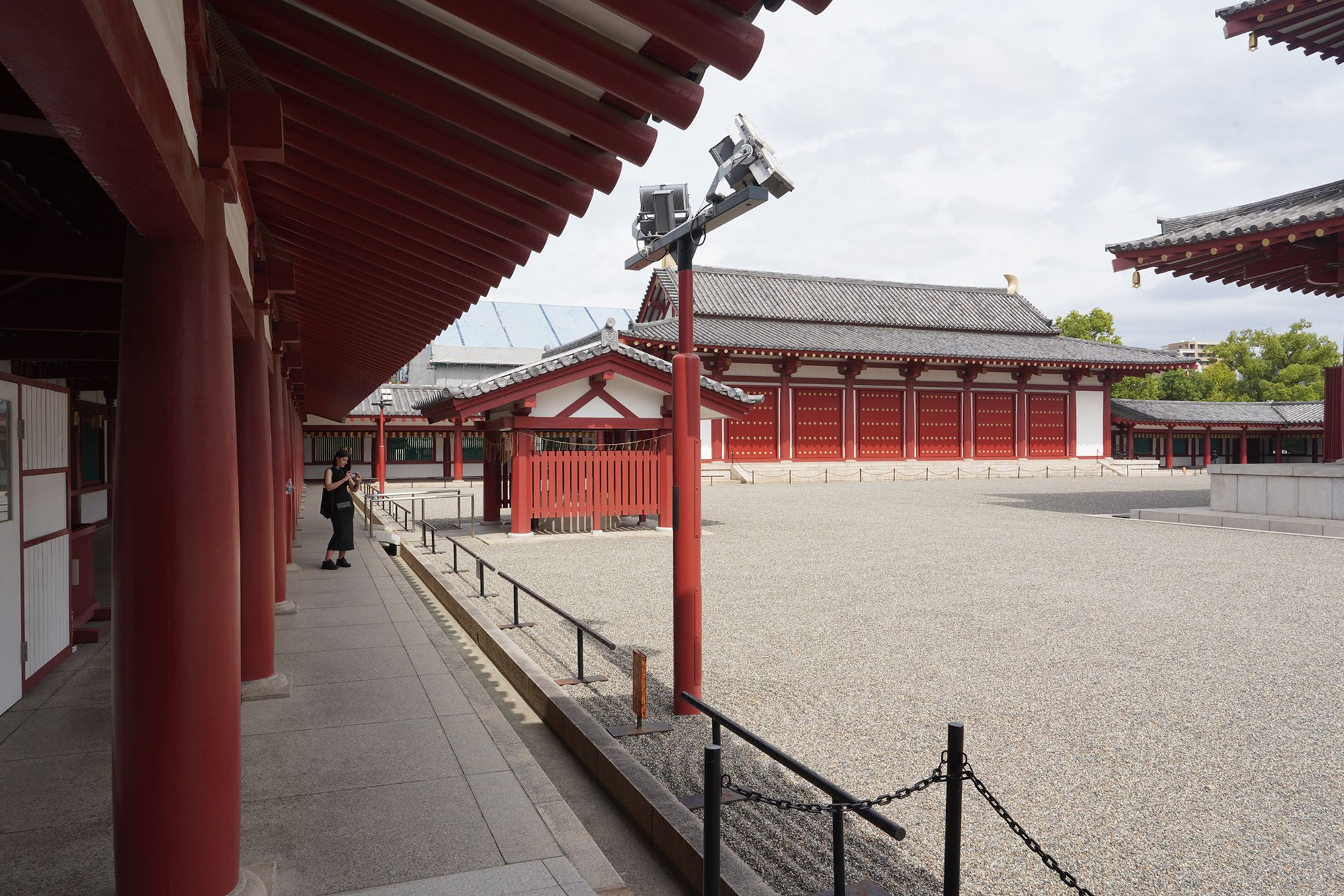
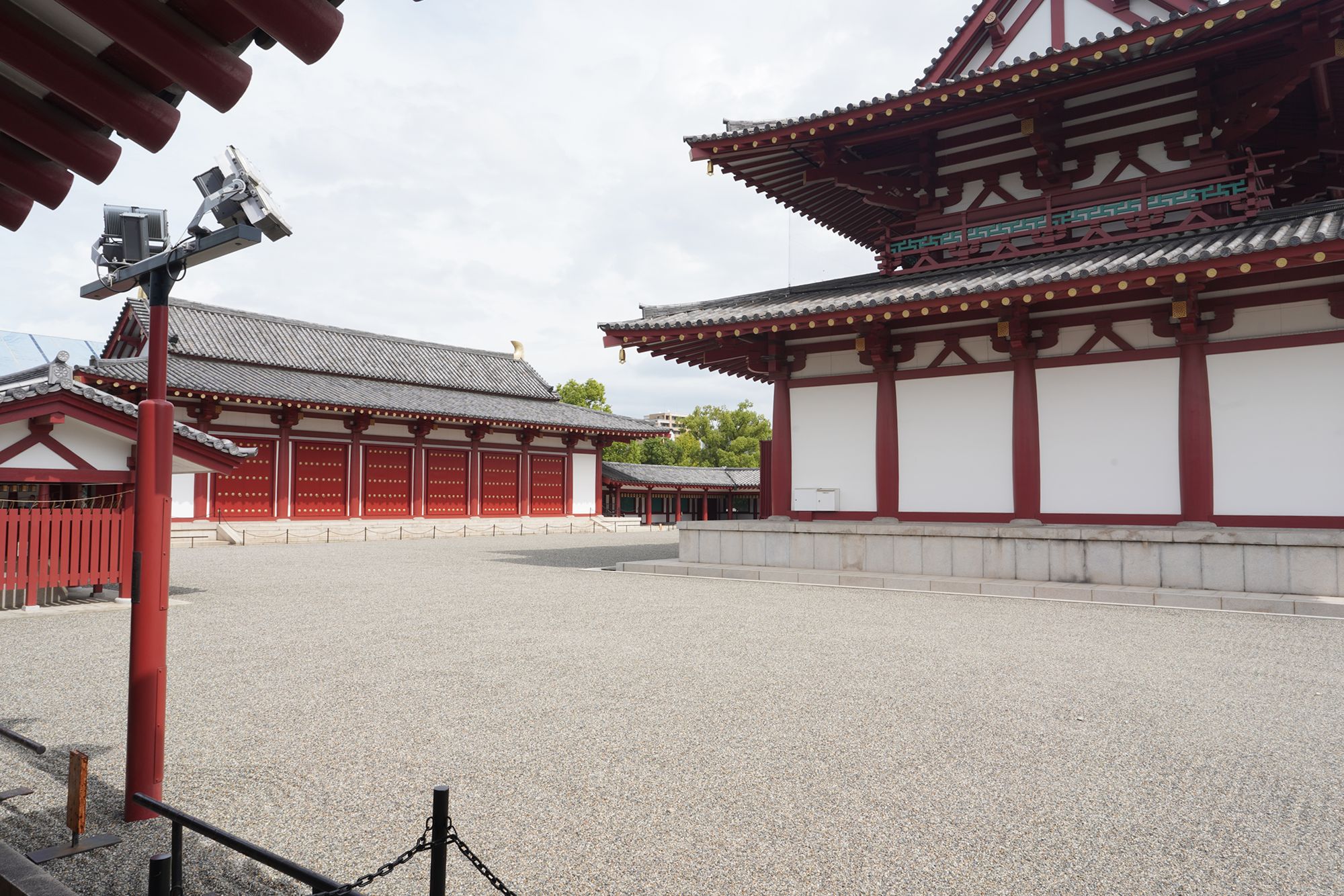
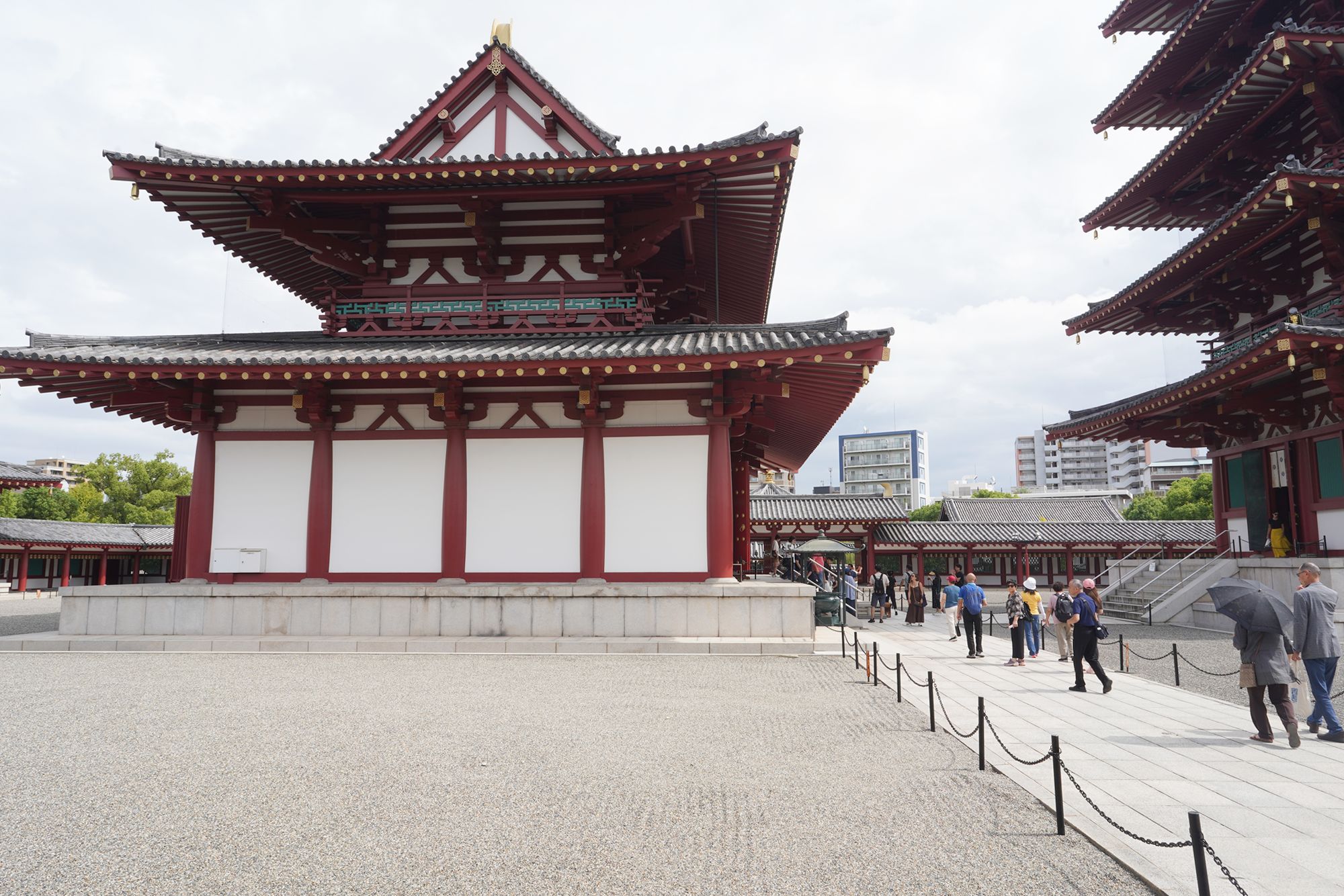
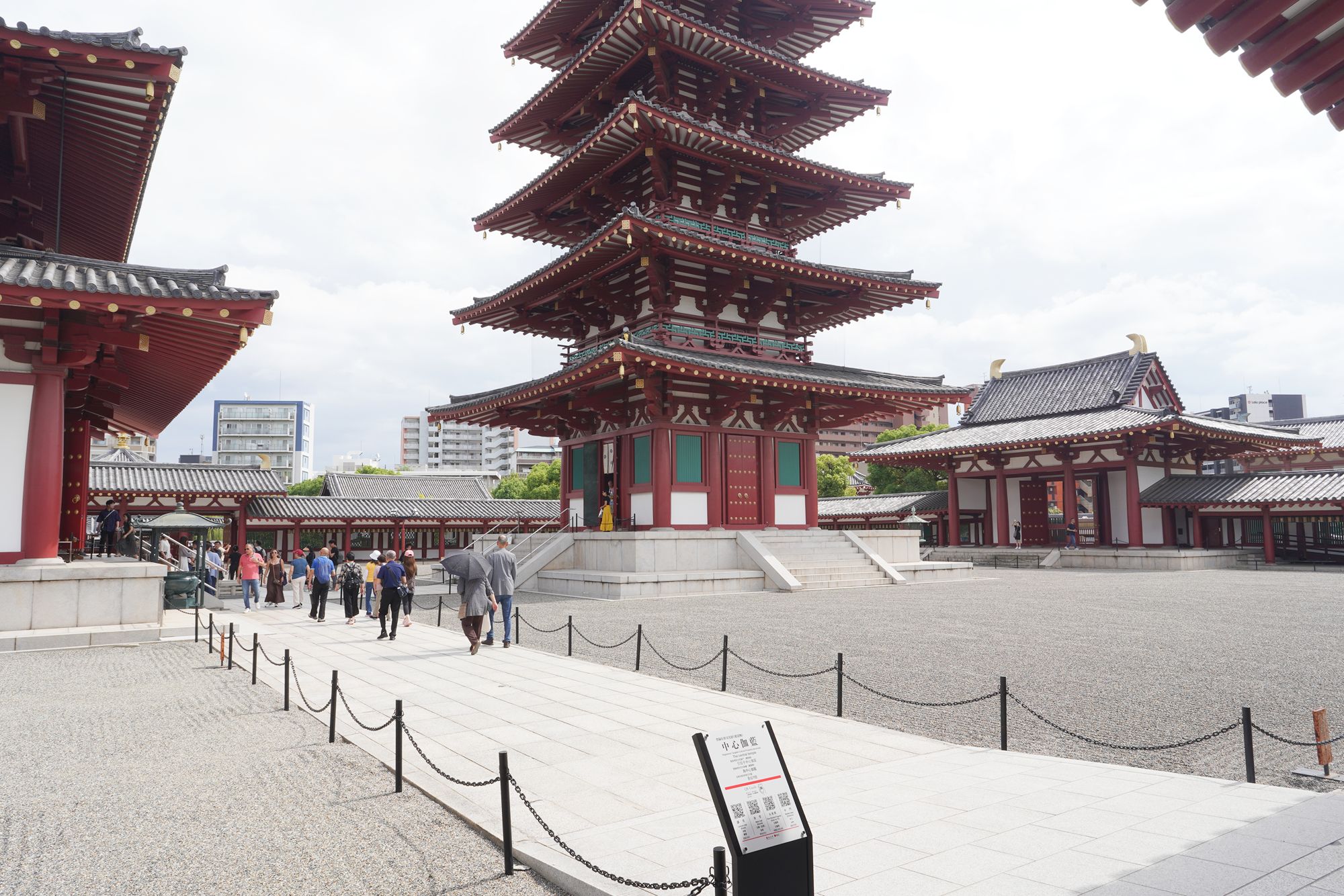
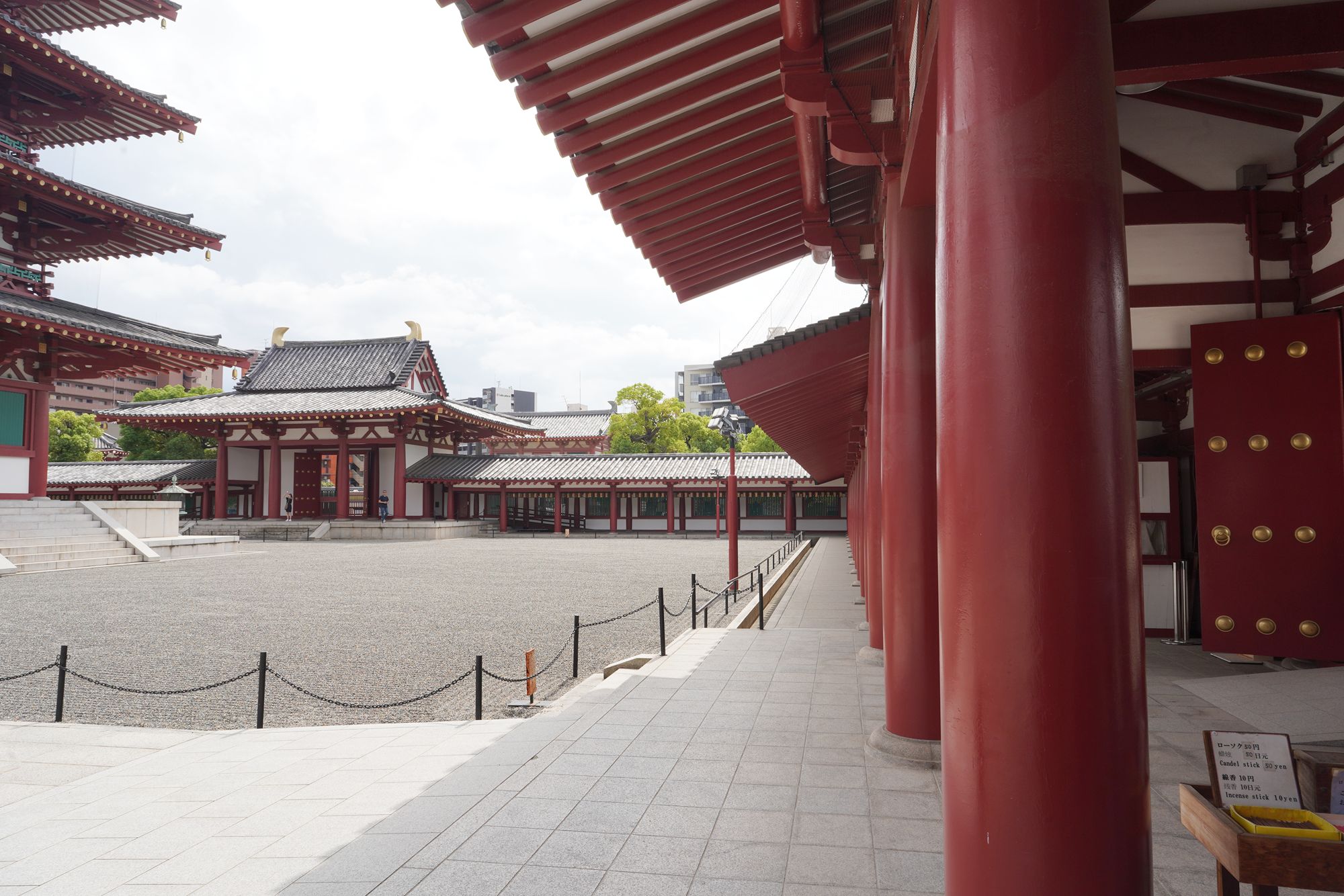
Central Pagoda: The iconic five-story pagoda symbolizes the temple’s role as a beacon of Buddhist faith.
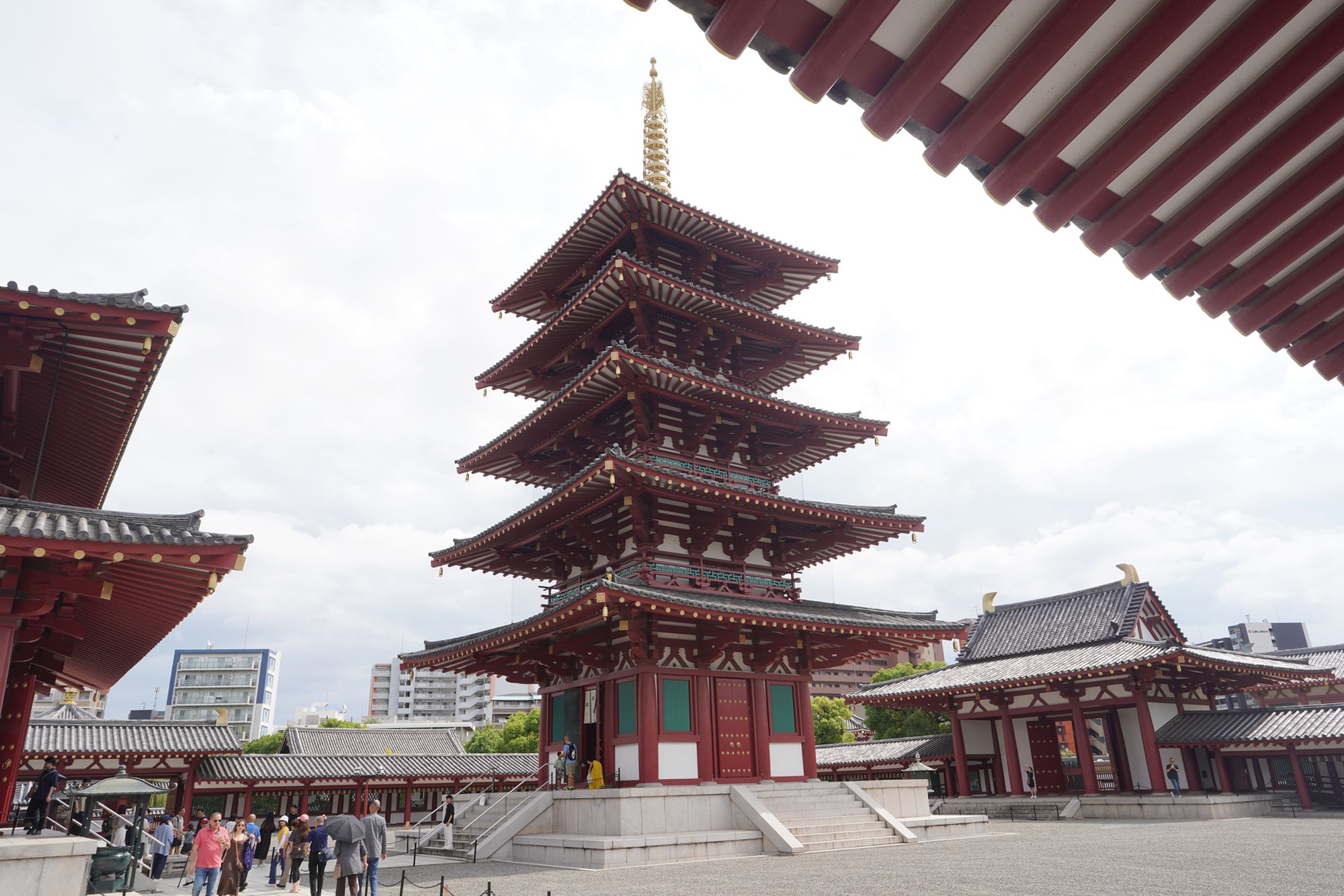
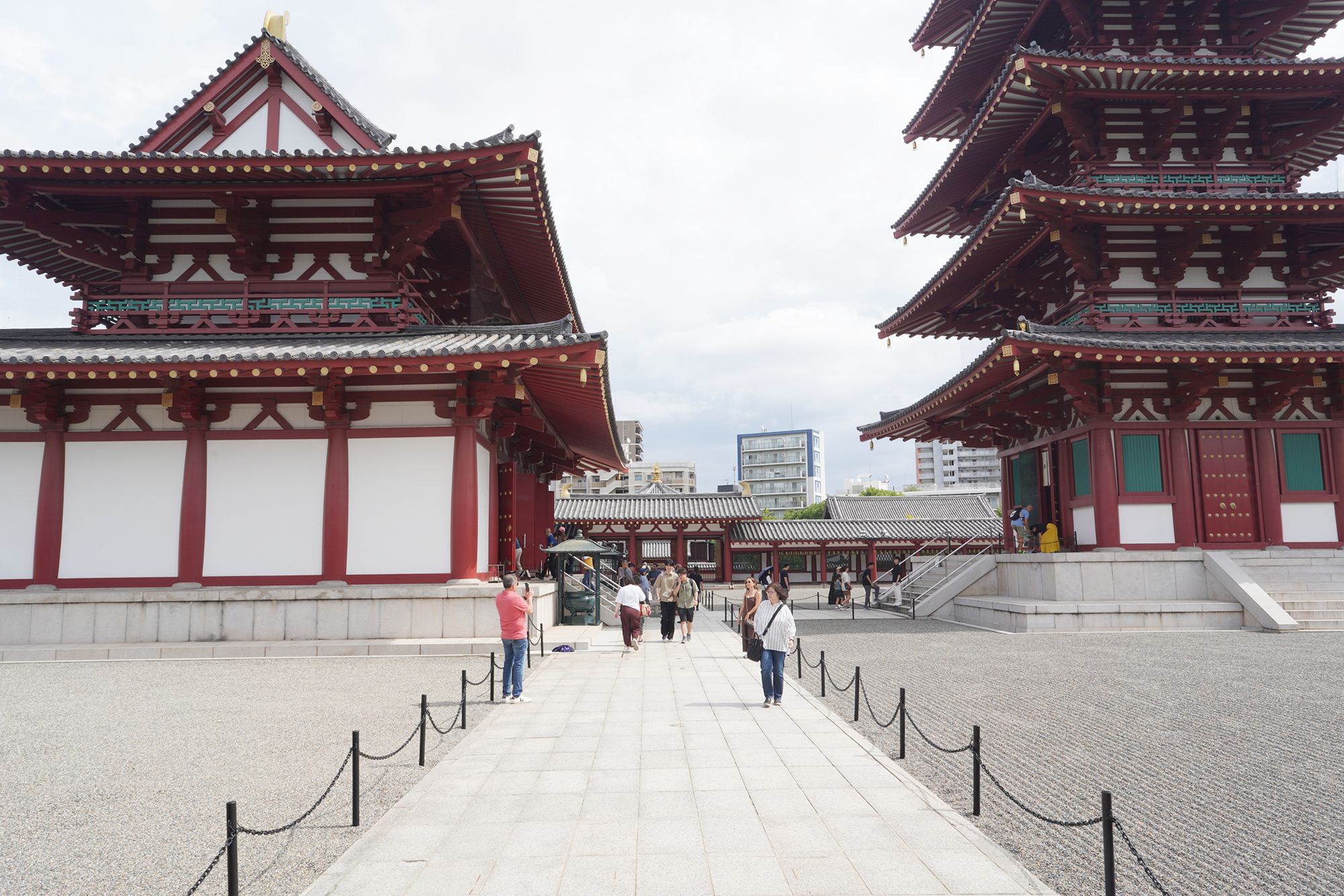
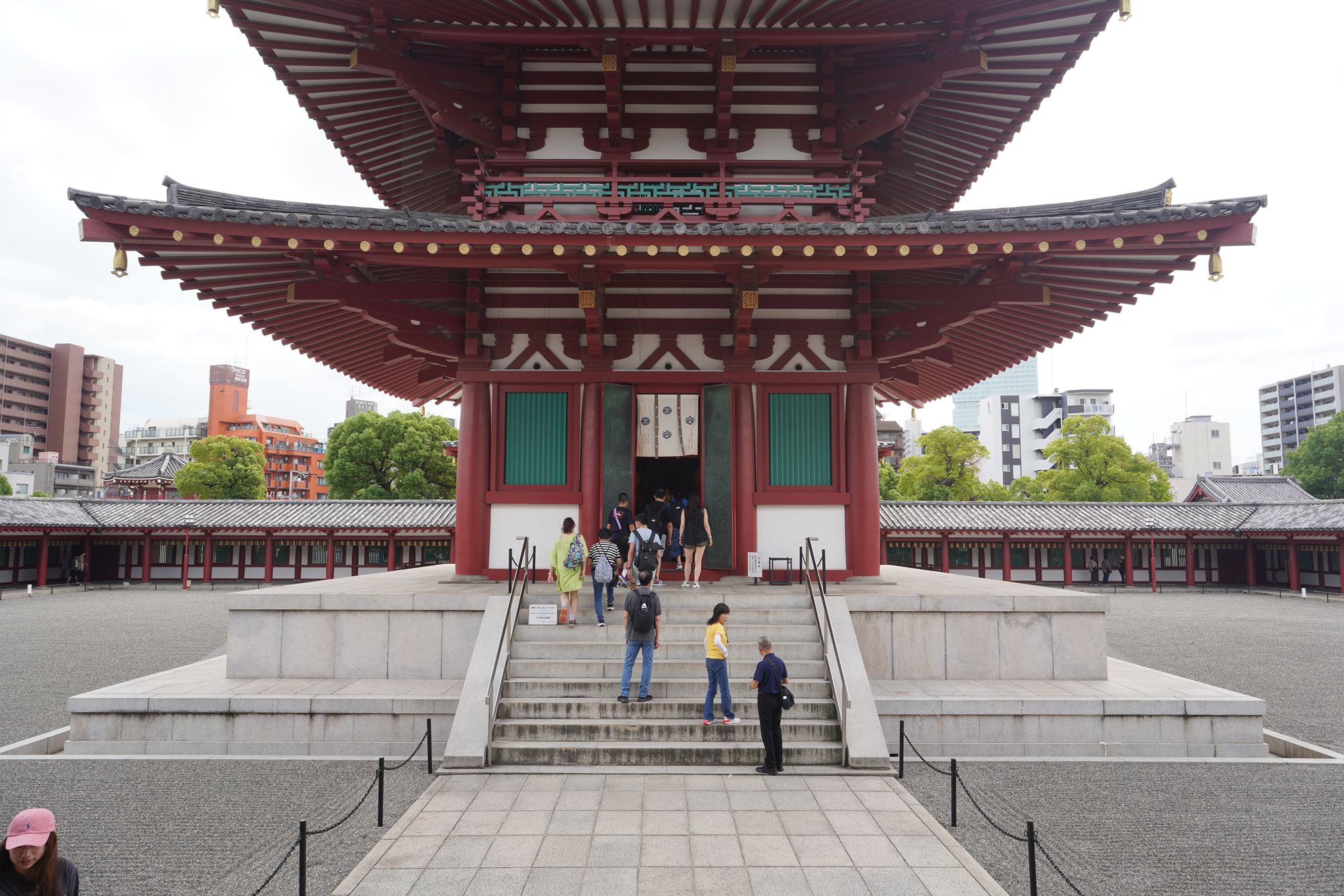
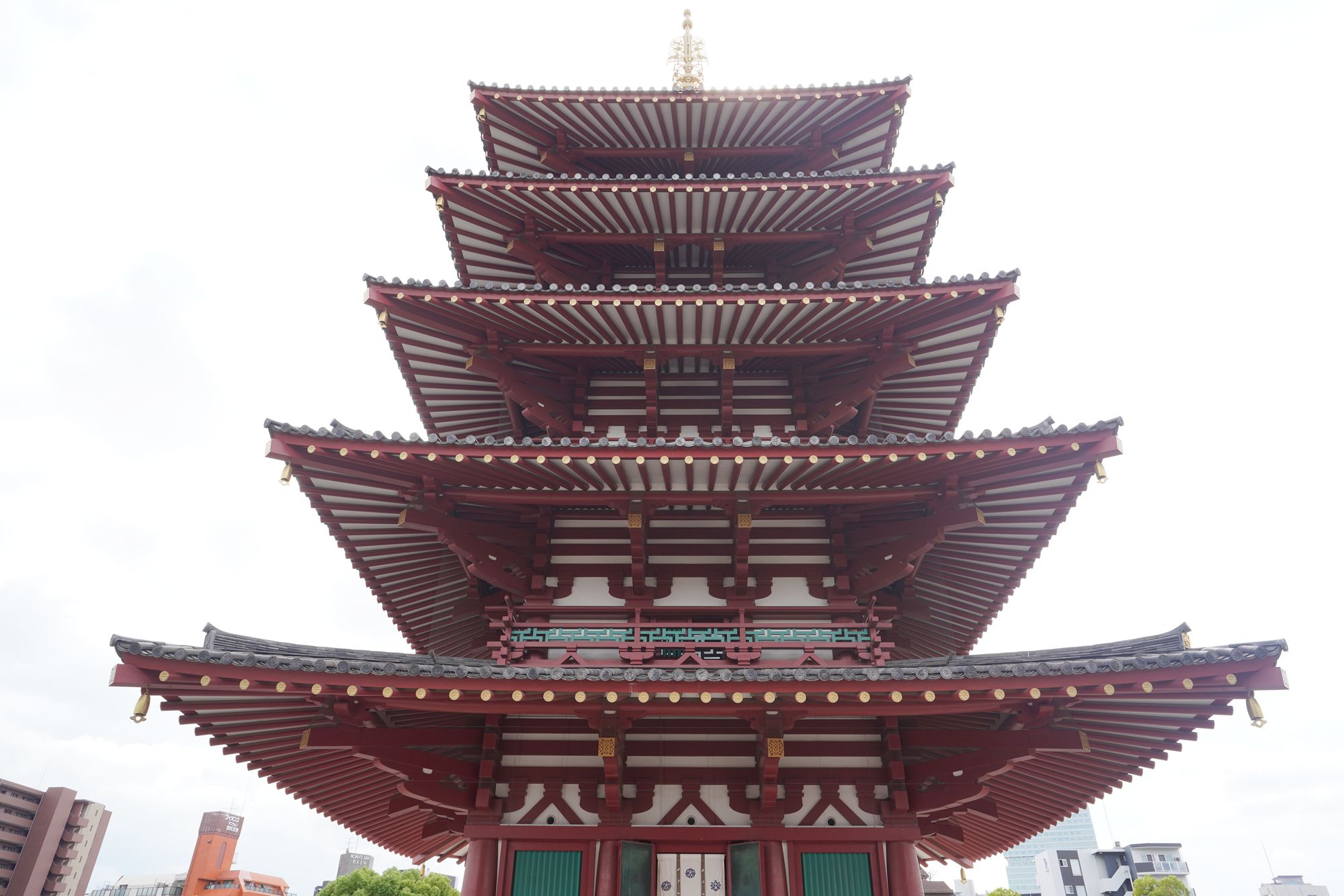
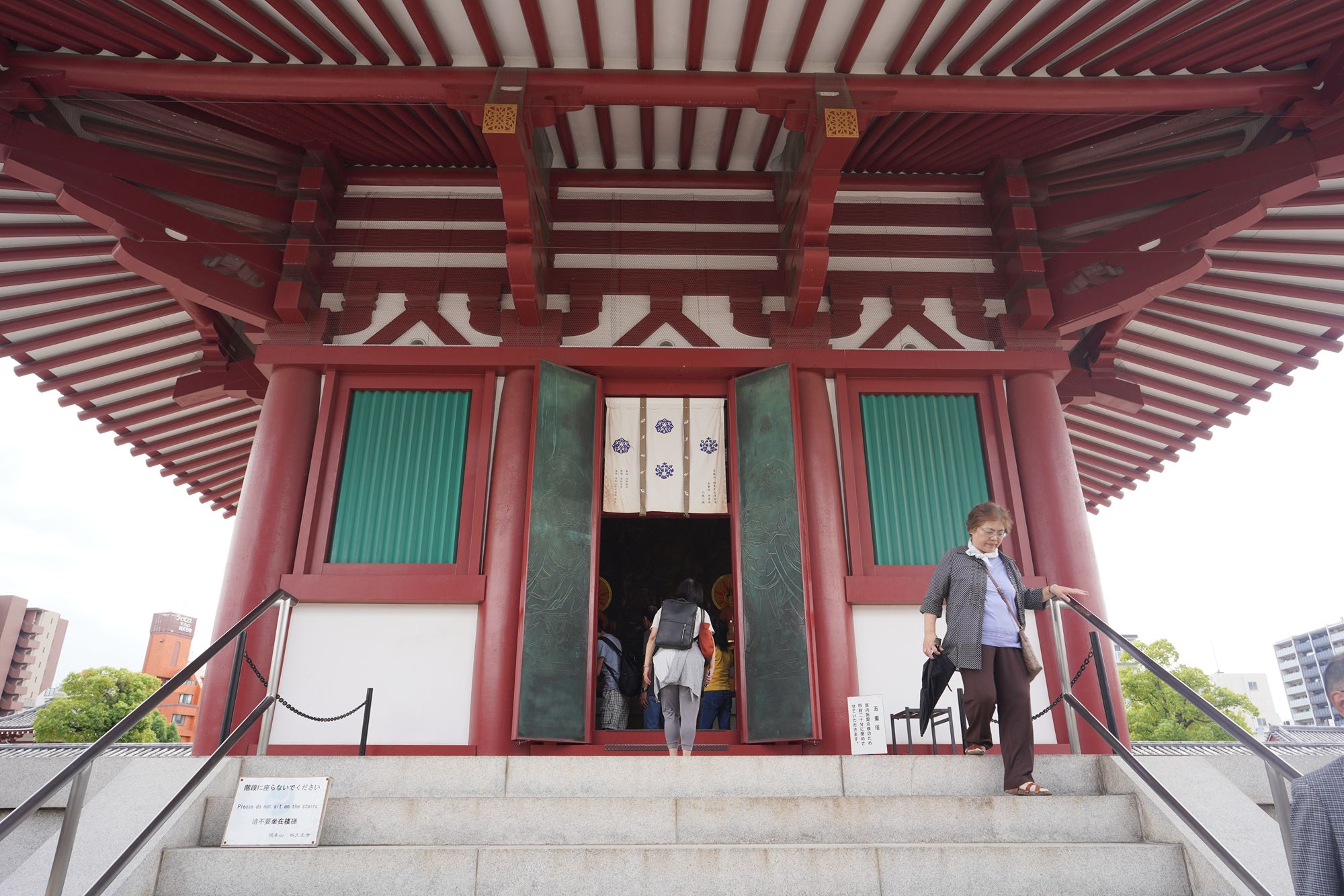
Back side
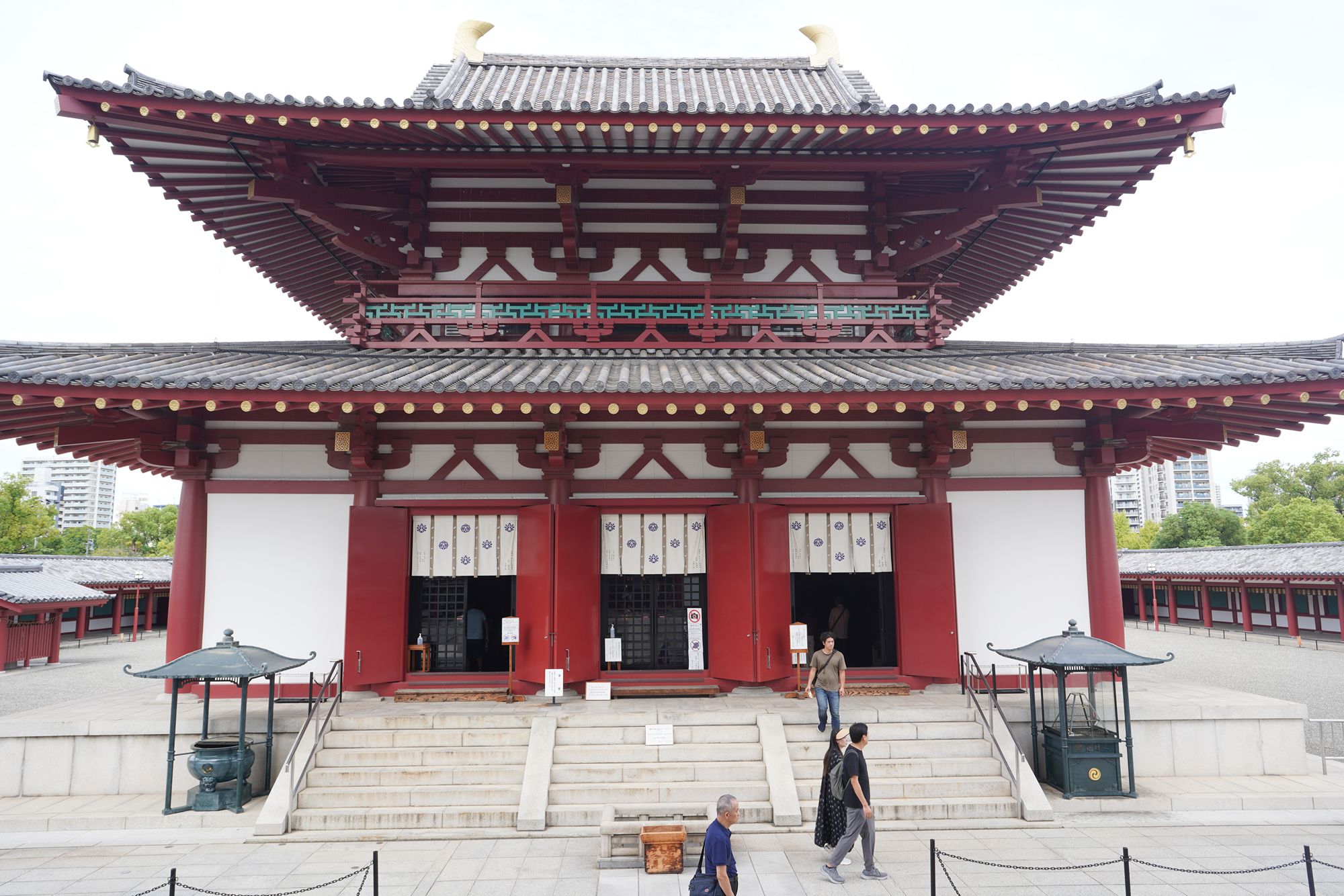
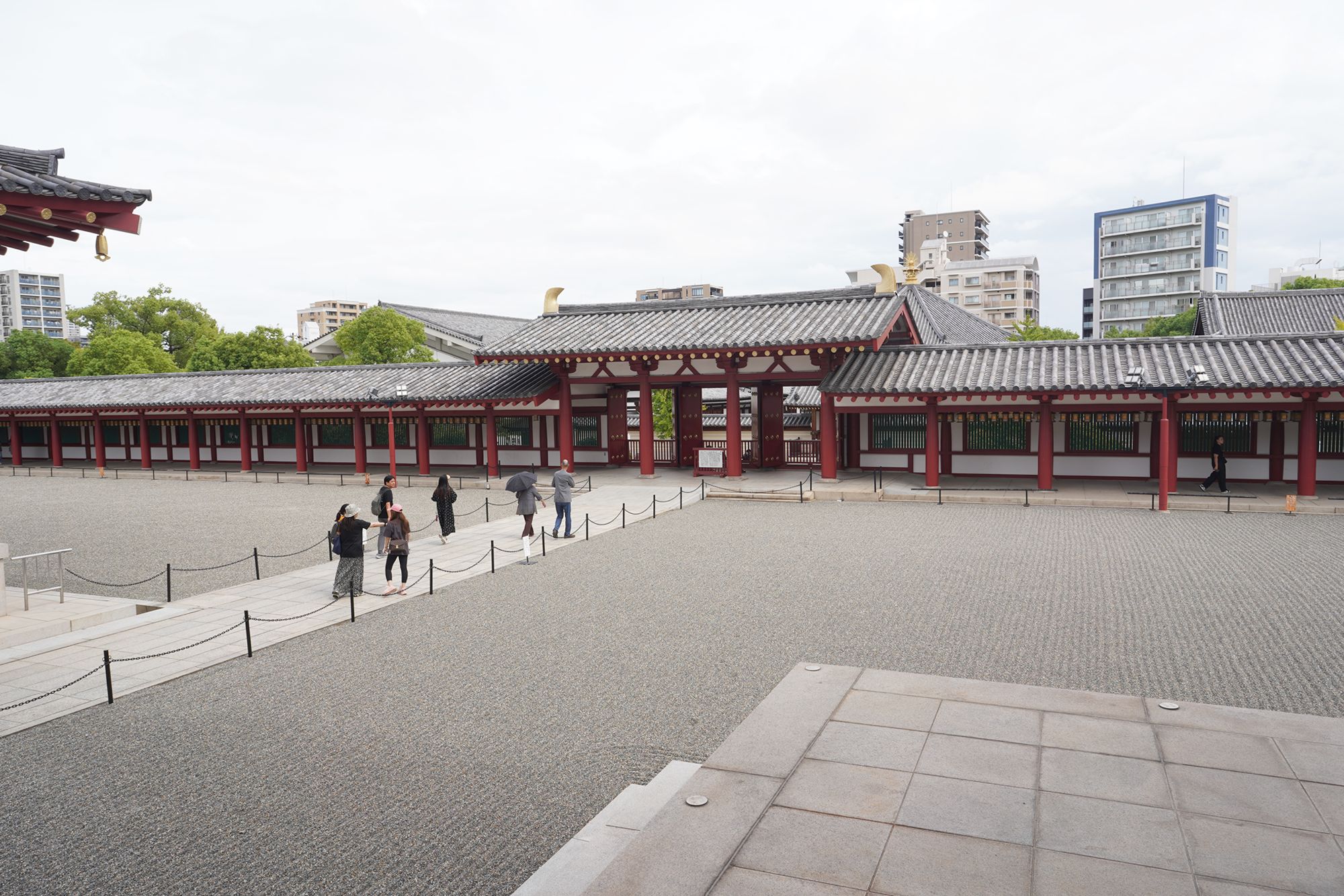
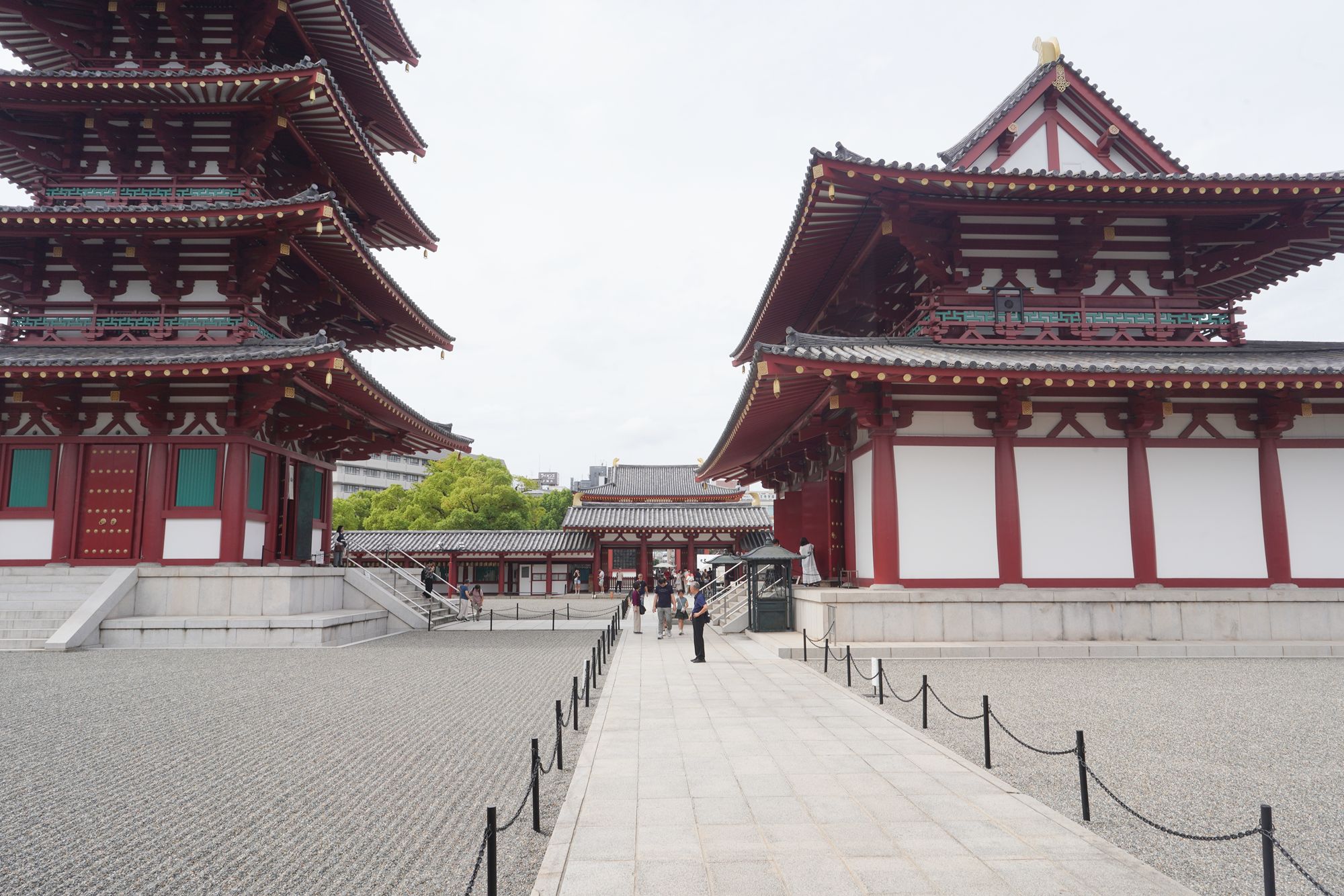
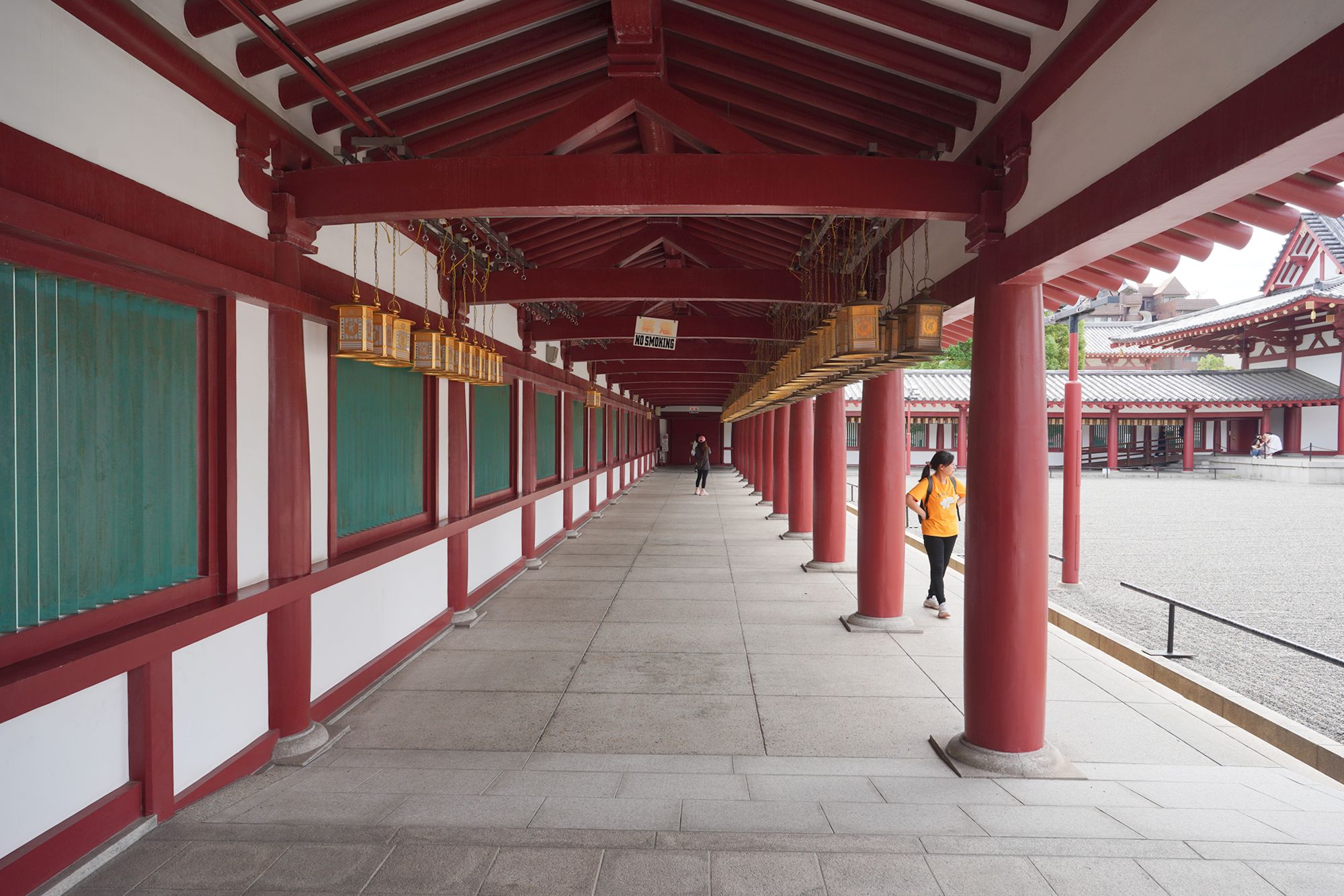
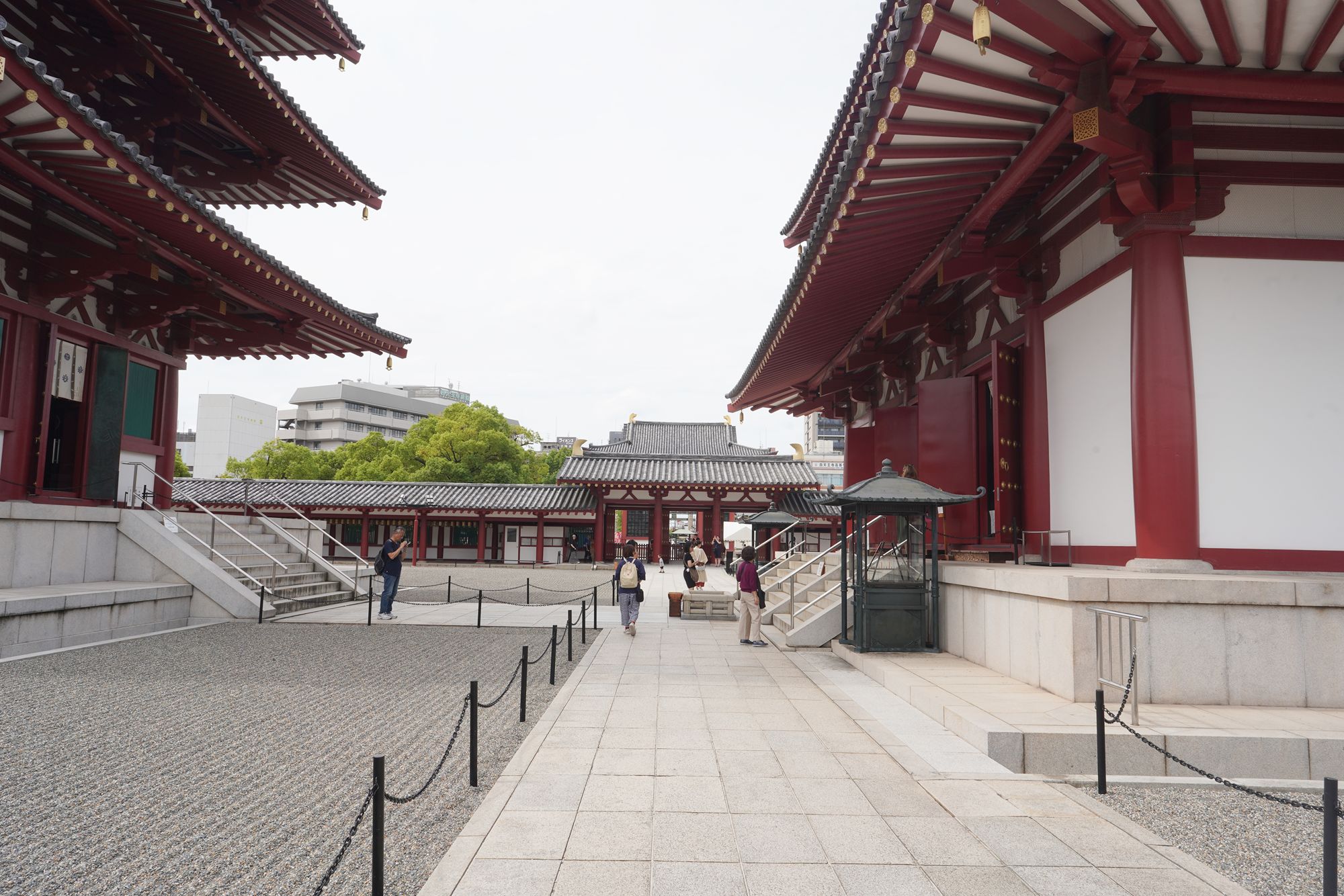
Exiting the temple
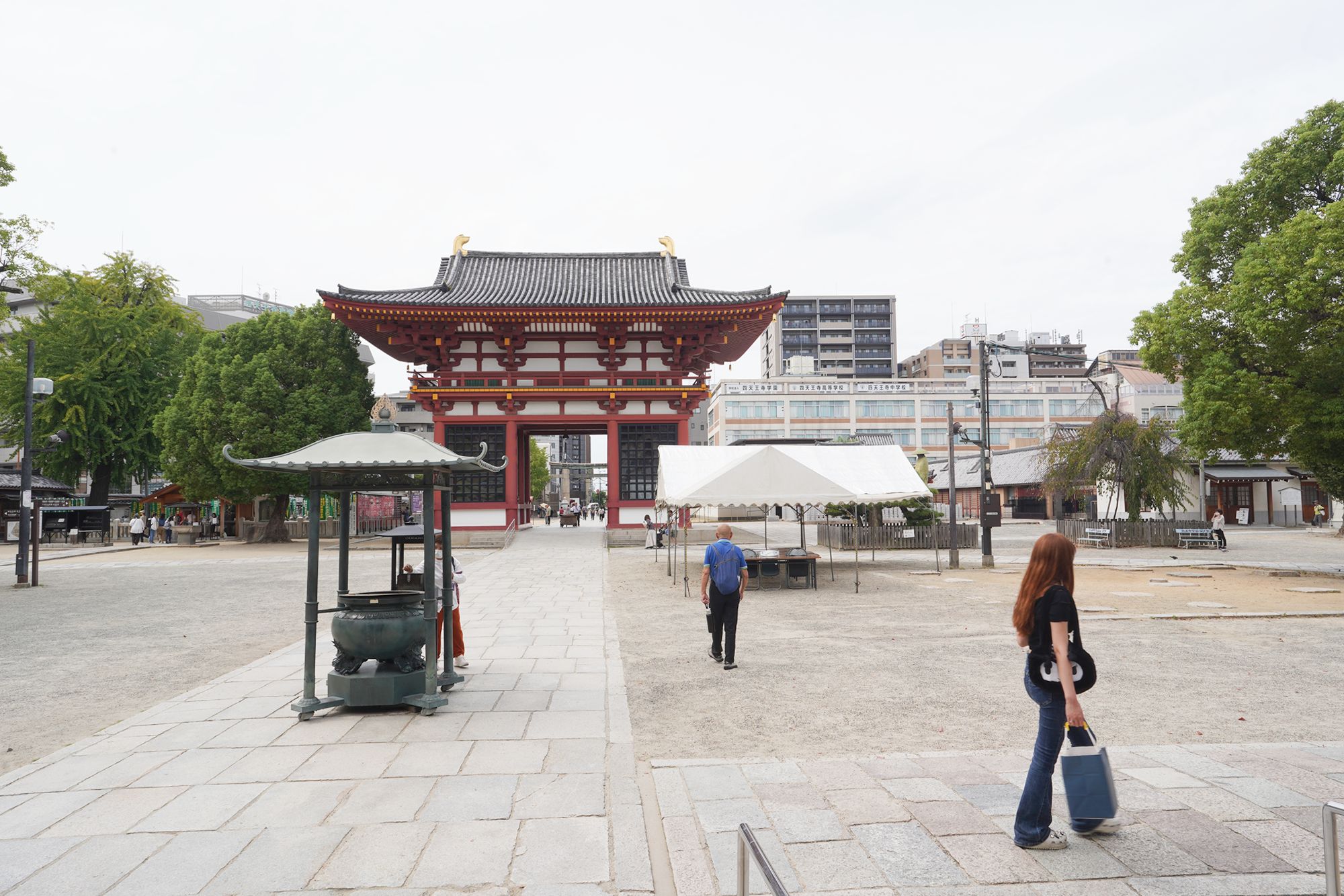
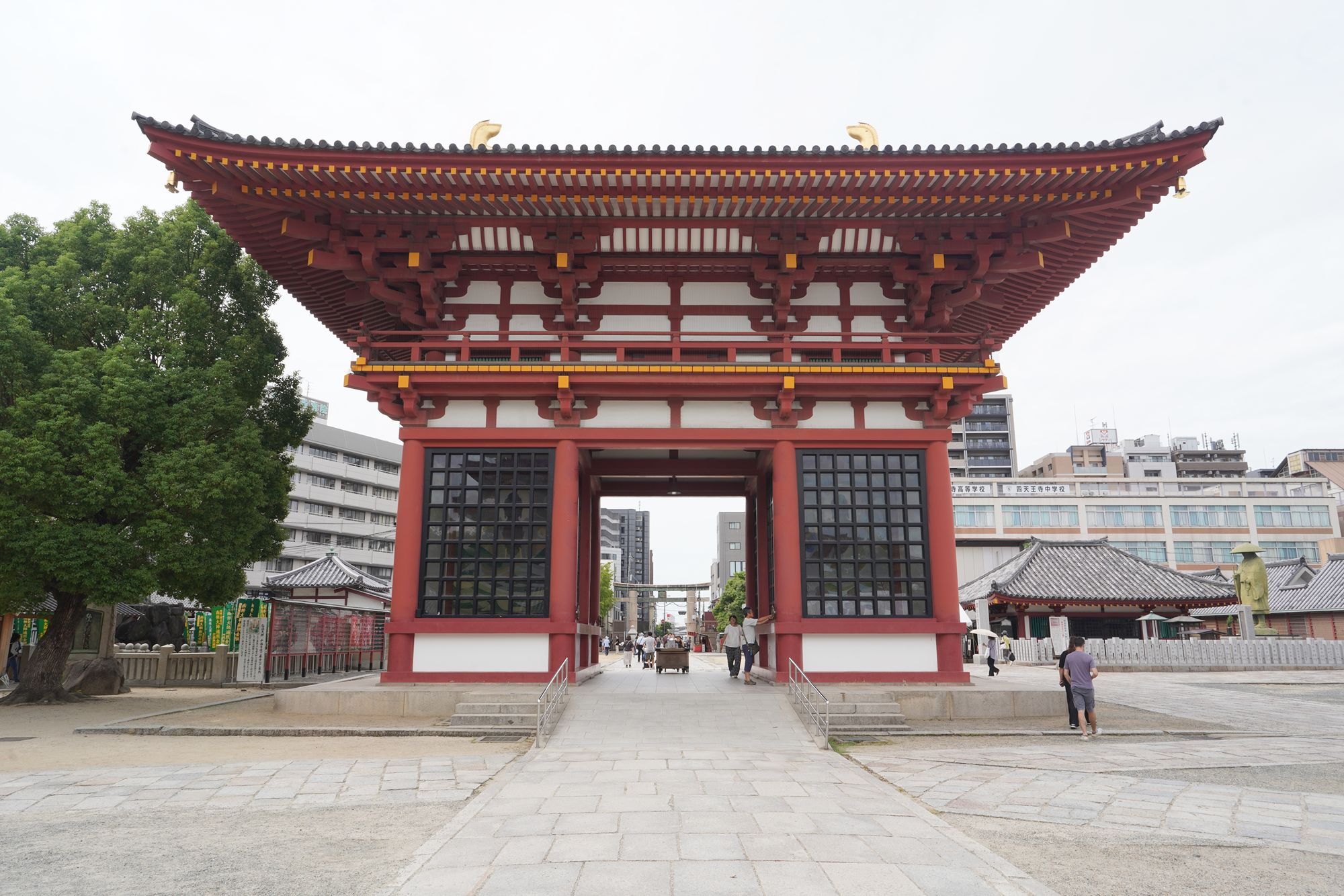
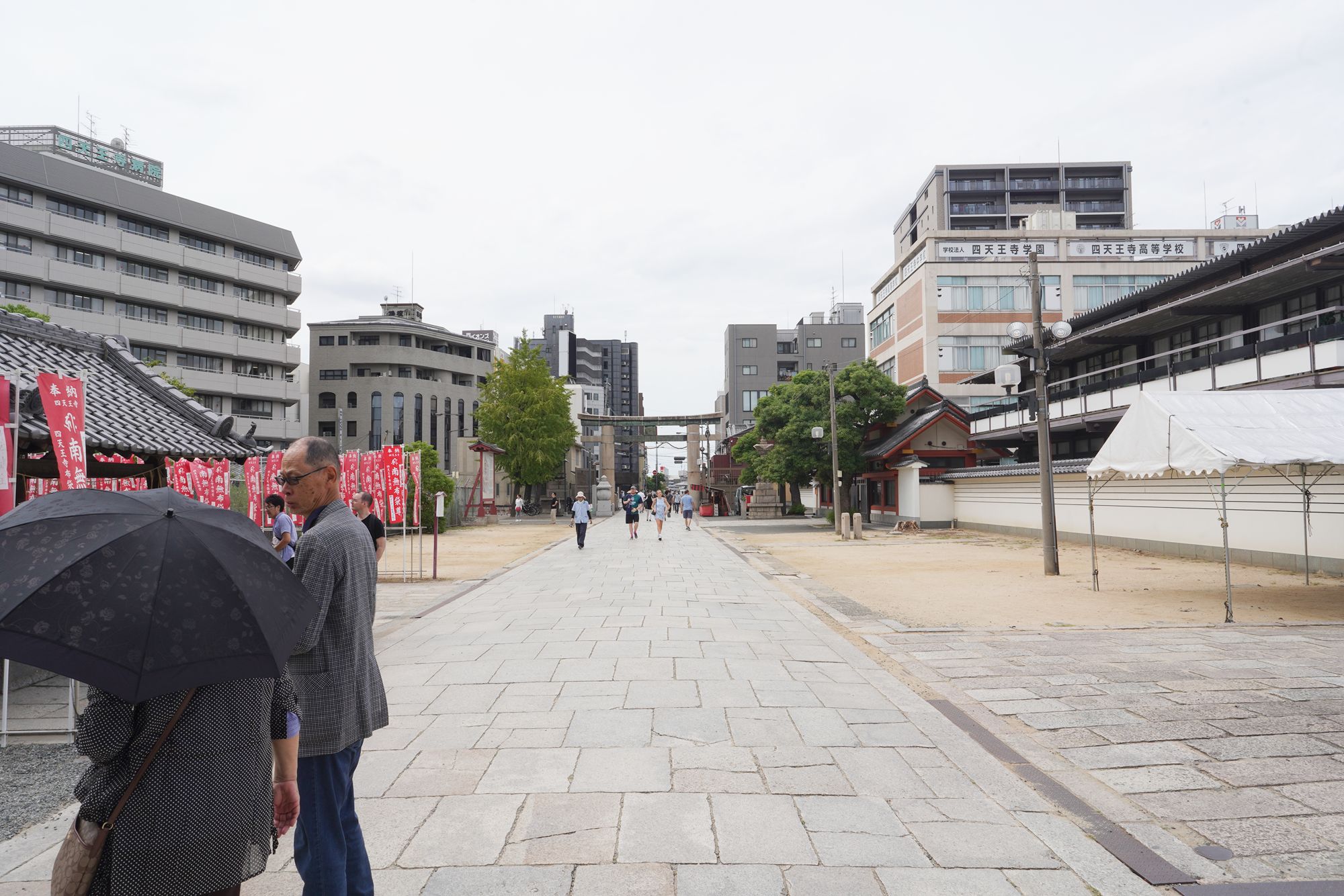
Map of the temple
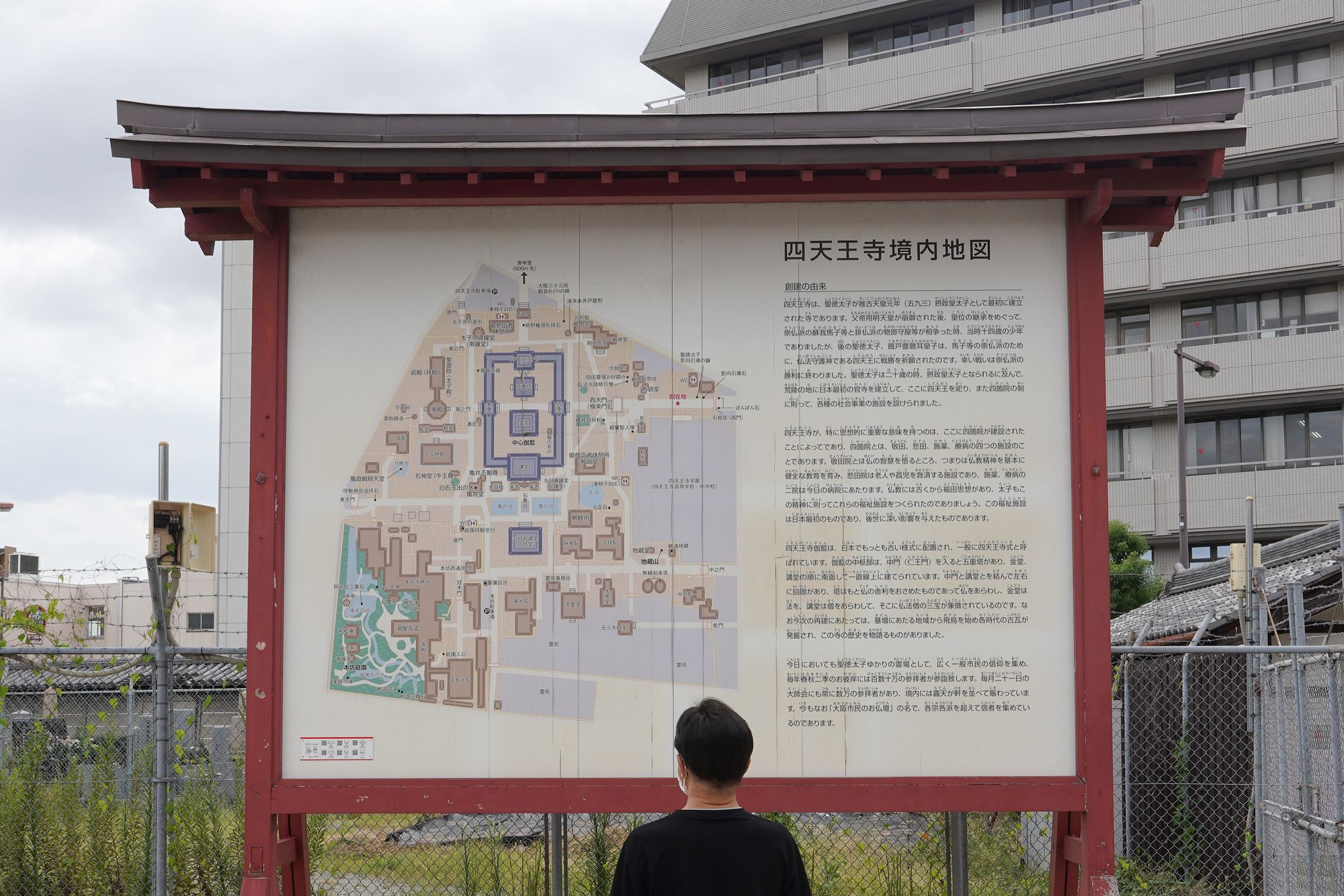
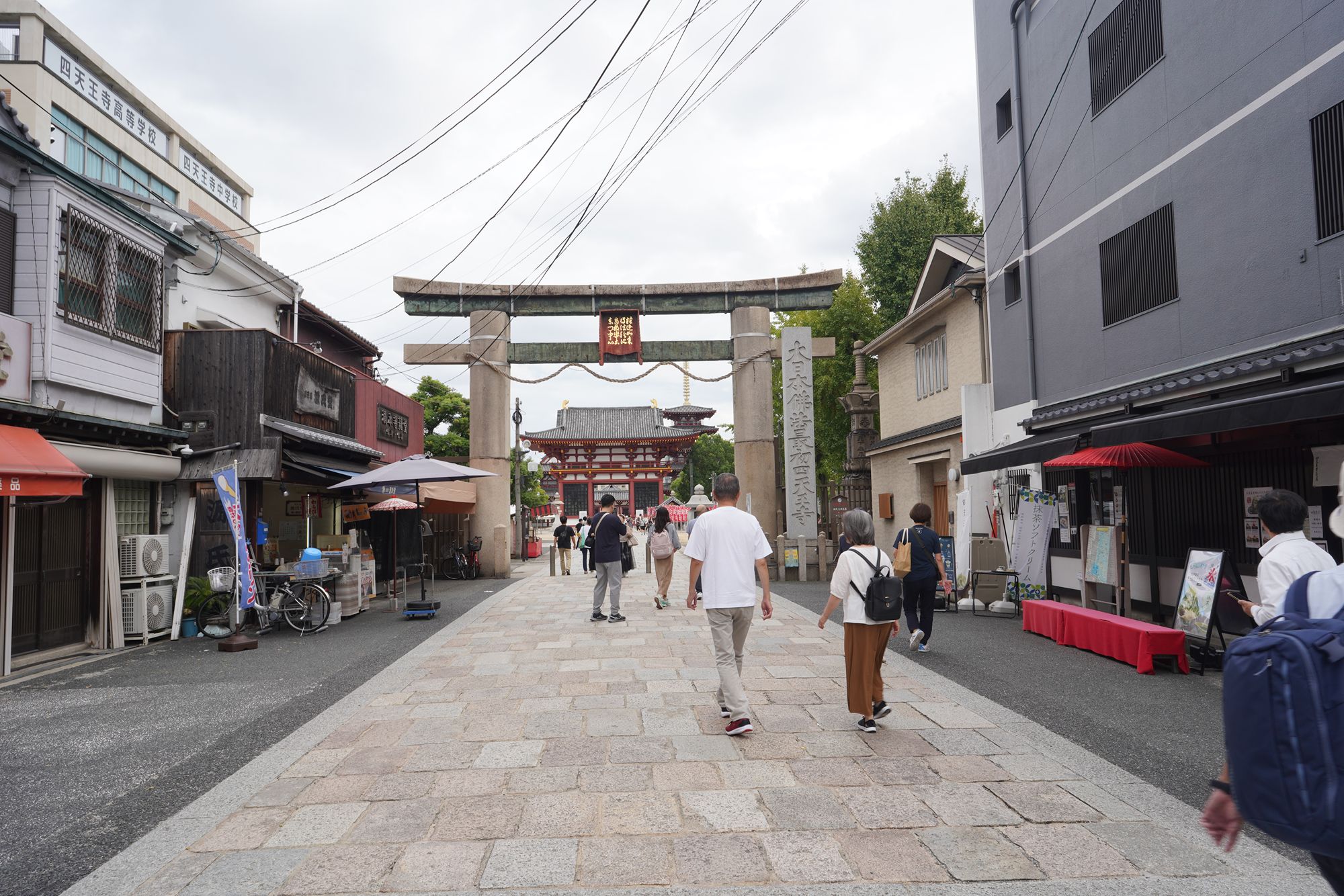
After visiting Shitennō-ji Temple, I took a tram to Sumiyoshi Taisha Shinto Shrine, which is farther away. This was my third temple visit of the day.
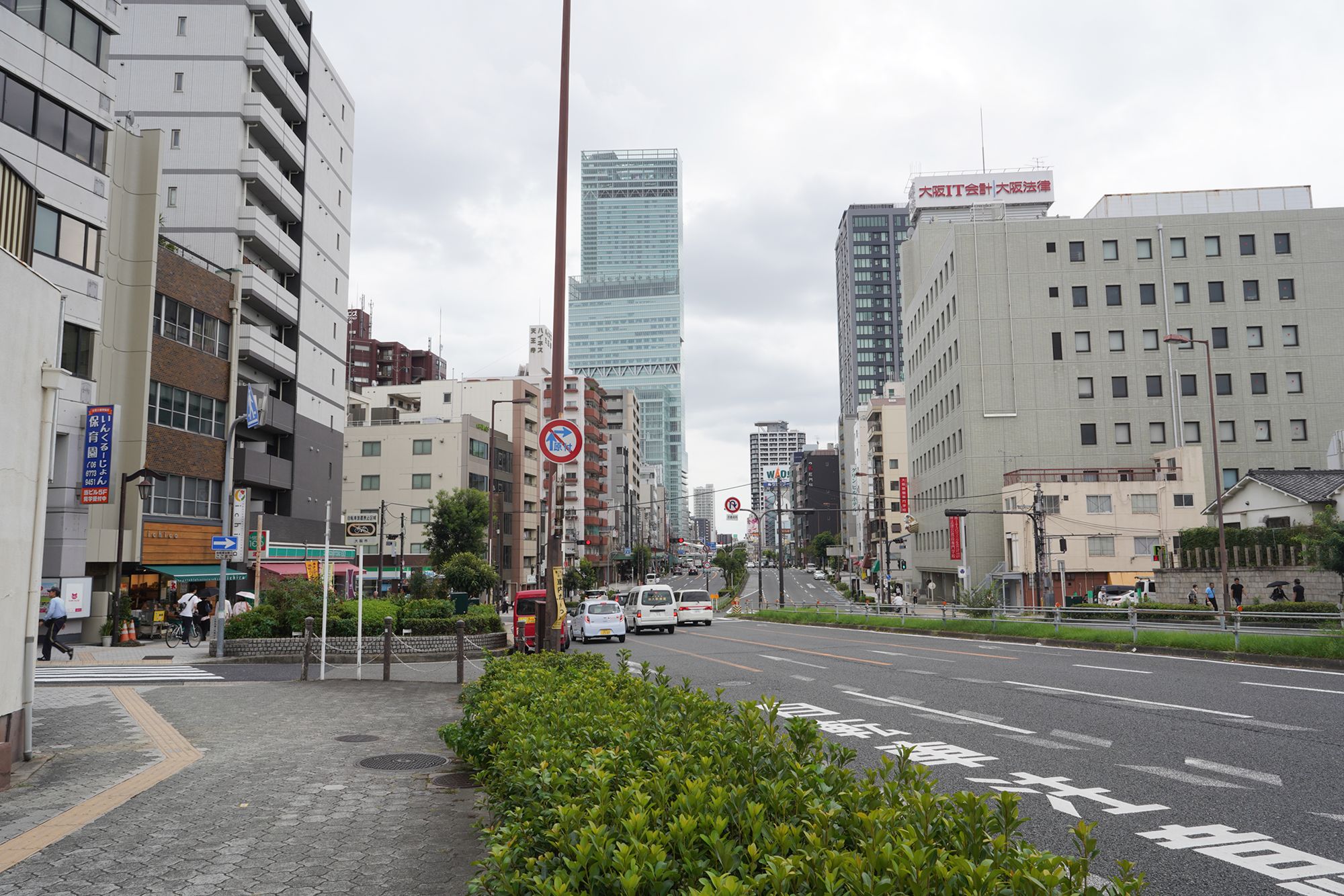
Unlike the first two Buddhist temples, this is a Shinto Shrine.
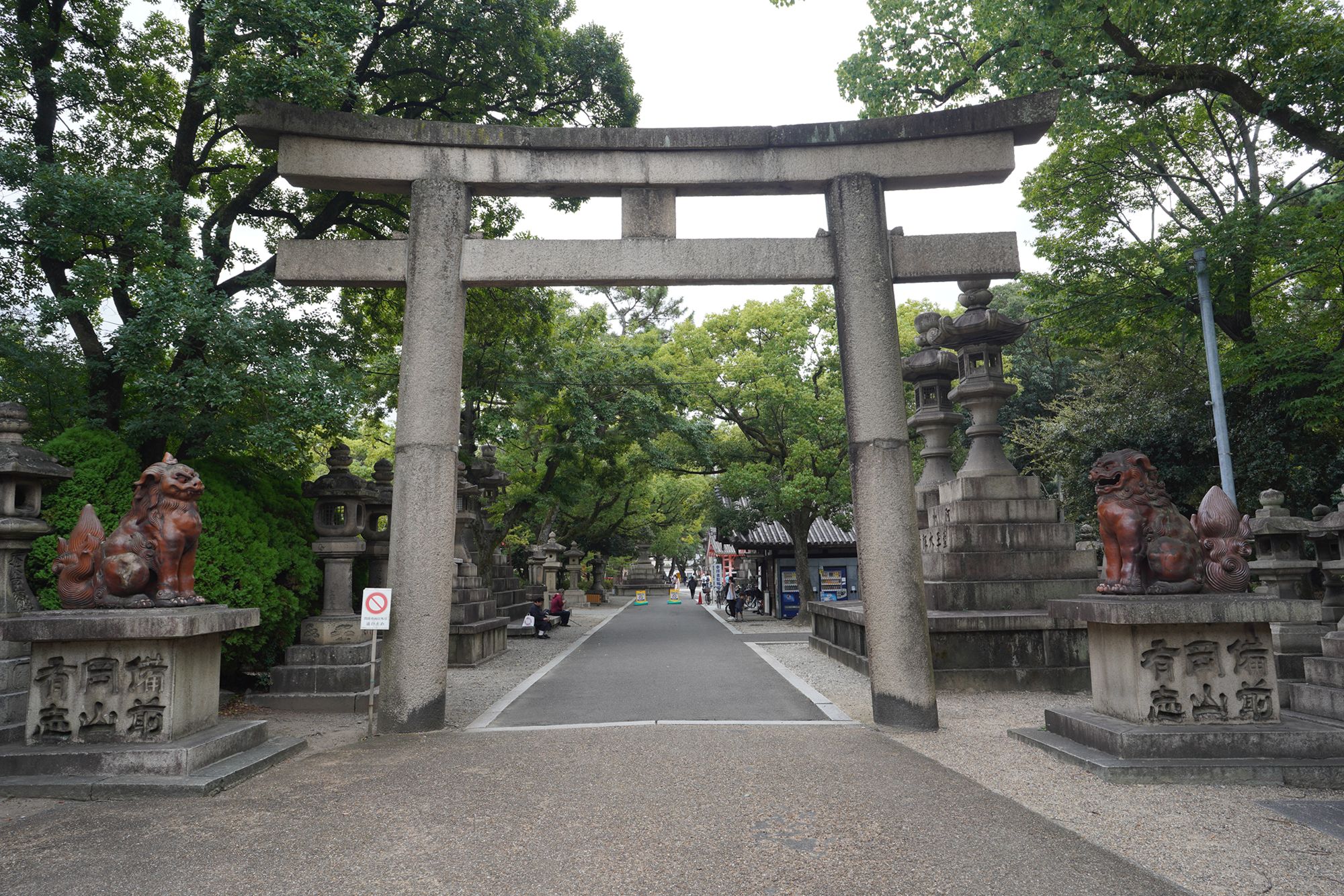
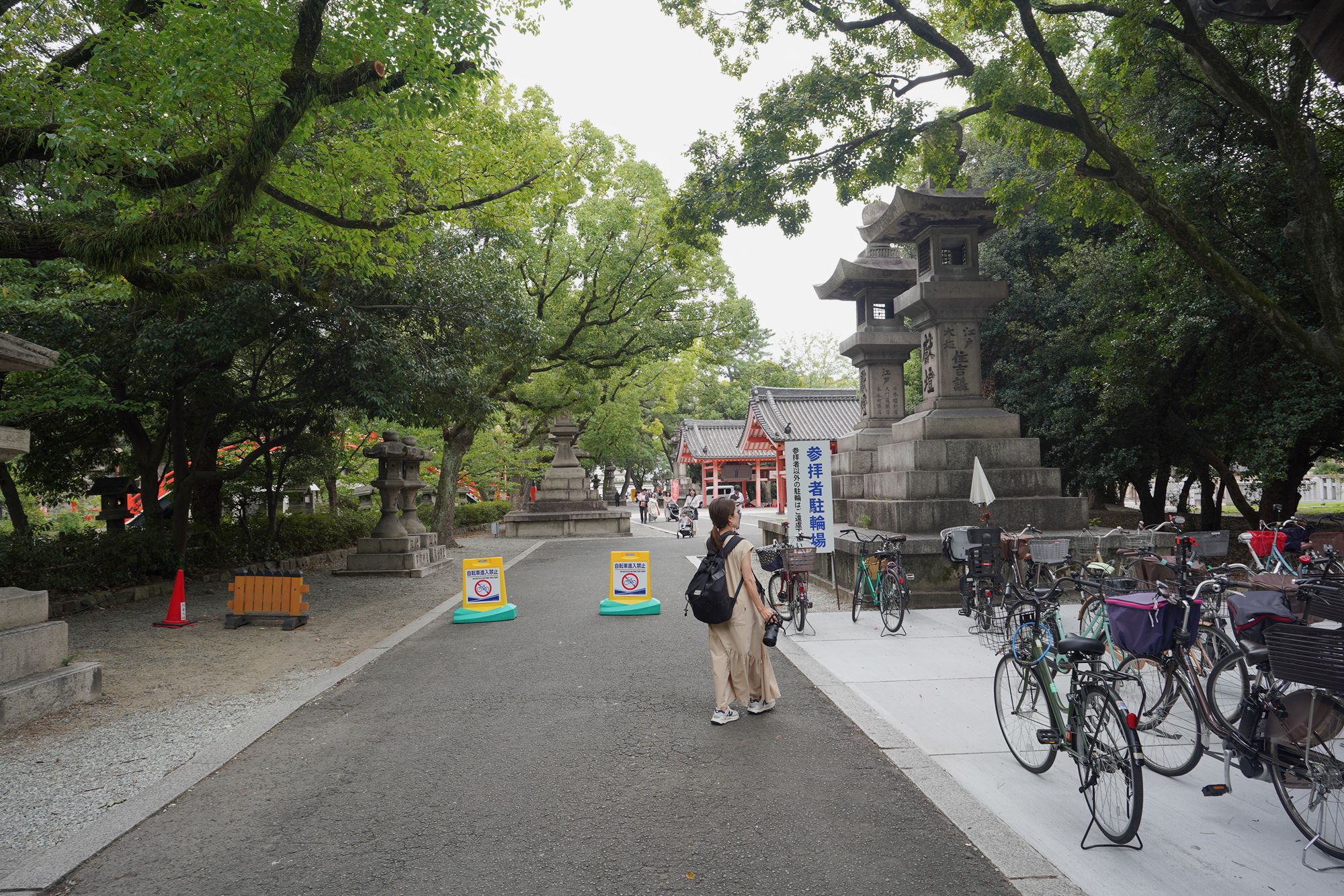

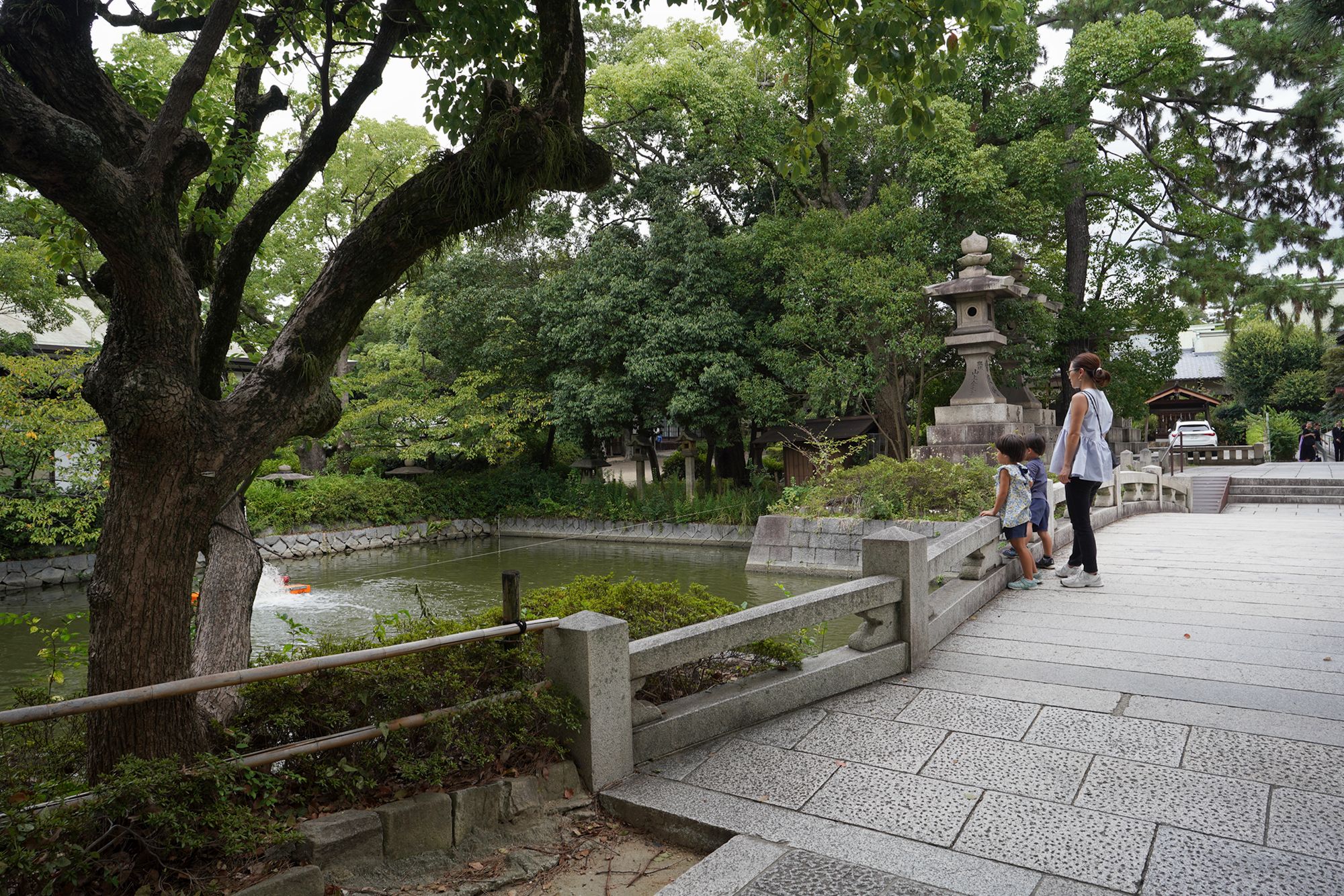
Sumiyoshi Taisha (住吉大社), also known as Sumiyoshi Grand Shrine, is one of the most important and oldest Shinto shrines in Japan. Located in Osaka, it holds historical, cultural, and spiritual significance.
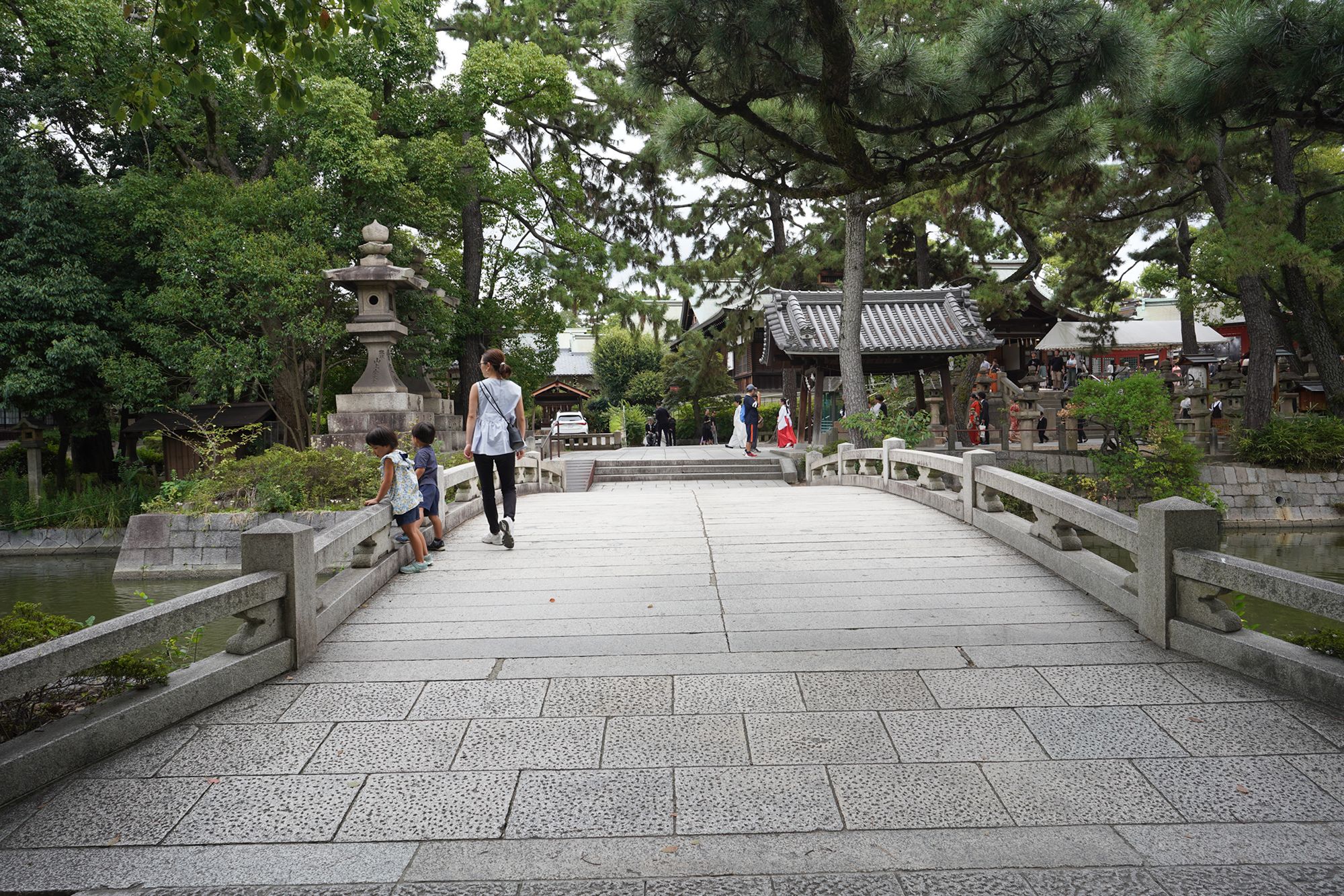
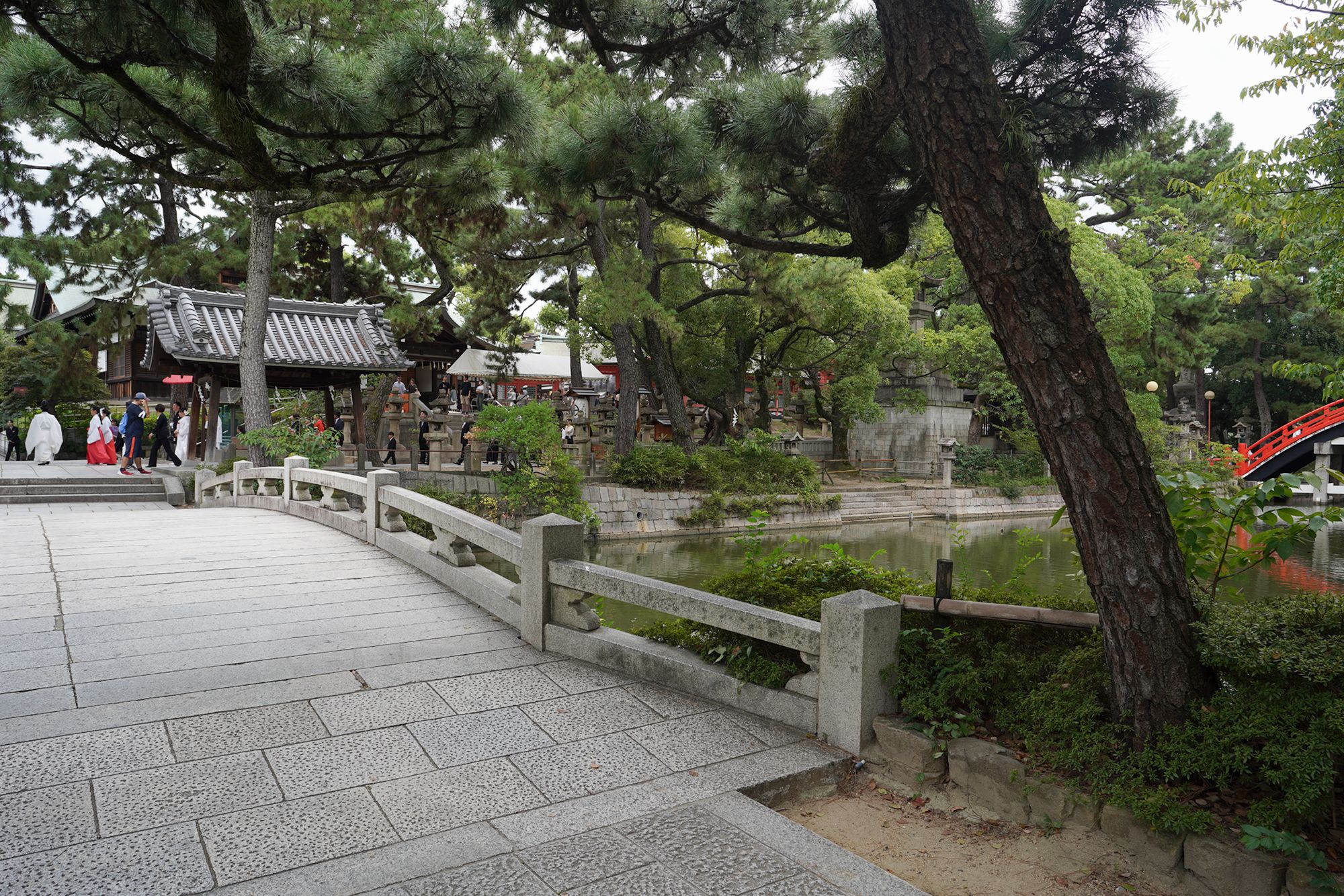
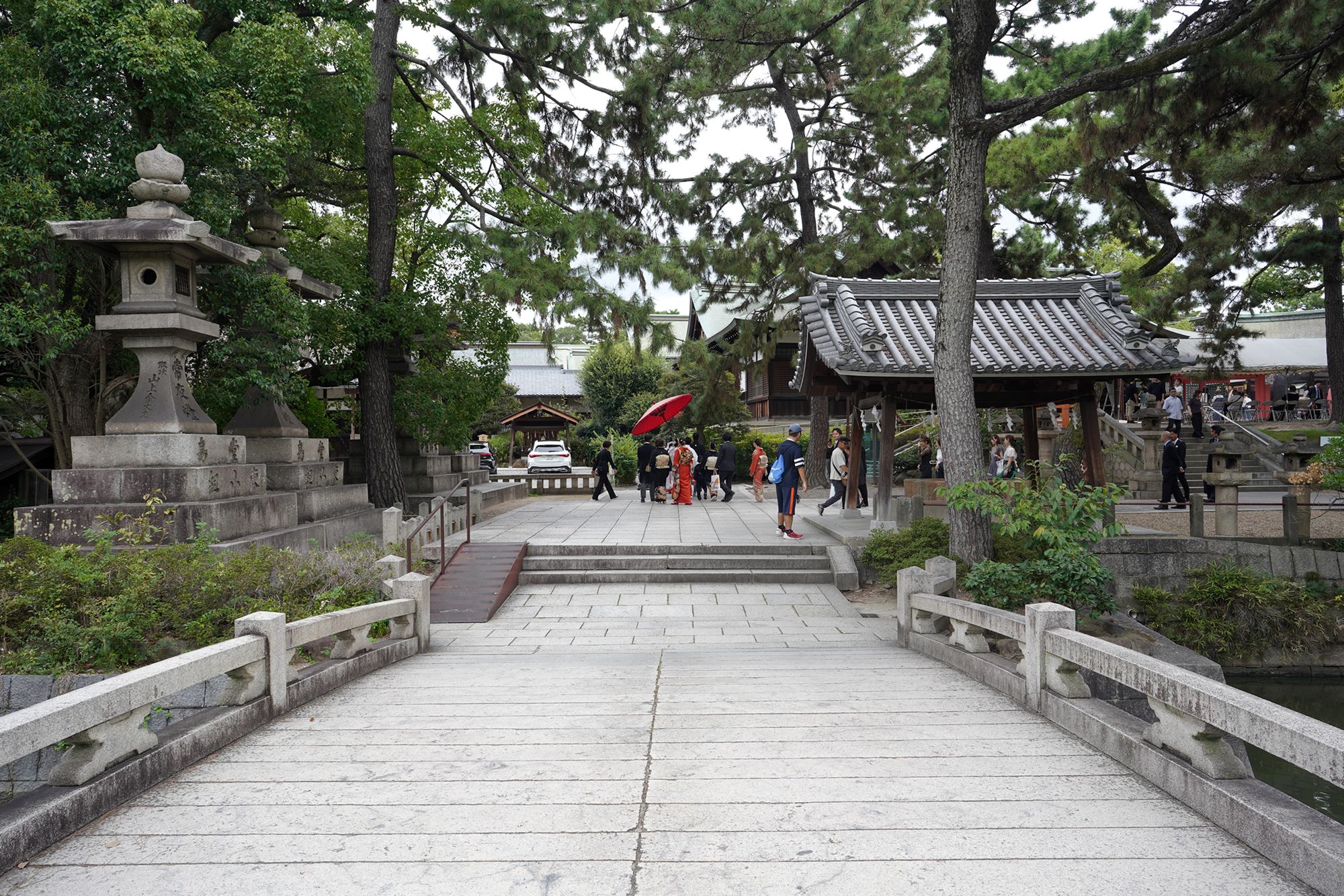
Founded in 211 CE, even before the introduction of Buddhism to Japan, Sumiyoshi Taisha has a history spanning over 1,800 years.
It is the head shrine of all Sumiyoshi shrines across Japan, which number over 2,000.
The shrine is dedicated to the Sumiyoshi Sanjin, three deities of the sea and navigation, making it historically significant for sailors and travelers.
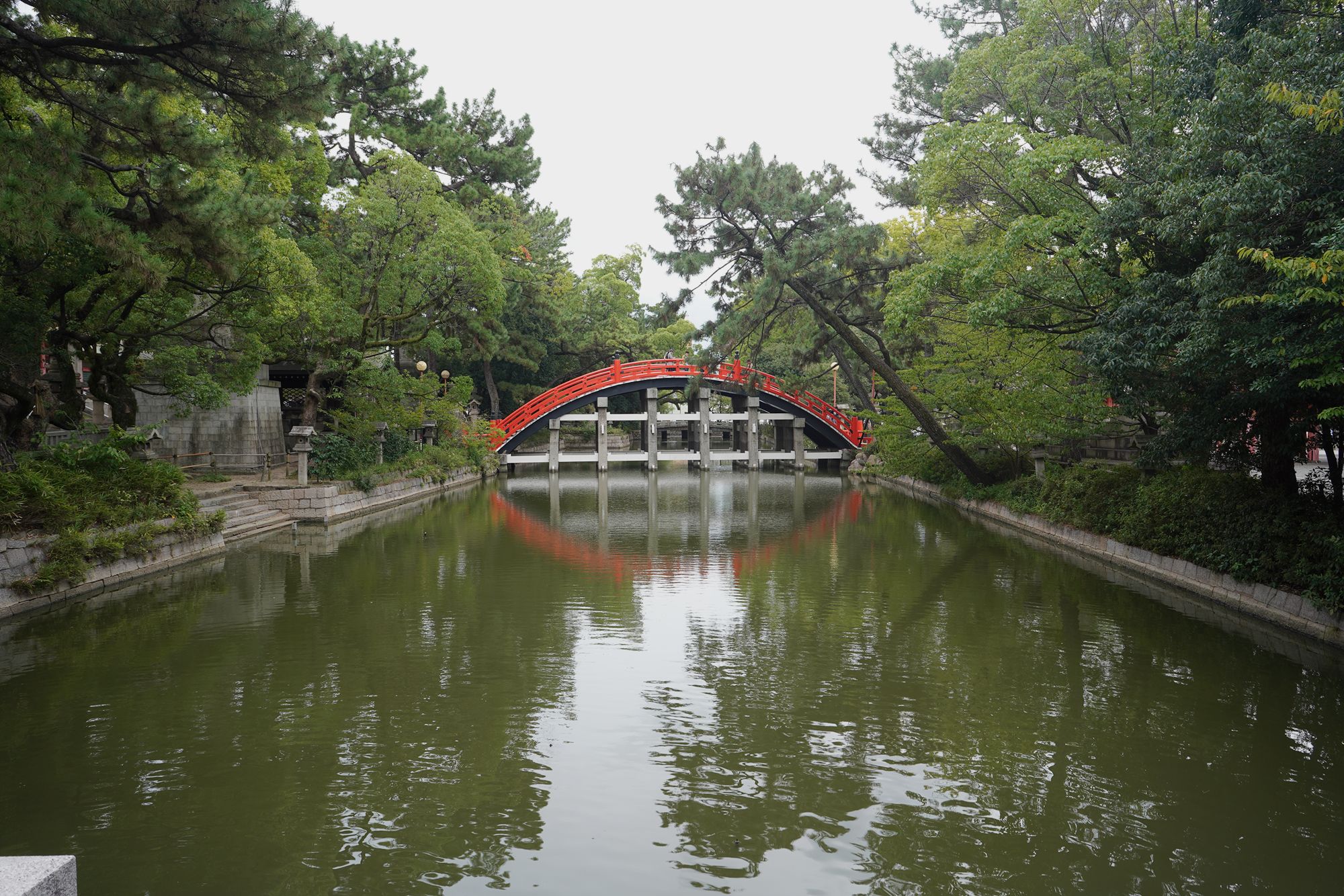
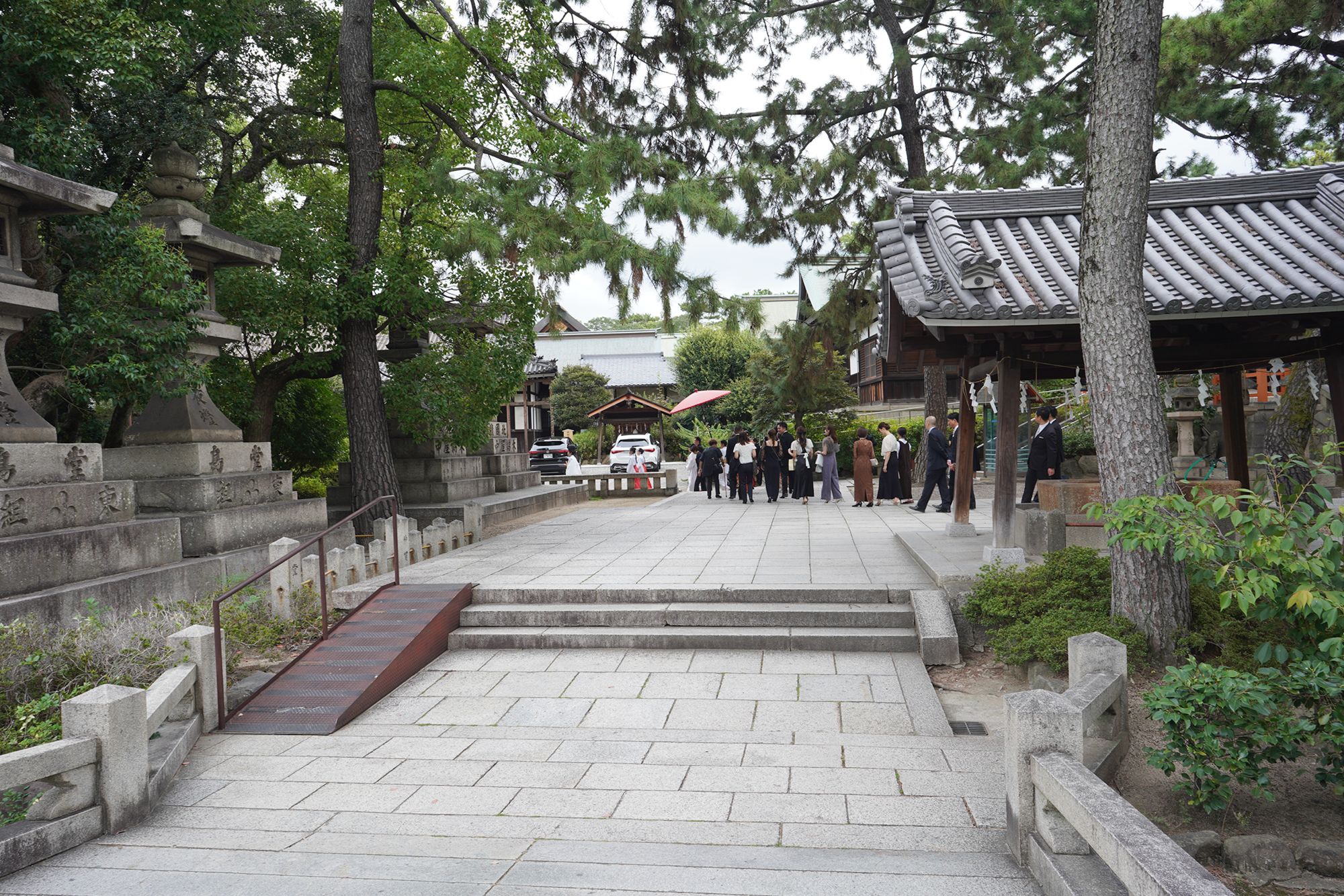
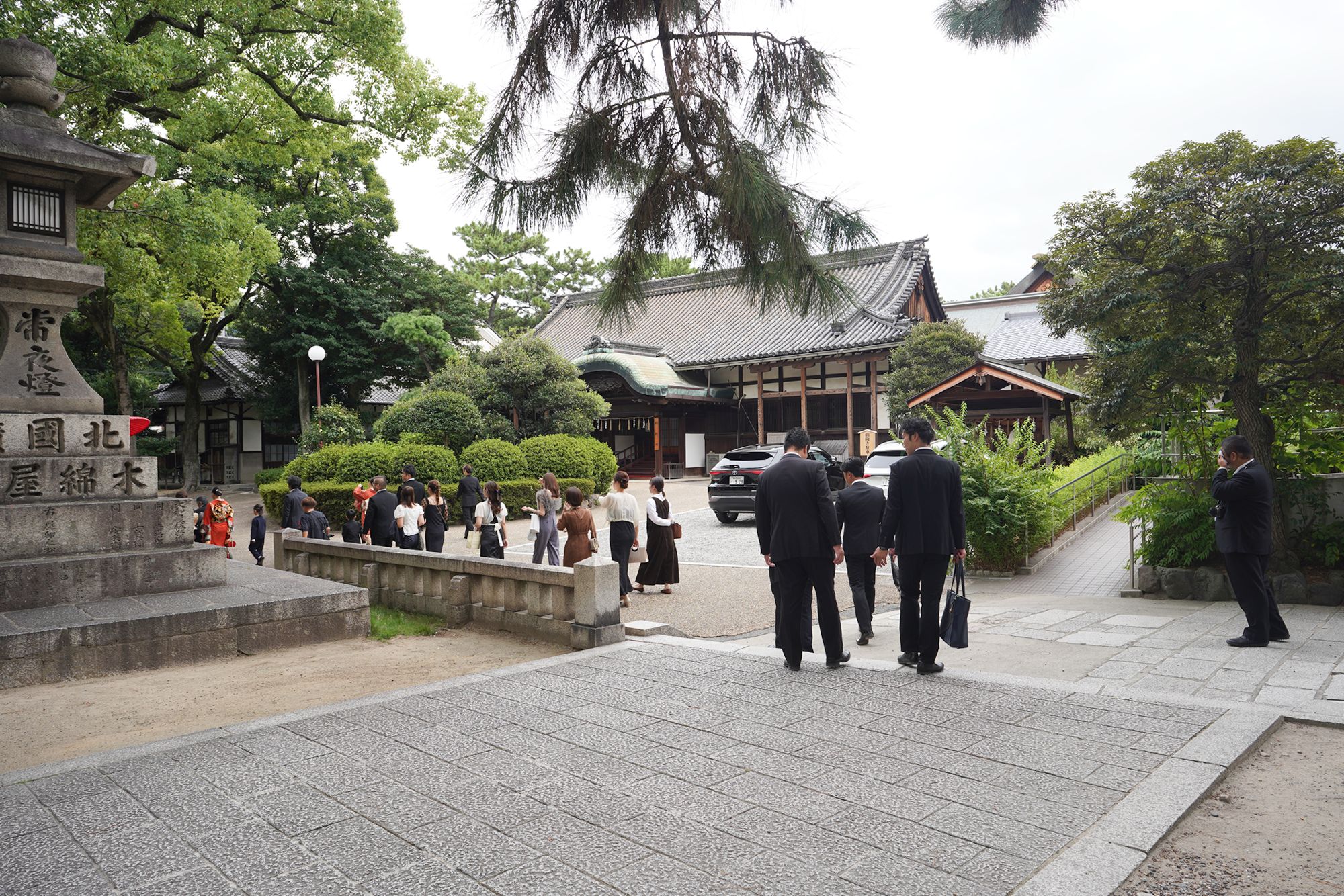
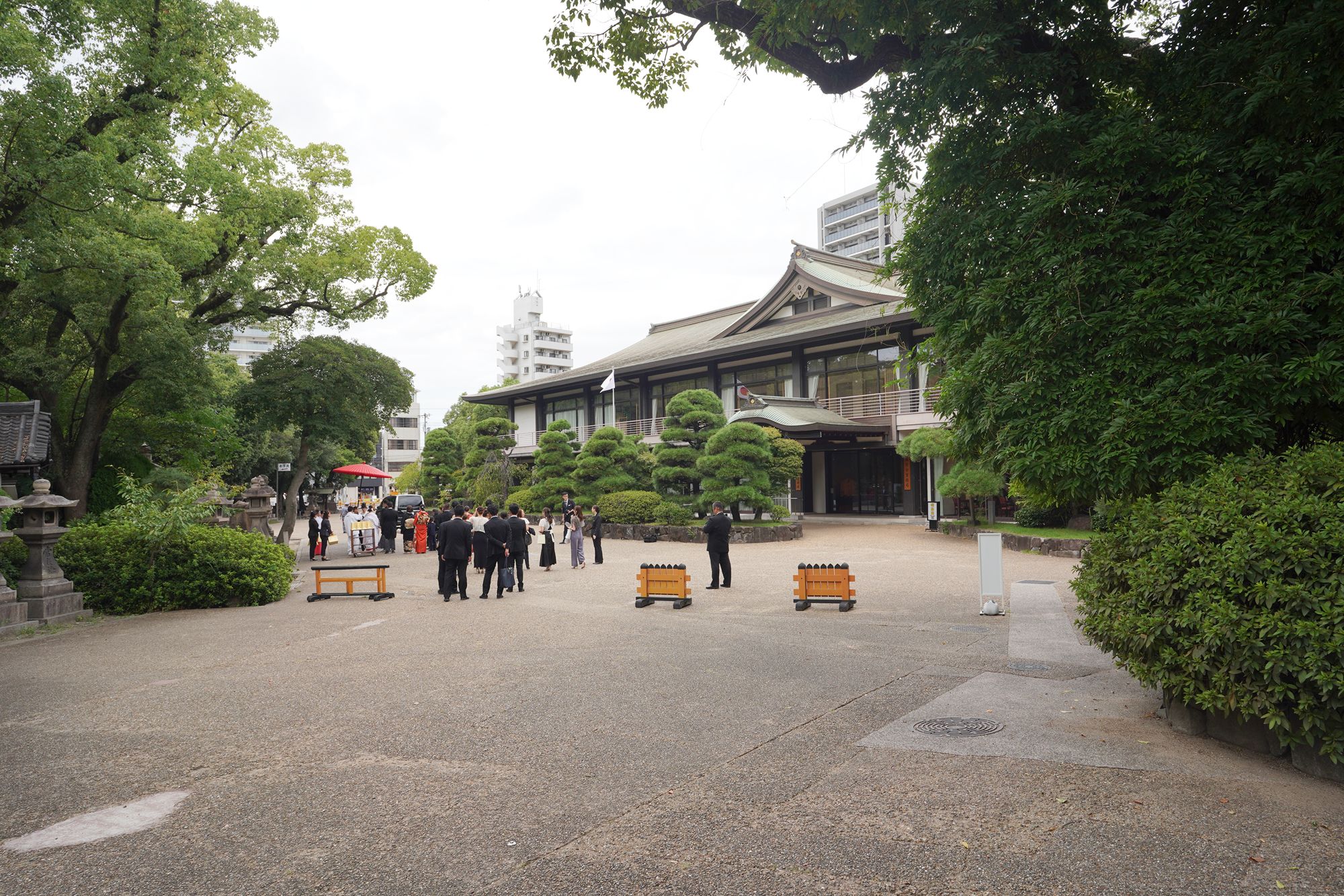
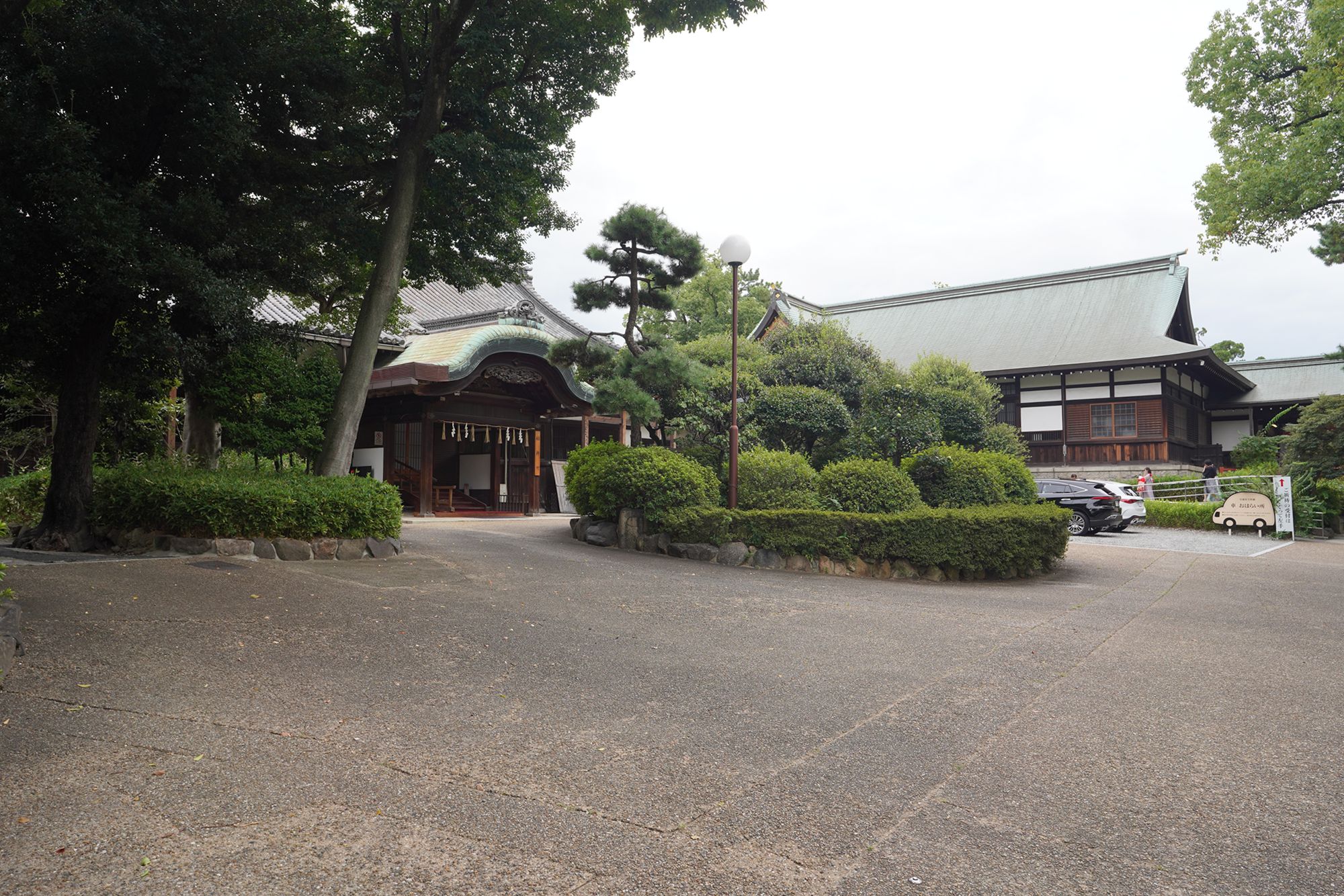
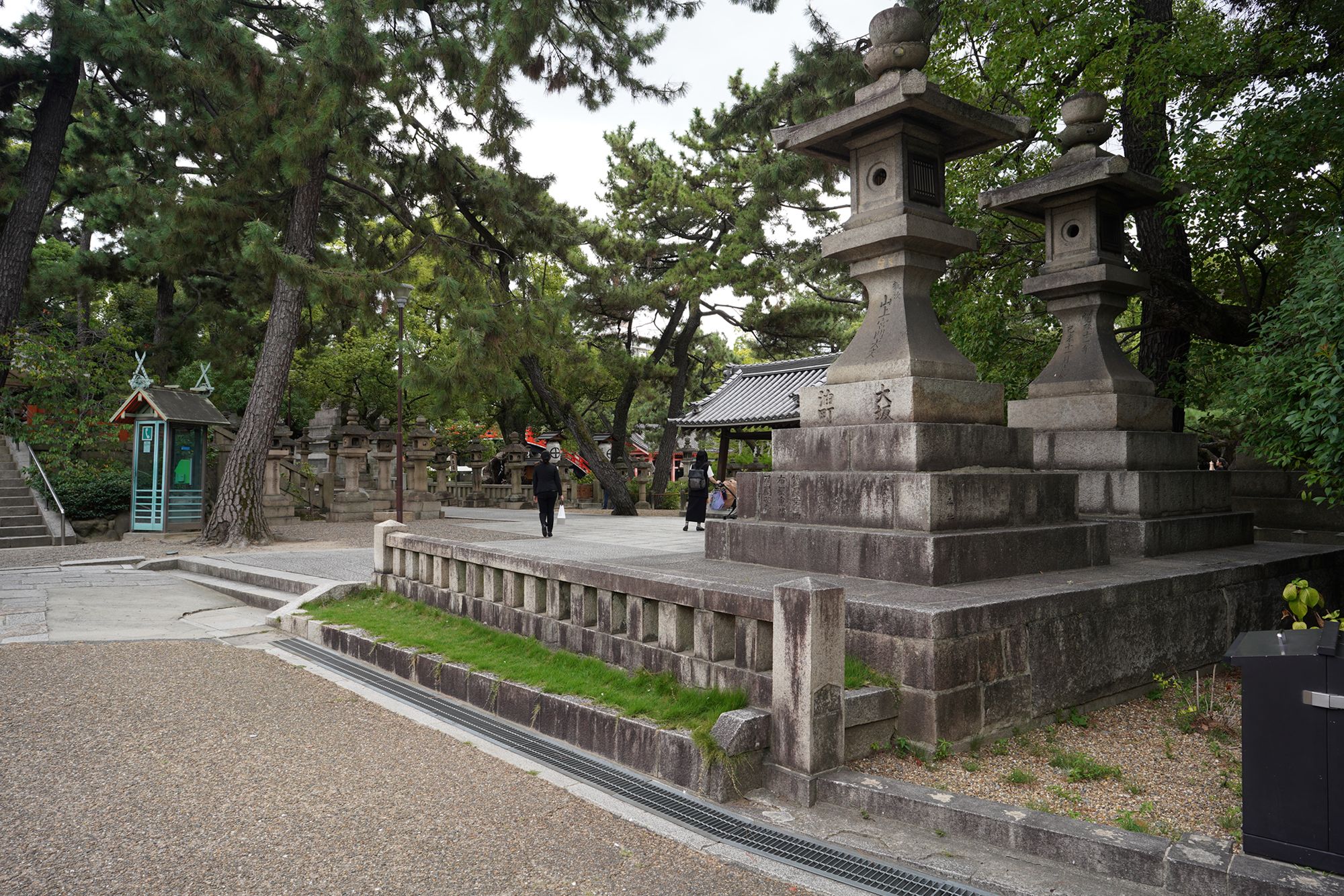
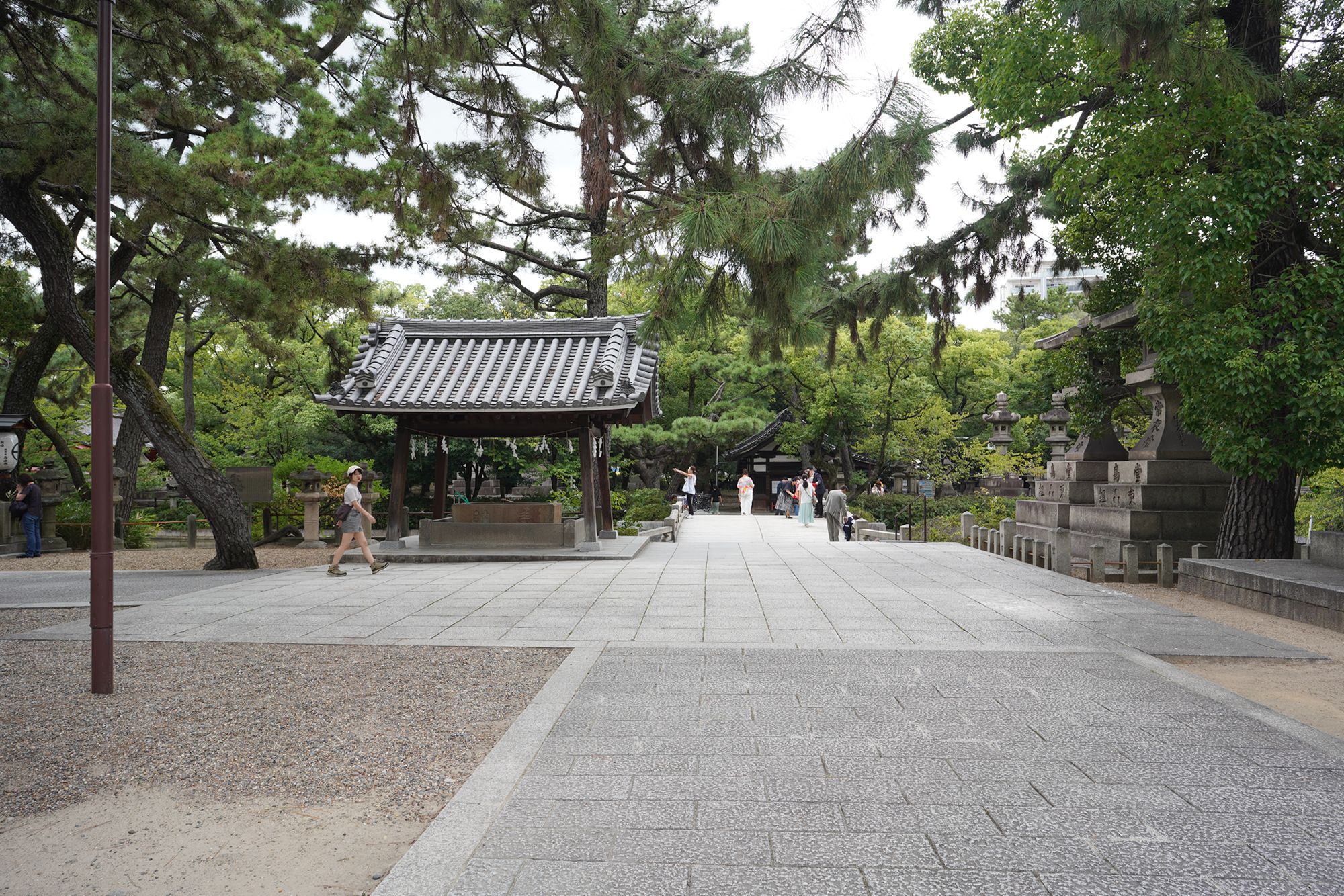
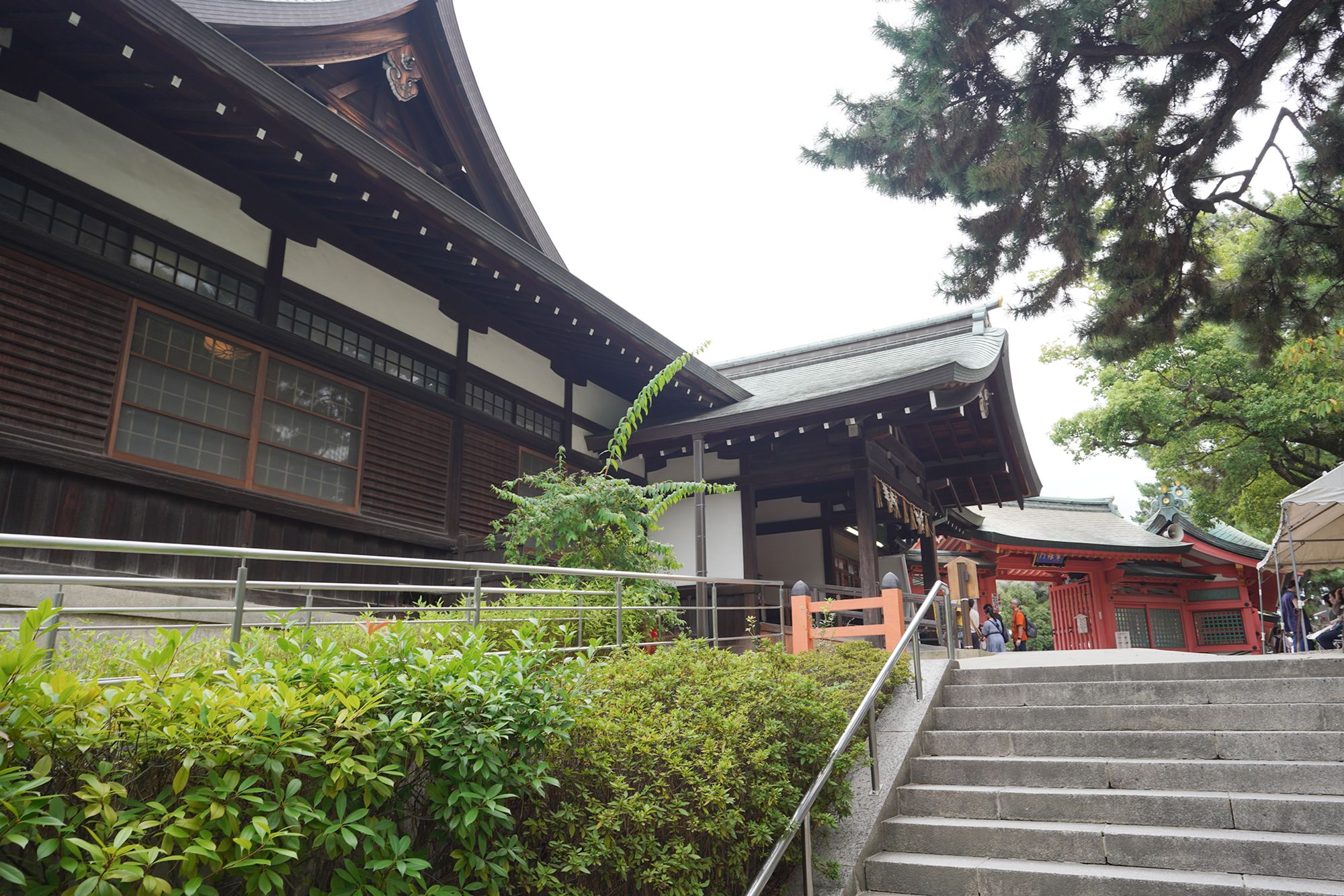
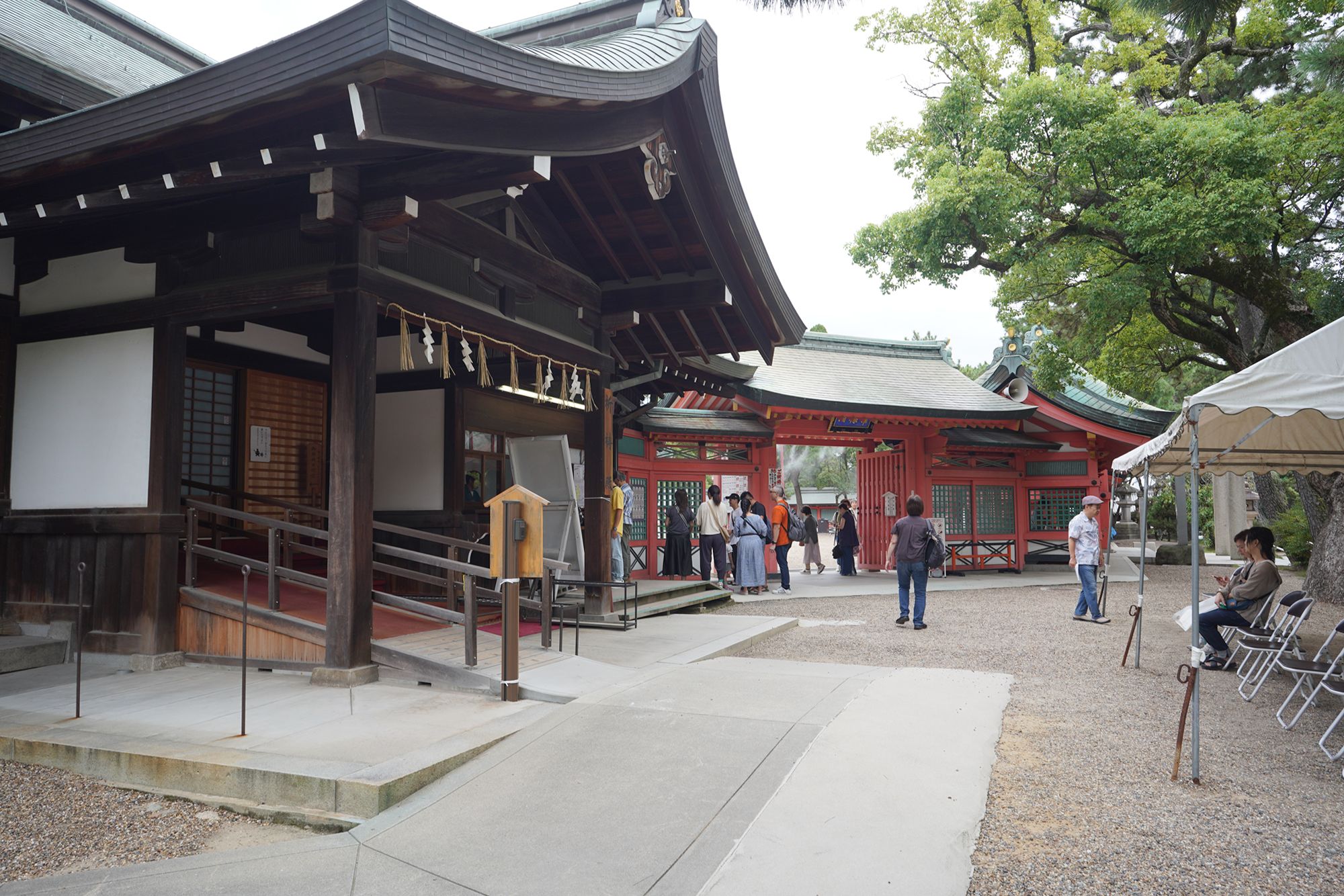
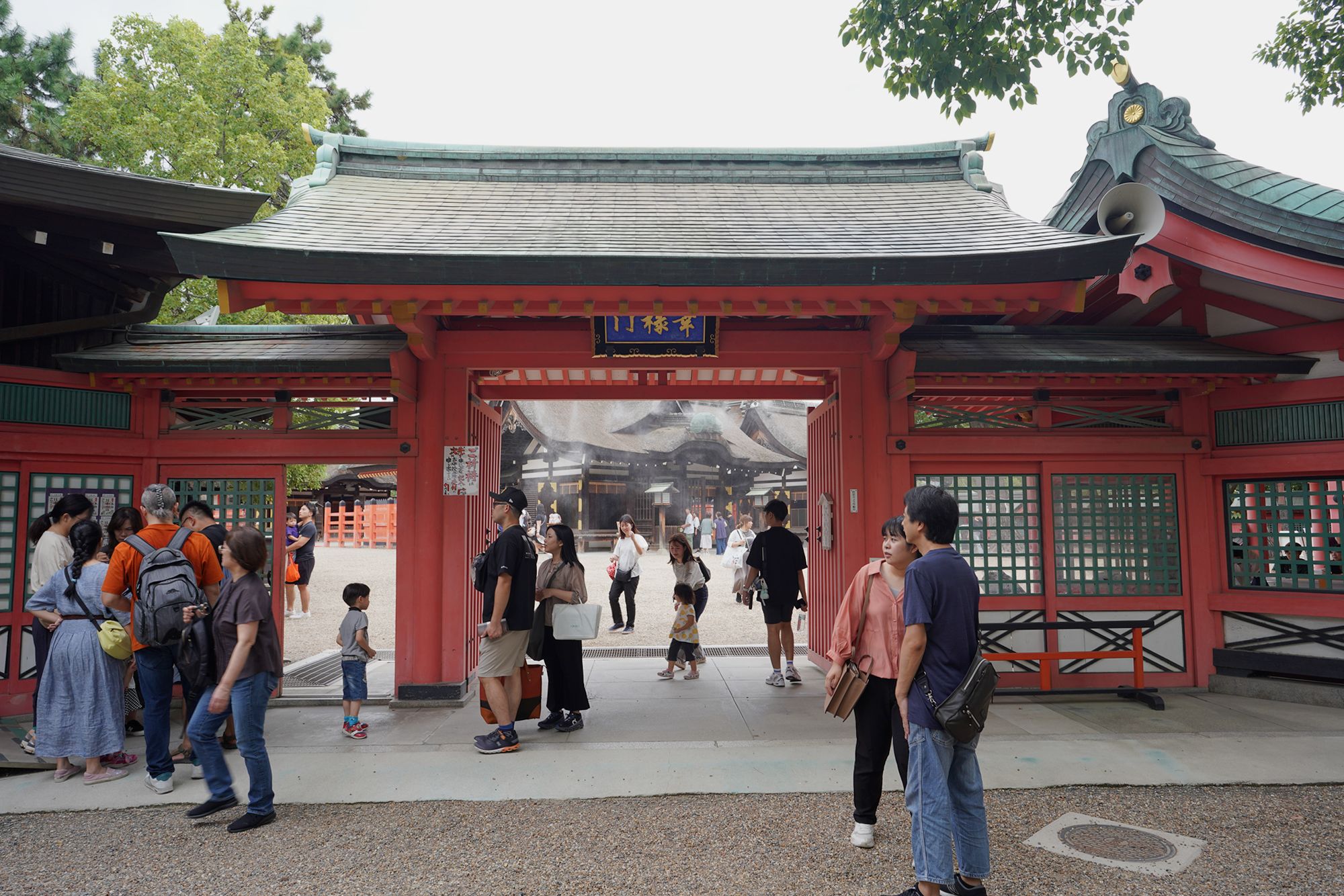
The shrine features Sumiyoshi-zukuri, one of Japan’s oldest architectural styles, distinct for its straight roofline and absence of influence from Chinese or Buddhist designs.
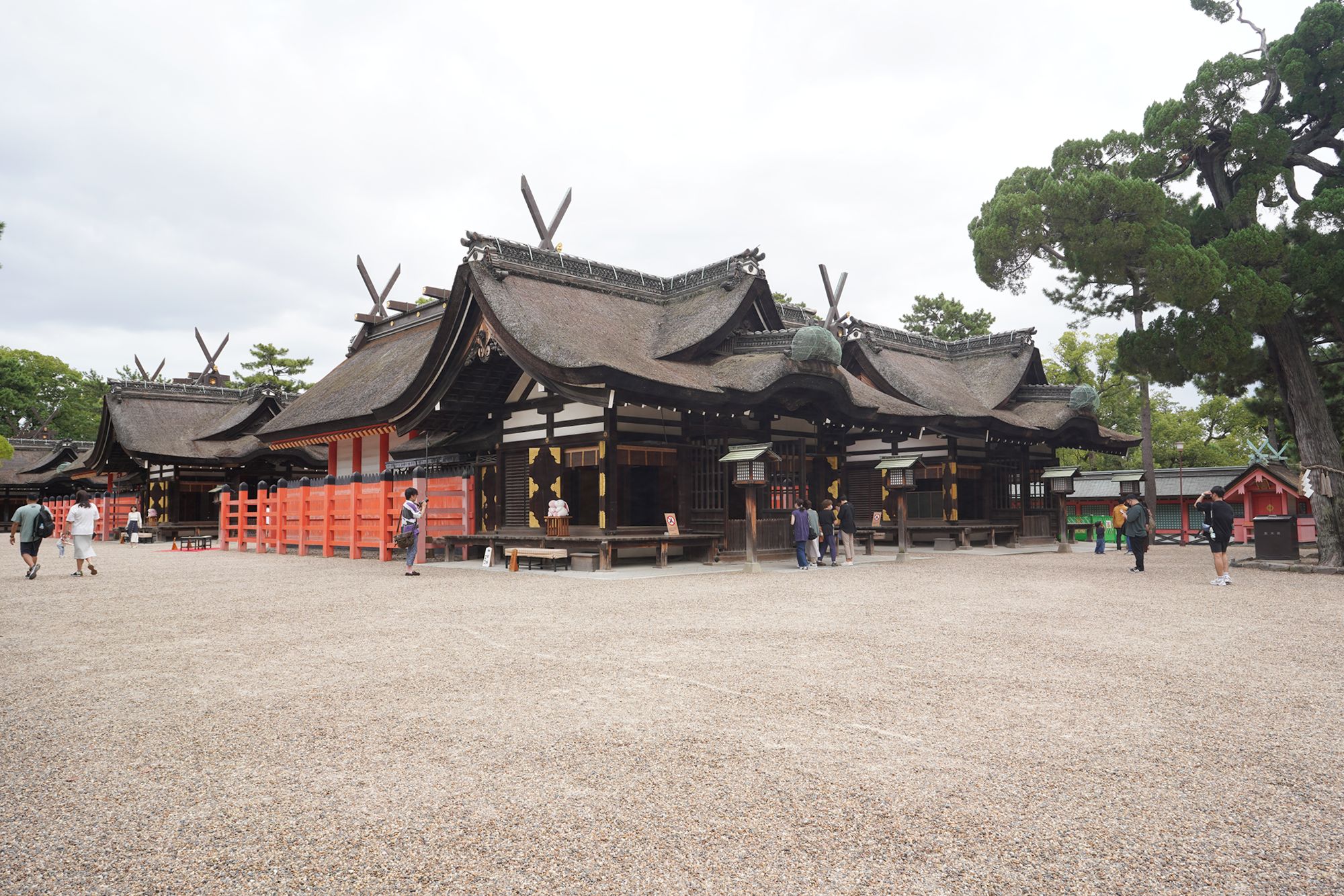
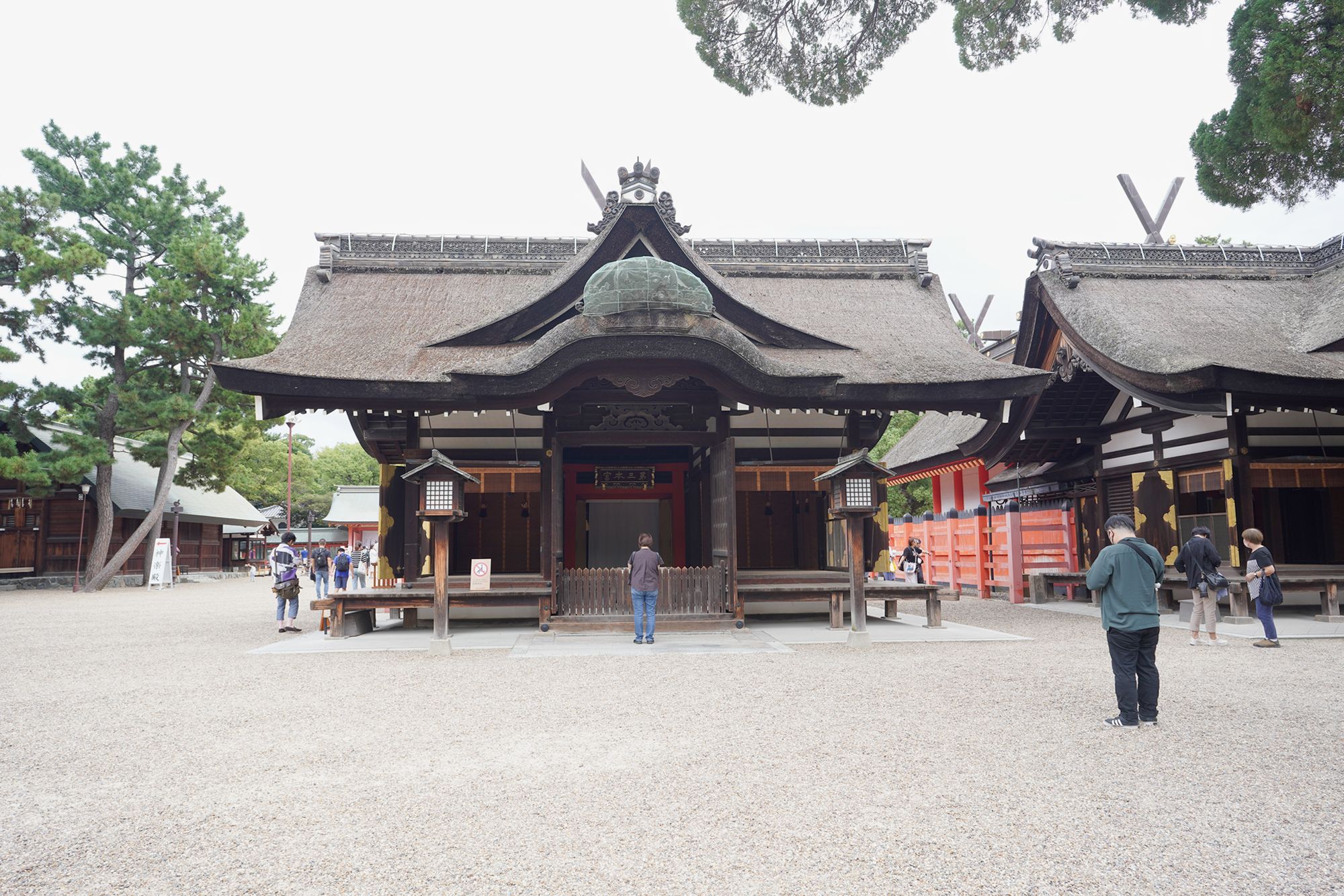
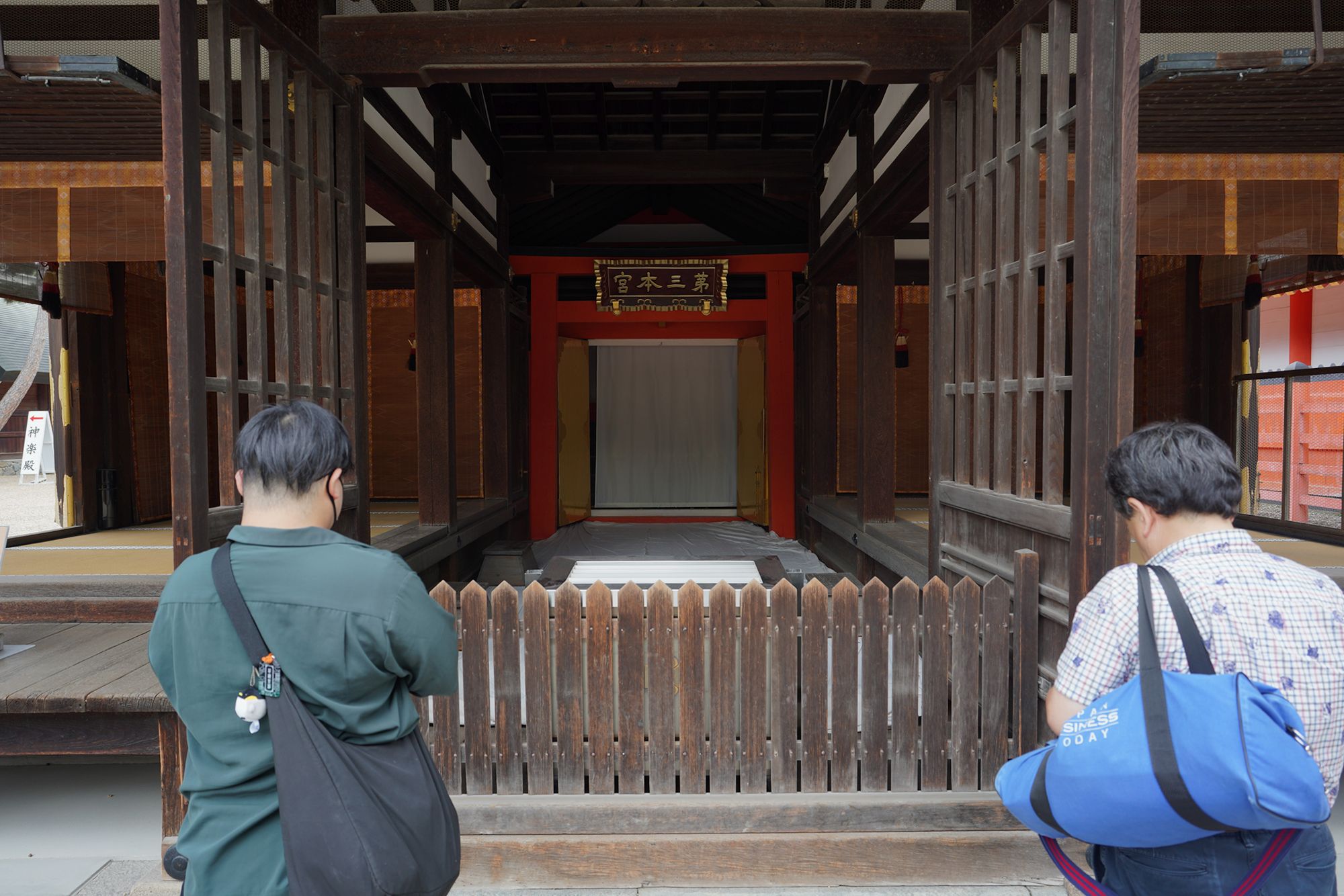
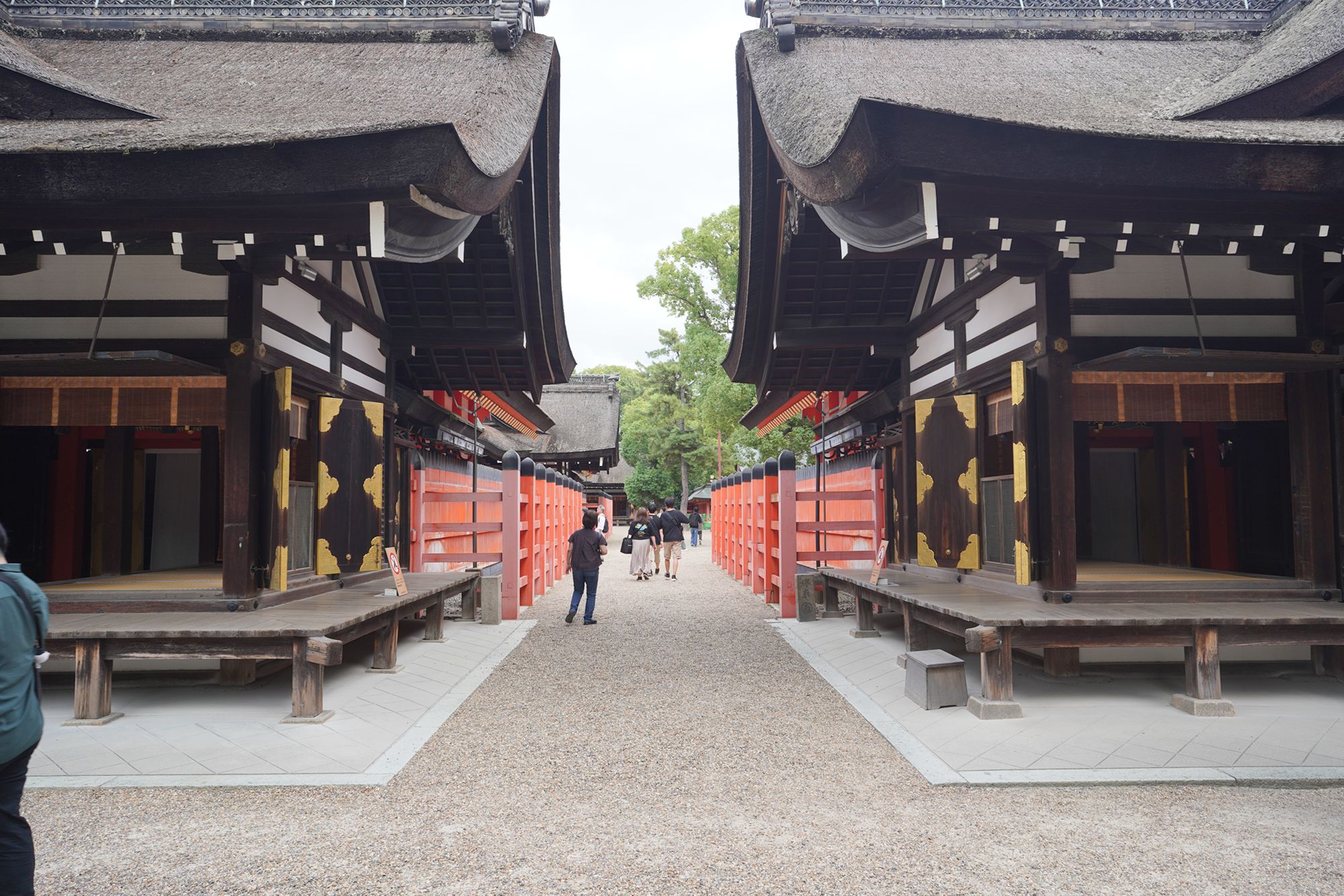
Back side
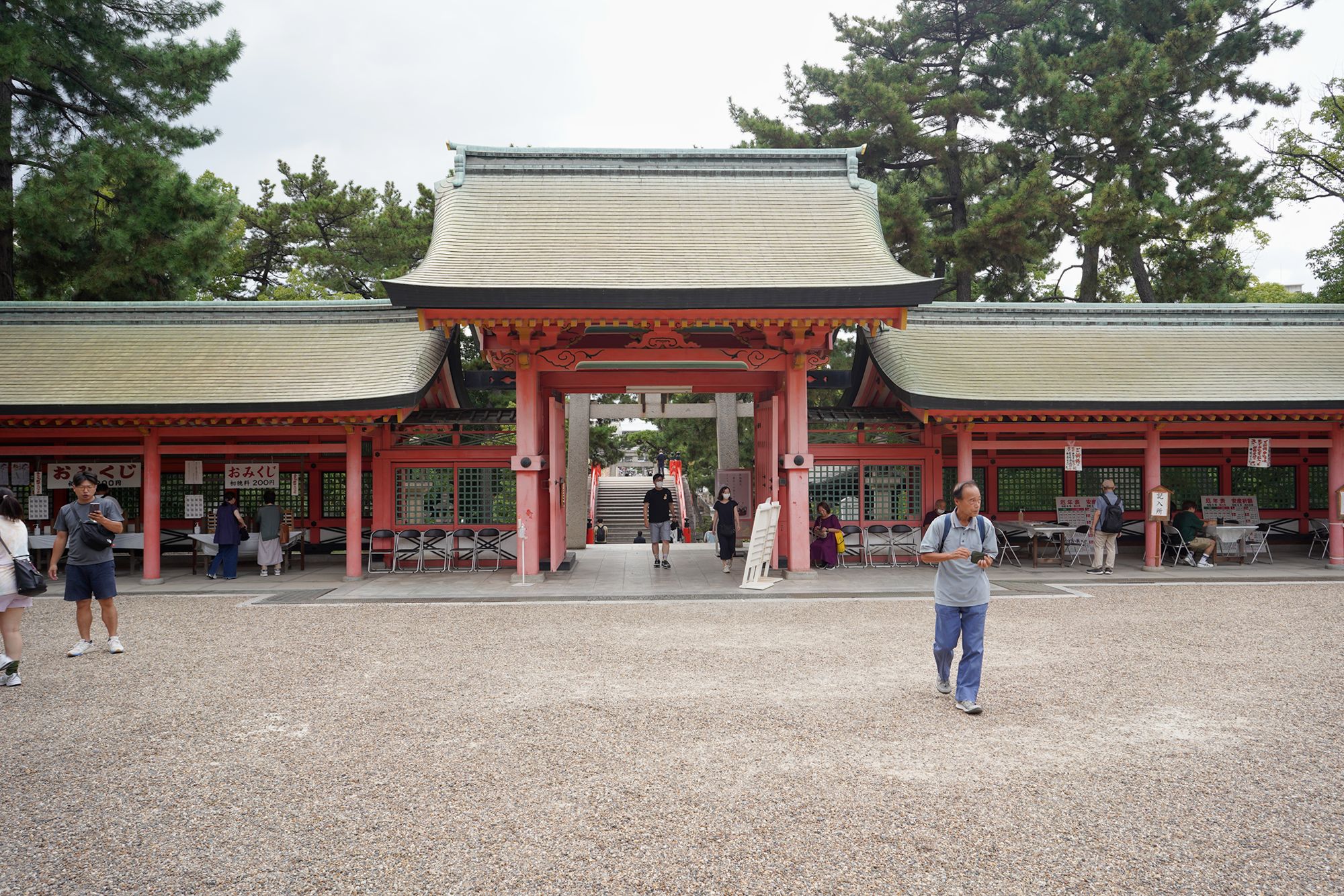
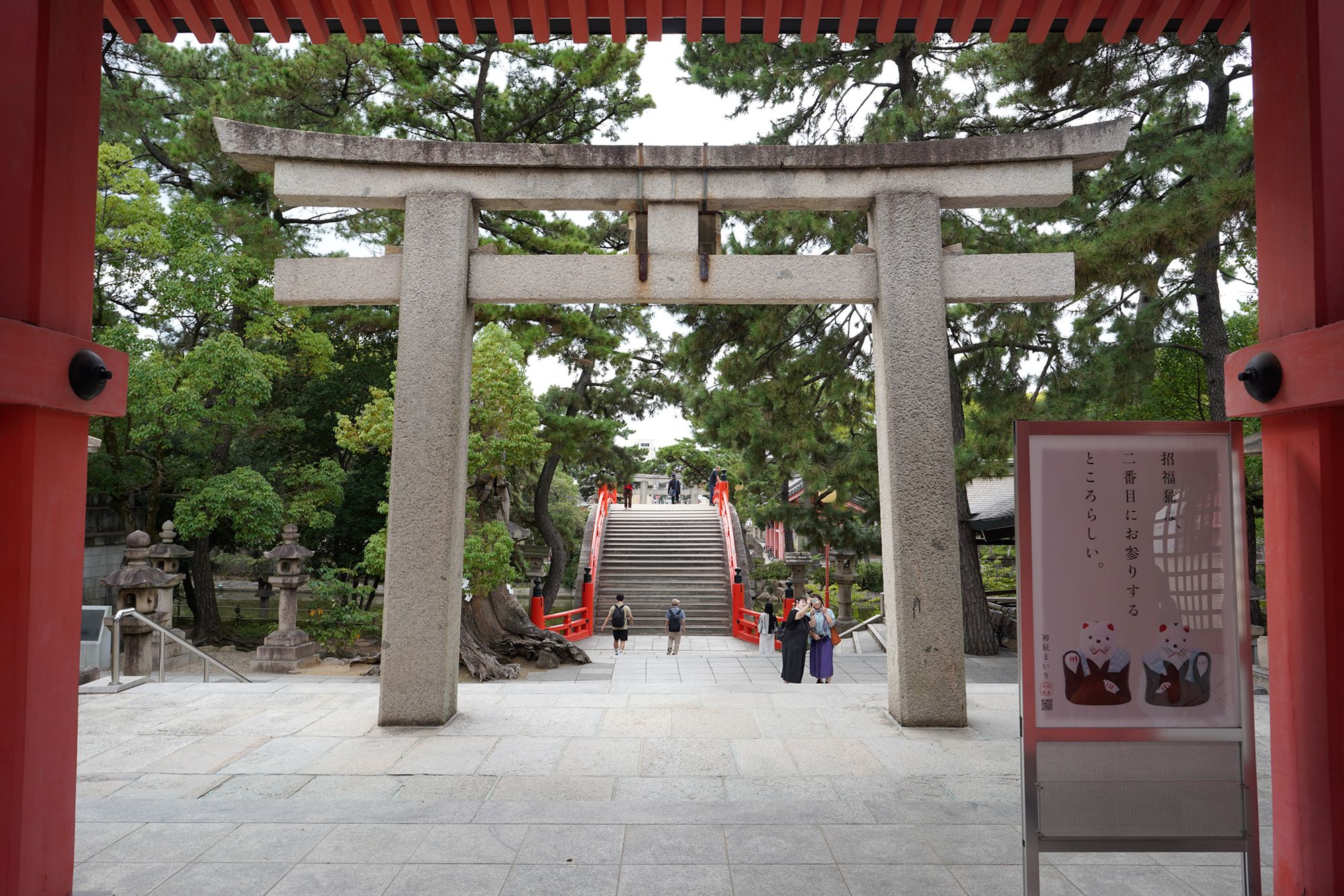
Looked back again toward the shrine buildings
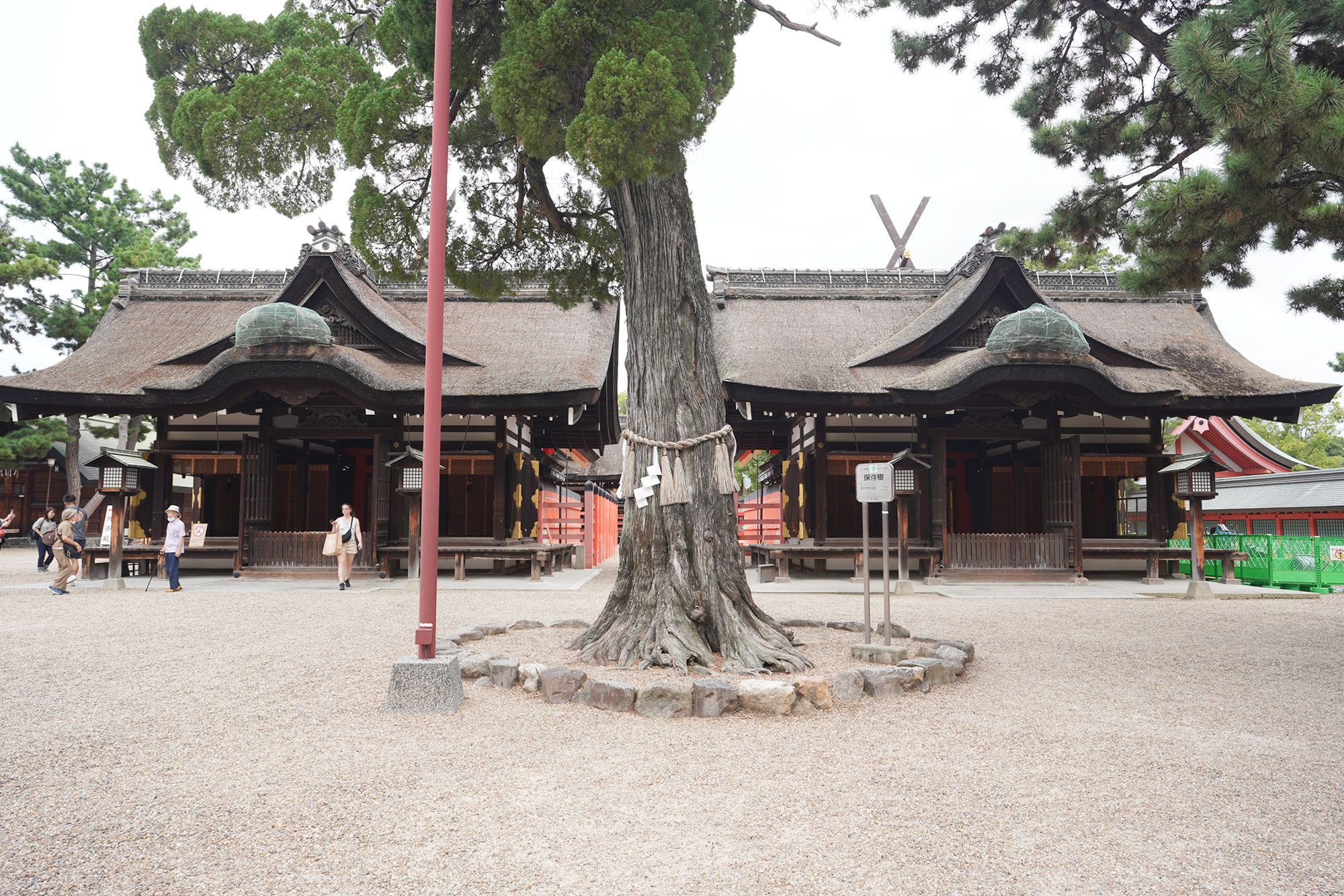
After that, I made my way to the rear of the shrine buildings.
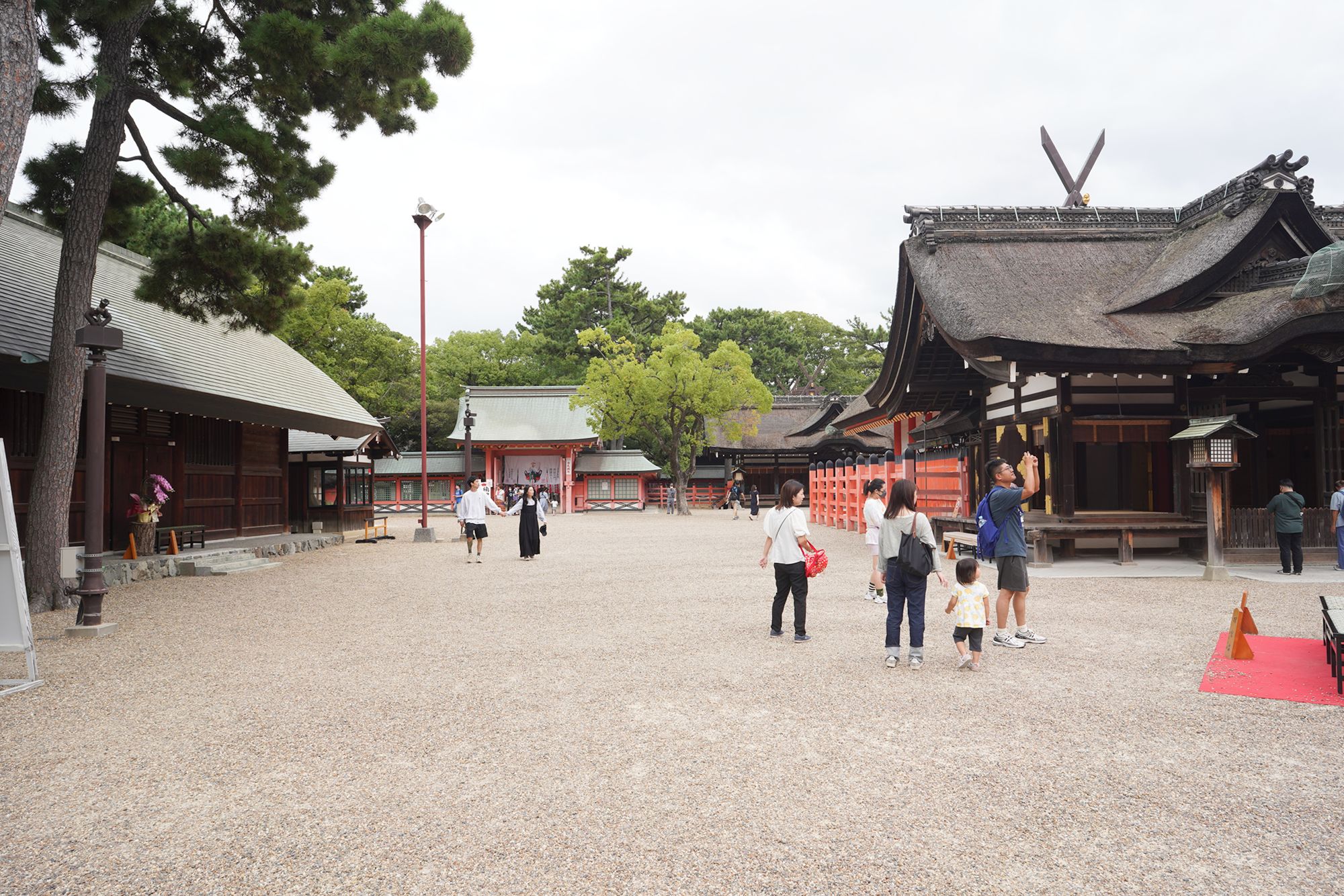
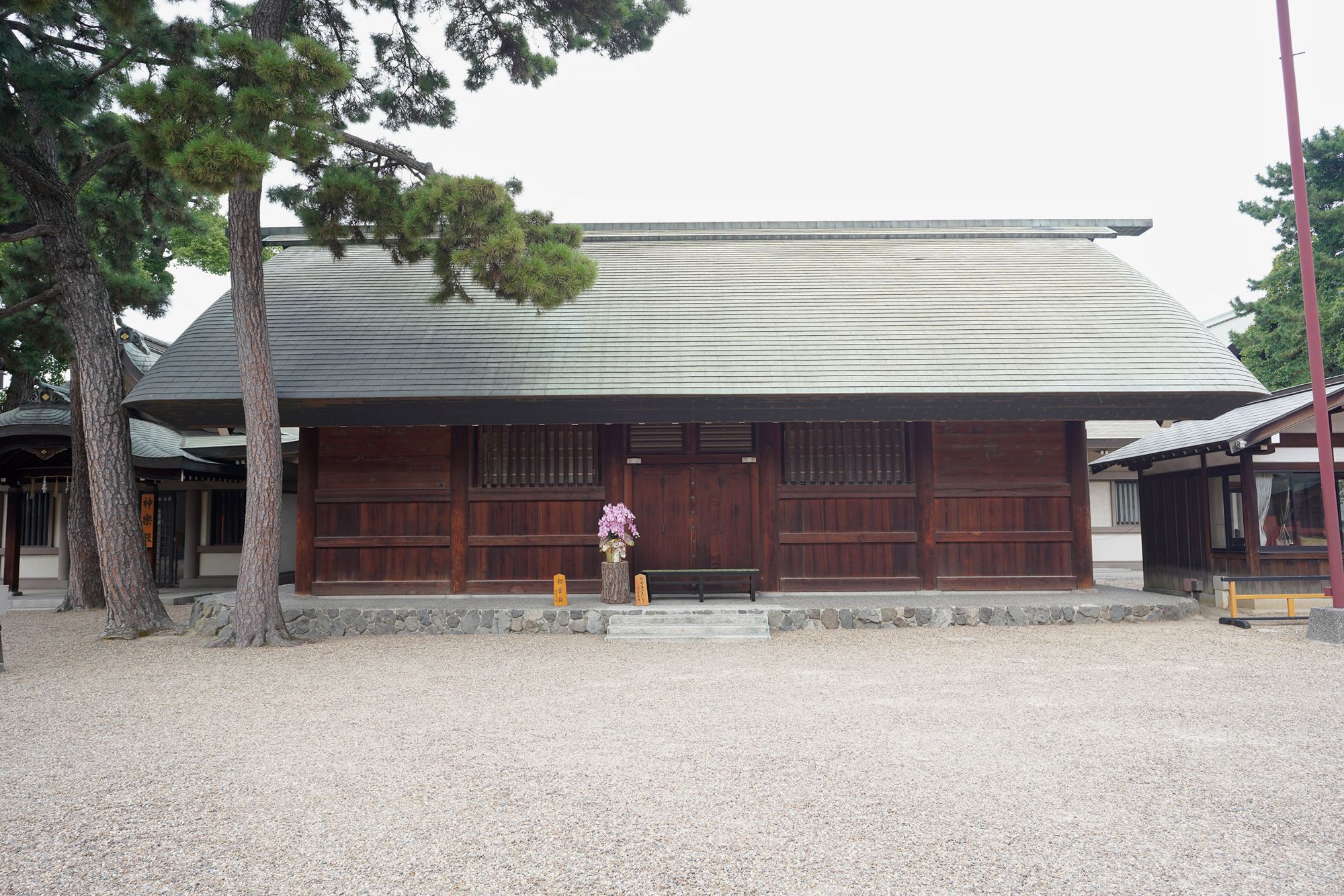
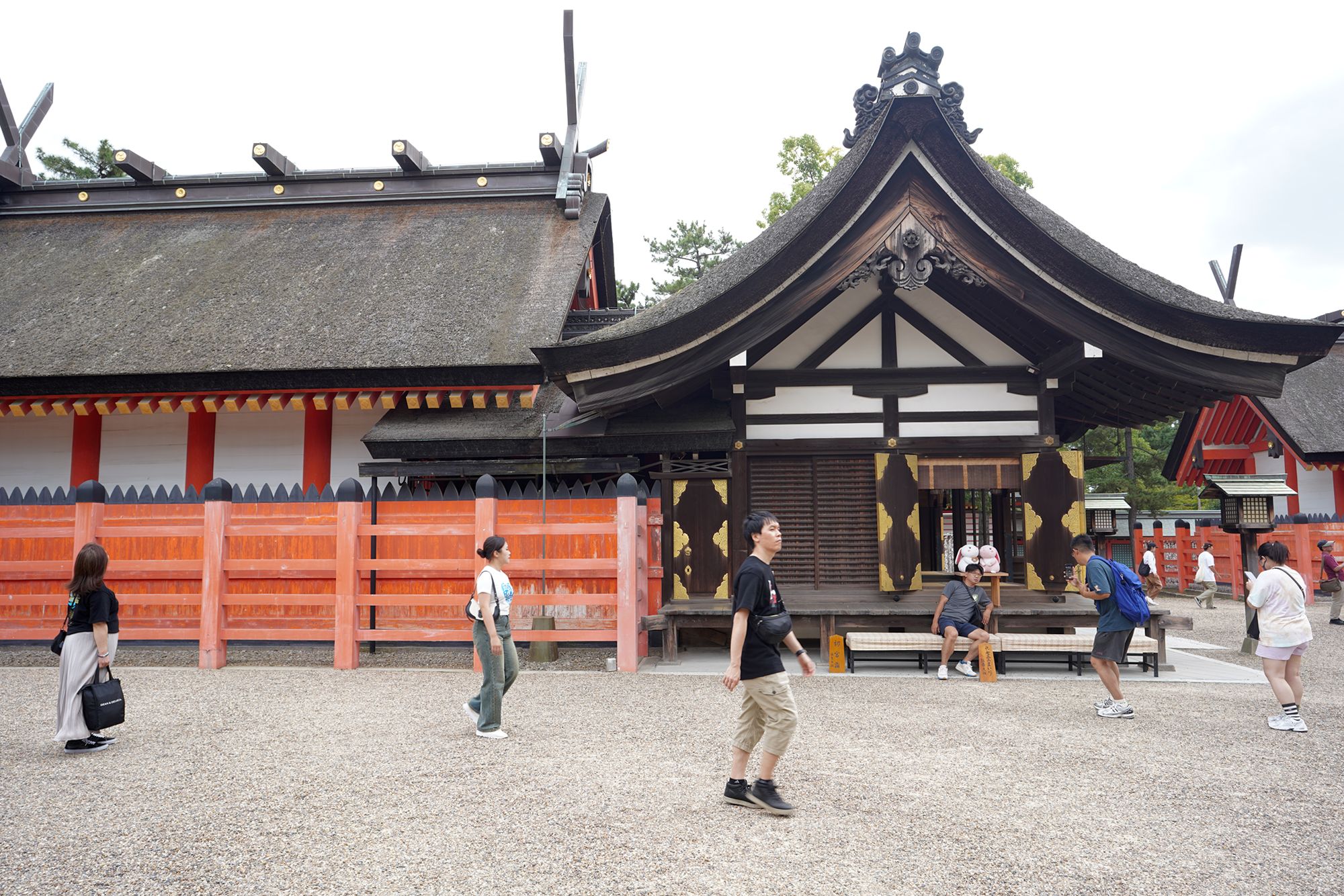
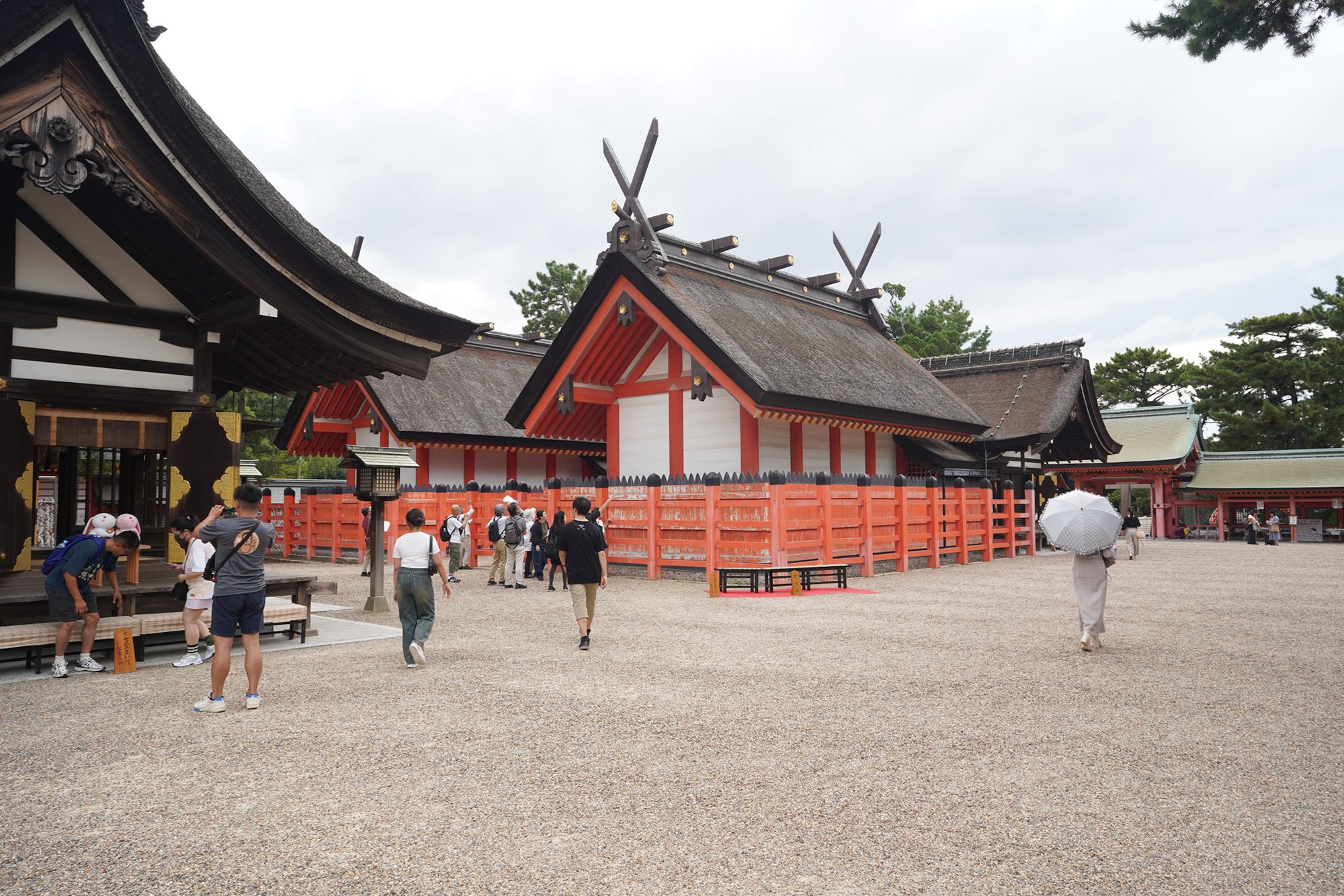
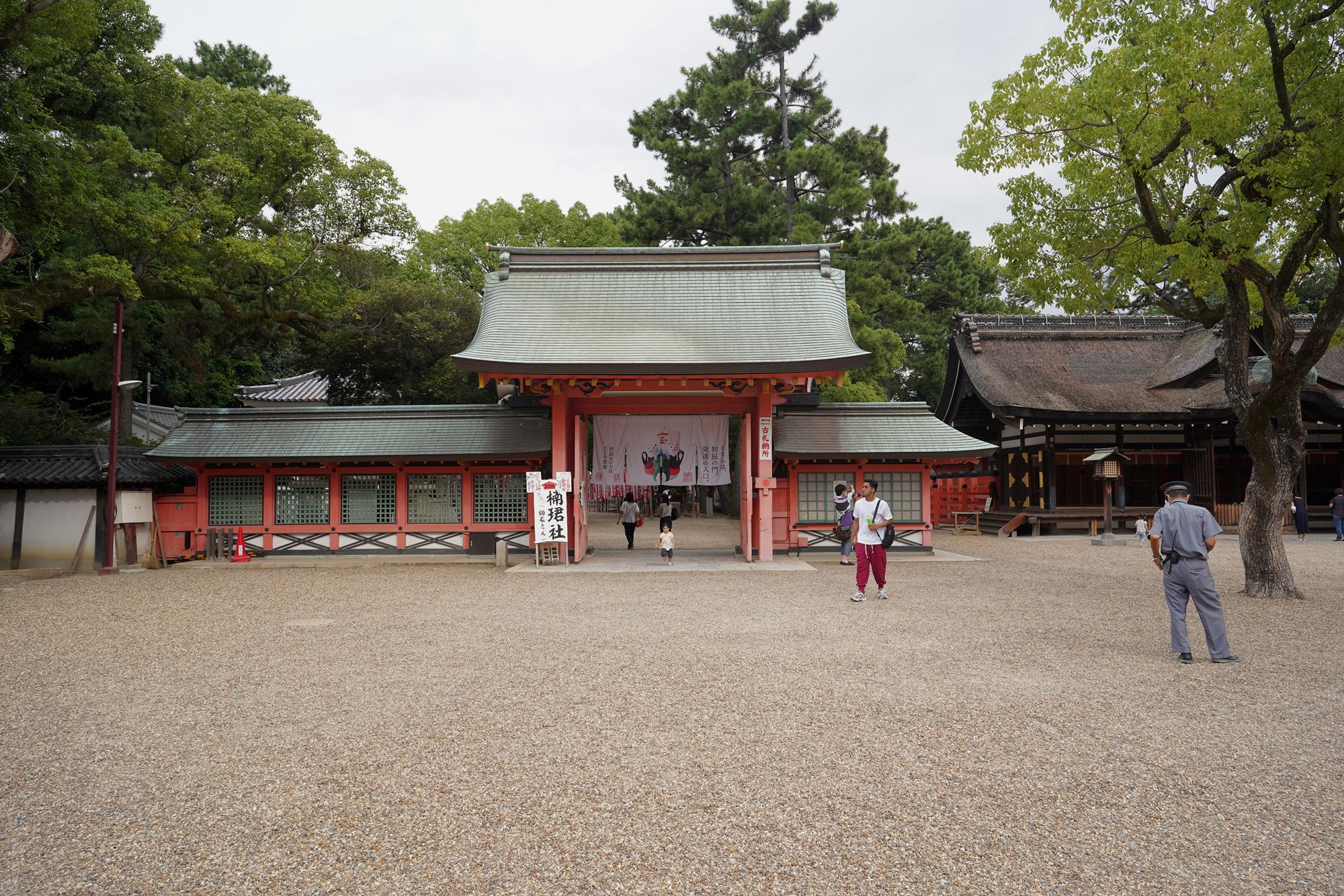
Behind the first set of shrine buildings, there were additional similar-looking shrine buildings
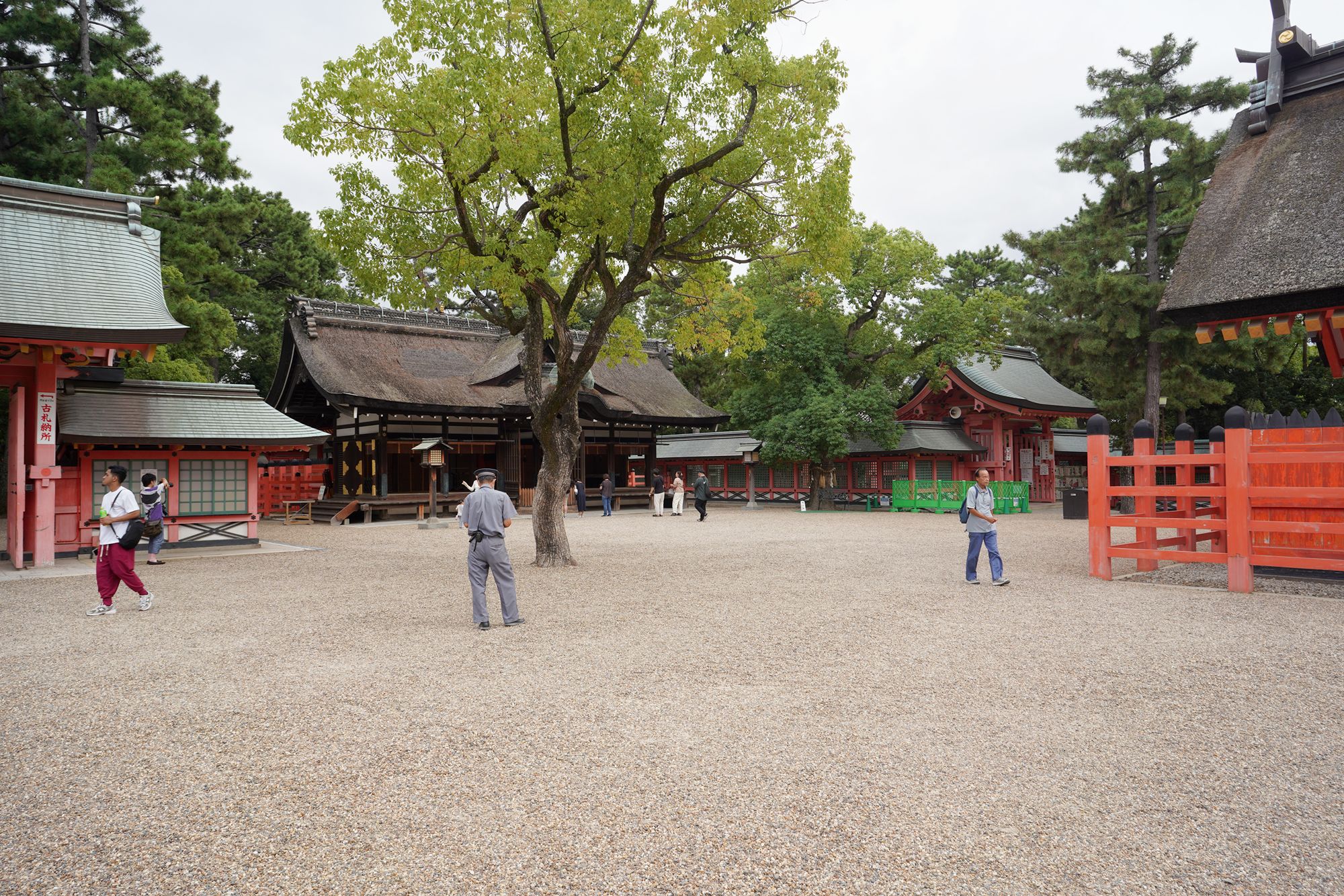
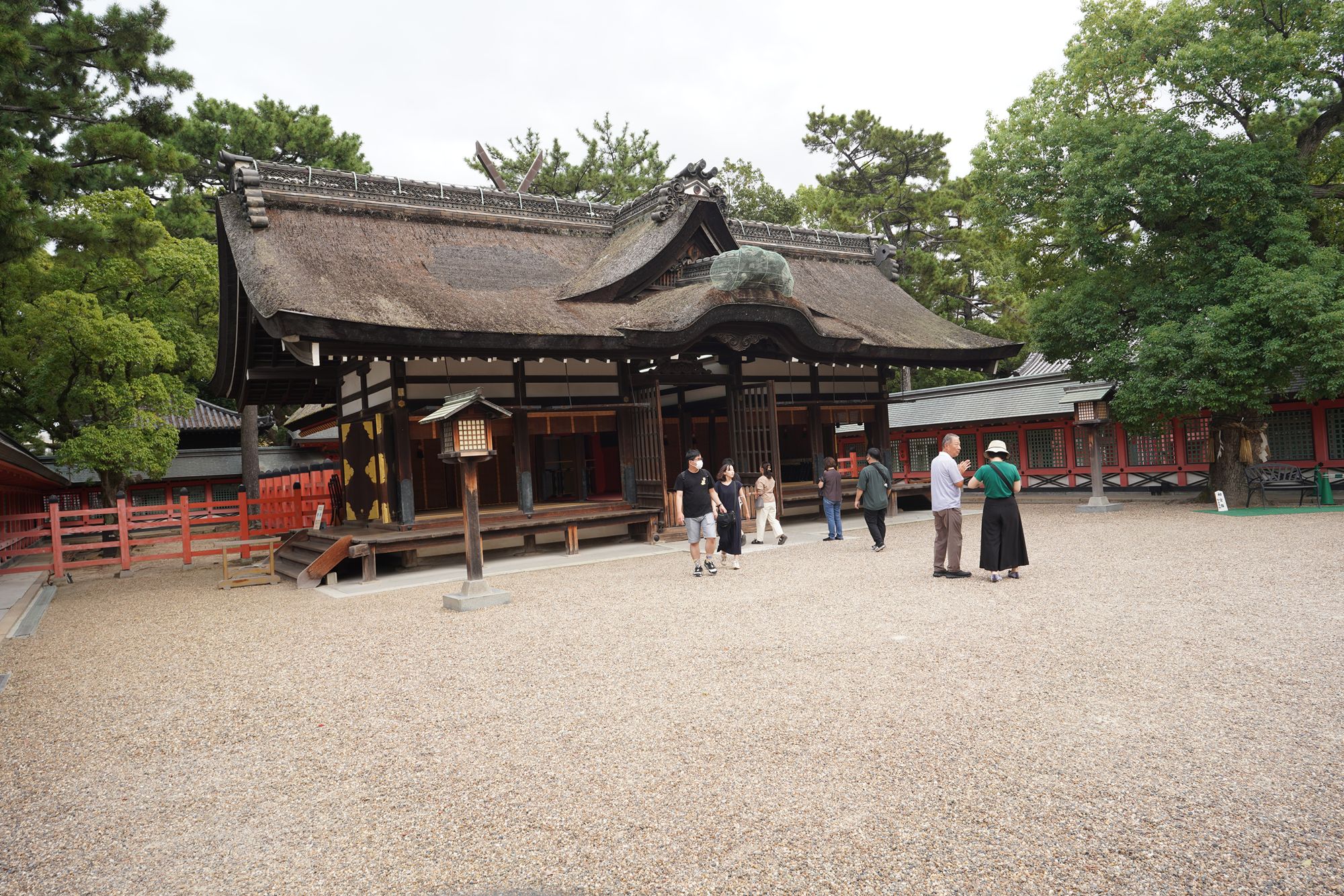
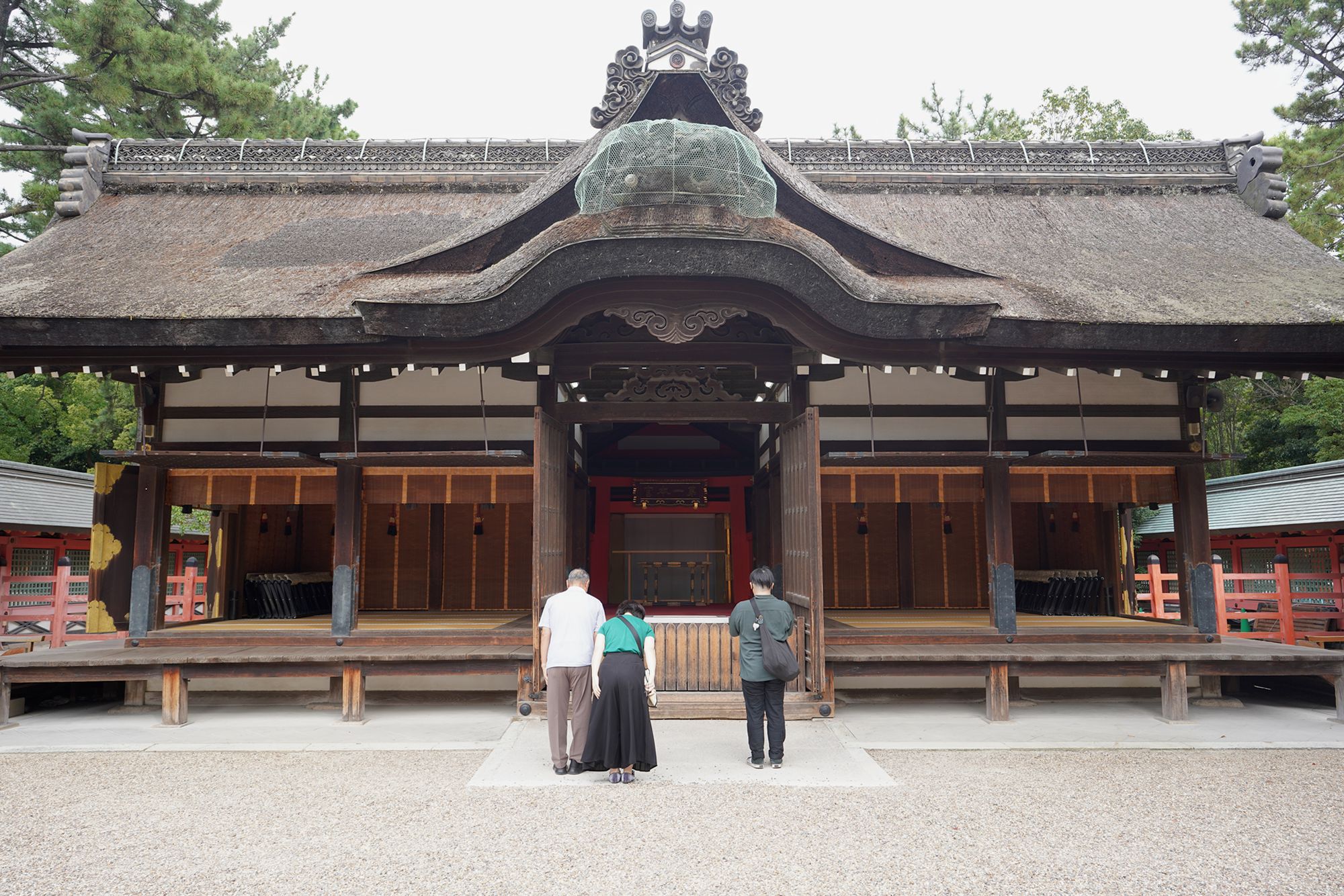
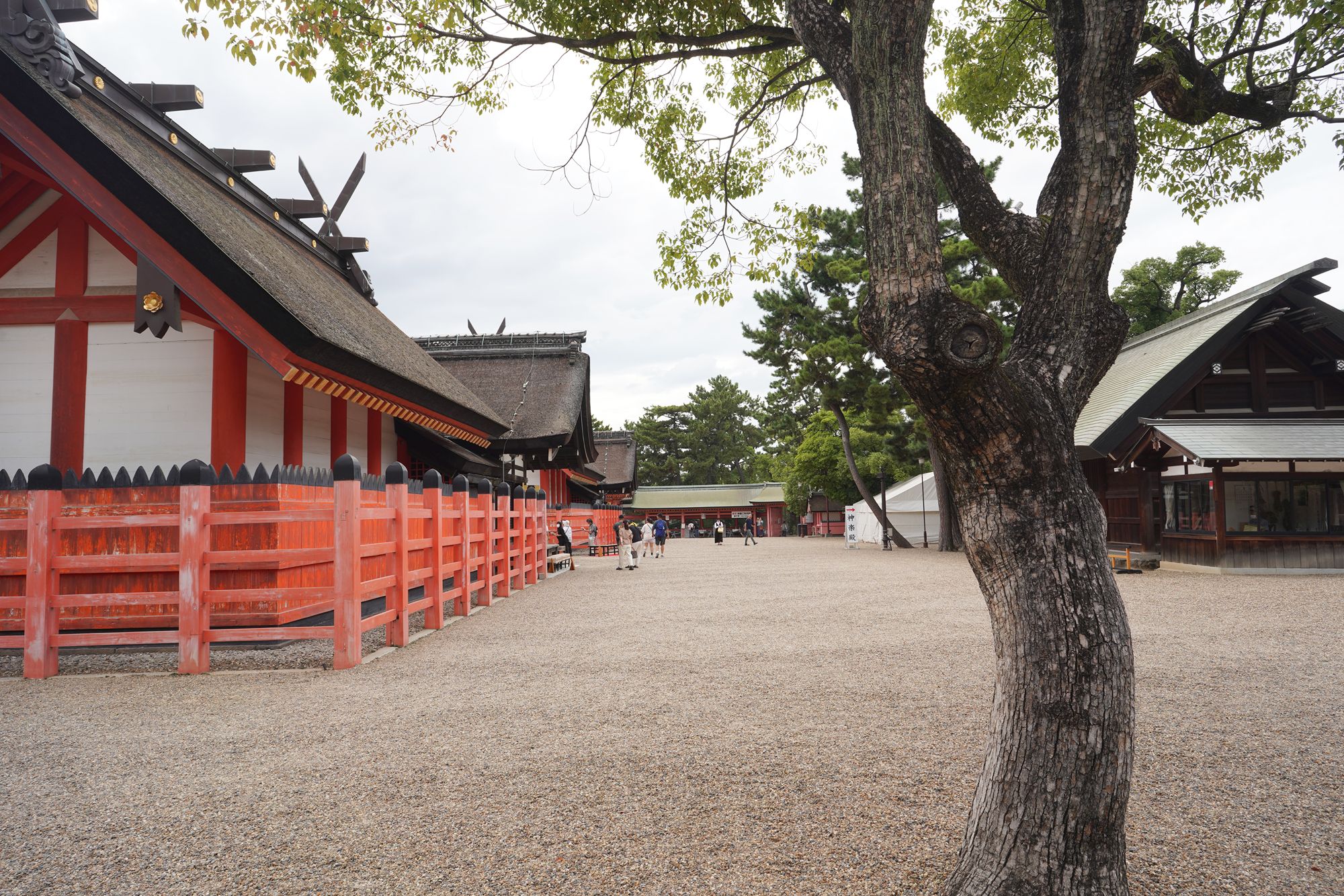
This gate opens to an area located behind the second set of shrine buildings.
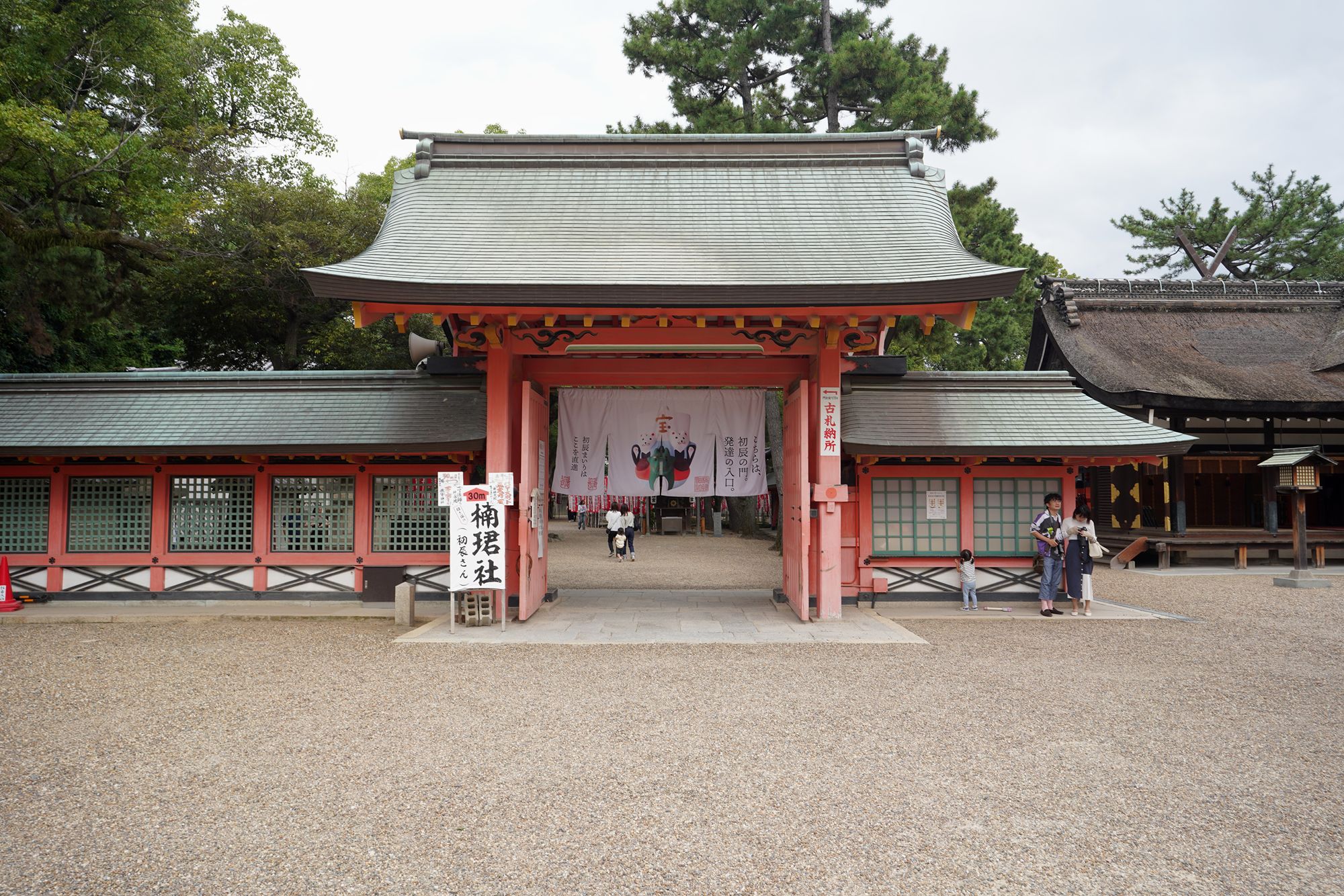
Behind the gate is this area
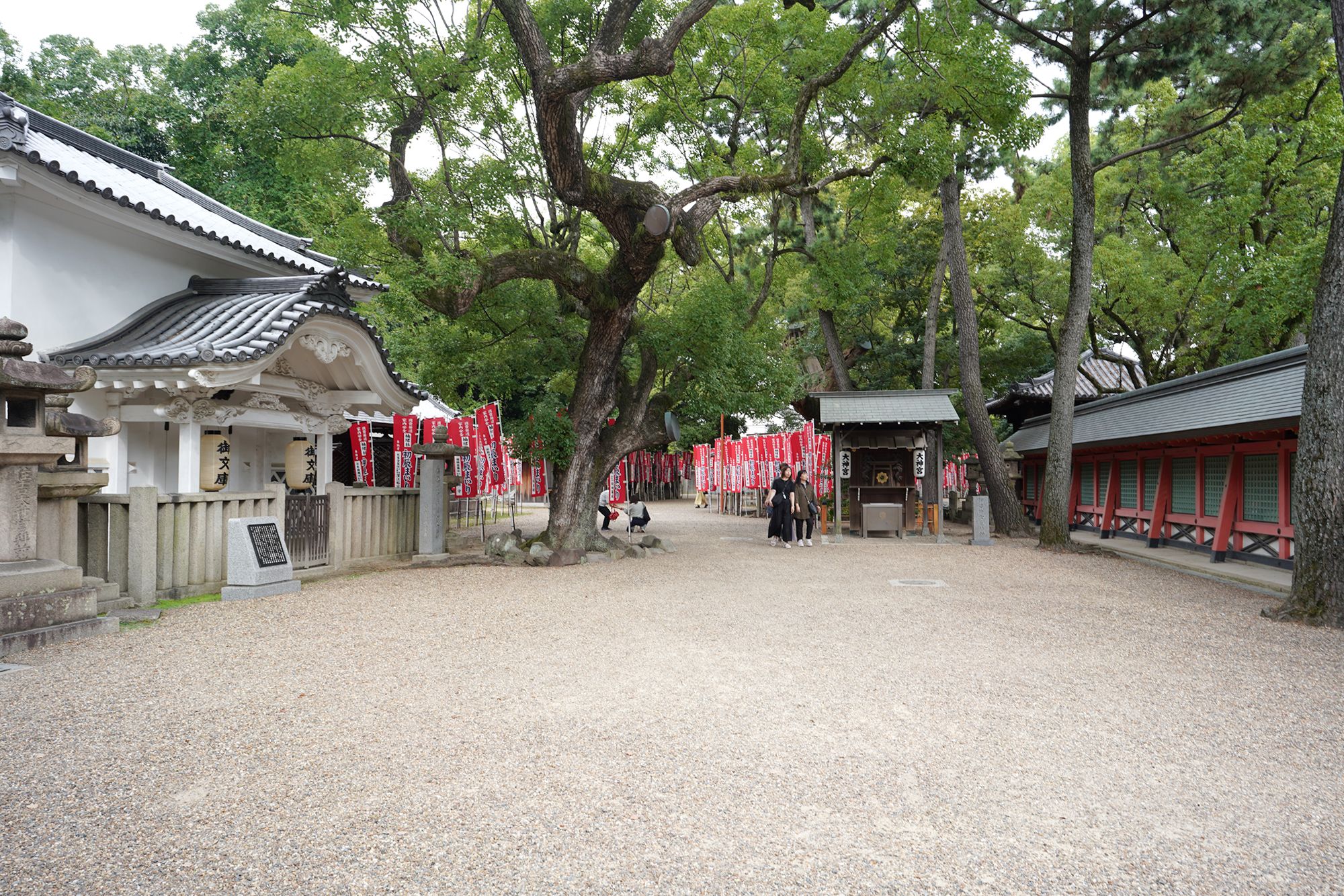
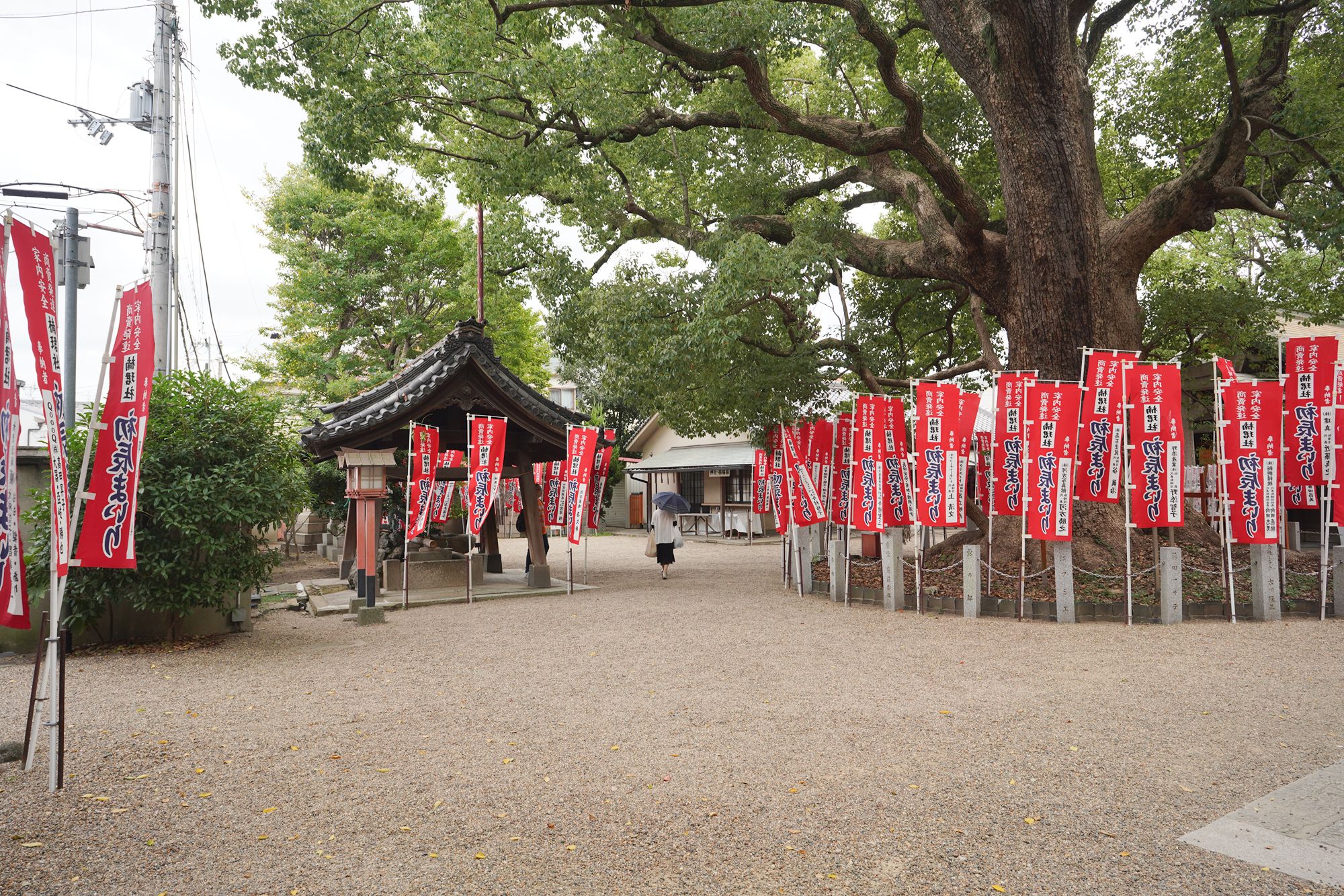
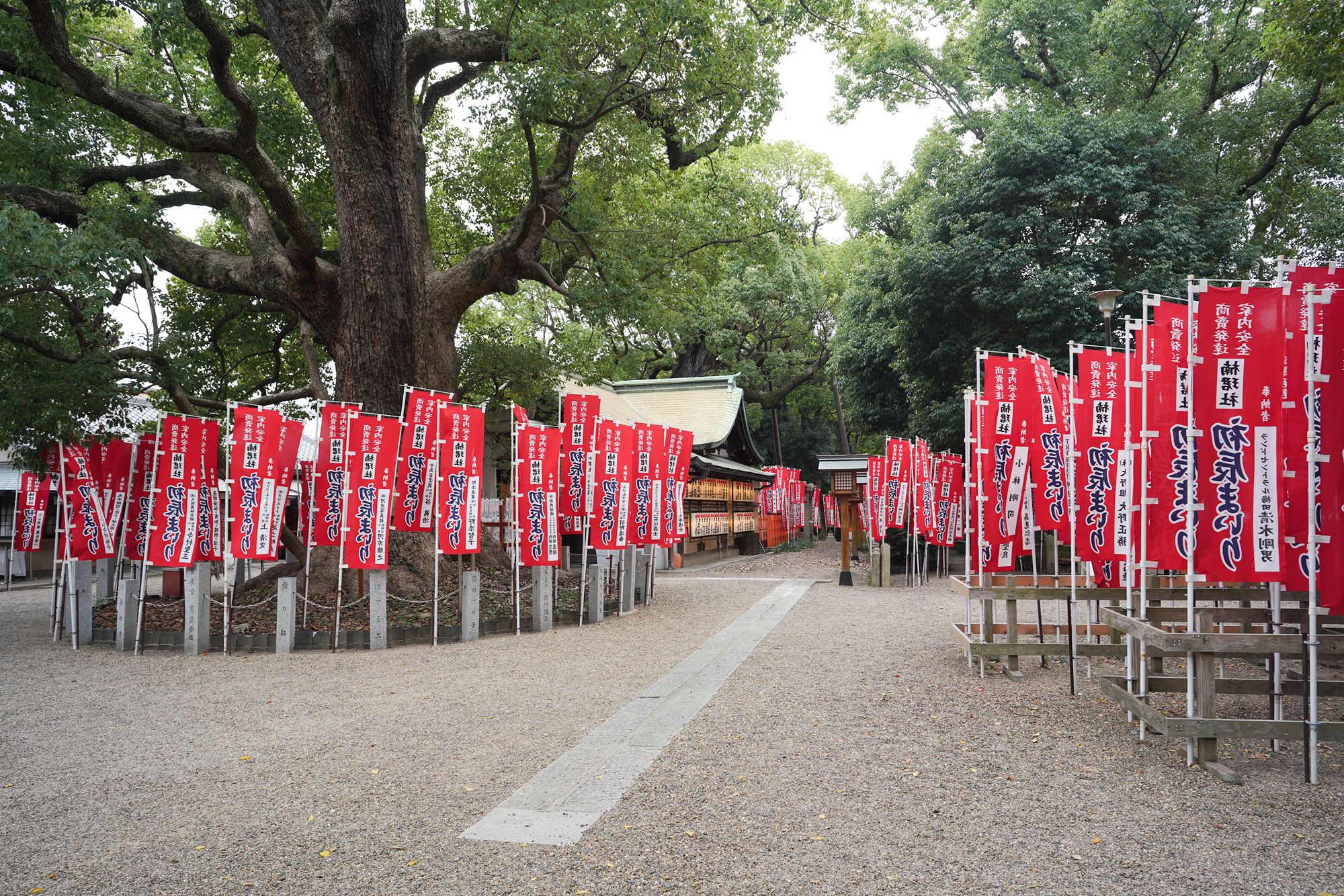
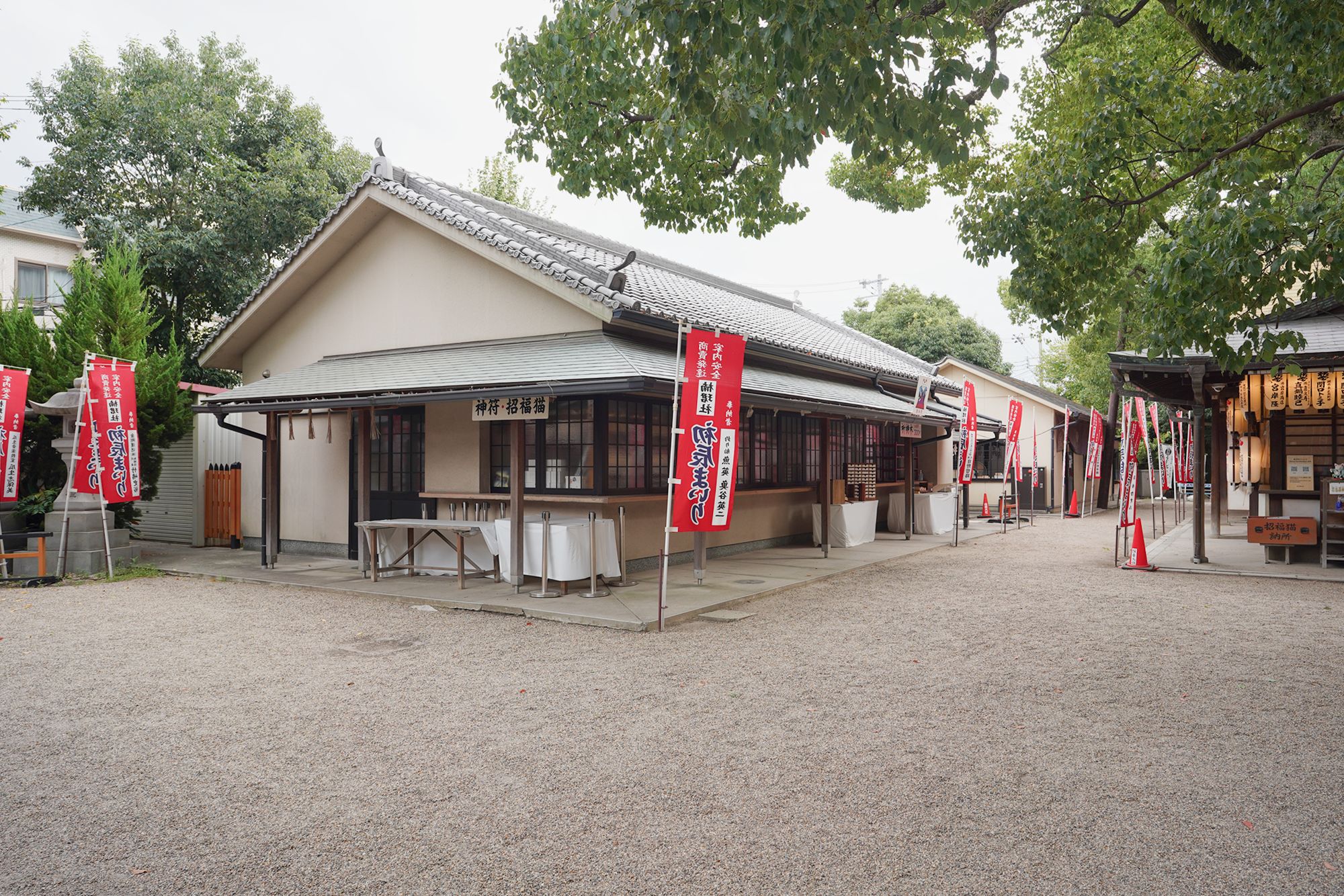
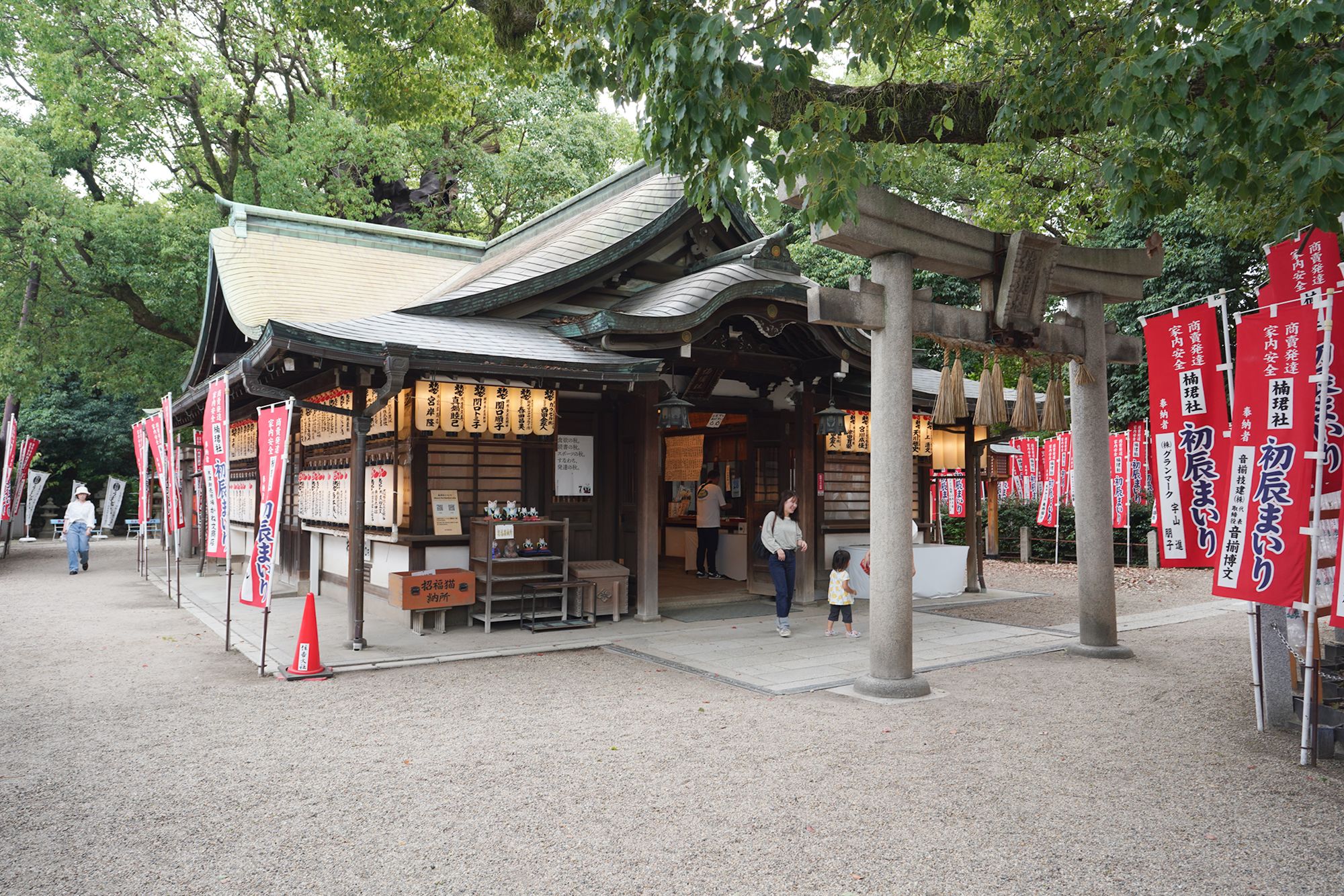
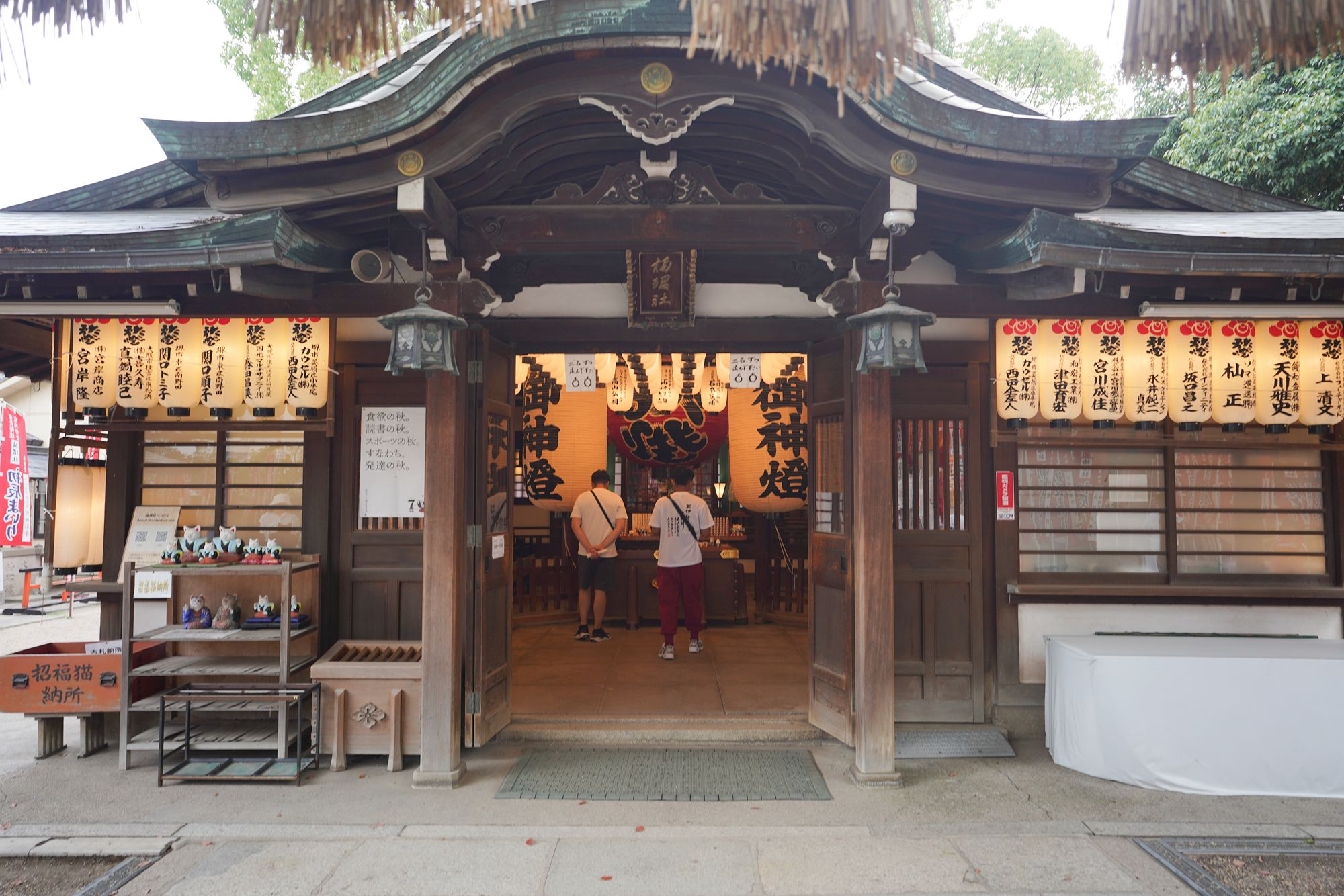
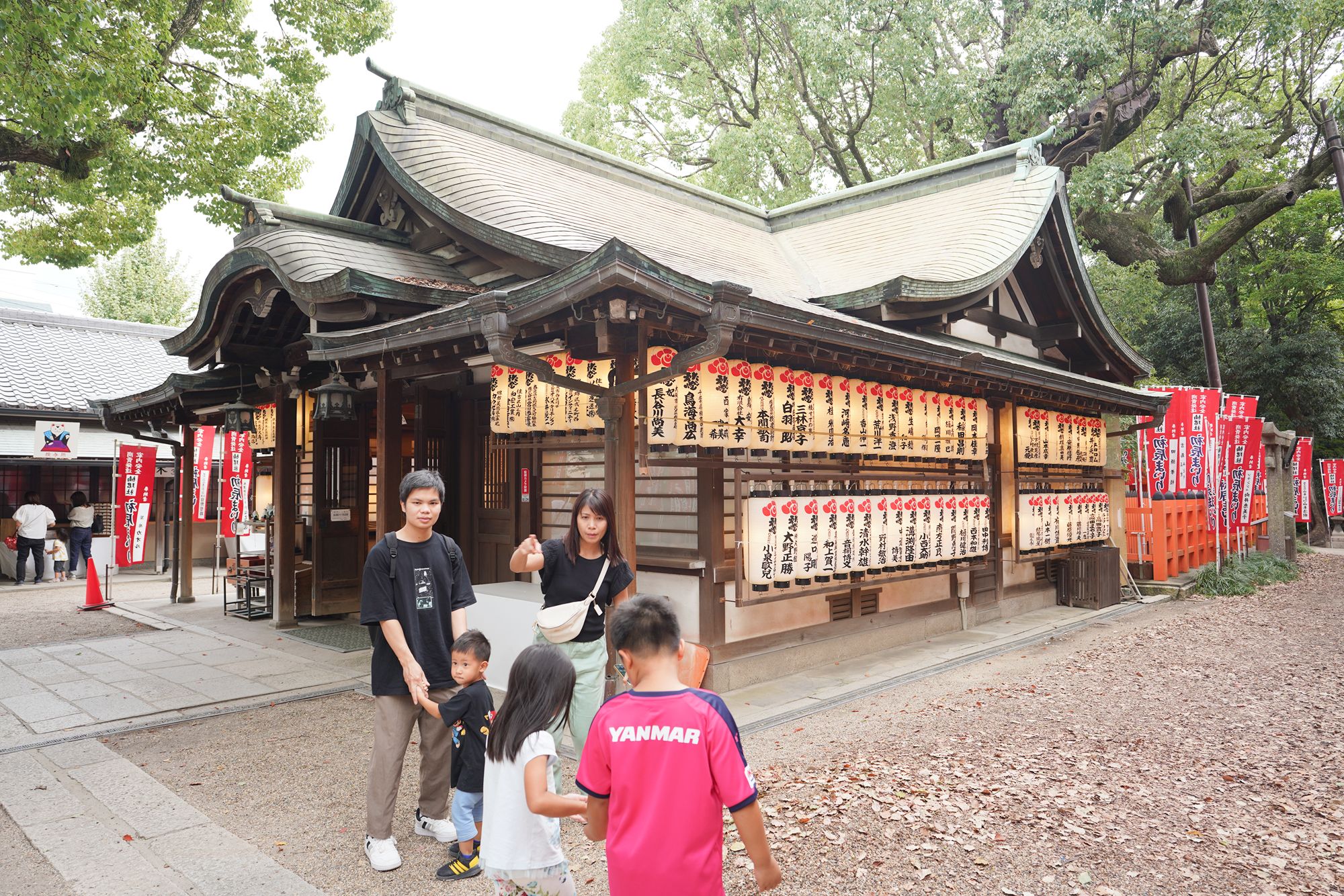
I walked back to the gate to leave this area.
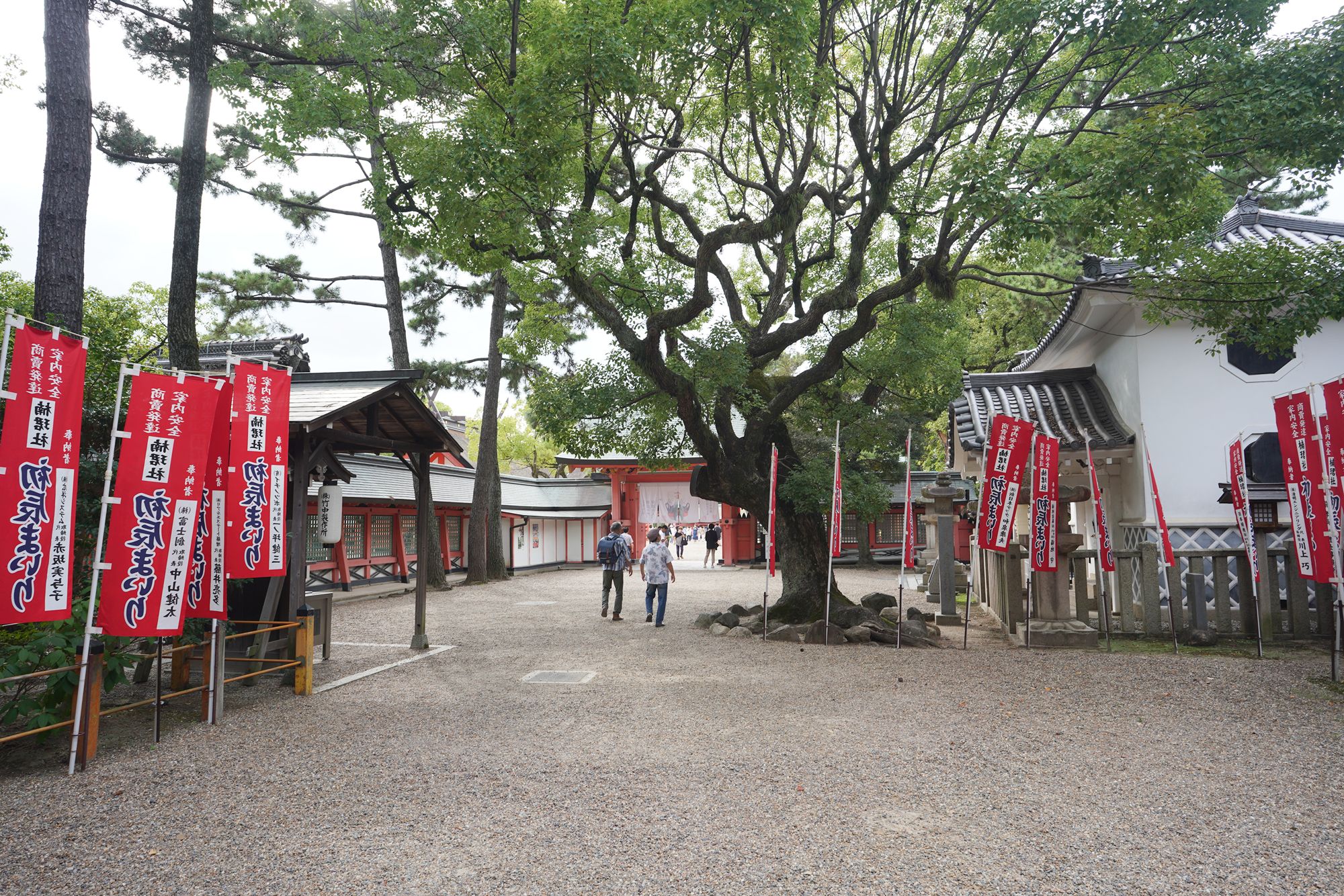
I returned to the main shrine building area.
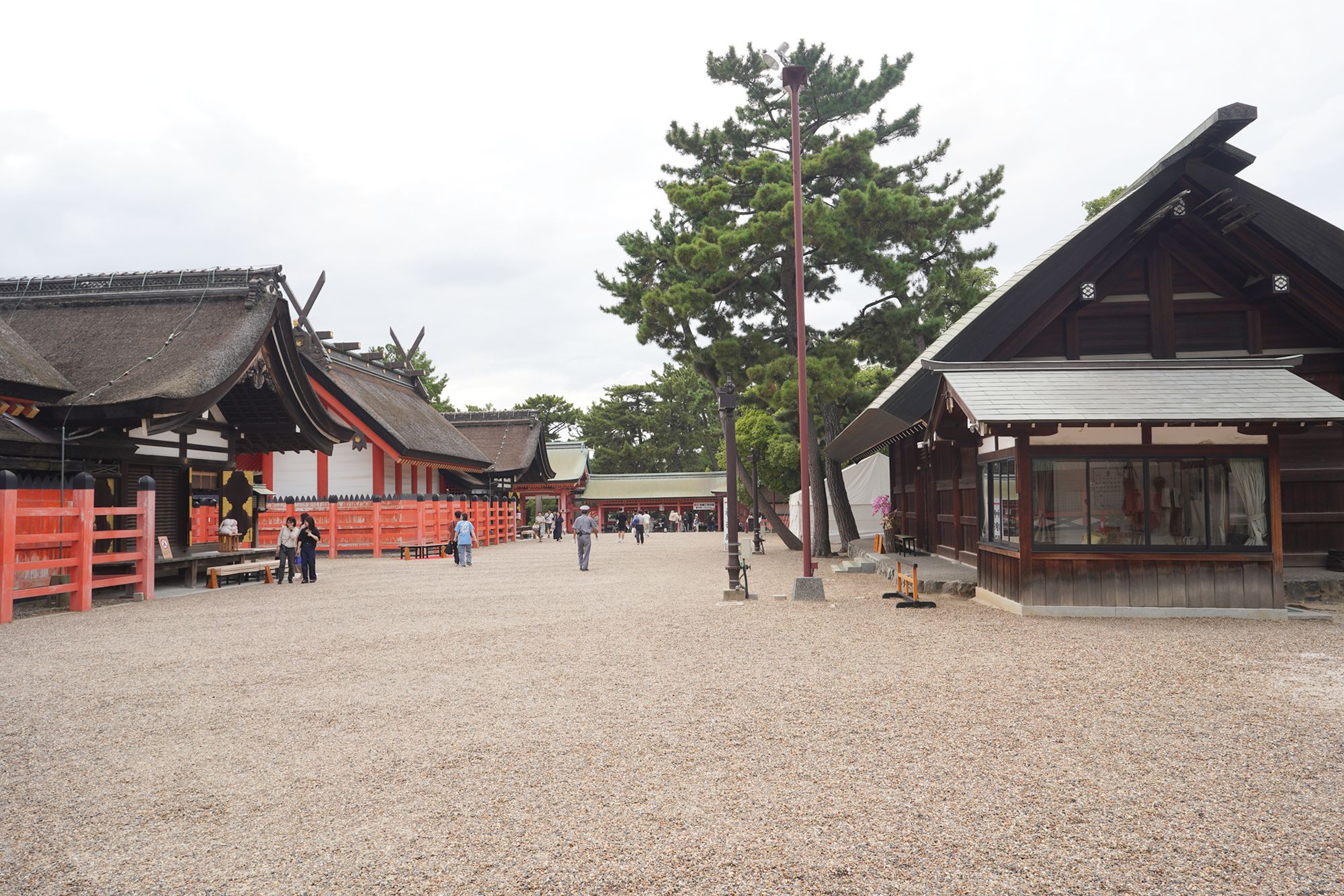
I then exited the area through this gate.
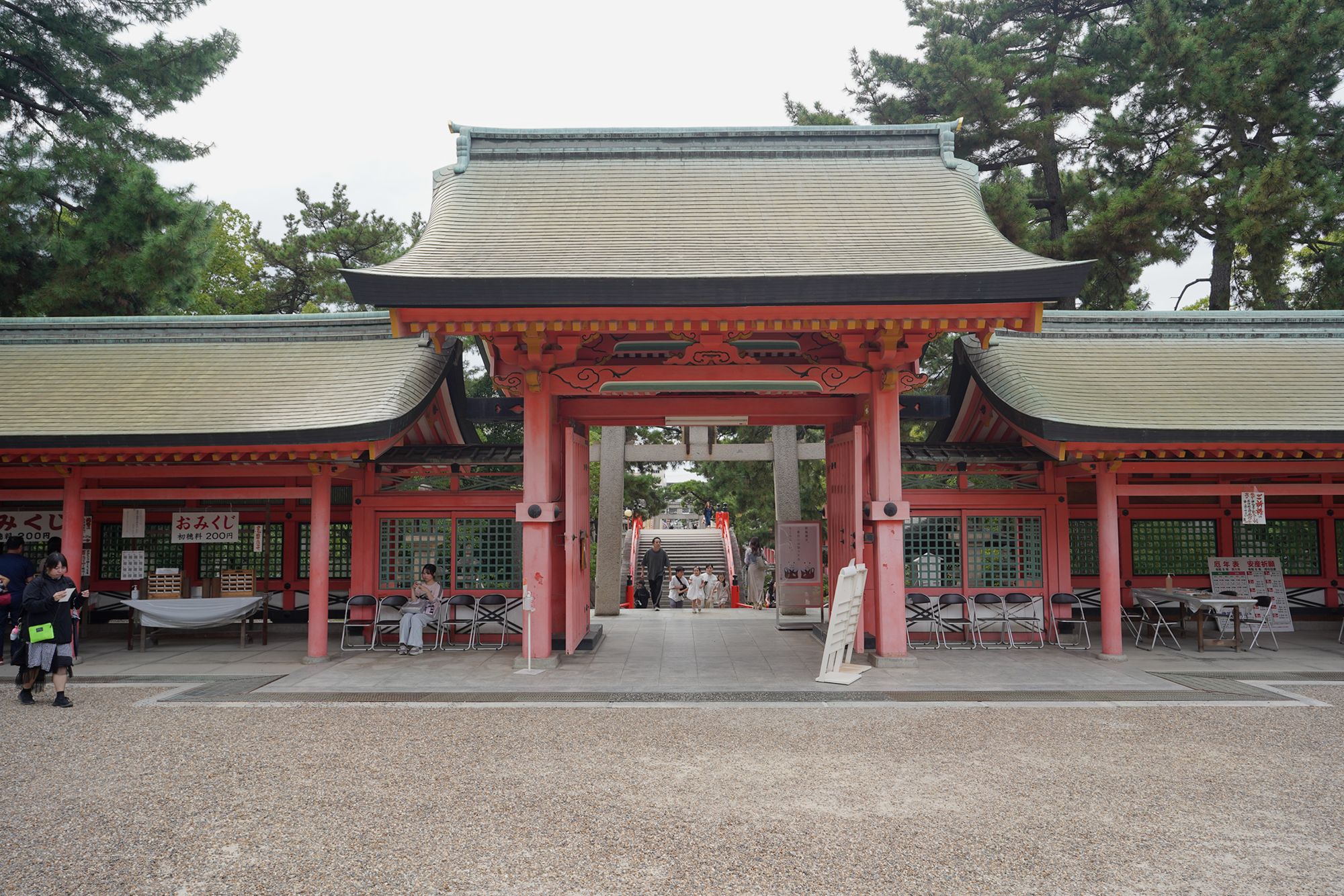
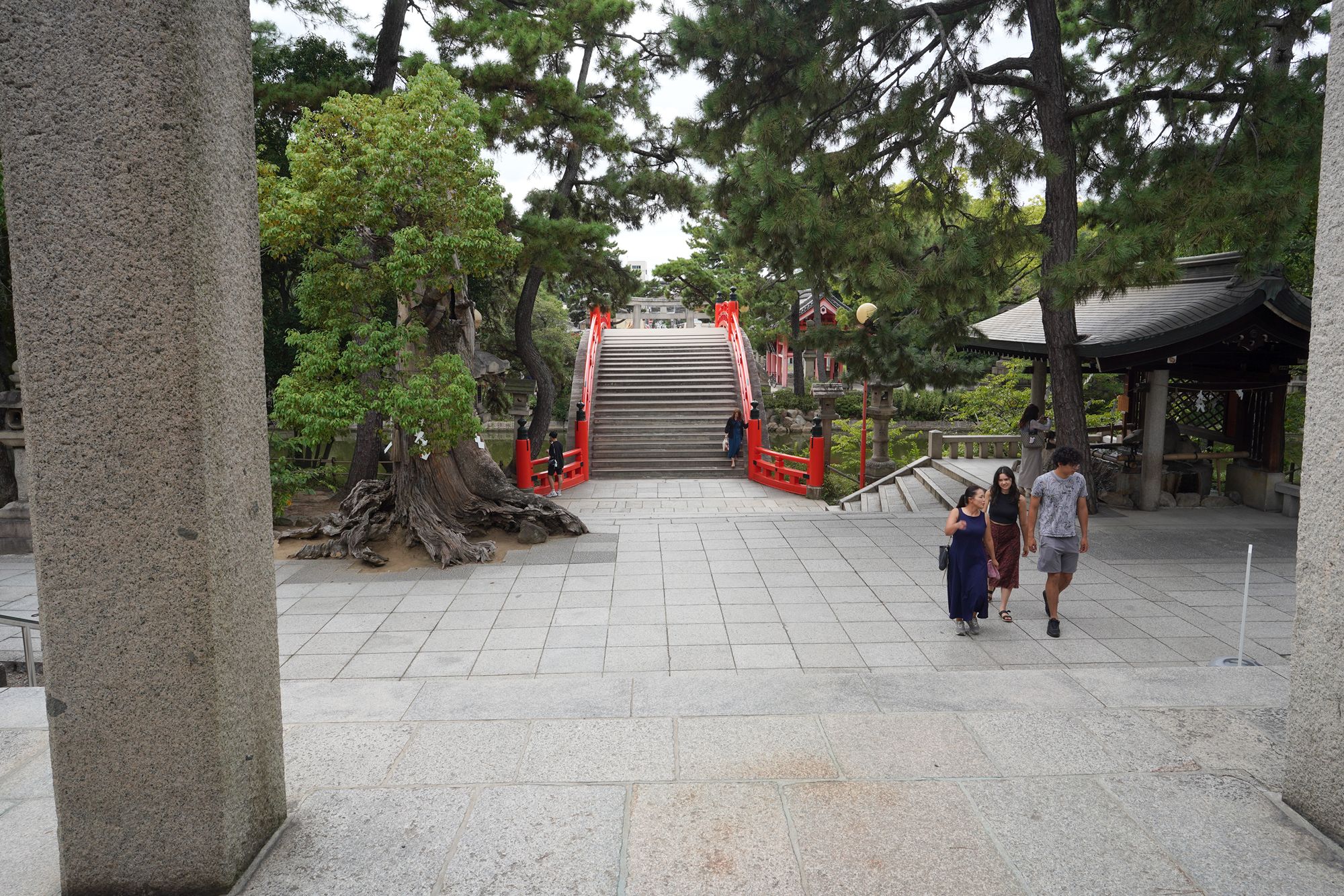
Iconic Sorihashi Bridge (Taiko-bashi)
A beautiful, arched red bridge spans a reflective pond near the entrance, offering a picturesque scene and serving as a symbolic purification path for visitors.
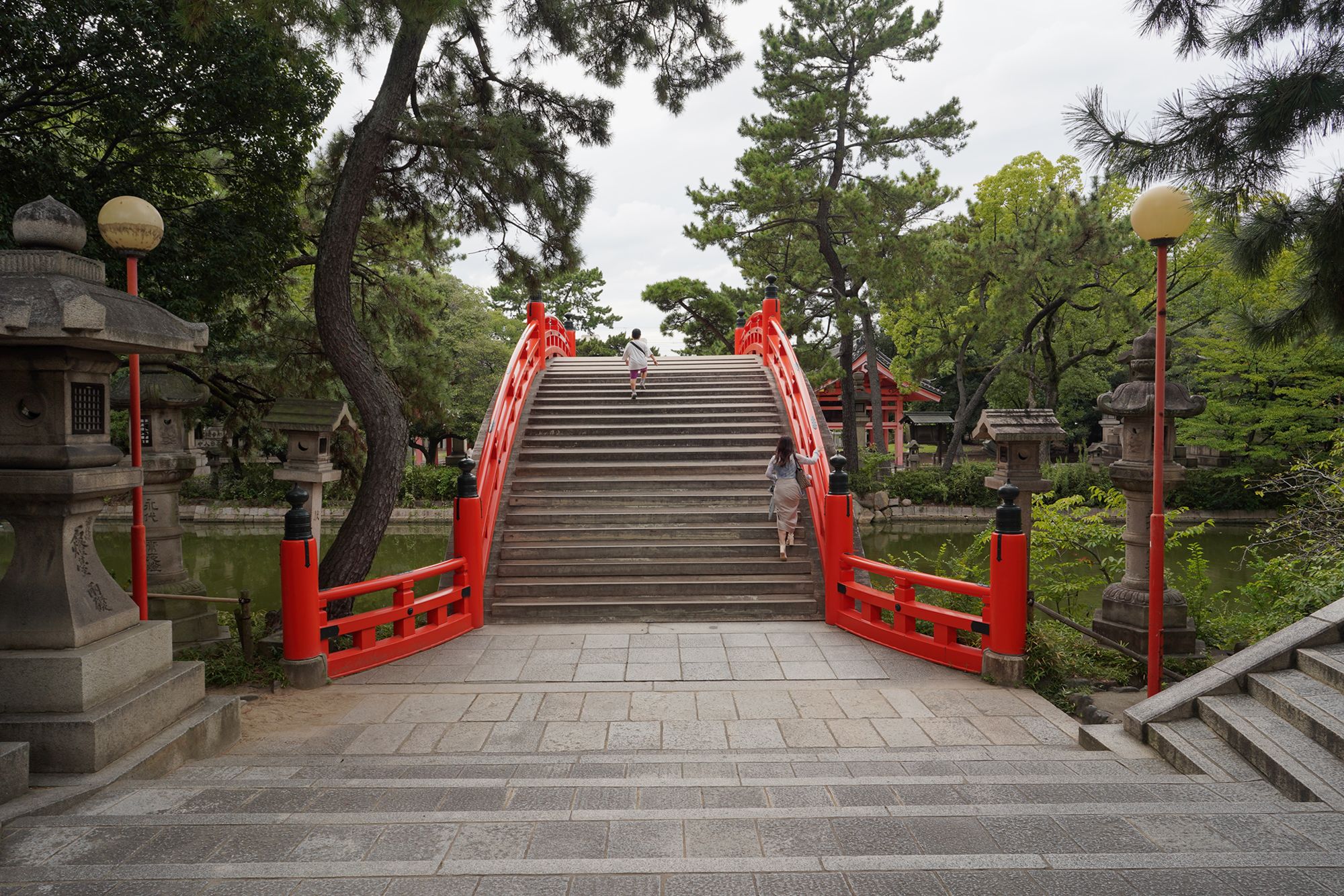
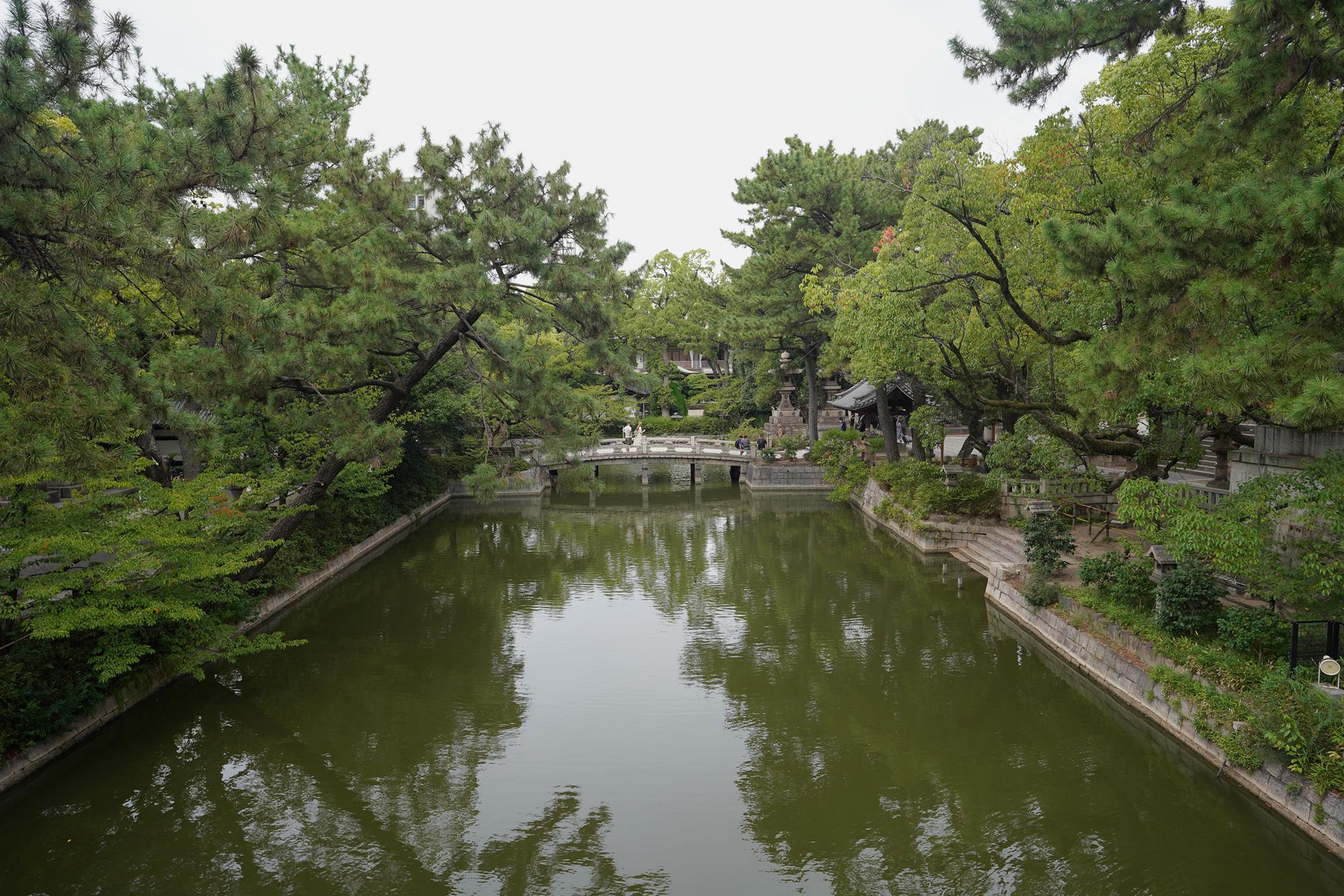
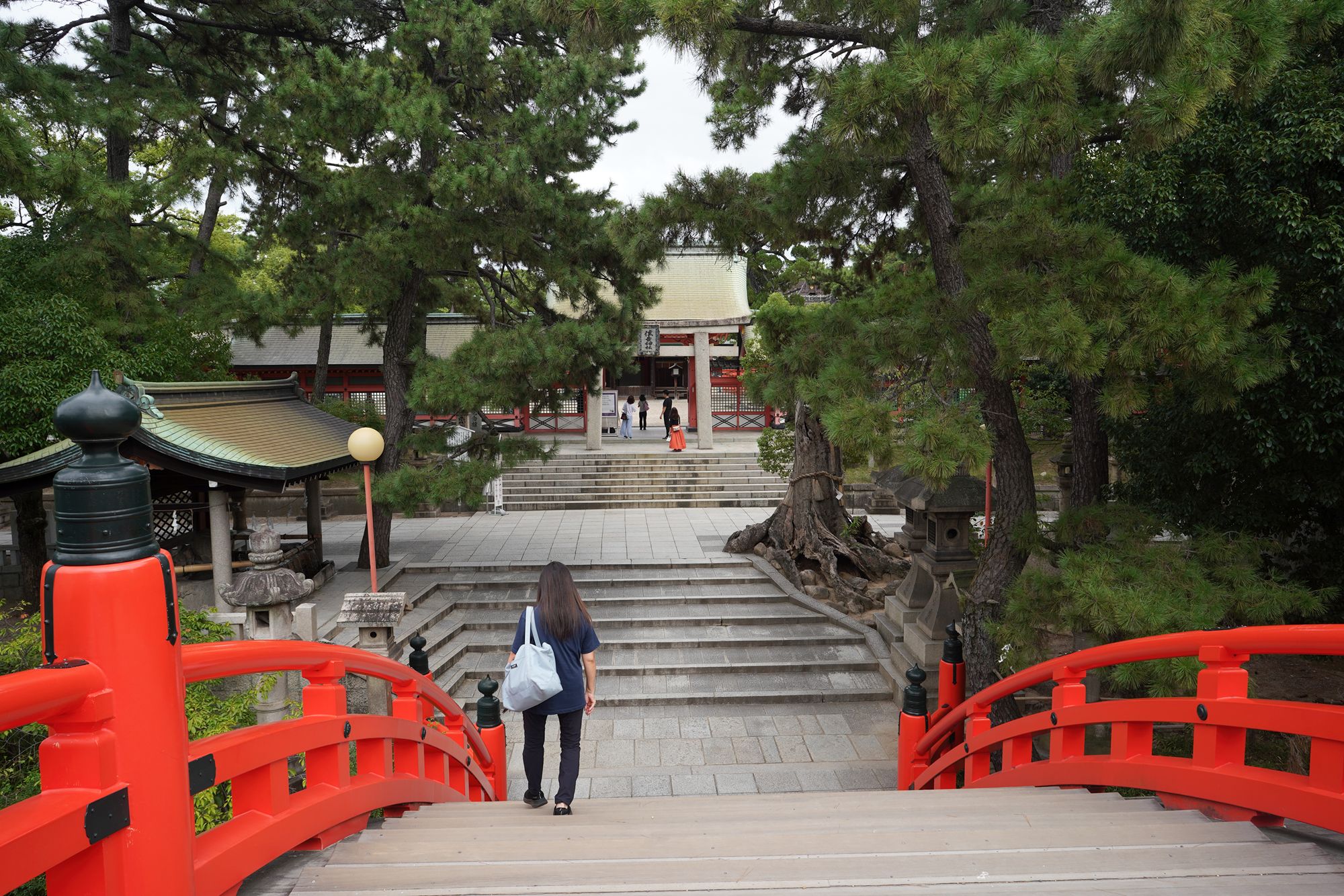
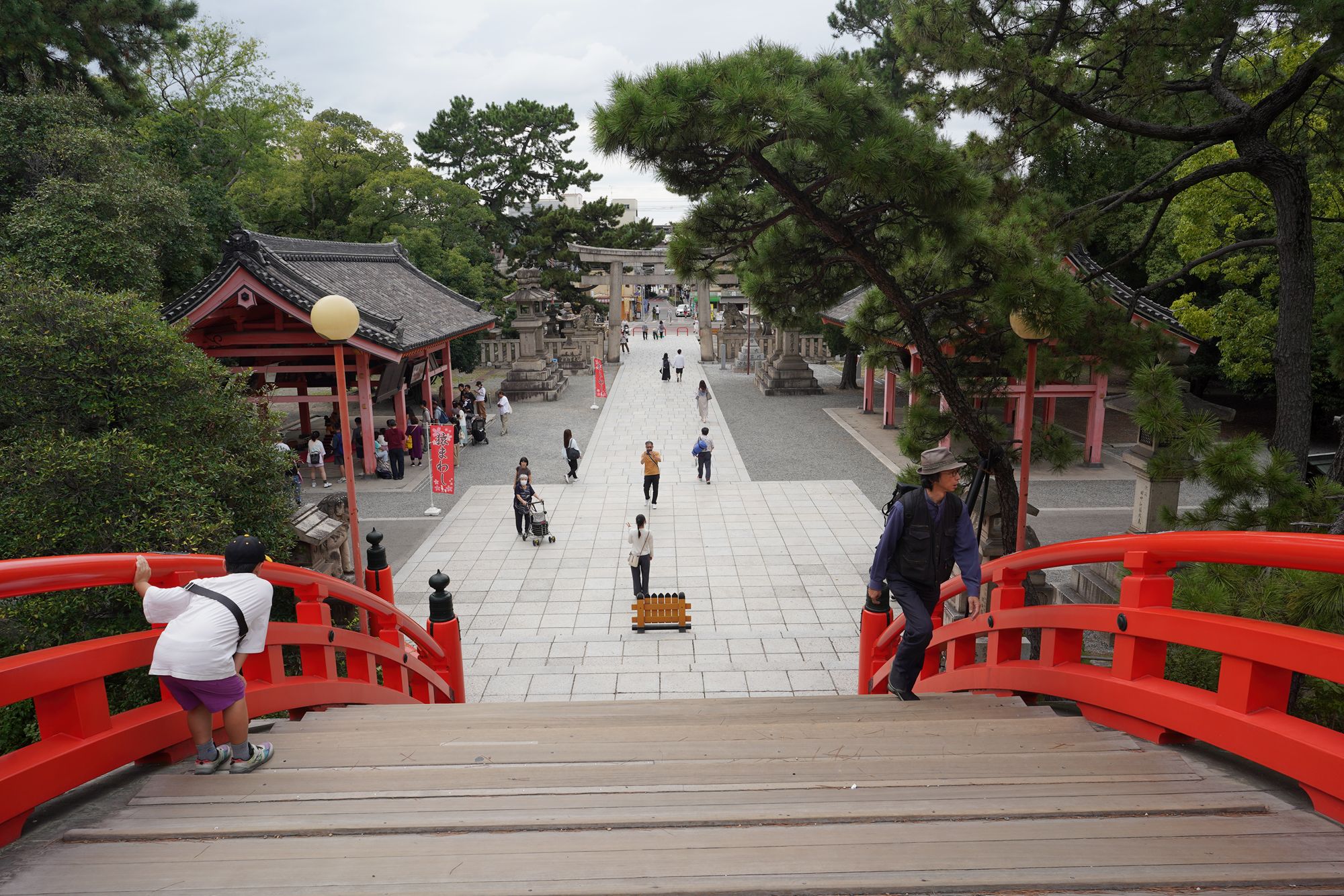
The map of the shrine
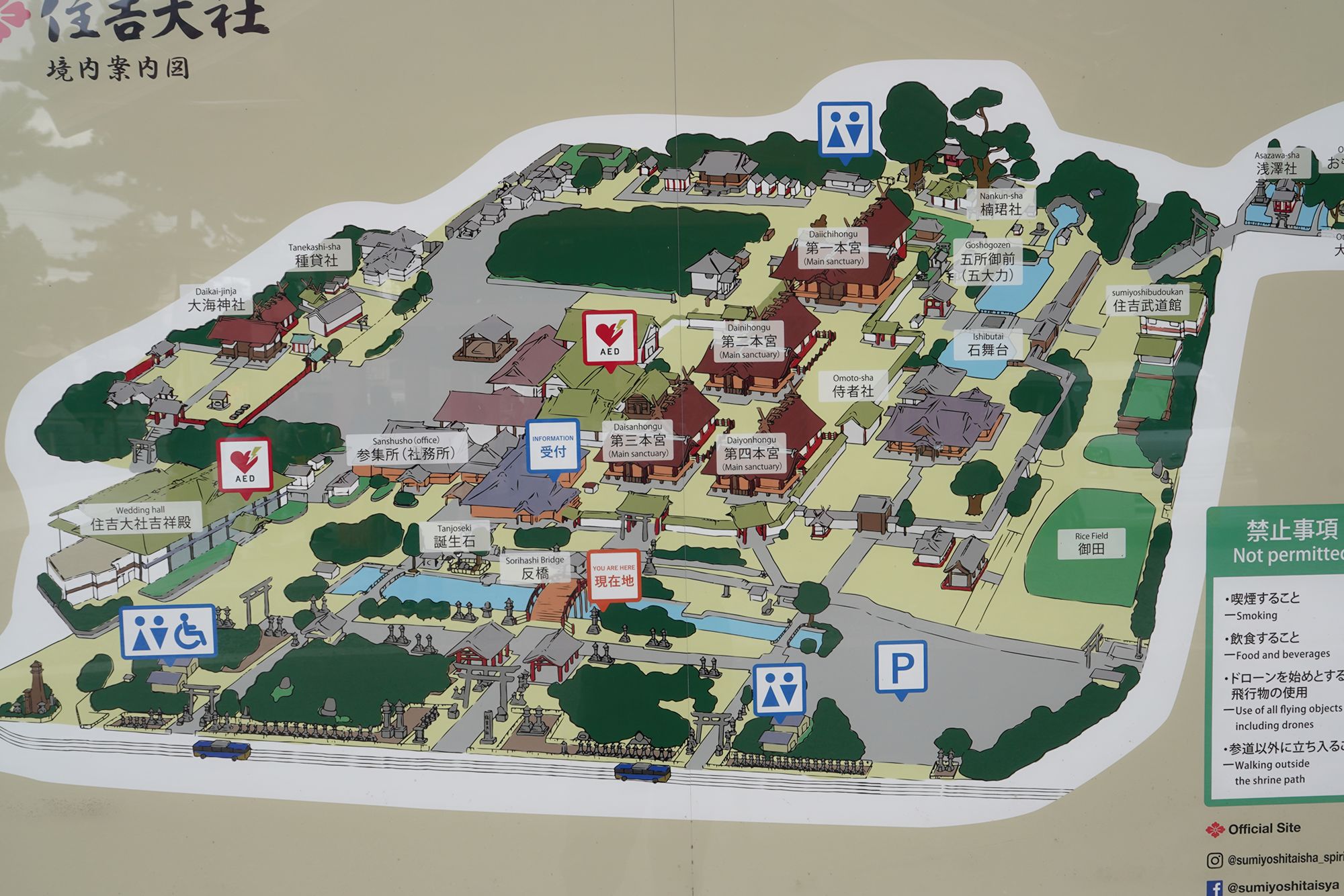
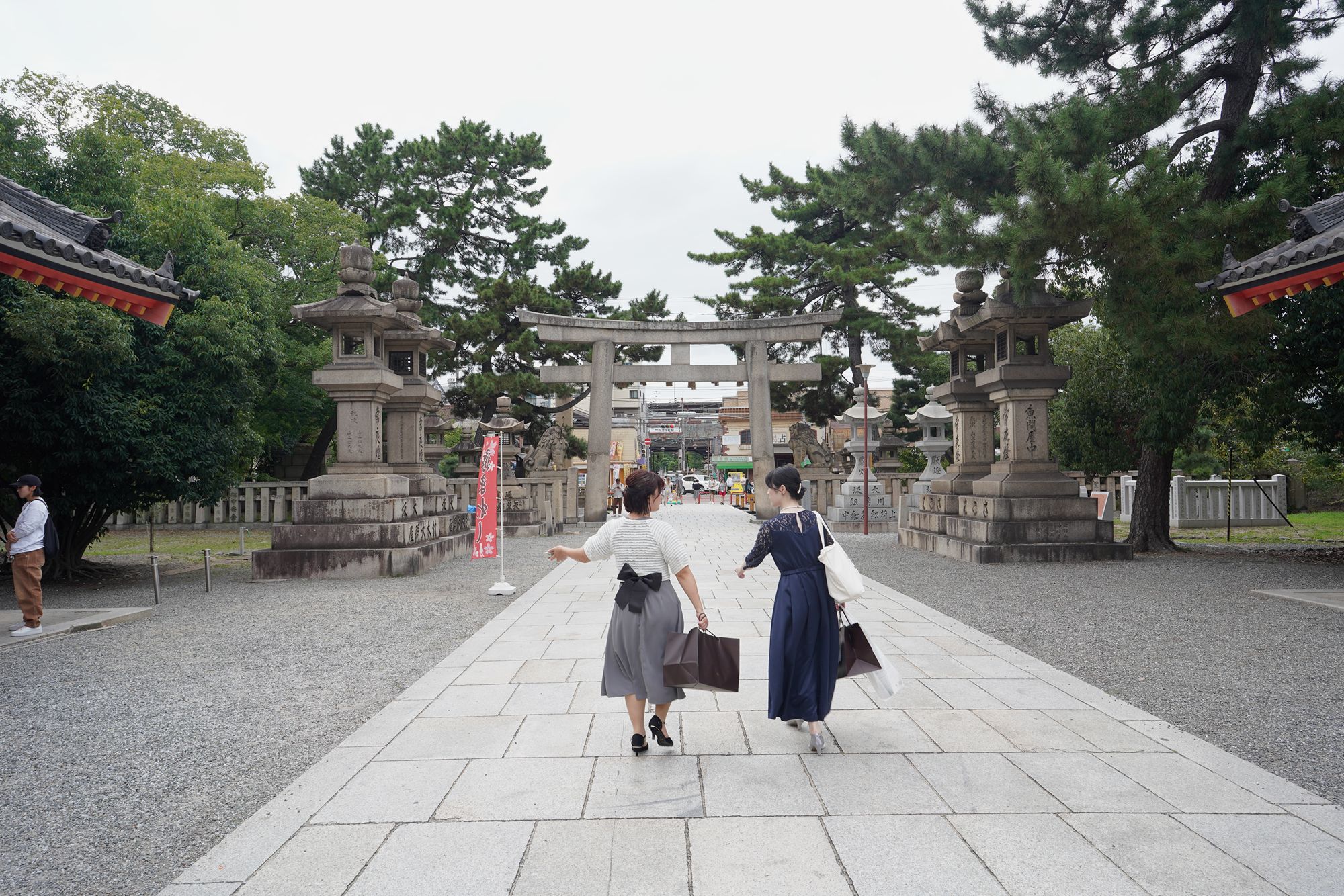
Back side
